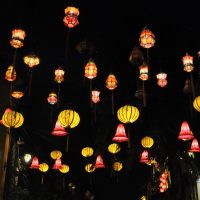 Welcome to the third instalment of my Vietnamese Travel Spot, which covers the trip I made to Vietnam exactly three years ago. I wrote some of it up at the time, but never completed writing about my train journey from Ho Chi Minh City to Hanoi, a 36-hour epic which I did in three stages, Ho Chi Minh City to Danang, Danang to Huế and Huế to Hanoi.
Welcome to the third instalment of my Vietnamese Travel Spot, which covers the trip I made to Vietnam exactly three years ago. I wrote some of it up at the time, but never completed writing about my train journey from Ho Chi Minh City to Hanoi, a 36-hour epic which I did in three stages, Ho Chi Minh City to Danang, Danang to Huế and Huế to Hanoi.
I’ve already written about the first stage, Ho Chi Minh City to Danang, 18½ hours on a no-frills sleeper which left Ho Chi Minh City in mid-afternoon and arrived in Danang the following morning. Meanwhile, the final leg, from Huế to Hanoi, involved another sleeper, and is covered in the final instalment of this series, just leaving with middle section, which is the subject of this post.
I broke my journey like this so that I could visit two contrasting cities, Hội An and Huế. I began with Hội An, a short way south of Danang (and which is bypassed by the train), then took the train from Danang to Huế, without a doubt the most scenic stretch of the whole route, before carrying on to Hanoi after a day in Huế.
Since this is a fairly substantial post, I’ve split it into the following sections:
- Two days in Hội An
- Catching the train from Danang
- Travelling in standard class seating
- Around Danang Bay
- Inland to Huế
However, it all starts with my car ride to Hội An, which you can read about after the gallery.
My train from Ho Chi Minh City arrived in Danang at nine o’clock in the morning. Impressively, it was on time: not bad for an 18½ hour journey on mostly single-track lines. I’d arranged to stay in the Hội An Historic Hotel, which I’d booked on-line a few weeks earlier and, not trusting myself to the local public transport, I’d also arranged for a car from the hotel to meet me at the station.
I’ll talk more about Danang station at the end of this post, but for now, all I’ll say is that while there’s a fairly substantial set of station buildings, there’s only one platform, so it’s easy to find your way around! My car was waiting for me and soon we were on our way south to Hội An, a 30 km drive that took around 50 minutes. Like the trains, Vietnam’s roads aren’t very quick!
Danang struck me as a very modern town, with lots of construction going on. The narrow streets around the station in the old part of town soon gave way to broad boulevards as we crossed one of the many bridges over the Hàn River before turning south, briefly driving next to the coast. However, my driver decided to take the inland route and soon the construction gave way to slightly older buildings which lined either side of the road.
Leaving Danang, we passed the Núi Ngũ Hành Sơn Đà Nẵng (Marble Mountains), which rose up majestically on either side of the road. The landscape was still quite urban at this point and we were more than halfway to Hội An before it started to feel rural, the broad dual carriageway narrowing to a single carriageway road.
Before long, we were at the outskirts of Hội An, which stands on the northern bank of the broad Thu Bồn River. The town itself is split into the historic old town (the main tourist draw) which lies to the west, and the larger new town, which is to the east, although it’s only new in comparison to the old town, having plenty of large, rambling, colonial era buildings.
The Hội An Historic Hotel is on the northern edge of the new town, very close to the old town, making it an ideal base to explore, particularly since I was only there for two nights. Although it’s called the “historic hotel”, it’s a very modern complex of buildings, set in its own grounds, a central hall with restaurants and reception area surrounded by detached accommodation blocks. More a resort than a hotel, It’s not the sort of place I usually book for myself, particularly not when travelling alone!
You can see what I made of Hội An after the gallery.
The main draw is Hội An’s Old Town, a UNESCO World Heritage Site. Originally a trading port on the Thu Bồn River, these days it is a tourist attraction, with a series of well-preserved buildings and streets, dating from the 15th to 19th centuries. It’s all very walkable, with the main sights congregated around a few streets by the river. For example, it was a 10-minute walk from my hotel in the New Town to the centre of the Old Town.
You can read a lot more about Hội An in Bex’s blog post on the city, and, rather than repeat a lot of things here, I’ll refer you to her account (made a year before my visit in 2016). Like Bex, I had mixed feelings about Hội An. Although I loved the buildings, it felt very contrived, with pretty much every building a restaurant, café or tourist shop. It was somewhere for tourists to come, not somewhere everyday Vietnamese lived and worked. On the other hand, I was a tourist who had come to Hội An to see the historic Old Town, so I’m not in an ideal position to complain!
I spent my first evening wandering around the Old Town, which is lit up at night, while I spent the first half of the next day splitting my time between the Old Town and the vibrant New Town, which has its share of fantastic buildings (including the amazing main post office). In many ways, I preferred the New Town, particularly since it had two top-notch coffee shops, The Espresso Station and Mia Coffee.
I also went out to the beach, which is to the east of Hội An, on a narrow spit of land at the mouth of the Thu Bồn River. Bex bravely cycled there, but I took the easy option of the hotel shuttle bus. I arrived to find a largely deserted stretch of pristine sand and confirmed what I already knew and me and beaches: while I find the concept enticing, I find the reality of being on a beach intensely boring, so after a quick nose around I jumped on the shuttle back to the hotel.
My two days in Hội An went by rather quickly and although I’m aware that my impressions of it sound quite negative, I would like to go back and spend longer there. In particularly, I’d like to explore the New Town and maybe go on a day trip on the river.
I was up fairly early (for me, at least) the following morning and was soon on my way to Danang to catch the train to my next destination, Huế. This was scheduled to depart just before one o’clock in the afternoon and, slightly worried about the traffic, as well as being hassled by the hotel, who wanted me to go even earlier, I’d booked a car for 11 o’clock just to be on the safe side.
As it was, the driver took the coastal route and we were at the station by 11:40, over an hour ahead of time. Sadly, I don’t have any photos of the drive back since, contrary to my expectations, there were no views. Although the road ran just back from the coast, pretty much every plot of land from Hội An to Danang was occupied by an apartment block, a walled compound or was under construction. As a result, my views were largely of walls or hoardings! I also suspect that by the time the construction is finished, the area is going to be very, very different from the one I visited.
You can see how I got on at the station after the (very short) gallery.
As I explained at start of the post, going by the station buildings, Danang is a fairly big affair. However, once you get inside, there’s not a great deal to it, just a single, very long platform with a pair of tracks and a freight yard beyond that. Incidentally, trains can come in on both sets of tracks at the same time (which happened to me) but since there’s no second platform, passengers have to walk between the trains to get to the one farthest from the platform. All rather disturbing, given how determined most railways are to keep passengers off the line!
Having arrived far too early, I briefly considered exploring Danang, but with the temperature already around 35°C and with my backpack and other luggage to take care of, I abandoned that idea. Instead, I went onto the platform to see if there was any sign of my train (there wasn’t). However, a southbound Ho Chi Minh City service did come in while I was there, which initially confused me, since it arrived travelling in the same direction as the northbound service which had brought me to Danang two days before.
The mystery was soon resolved though: Danang is a dead-end station, with the trains arriving from the left-hand end of the platform and going out the same way. In between, the engine is taken off what was the front of the train, while another is put on the other end, ready for the train to depart. The whole process takes about 15 minutes, which I observed from the platform edge, while an increasingly resigned member of the station staff tried to get me to go back inside the station buildings.
My curiosity satisfied, I still had about 45 minutes to kill, so retired to the station café, where I decided to wait until my train arrived. Regular readers will know that I like my coffee hot and have no time for either cold brew or iced coffee. However, suffering from both the humidity and temperature, I caved in and ordered a cà phê đá (a black coffee, made with the traditional Vietnamese cà phê phin, but over ice) and, to my great surprise, I really enjoyed it!
The ice, it appears, takes the edge of the coffee’s naturally bitterness and, while it was still strong and bitter, it wasn’t unpleasantly so. What’s more, the coffee had a syrupy mouthfeel and a little sweetness to it that was lacking in many of the hot Vietnamese coffees I’d had before then. Above all, it was incredibly refreshing. If you’re interested, I’ve written a short series on my adventures with traditional Vietnamese cà phê phin.
I lingered for as long as I could in the café and my train finally arrived, so it was time to board for the fairly short journey (a mere three hours) to Huế. You can see what I made of the train after the gallery.
As for all three legs of my journey, I’d booked my tickets ahead of time using Baolau (as recommended by The Man in Seat 61). The website includes an interactive seat map, allowing you to choose your seat. This is quite important when travelling between Danang and Huế since all the best views are from the side of the train facing the coast (sit on the right if you’re heading for Huế and on the left if you’re going to Danang).
Although this was a sleeper service from Ho Chi Minh City to Hanoi, I’d booked myself a seat in the standard class carriages. I can’t speak for the rest of the train, but my carriage was absolutely packed with almost every seat taken. I also that I was just one of two western people in the carriage, although I’d seen more on the platform.
I was in carriage 1, which was close to the front of the train when it came in, and therefore at the back when we left. In case you are wondering what came before/after carriage 1, it was the dining car, technically carriage 0, which had an open kitchen at the far end and seating in the front half, with sets of four hard seats either side of the aisle, each with a table in the middle. I’d already eaten at the station, so didn’t venture in for anything other than a quick look.
Each carriage had a toilet and sink at either end, complete with drinking water and a kettle. While the carriages looked fairly old from the outside, the seating was more modern than the sleeper that I’d caught from Ho Chi Minh City. My carriage had a fairly standard layout of pairs of airline seats (facing forwards) either side of a central aisle, although there were occasional sets of four with a table, which is where I’d booked my ticket, facing forward by the window. The table itself wasn’t up to much, a simple slab of wood, but the seat was very comfortable, albeit rather narrow (possibly a result of the line, which was built on a narrower one metre gauge).
The seats recline a long way (I’m guessing people use these to sleep on if they can’t afford a sleeper) and even the airline seats have plenty of legroom, plus a pair of power sockets which are conveniently placed on the wall above the seat, which means you don’t have to scramble around to find them! There’s also a generous luggage rack above the seats which easily took my rucksack. In fact, the only design feature I’d criticise is the placement of the seat numbers, which are on the back of the seat rather than the luggage rack above. This meant they are hard to see, particularly you are as tall as I am, a problem exacerbated when the seats are reclined (and they nearly all were).
The carriages all have air-conditioning, although when I boarded, the engines were still being switched over, so it was off, resulting in the carriage getting very hot and humid. Fortunately, it came back on as soon as the engine was connected and, a few minutes after that, we pulled out on our way to Huế, just four minutes late.
You can see how the journey went after the gallery. If you want to follow along, then ShareMap has an interactive route map.
The train headed west out of Danang station and trundled through the city, with the usual assortment of level crossing and close up views of passing buildings. Danang is on the southeastern end of Danang Bay, which is shaped like a large C, with Danang at the start of the bottom curve and this is one part of the journey where consulting the interactive map will really help. After leaving the station, the line turns north to run along the coast of bay, leaving the city after about ten minutes.
This is where it starts to climb into the hills which form the backbone of the peninsular along the top part of the C. As the train gains height, it affords some spectacular views of the coastline below as well as looking out across Danang Bay to Danang itself. This is the one part of the journey where you really must be sitting on the correct side of the train, ideally with a window seat. You need to be on the right when heading north towards Huế/Hanoi and on the left when coming south towards Danang and Ho Chi Minh City.
The line slowly and steadily climbs via multiple curves and short tunnels through the forested hills that are the backdrop to several stunning bays. It doesn’t go right to the end of the peninsular, instead cutting north behind the last major headland and emerging on the peninsular’s northern coast. From here it slowly descends, now heading west, again via a series of curves and short tunnels.
There’s one more headland to go and then the train emerges to overlook Lăng Cô, a large, tidal lagoon separated from the sea by a long sandbar which doesn’t quite reach the headland. The two are connected by a pair of road bridges, one carrying the new highway which burrows under the hills in a long, straight tunnel, the other carrying the old road which winds its way through the hilltops, a spectacular drive by all accounts, albeit without as many coastal views compared to the railway.
In all, the journey around Danang Bay and over the peninsular takes just over an hour. There’s not much more I can add, other than to encourage you to look at the gallery, where the photographs tell the story of the journey far more eloquently than I can.
You can see how the last part of the journey went after the gallery.
After the climbs and turns of the peninsular, the line was now flat, so the train picked up speed. For the next hour, the line steady worked its way inland, following the shores of two coastal lagoons. The first, and smaller of the two, was Lăng Cô, just at the base of the peninsular, where the line skirted its southern shore before turning north to follow the western shore. After that, we went west again, paralleling the now distant coast, until we reached the much larger Cầu Hai lagoon, where once again the train ran along the inland shore.
It took just over an hour to skirt the two lagoons, which afforded some good views of the distant coastline and the peninsular and mountains that we had left behind. However, if you had sat on the other side of the train, there were good views to be had of the mountains just to the south of us (this is the same range that goes on to form the peninsular).
Once we left the Cầu Hai lagoon, we were on the final run to Huế. By now, the TVs in the carriages had been switched on, and most people had drawn the curtains so that they could watch the TVs, which were showing a programme in Vietnamese, with the sound turned up, which only added to the already noisy interior of the carriage! I gave up looking out of the windows and ended up chatting with a pair of fellow travellers from Vietnam, a mother and daughter. The mother wanted her teenage daughter to talk with me to practise her English, while her daughter was having none of it, so the mother and I chatted instead.
The other interesting thing I noted (which I’d first seen on the sleeper train from Ho Chi Minh City) is that even though they had seats, plenty of people decided to either sit or lie in aisle, which made things interesting when the catering trolleys needed to come through!
Other than that, the last part of the journey passed uneventfully. About 30 minutes after leaving the Cầu Hai lagoon, a guard came through the train to let us know we were approaching Huế, so I gathered my things together and prepared to get off.
You can see how I got on at Huế, and how the remaining leg of my journey (to Hanoi) went in the final instalment of this Travel Spot.
If you liked this post, please let me know by clicking the “Like” button. If you have a WordPress account and you don’t mind everyone knowing that you liked this post, you can use the “Like this” button right at the bottom instead. [bawlu_buttons]
Don’t forget that you can share this post with your friends using buttons below.

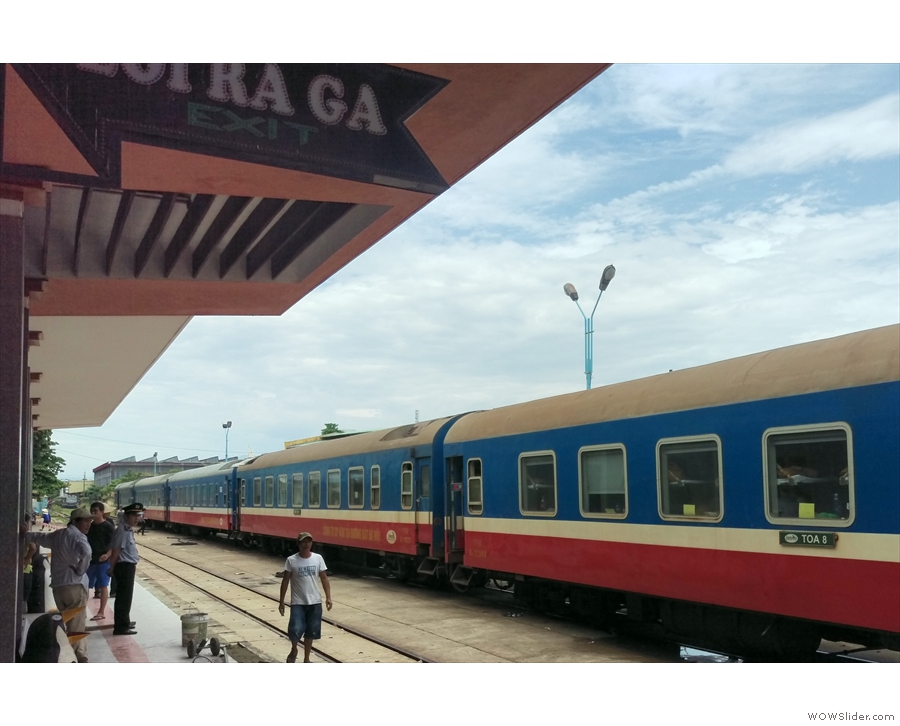
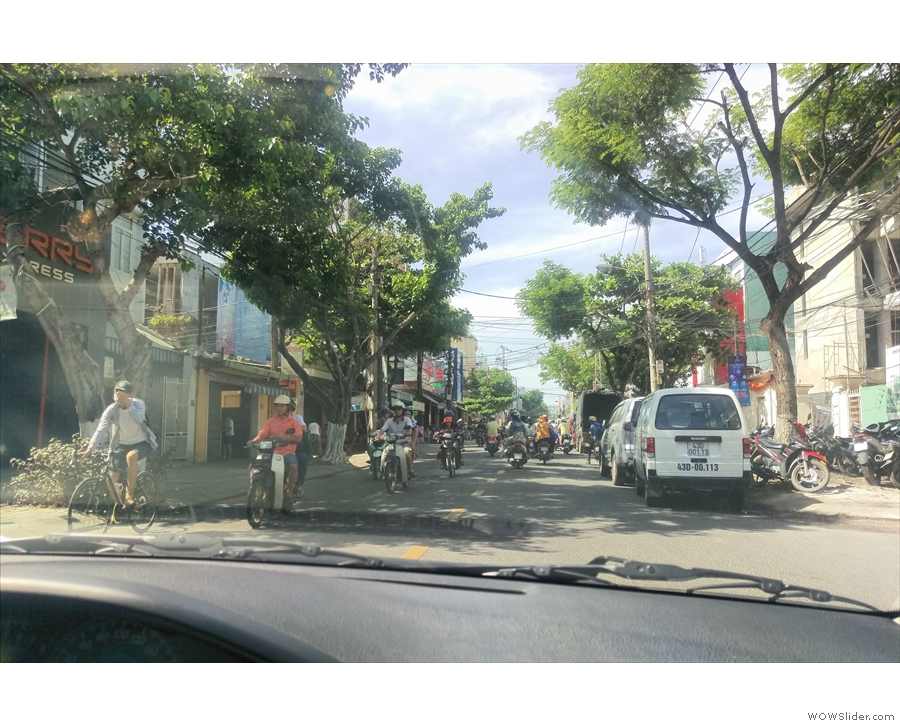
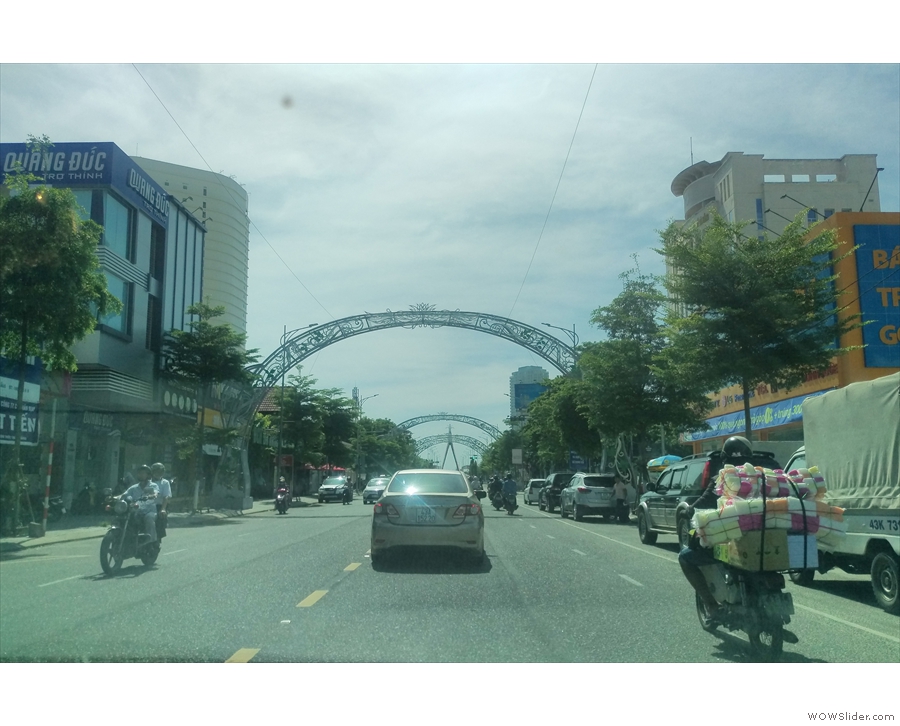
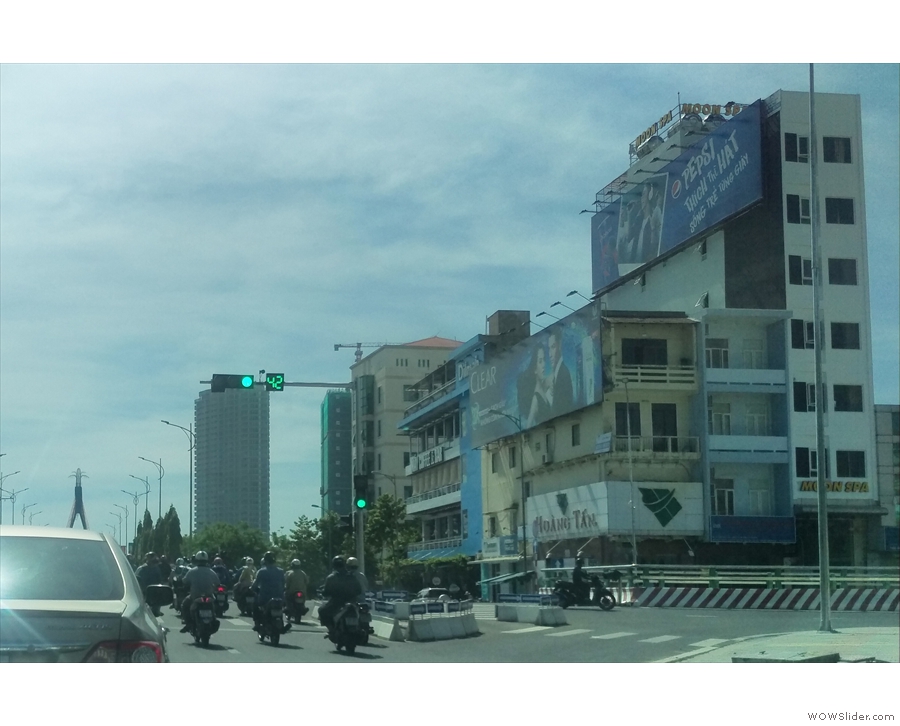
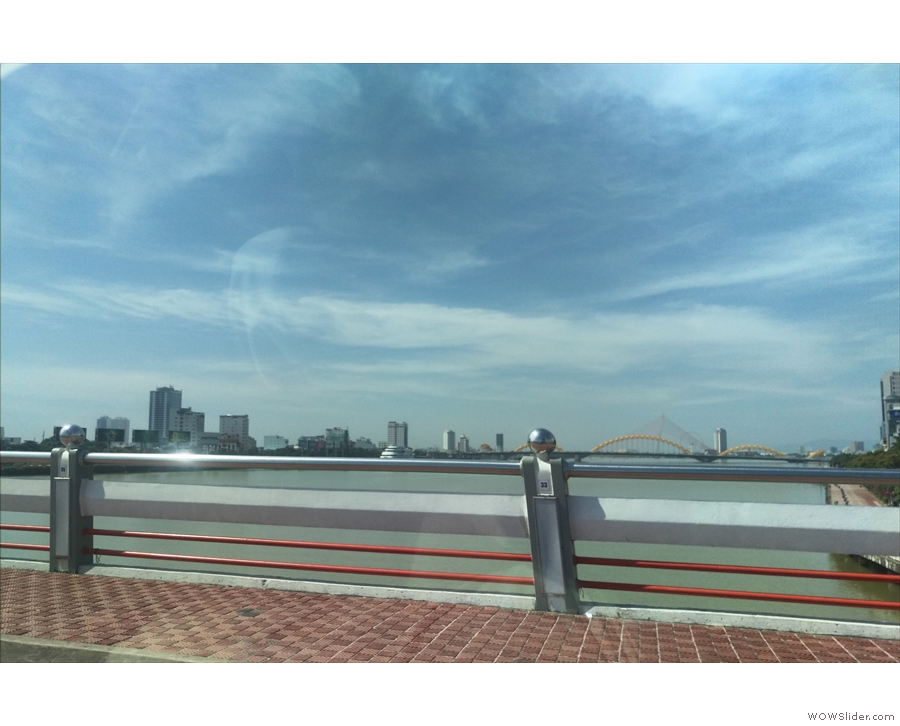
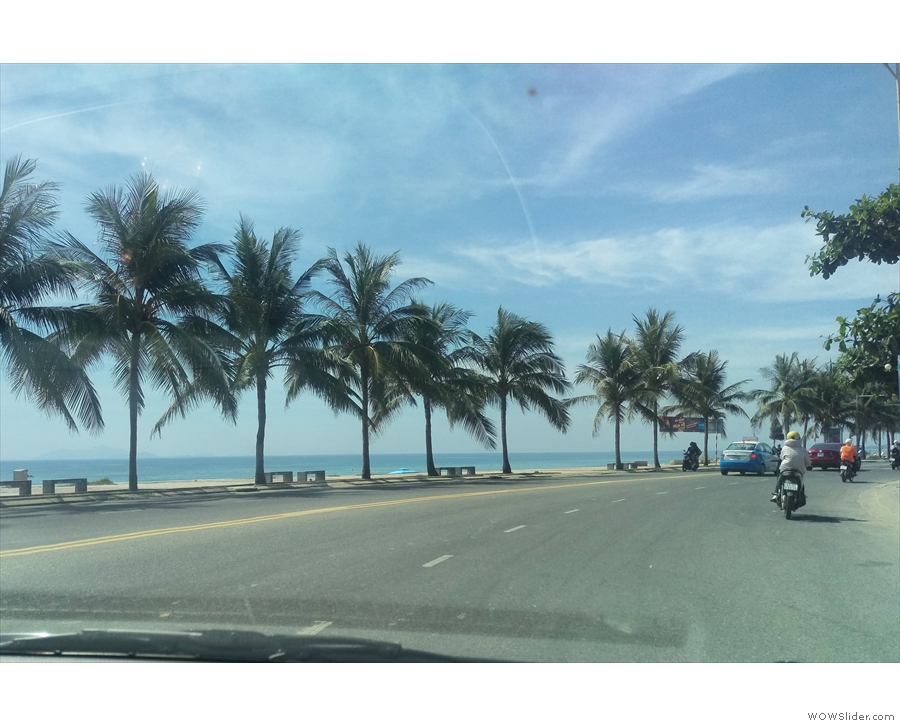
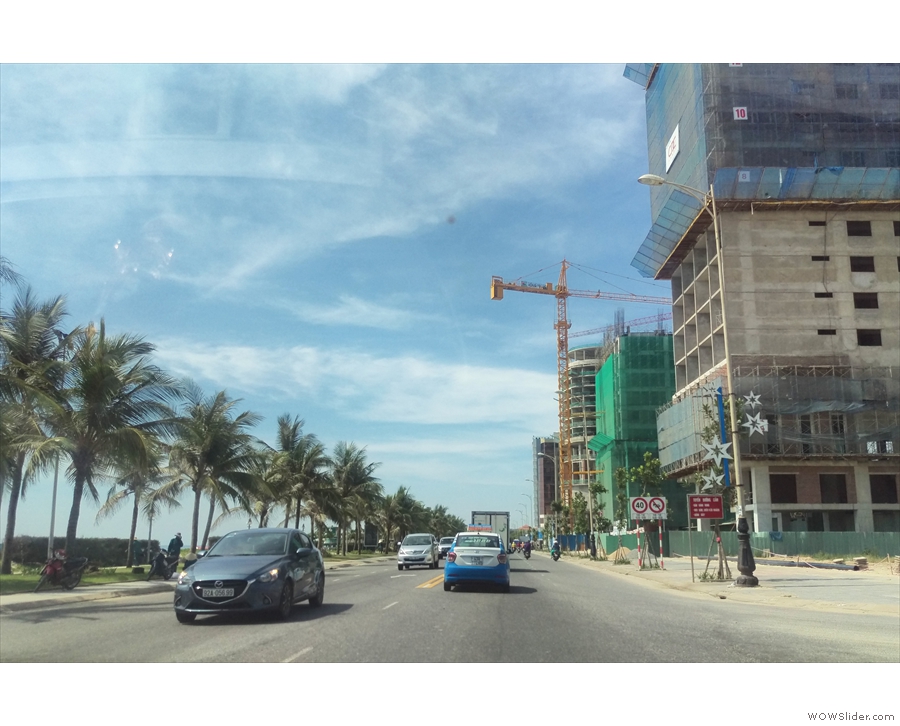
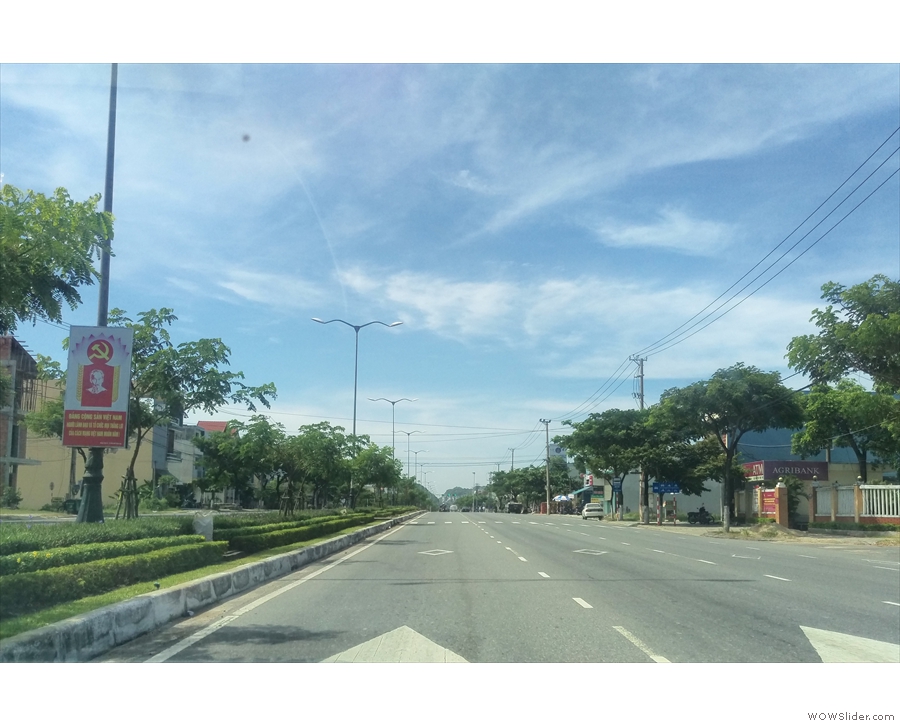
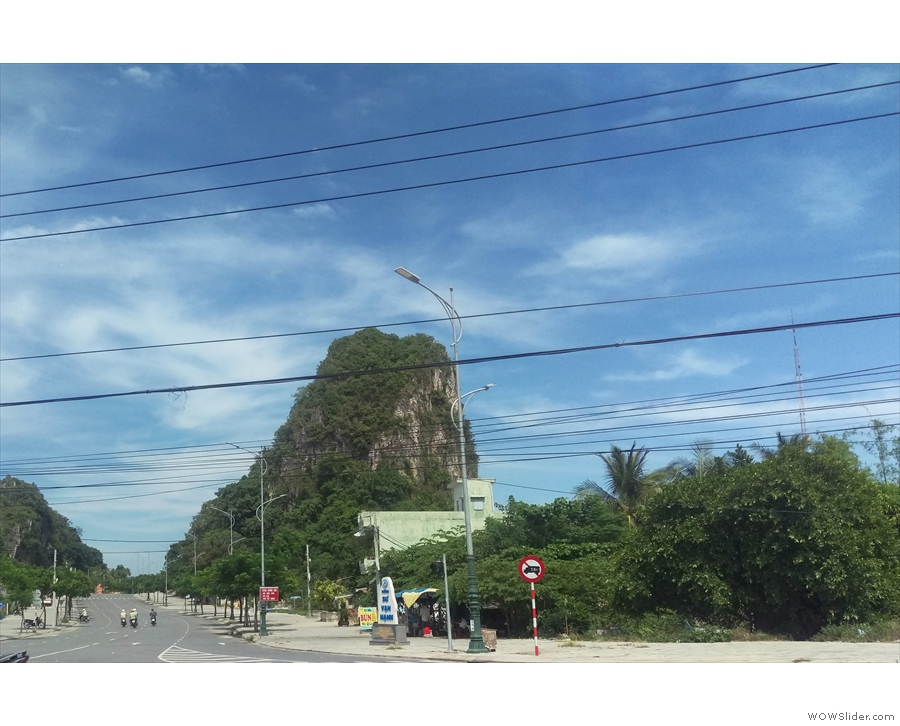
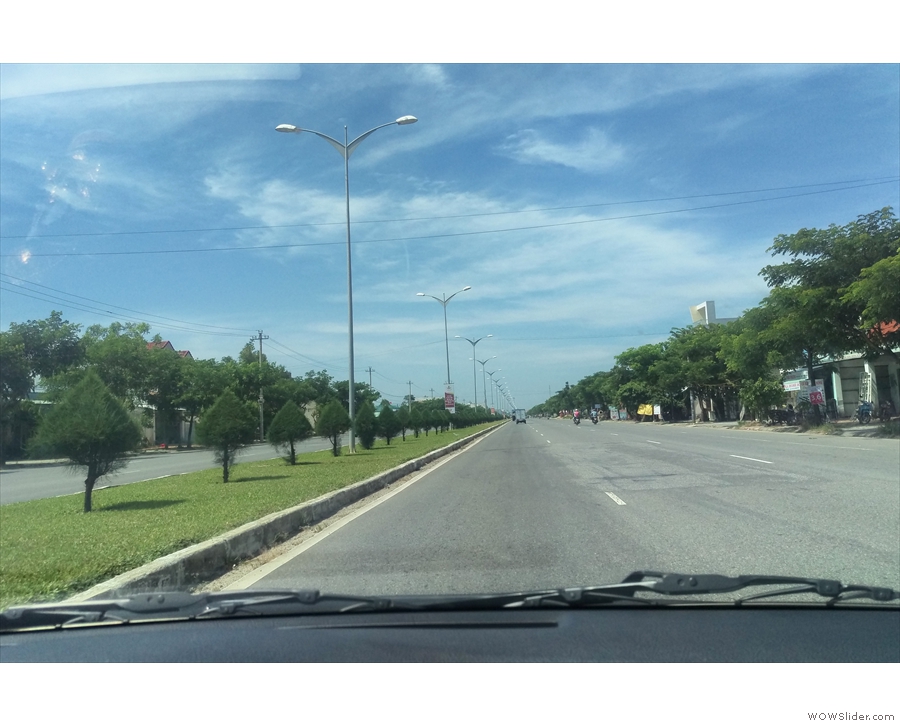
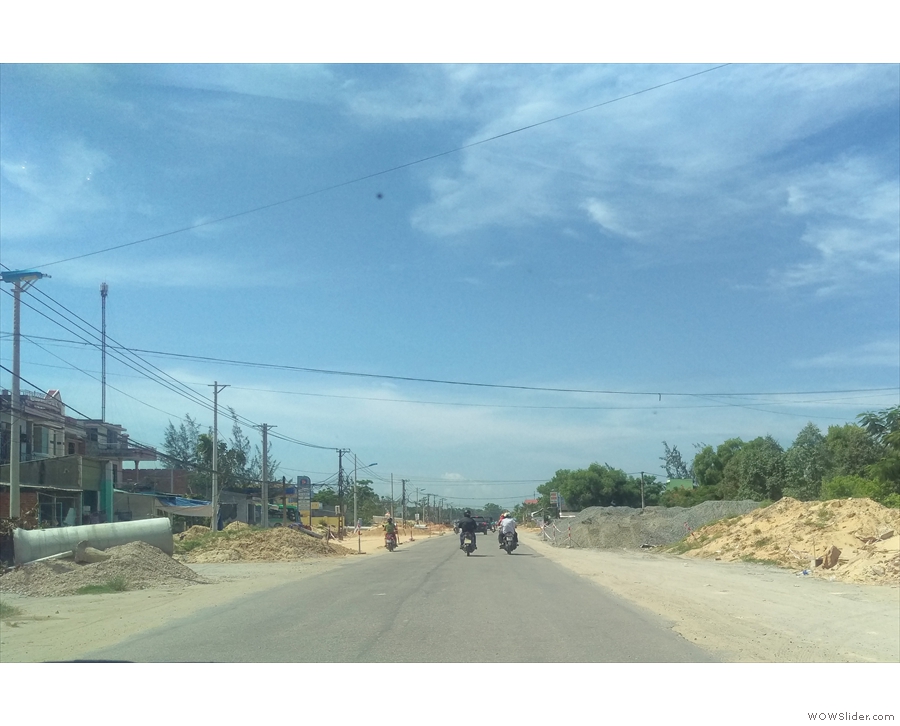
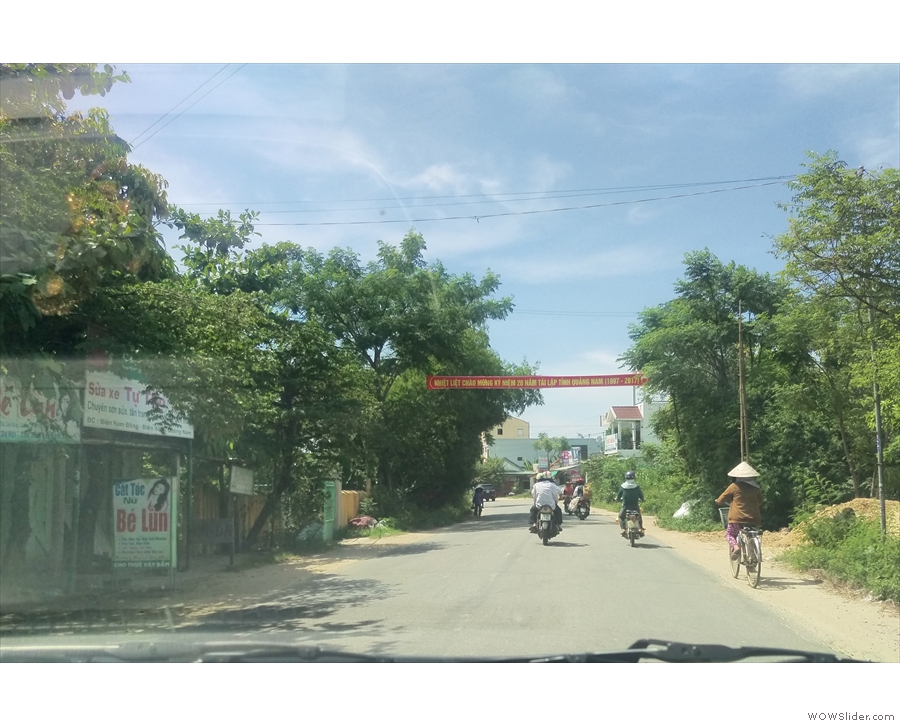
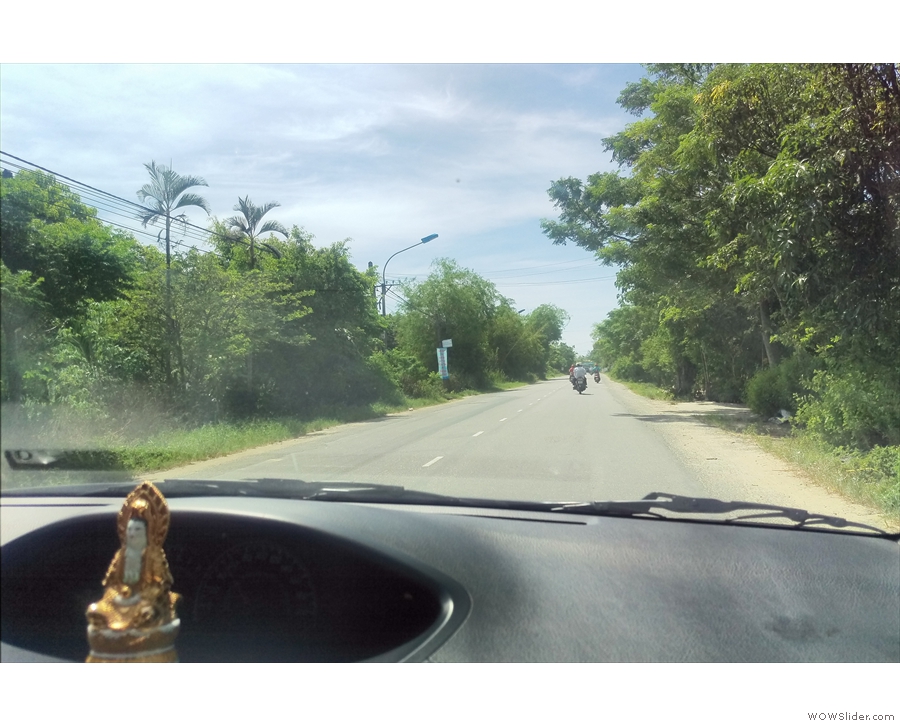
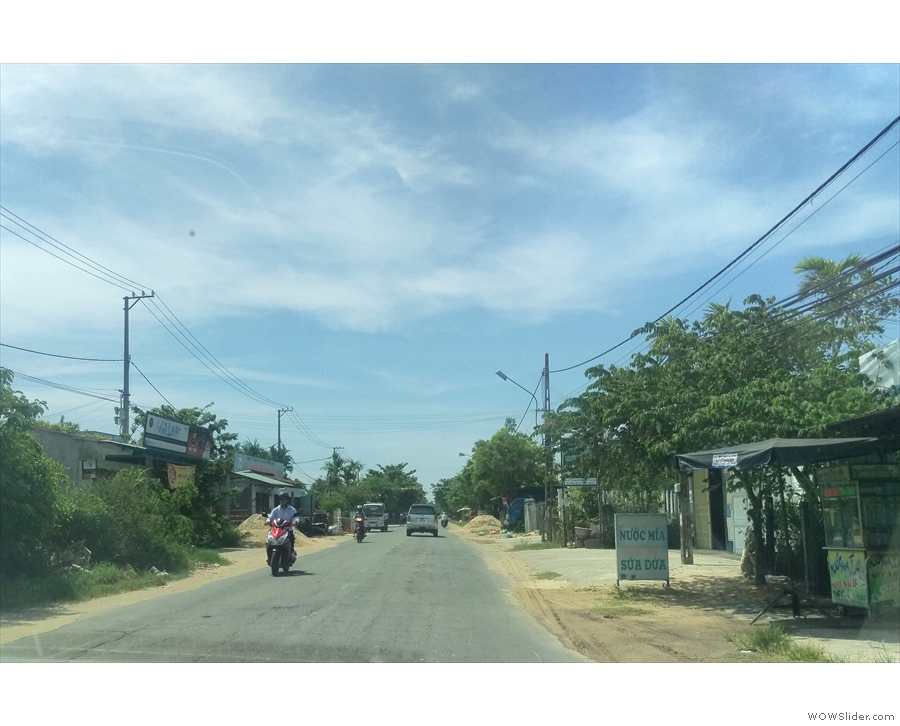
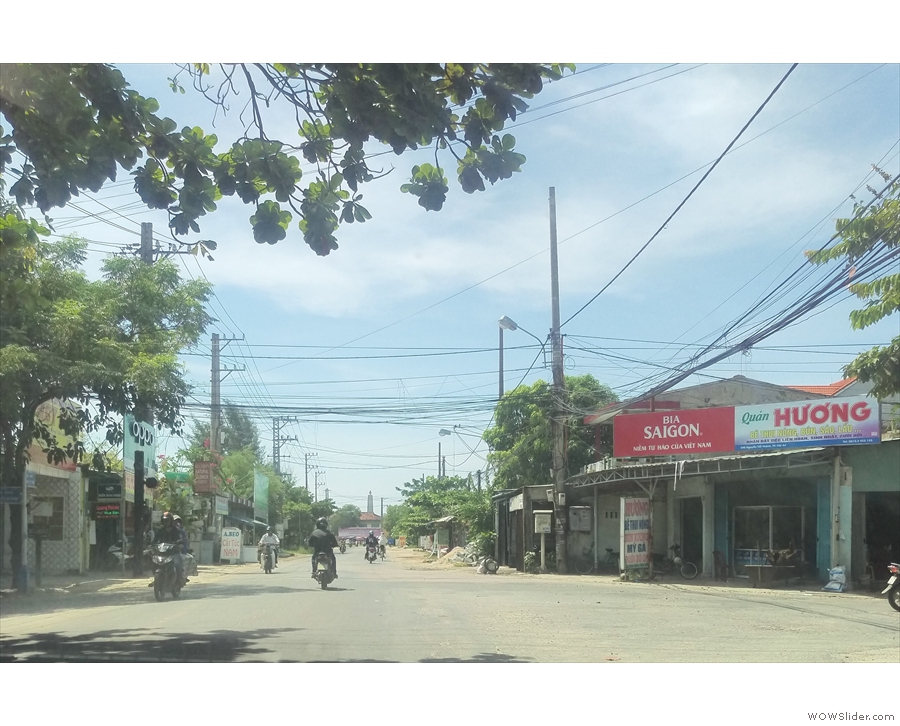
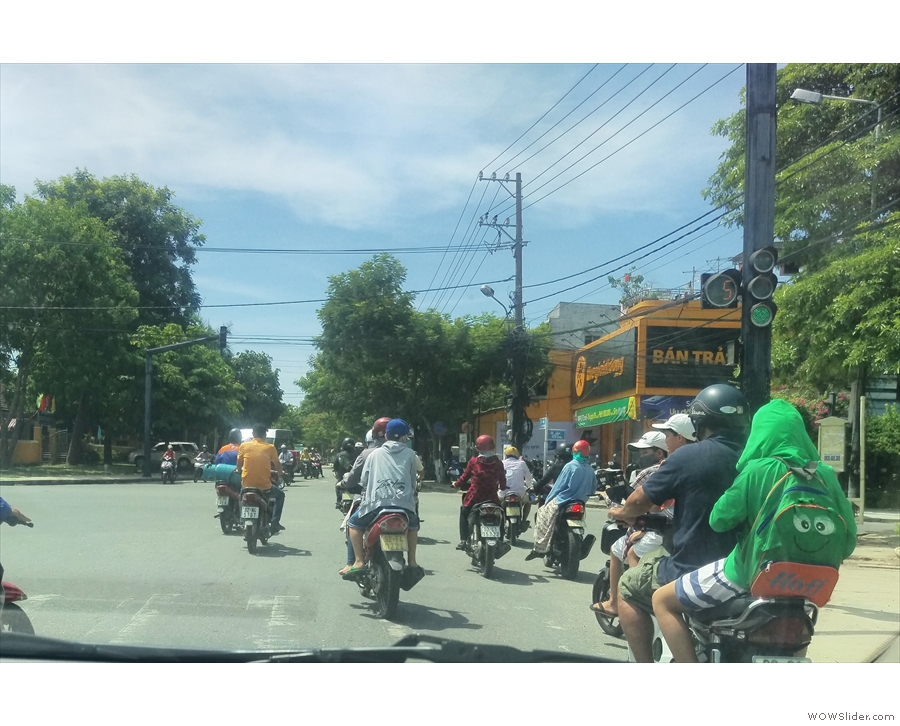
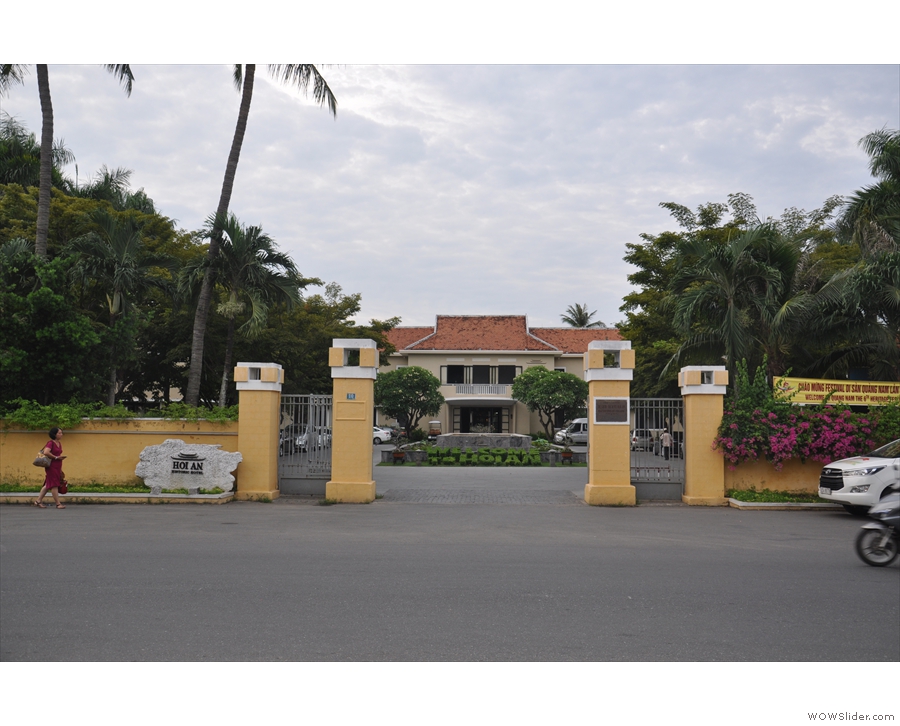
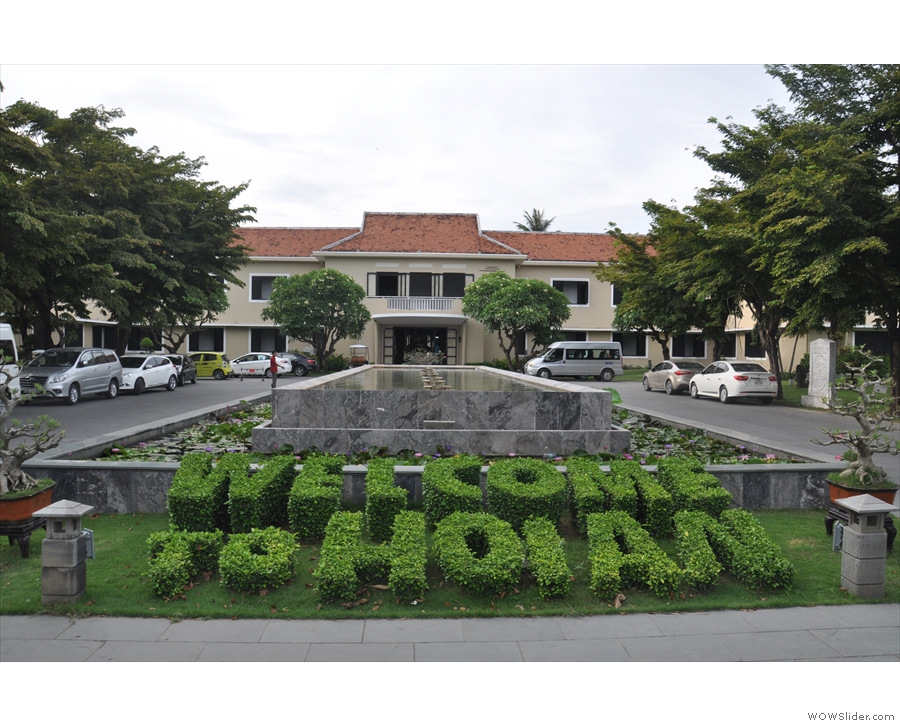
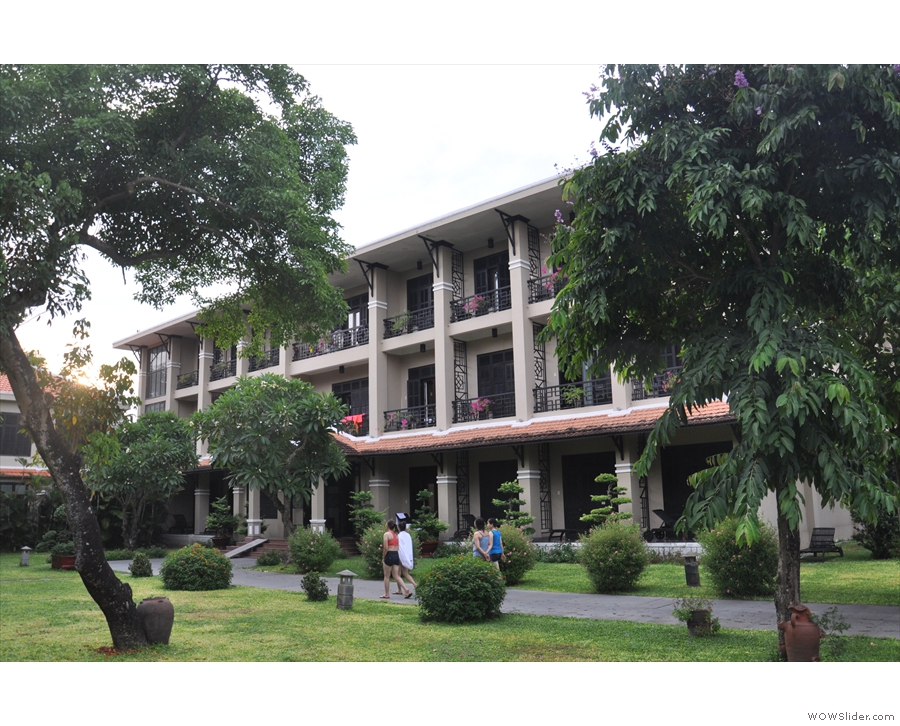
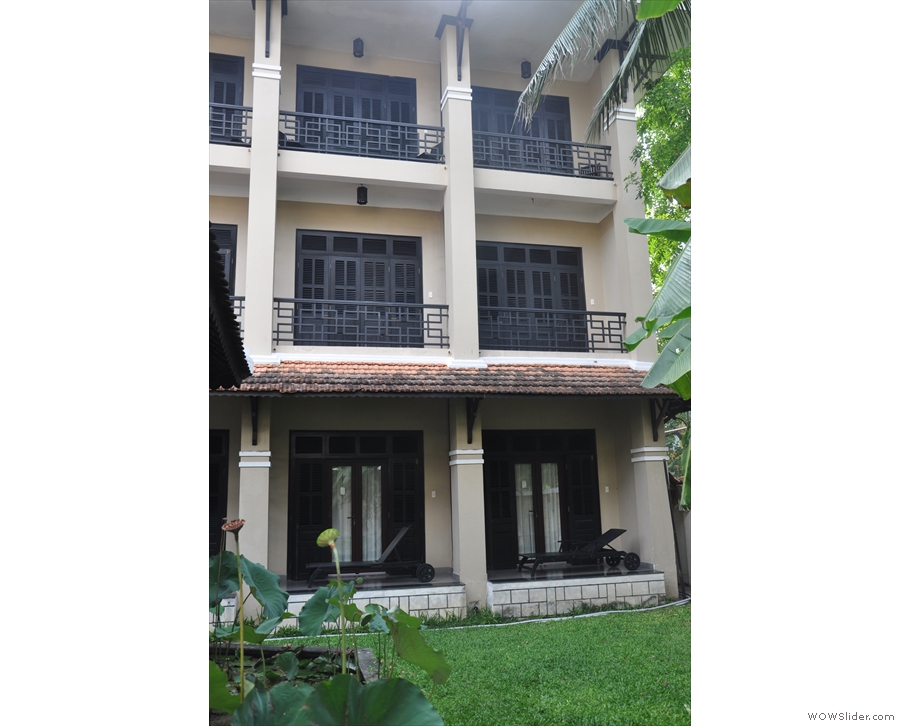
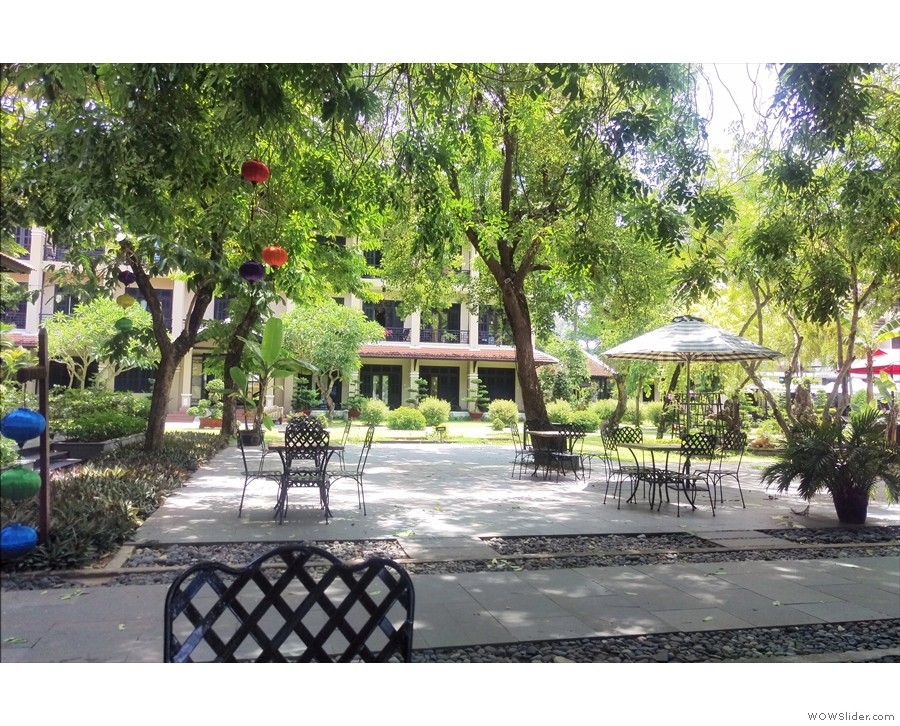
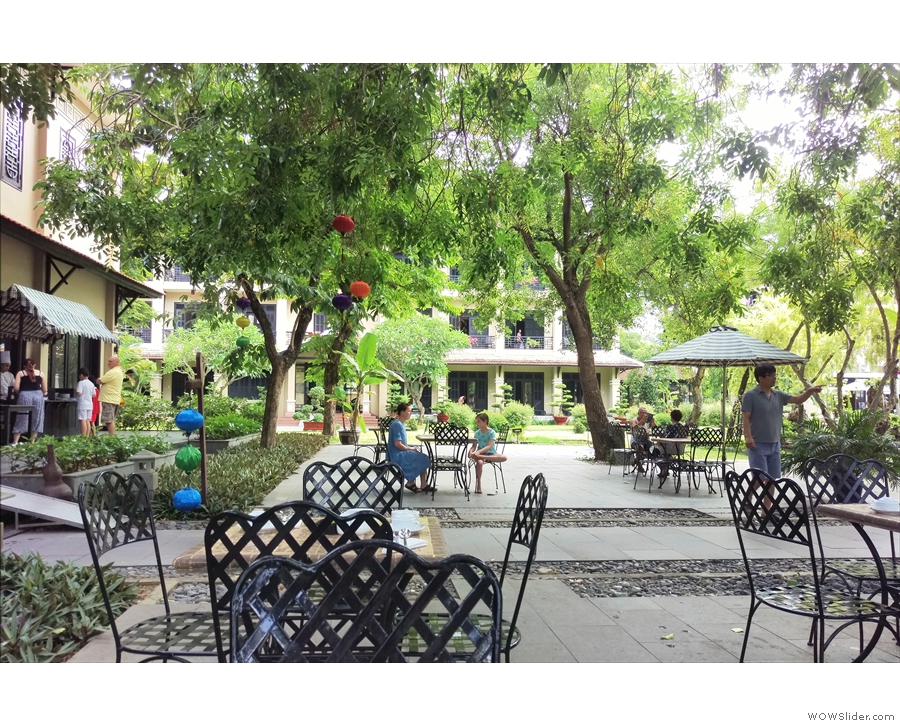
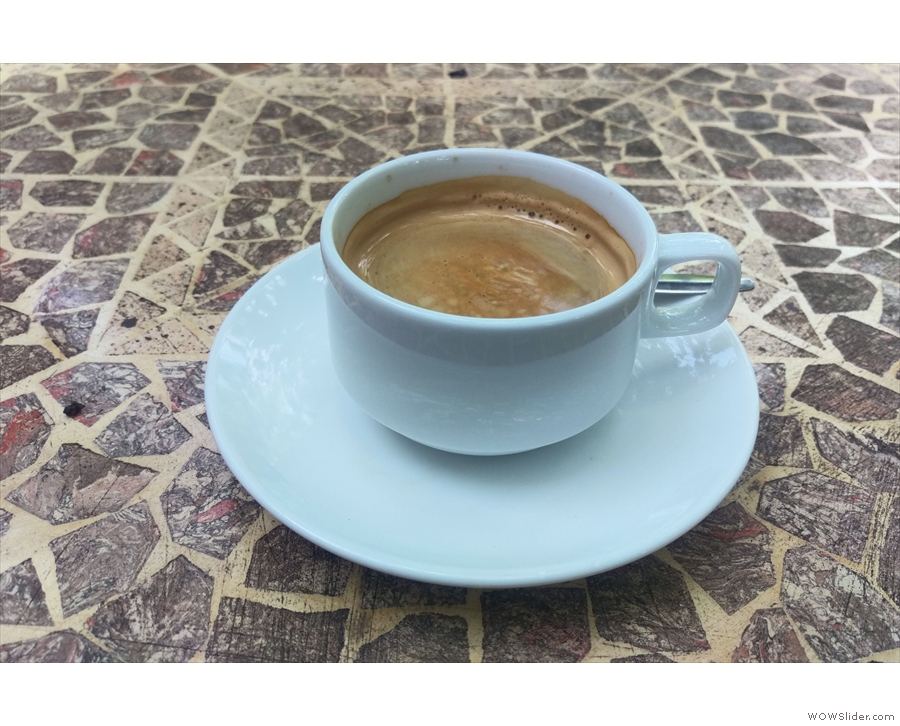

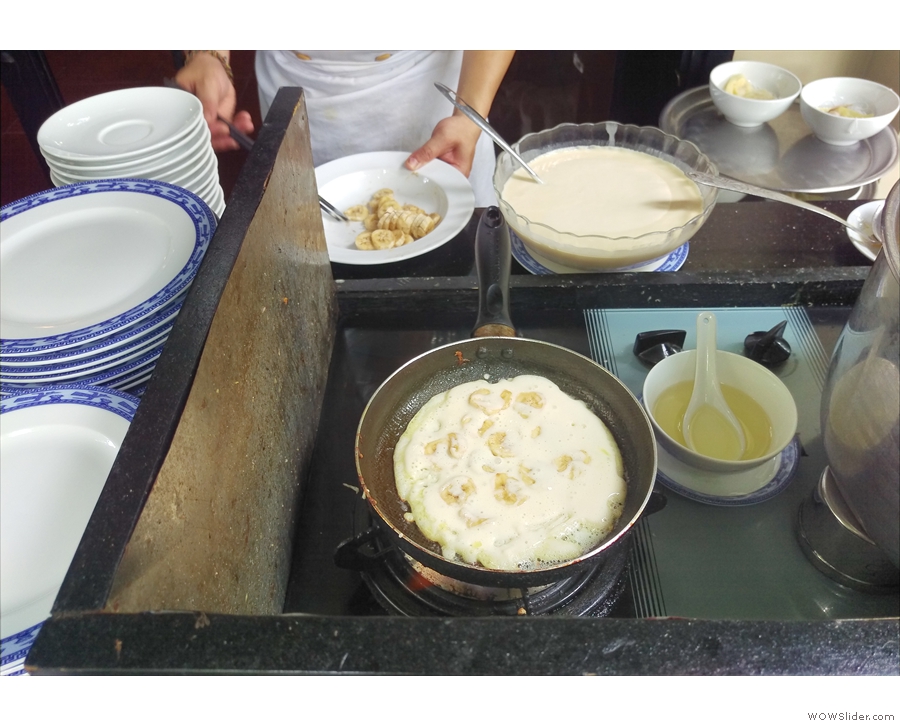
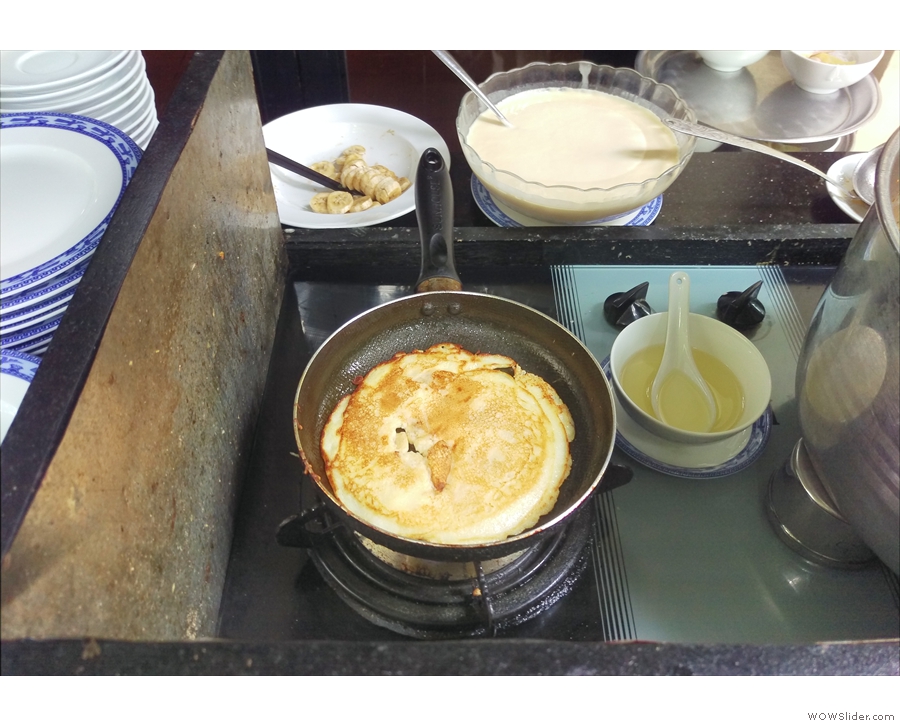
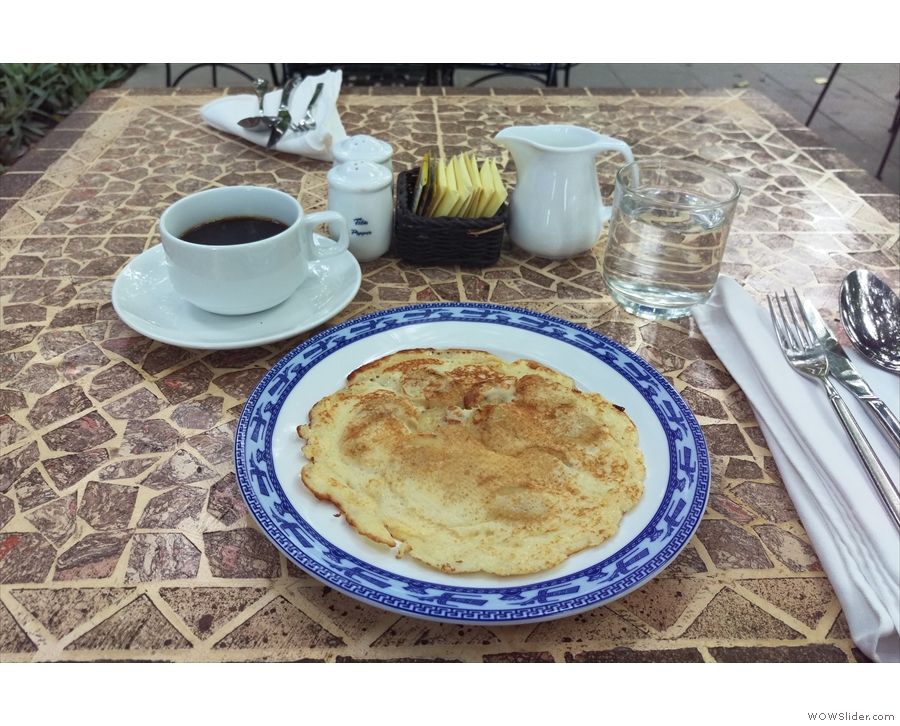
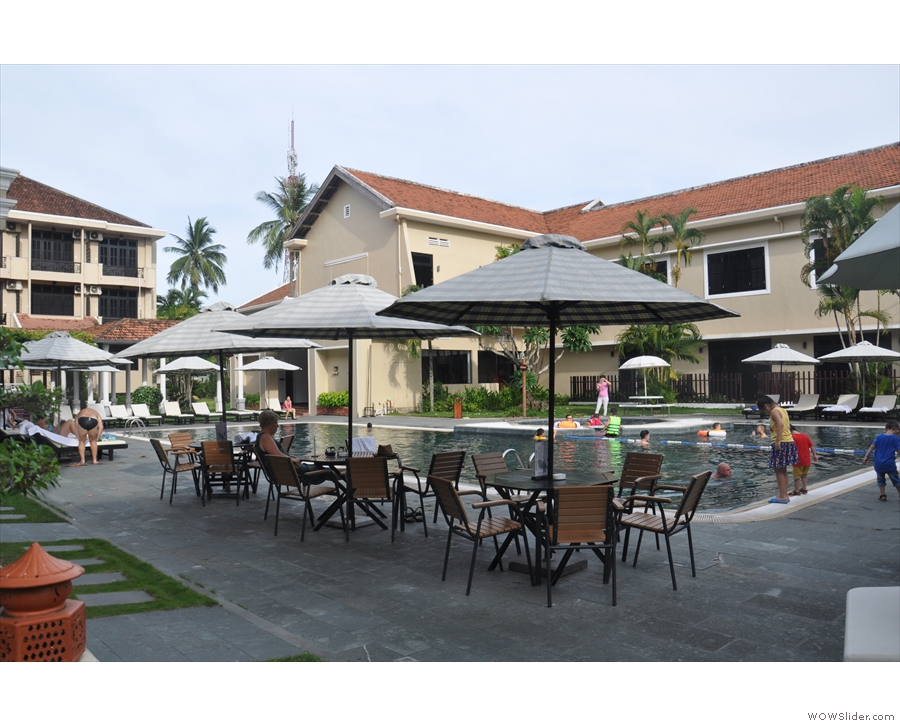
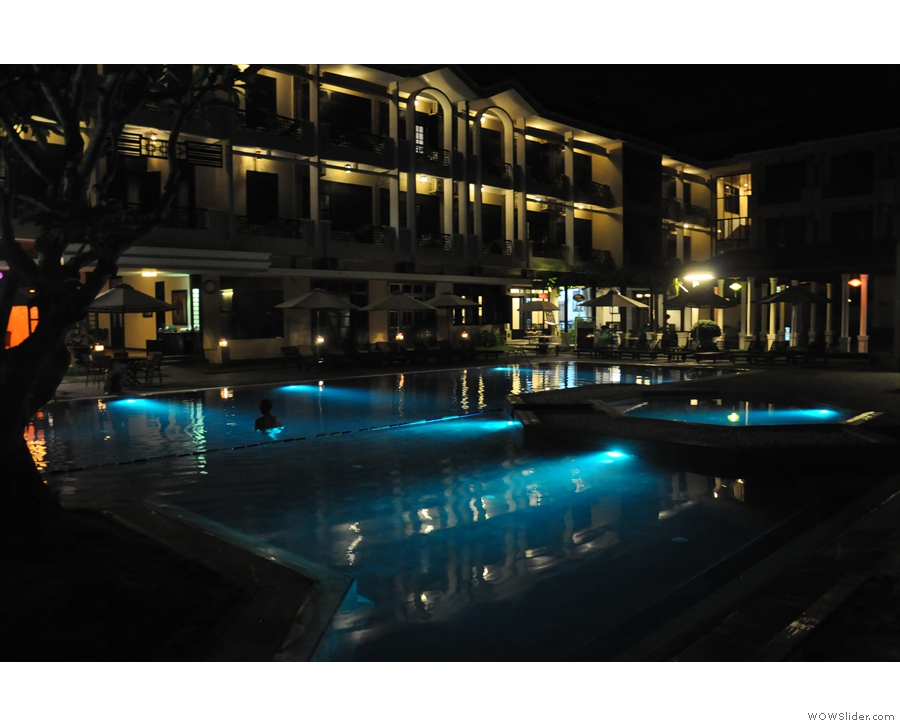
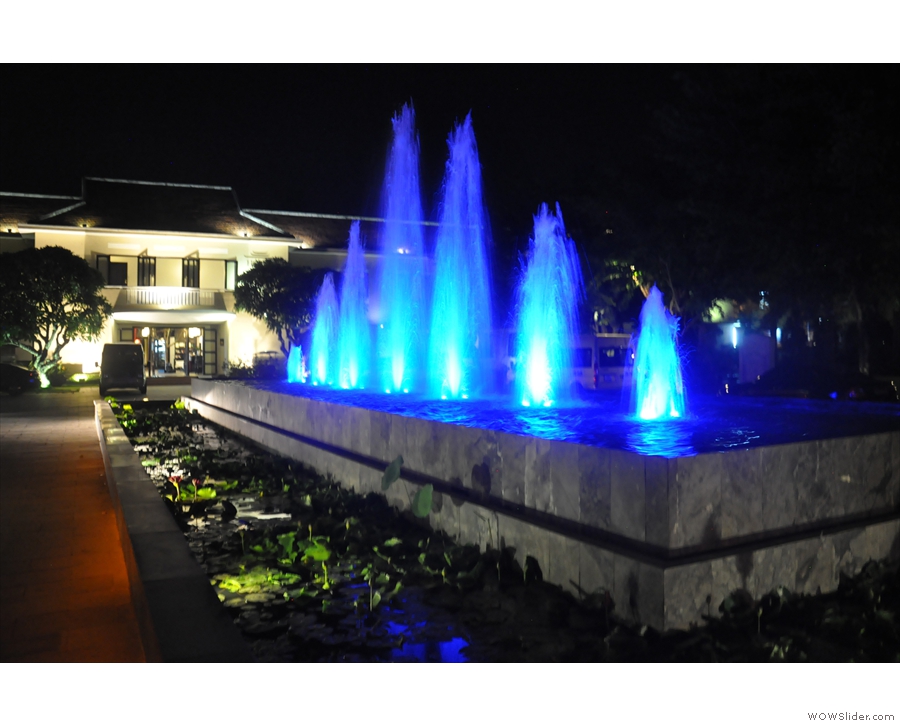
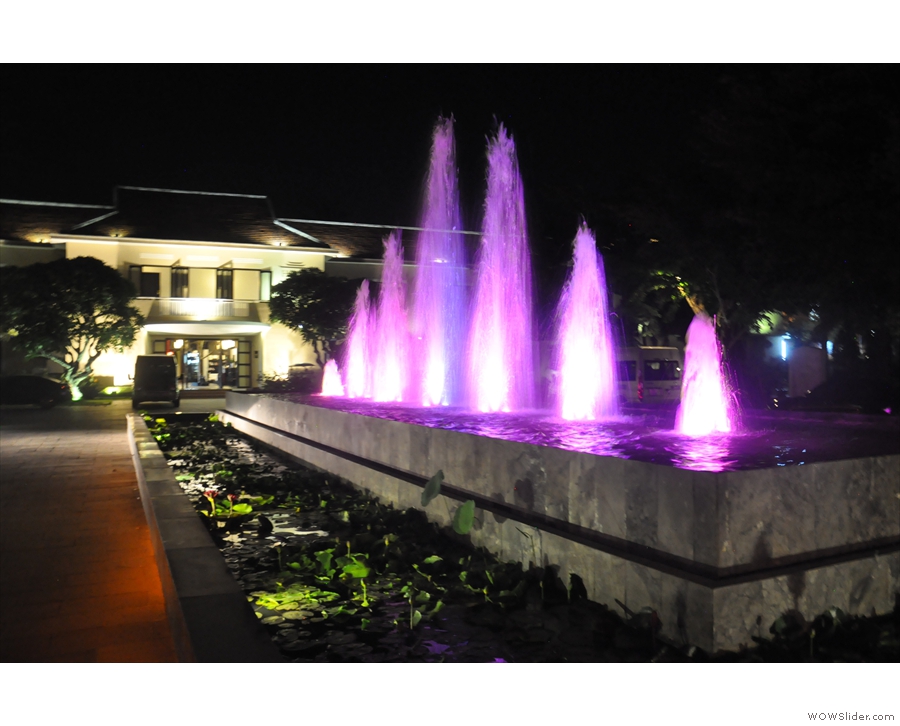
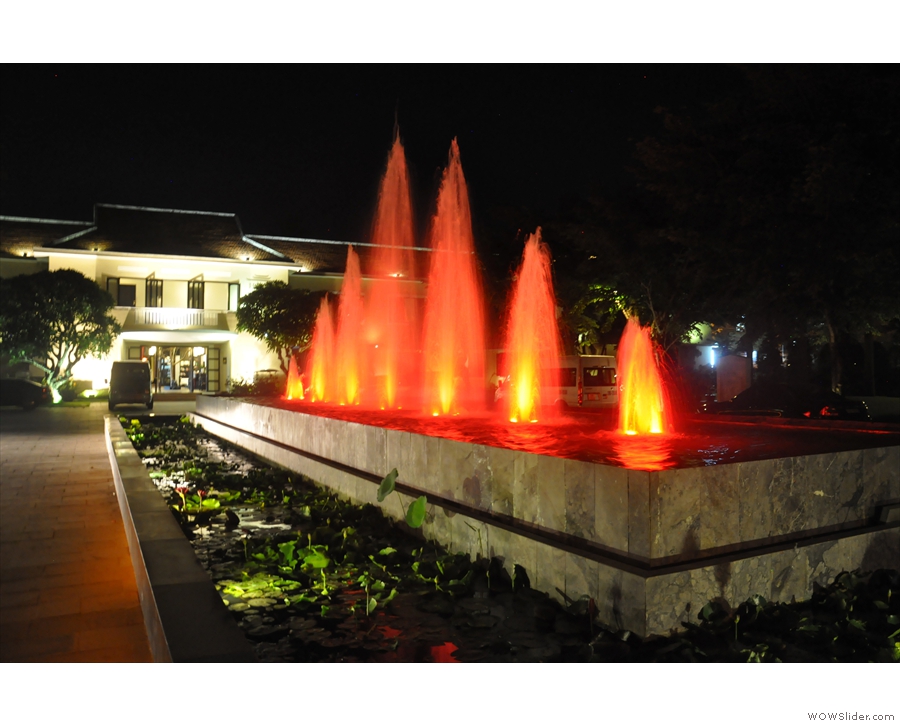
 1
1 2
2 3
3 4
4 5
5 6
6 7
7 8
8 9
9 10
10 11
11 12
12 13
13 14
14 15
15 16
16 17
17 18
18 19
19 20
20 21
21 22
22 23
23 24
24 25
25 26
26 27
27 28
28 29
29 30
30 31
31 32
32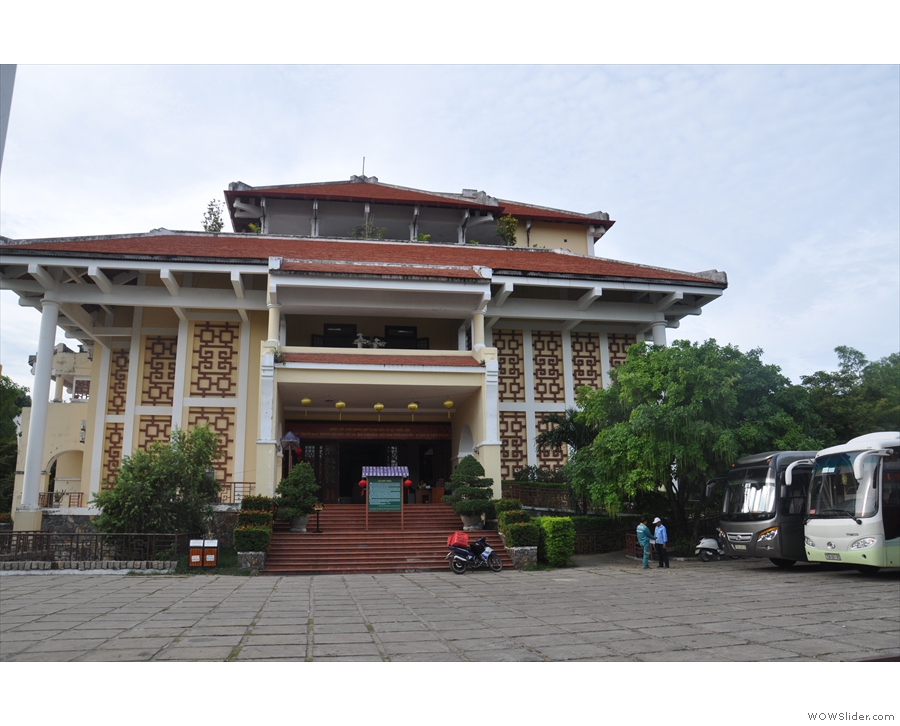
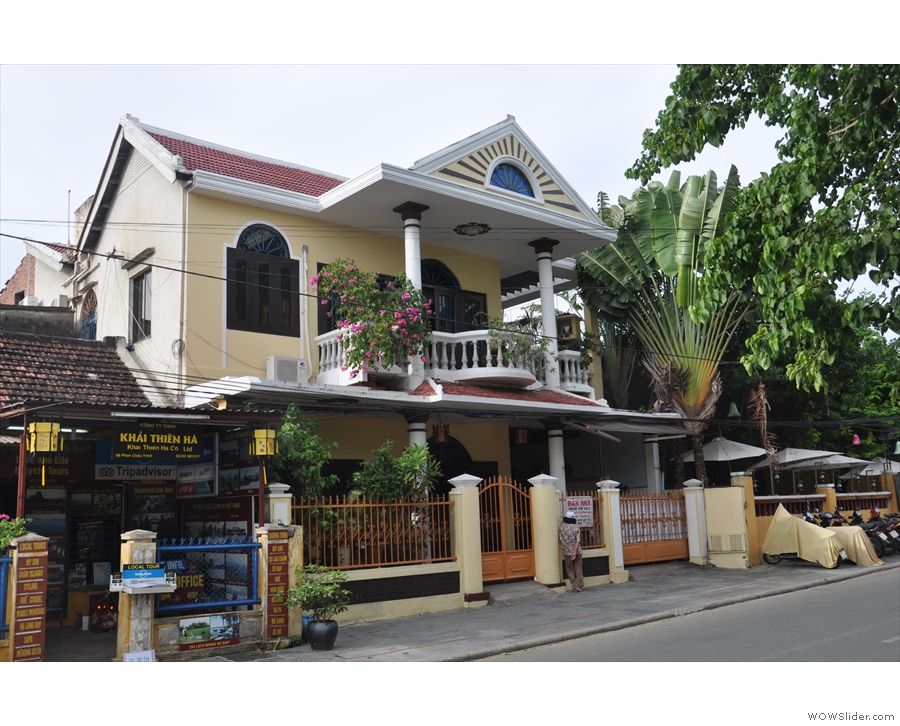
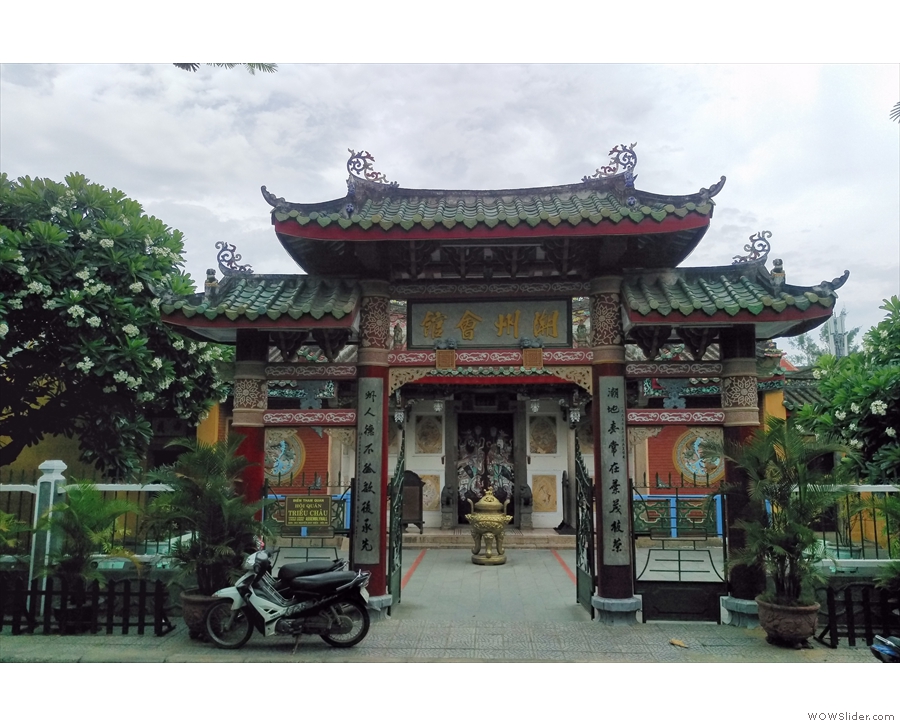
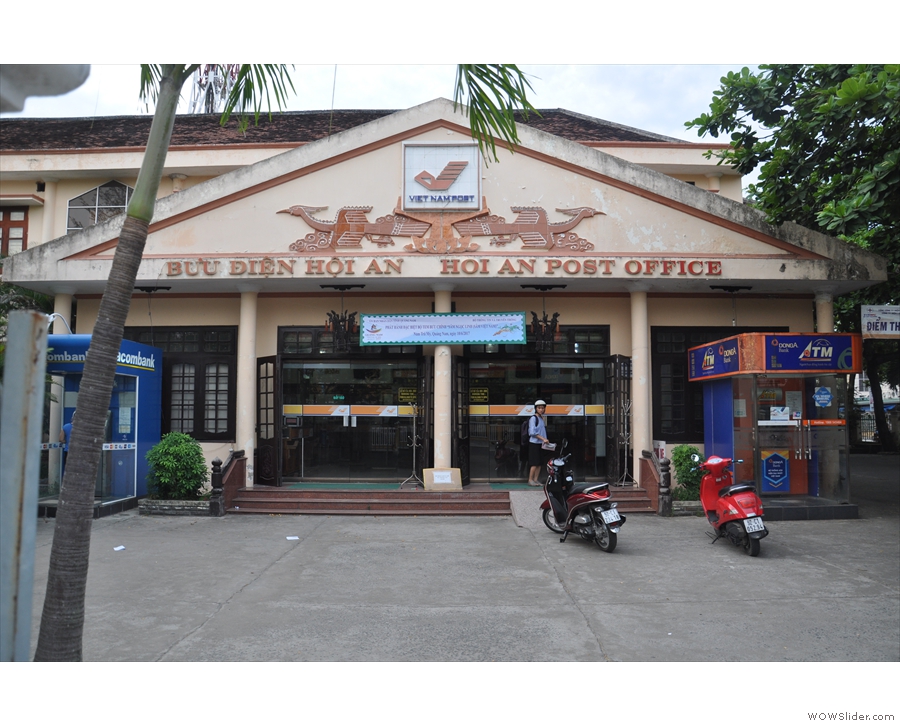
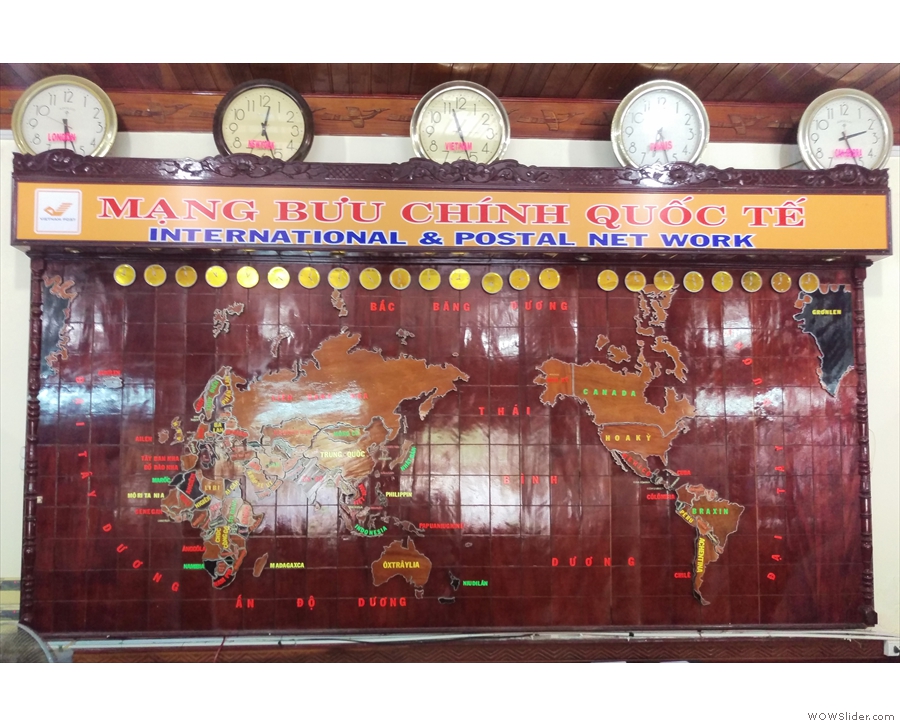
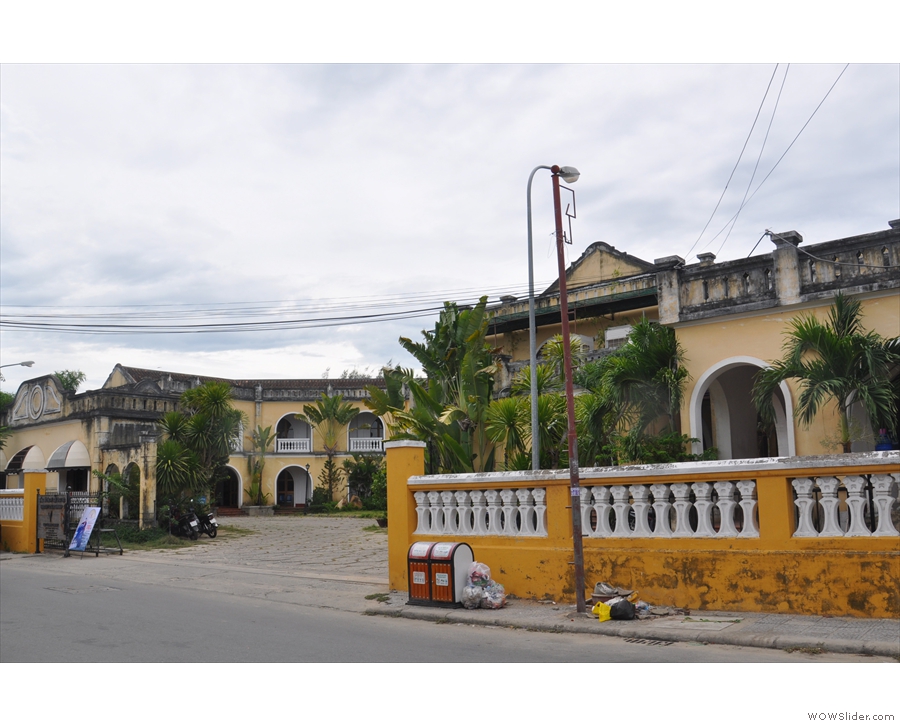
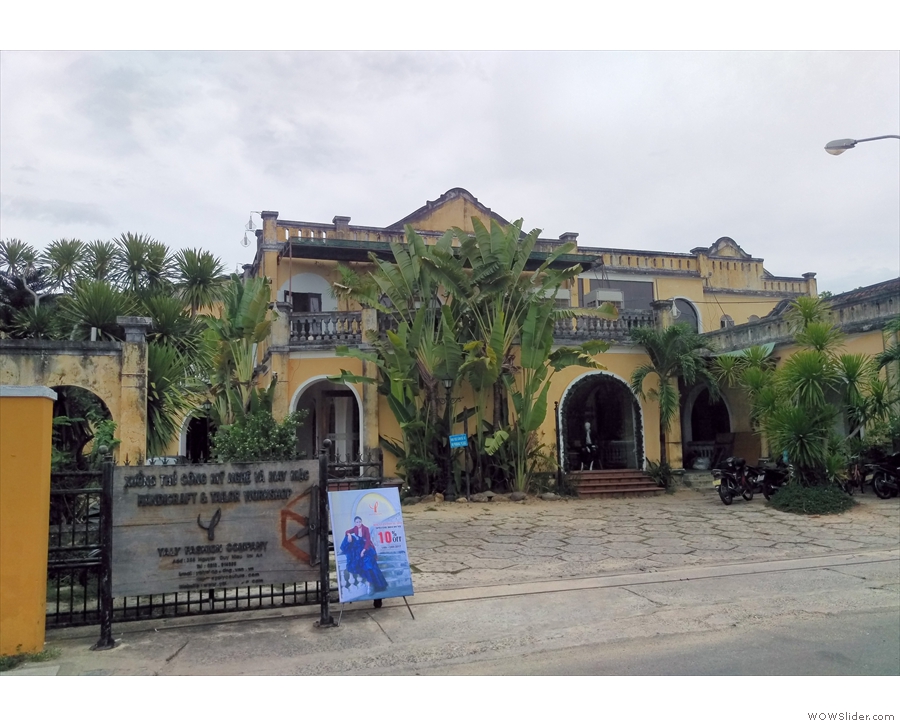
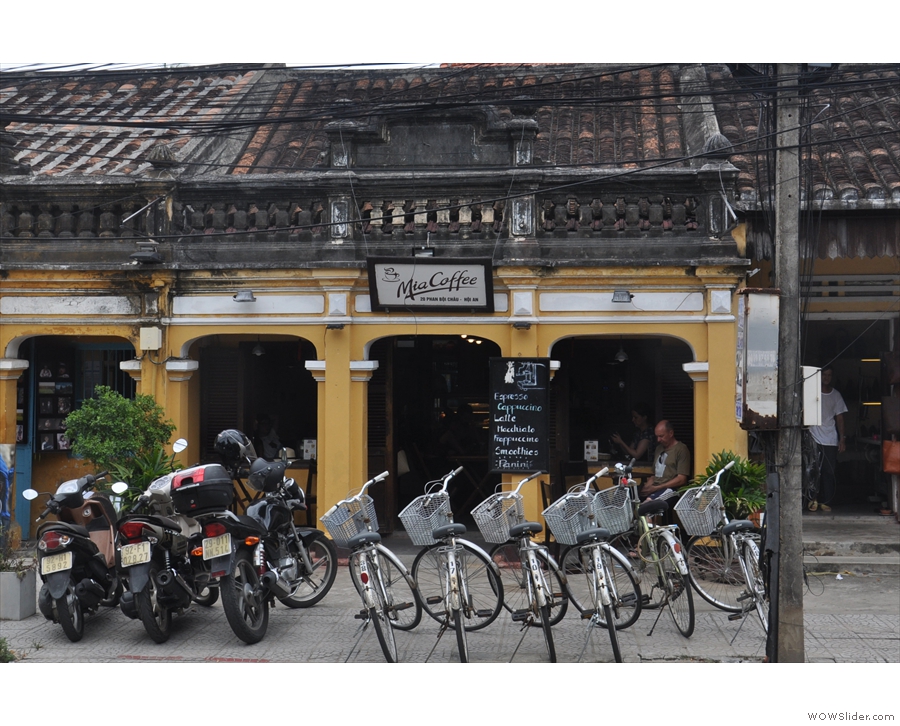
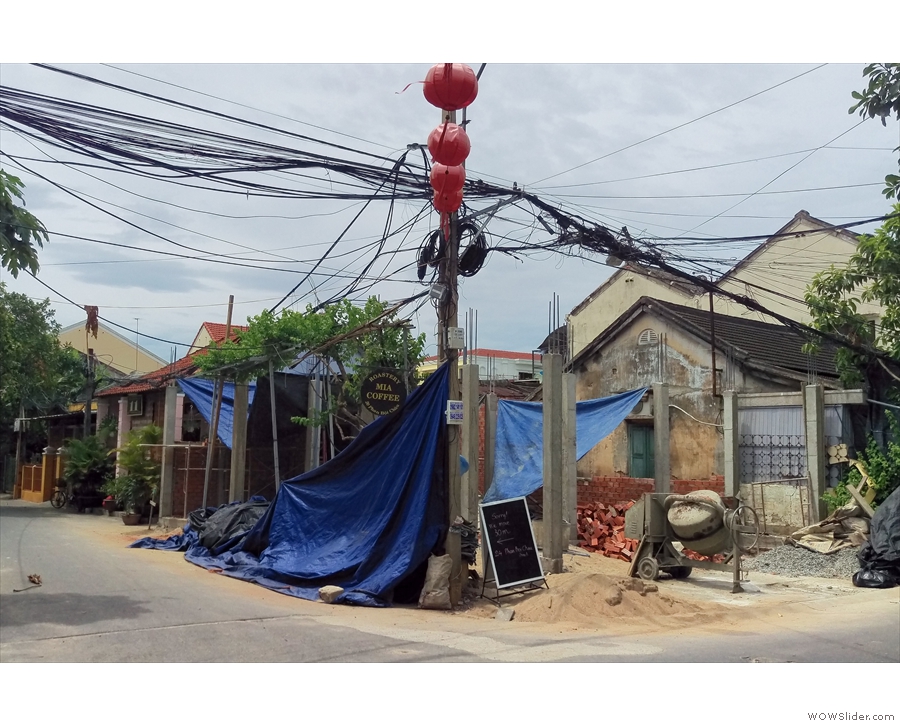
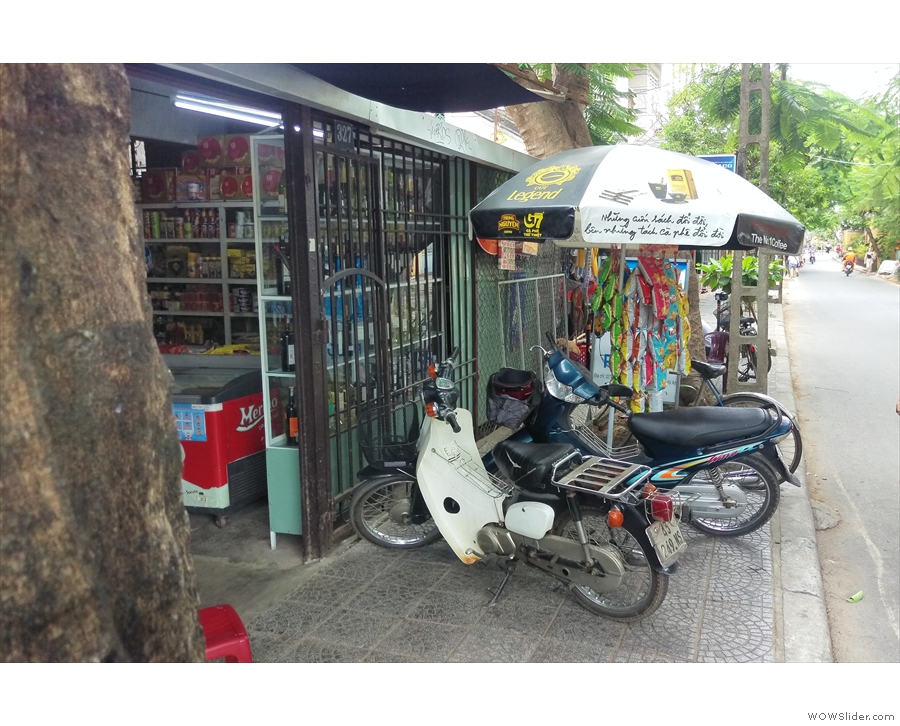
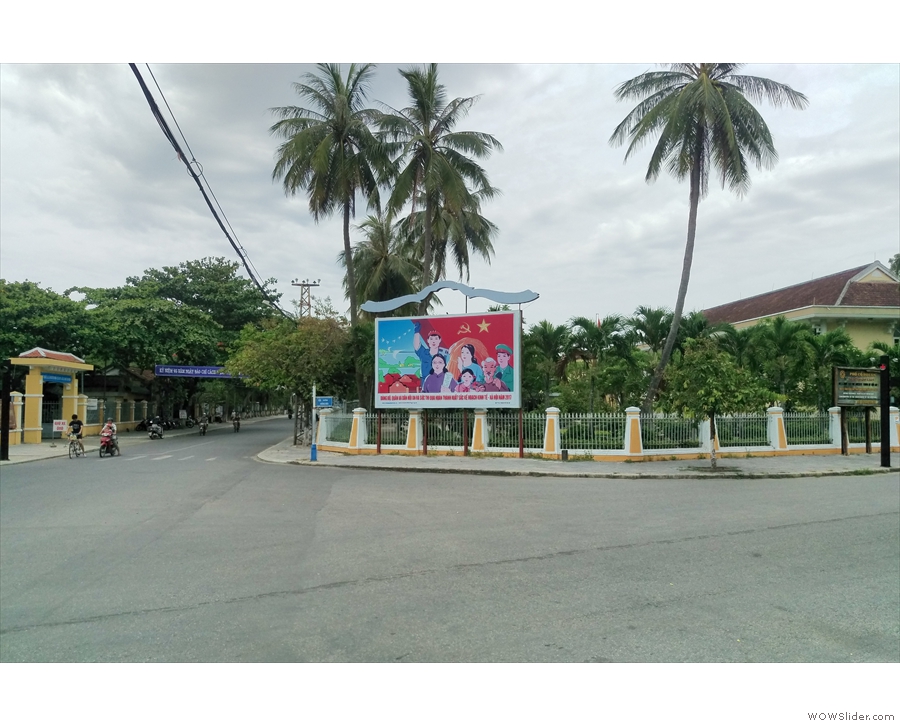
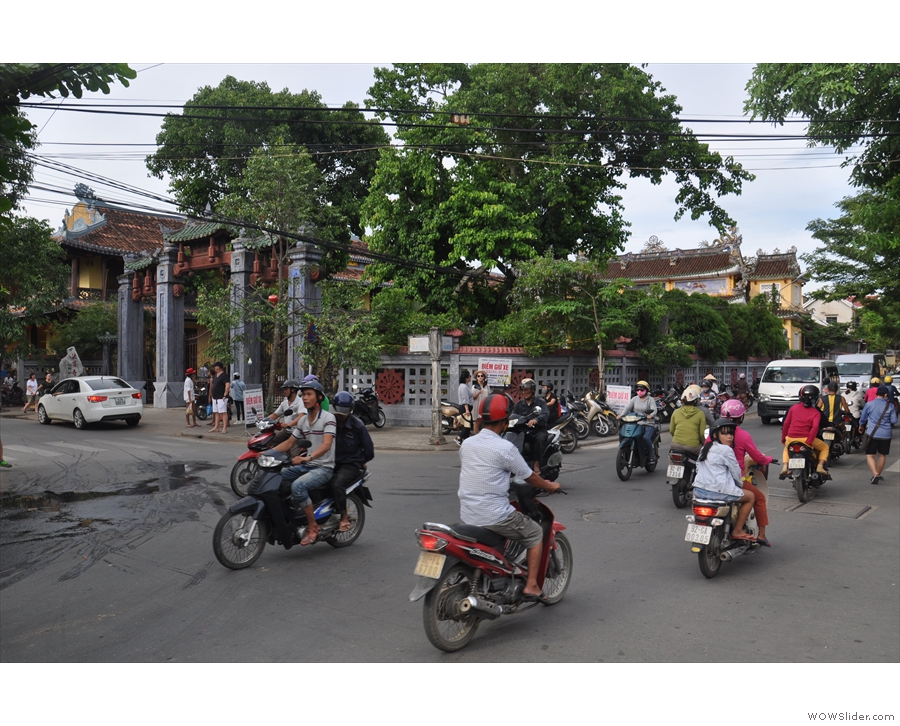
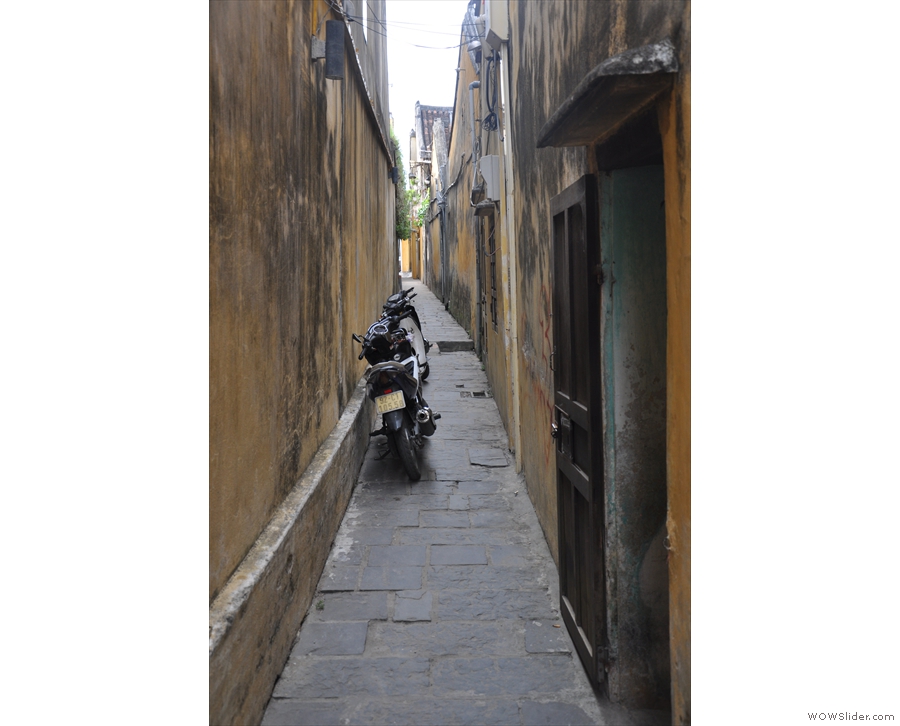
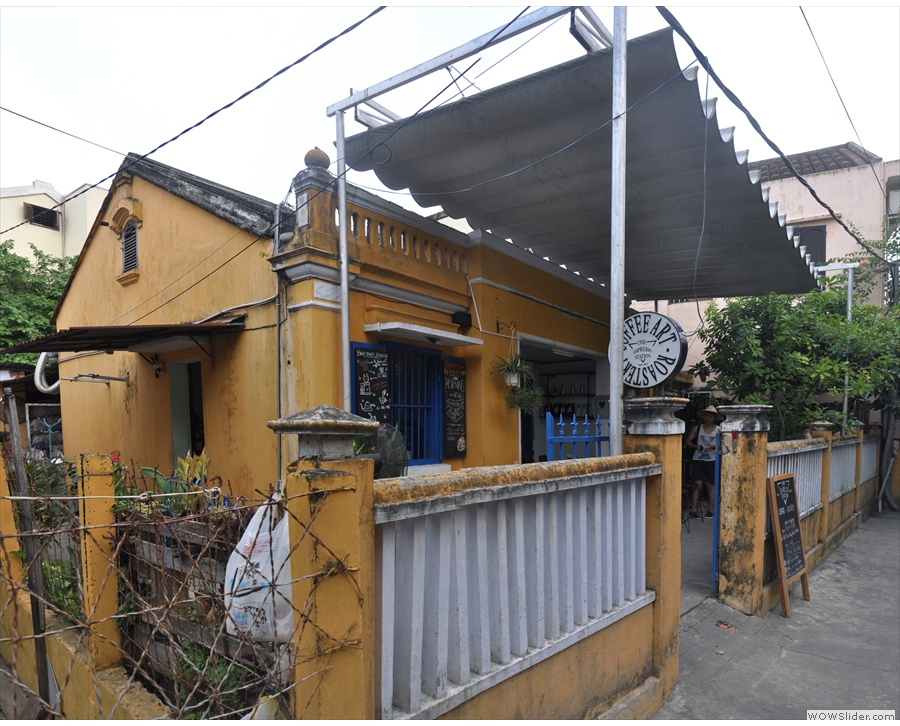
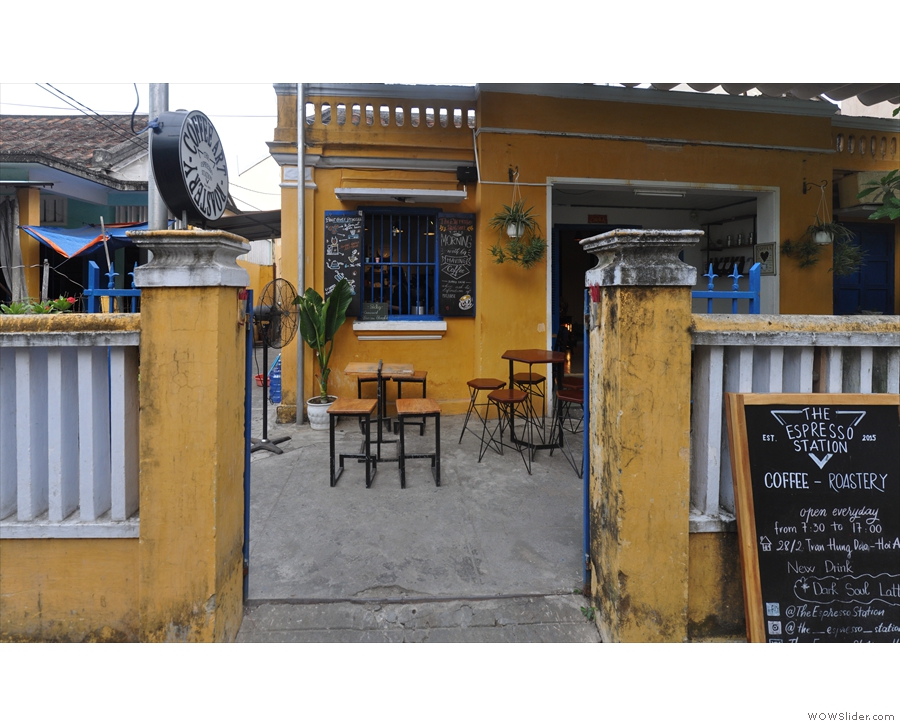
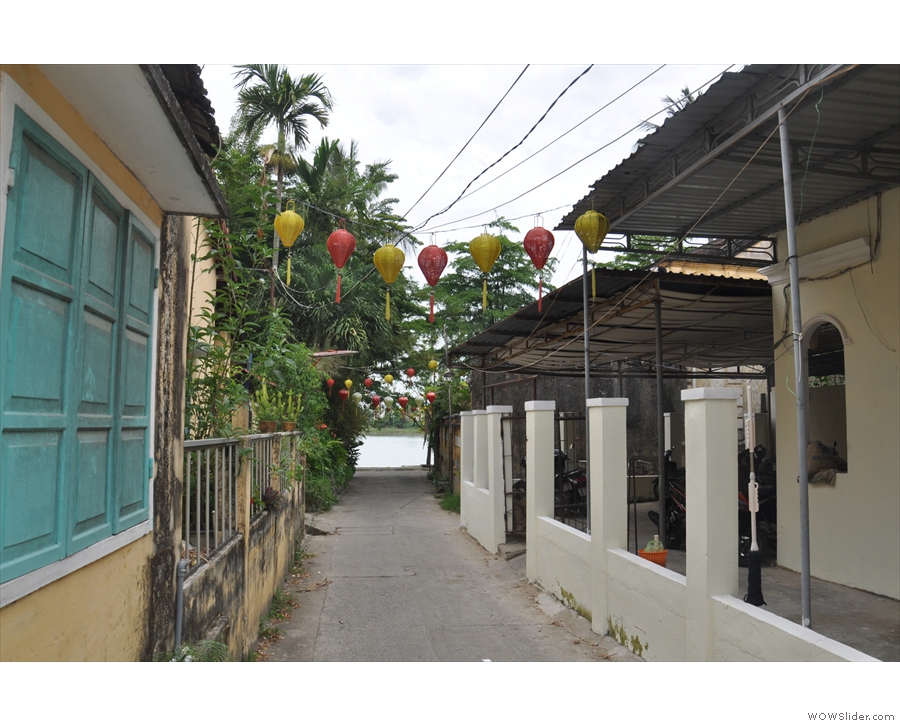
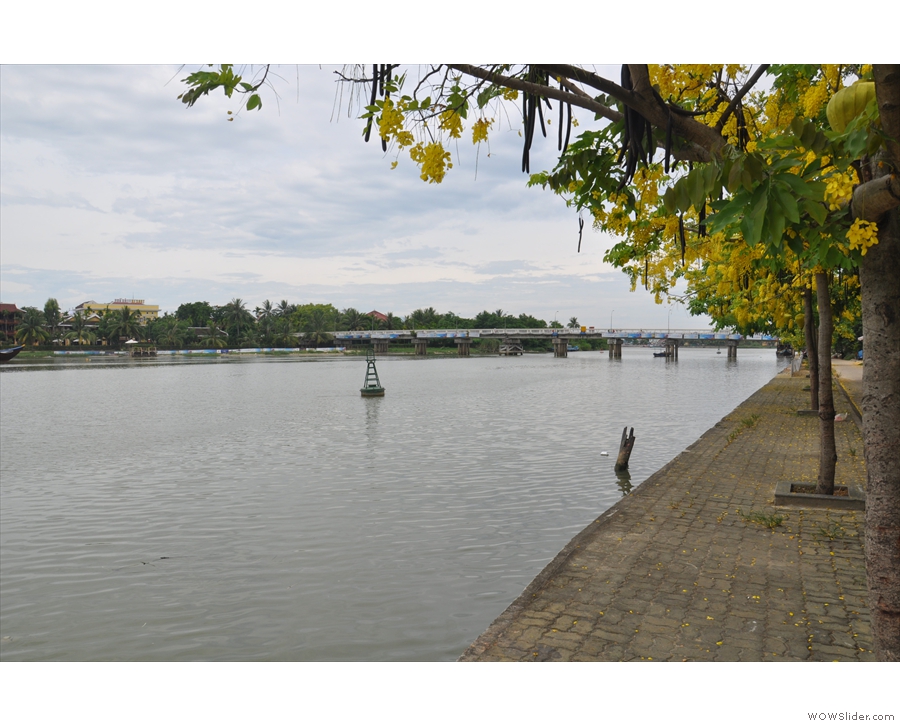
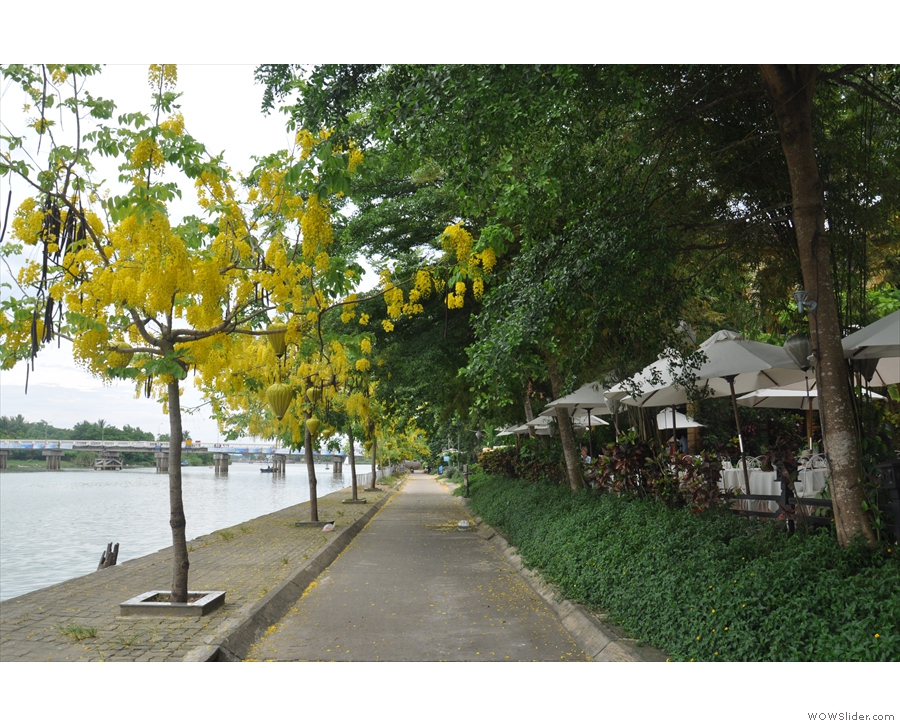
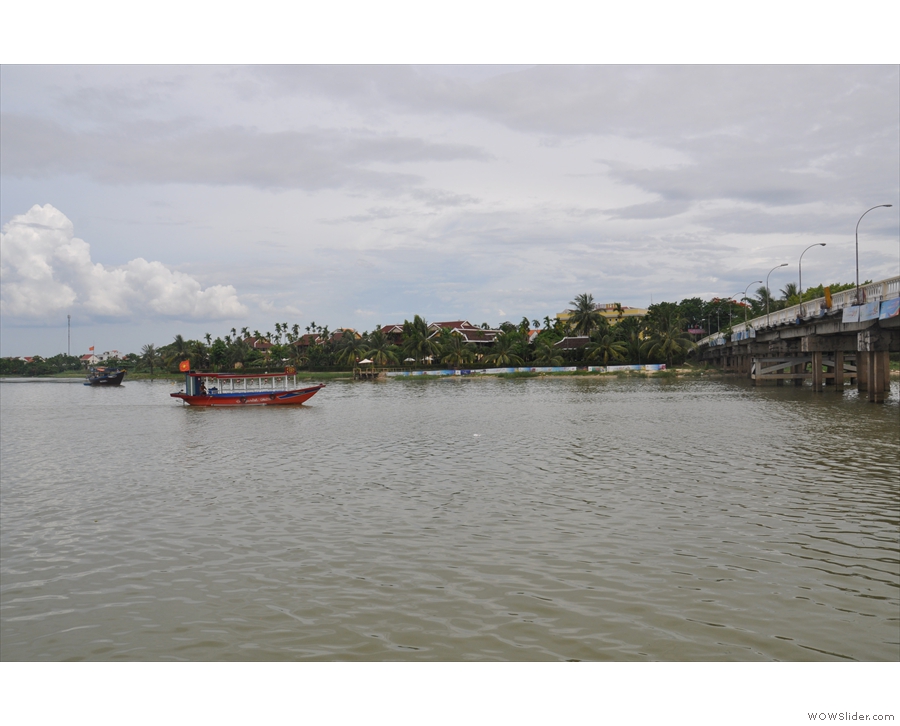
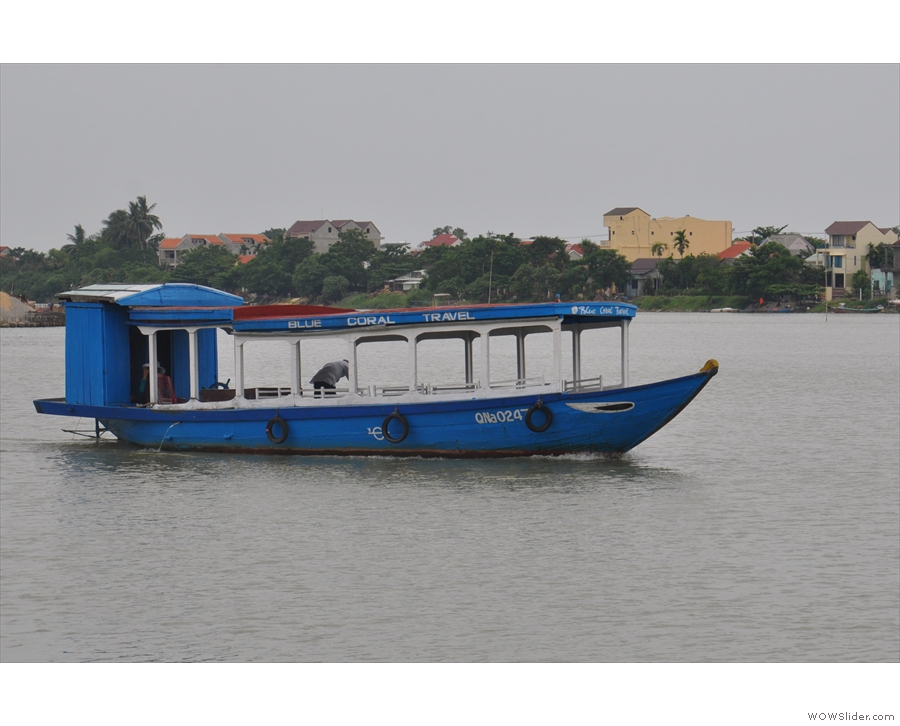
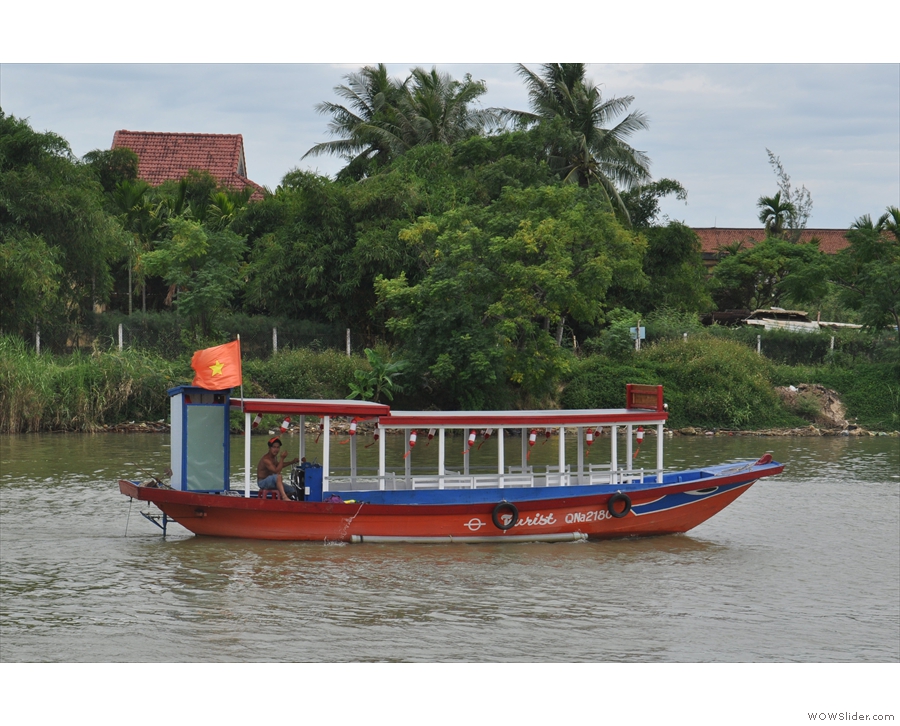
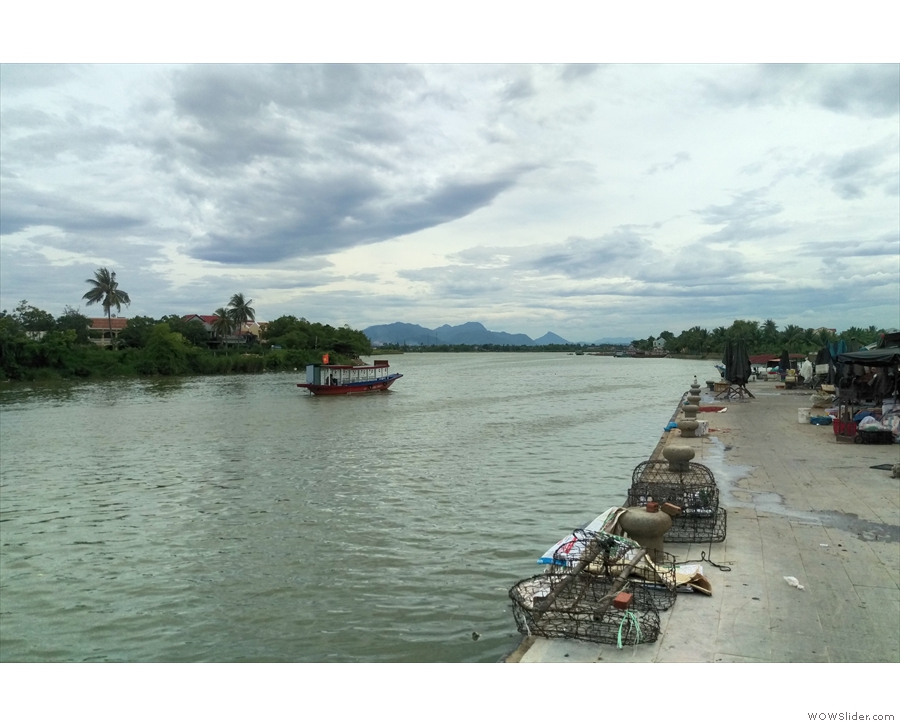
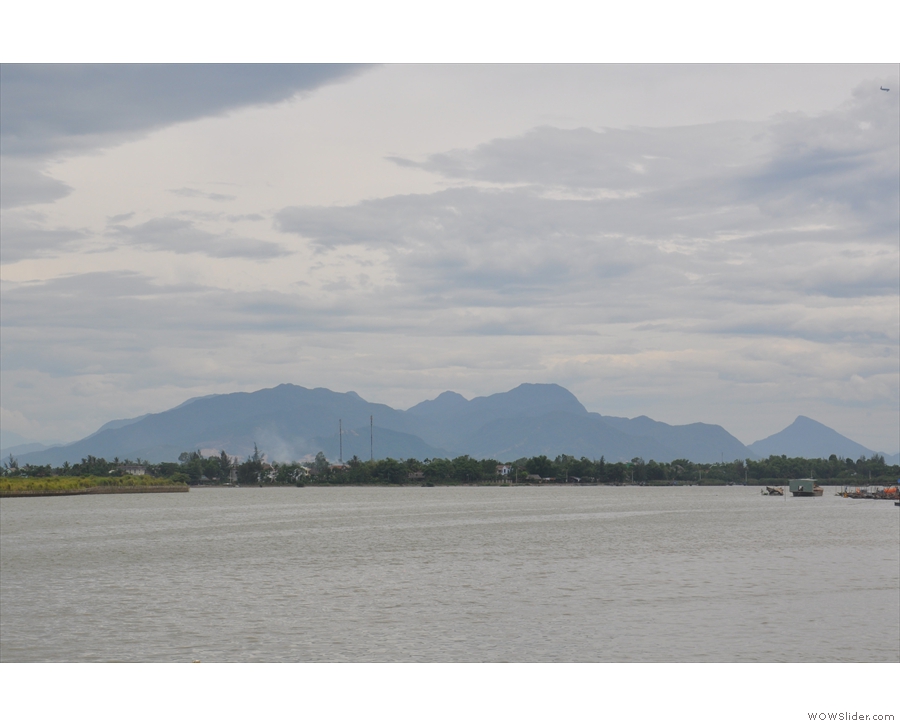
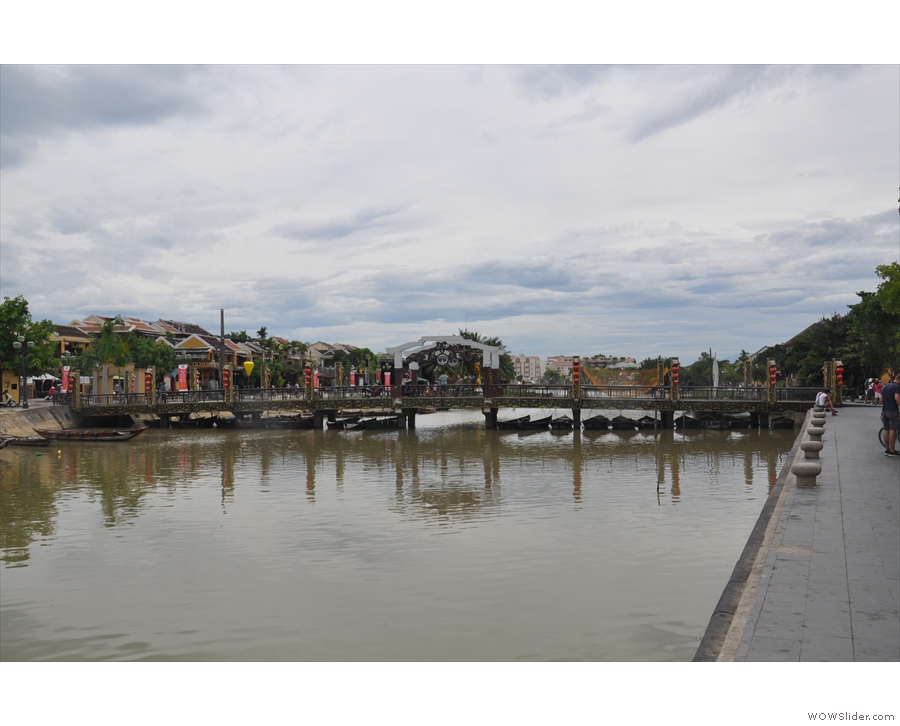
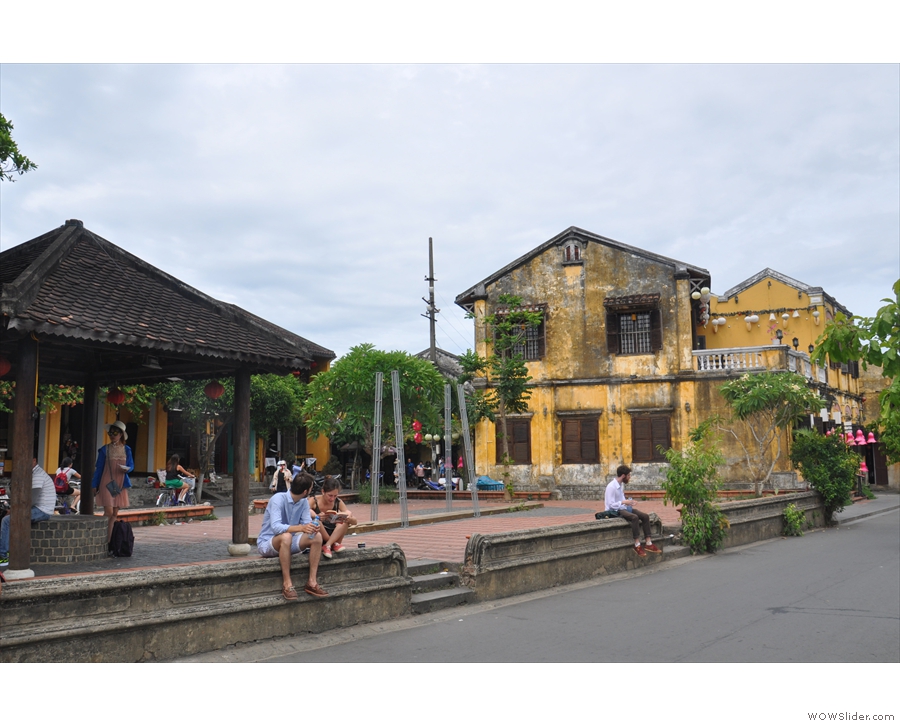
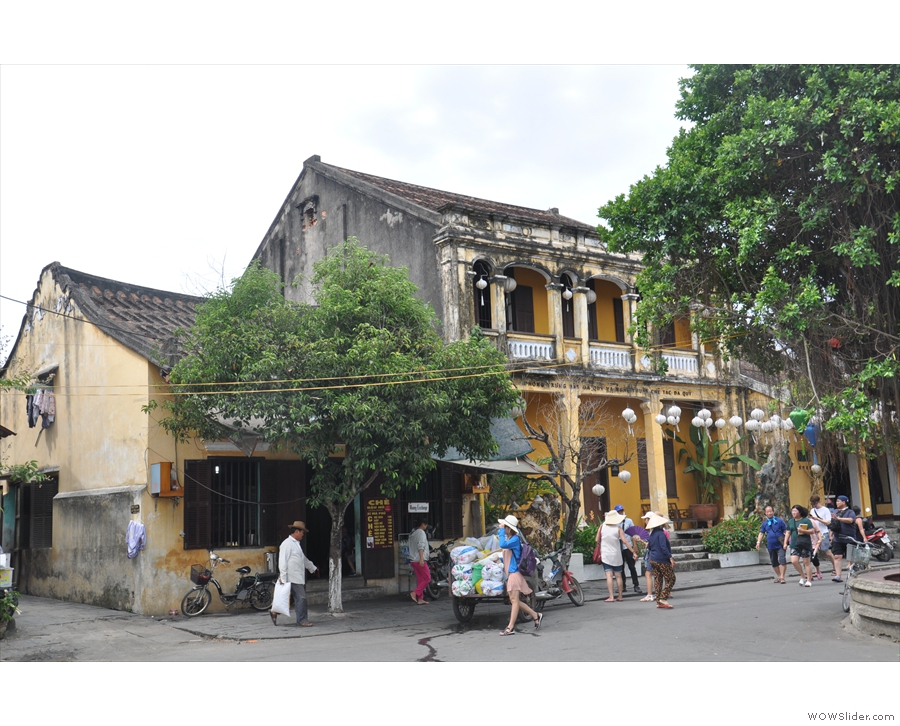
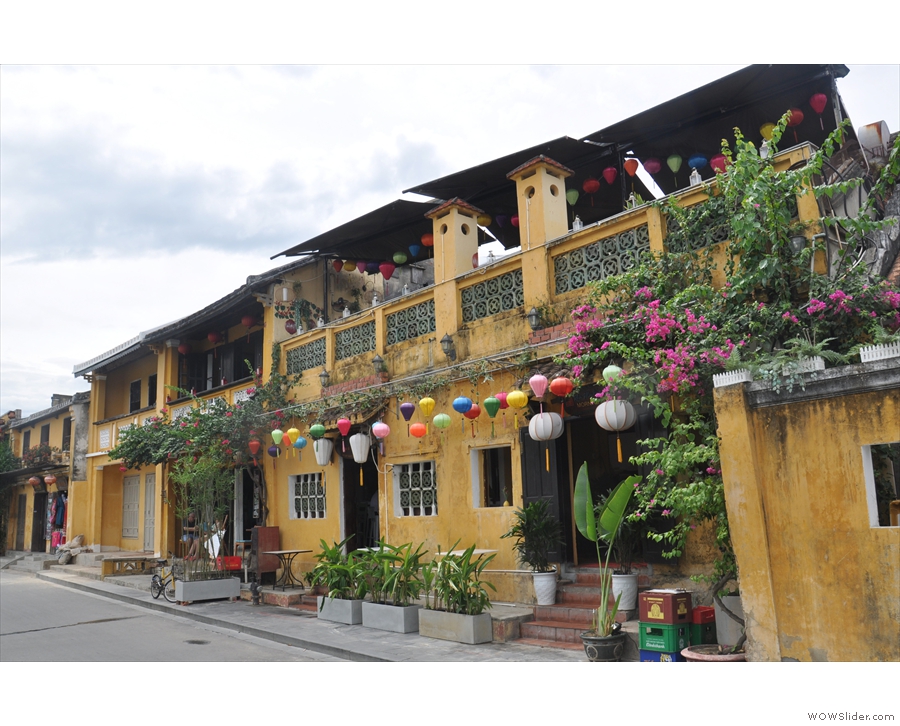
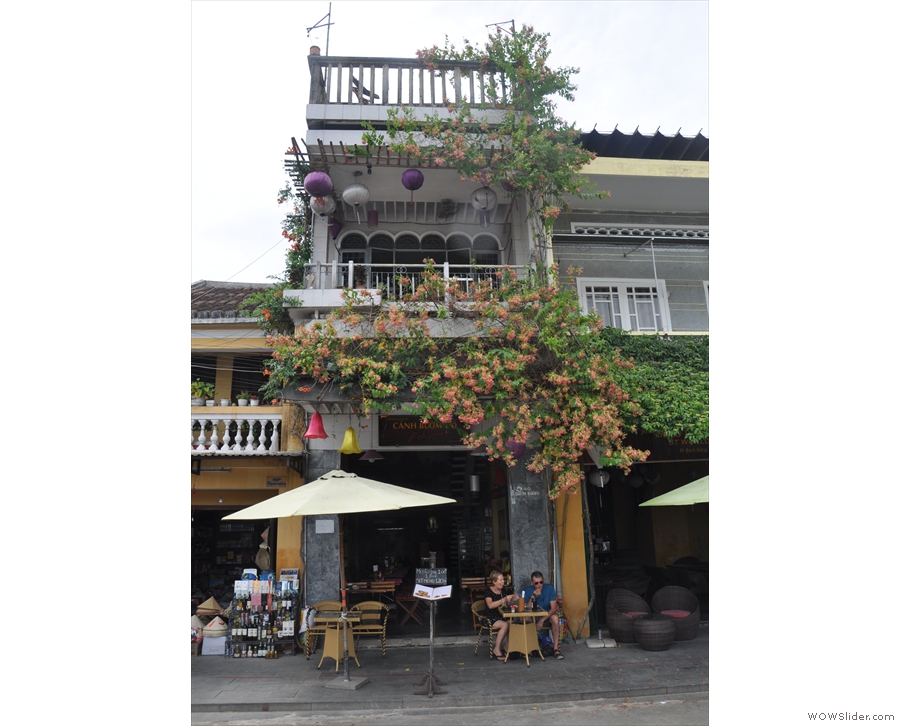
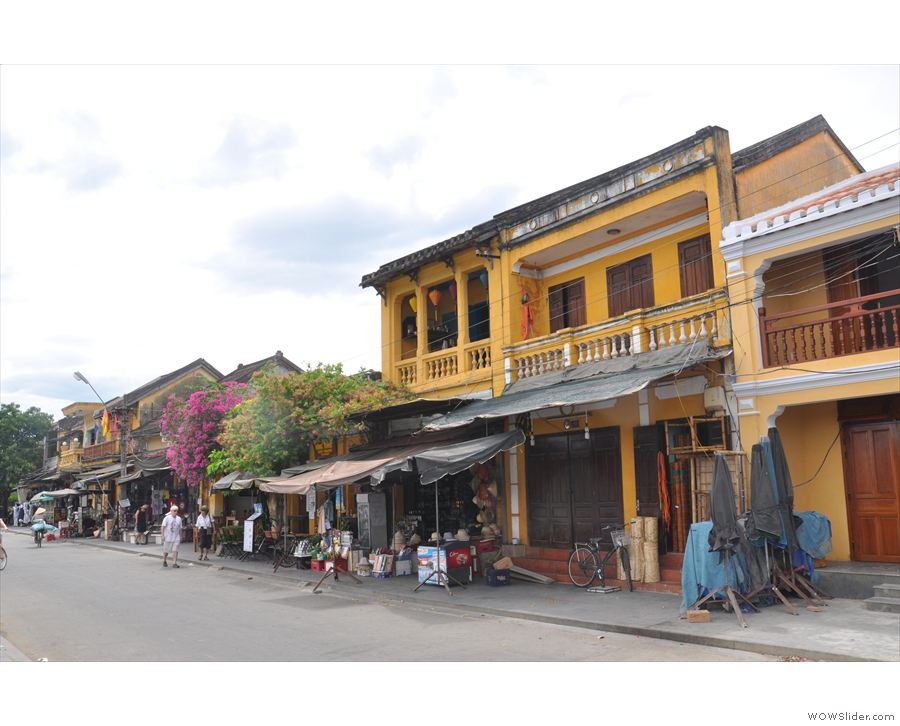
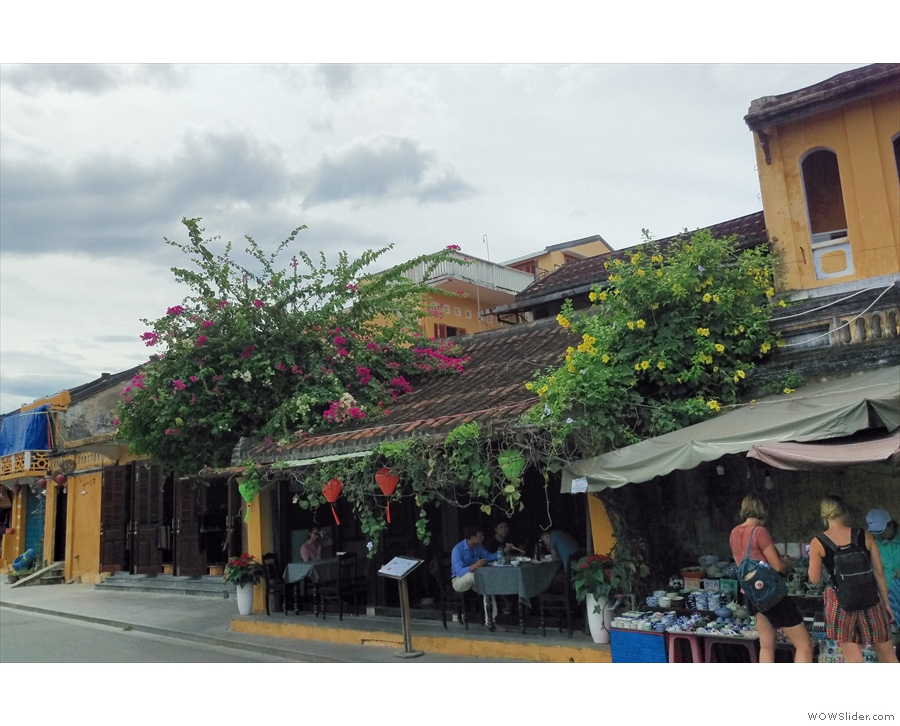
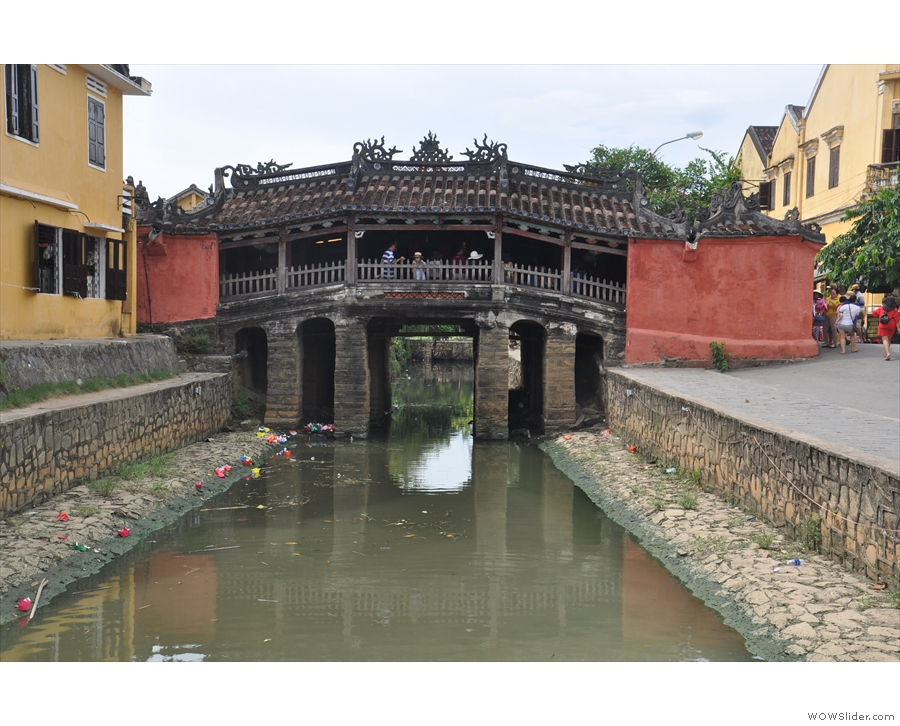
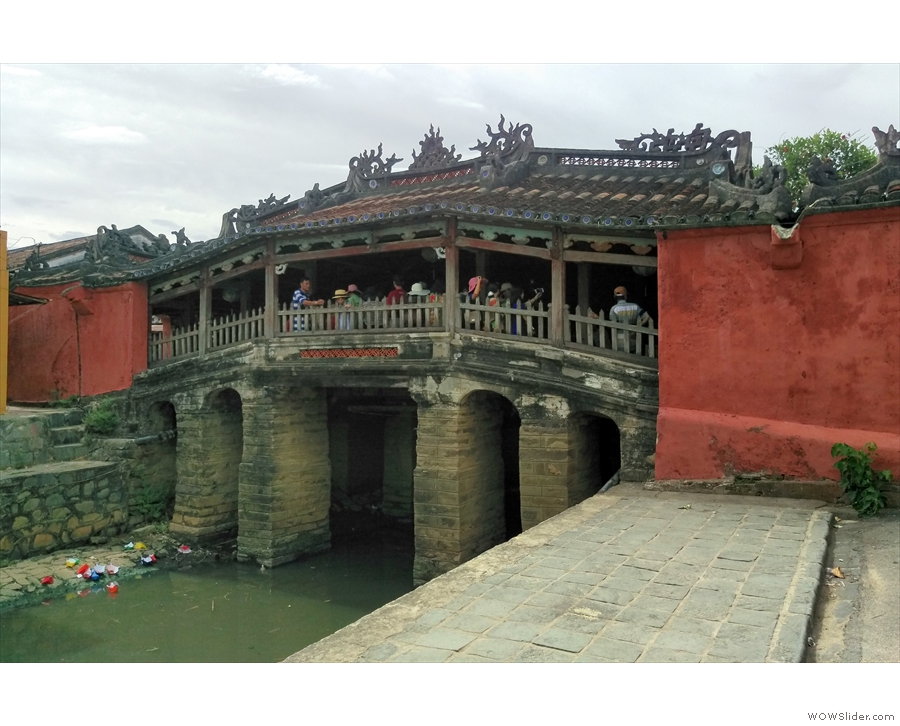
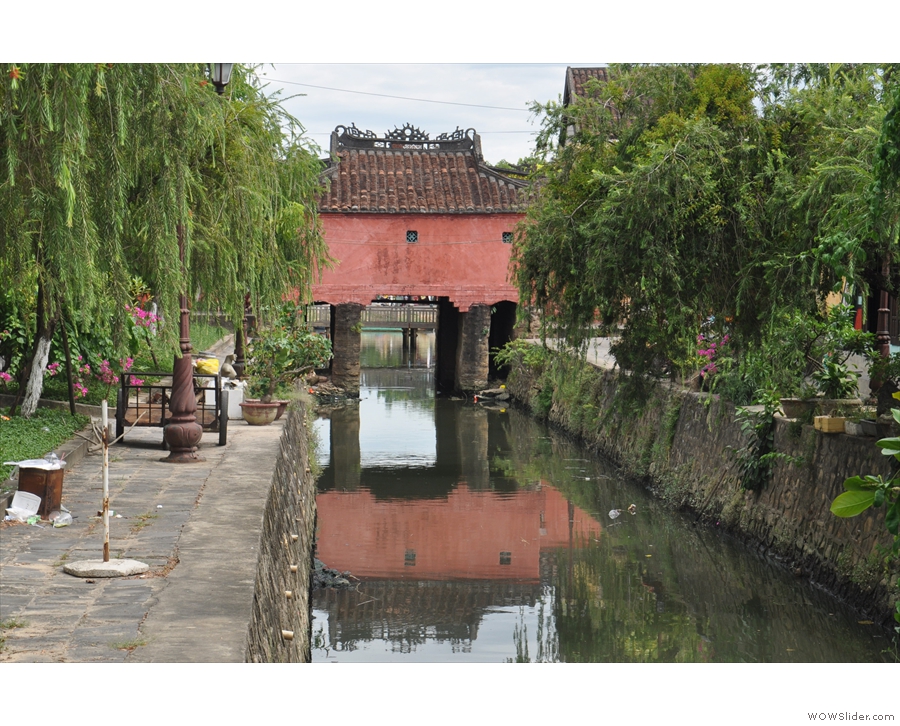
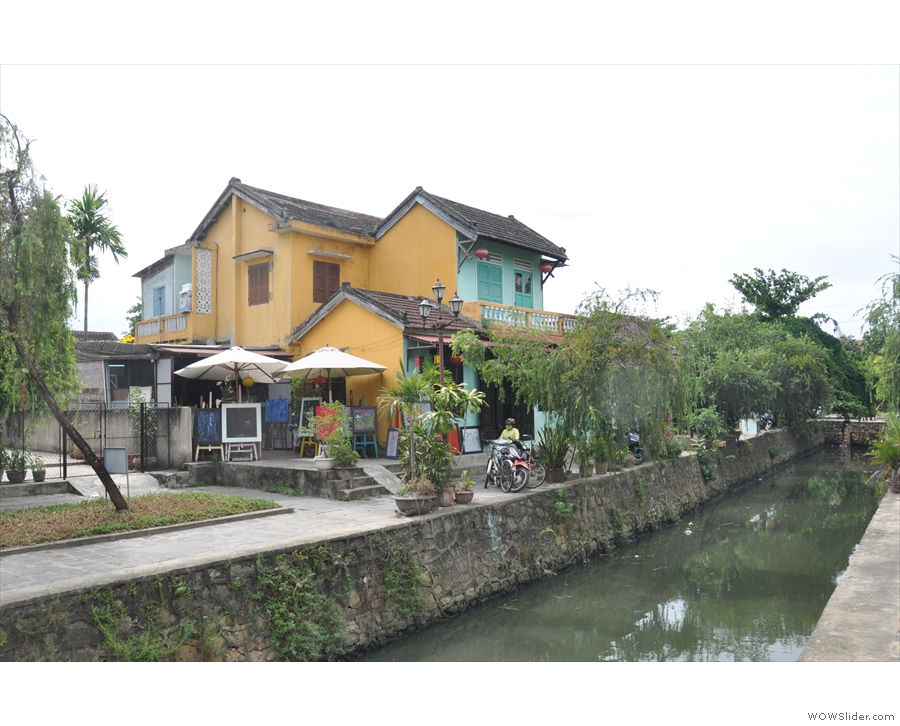
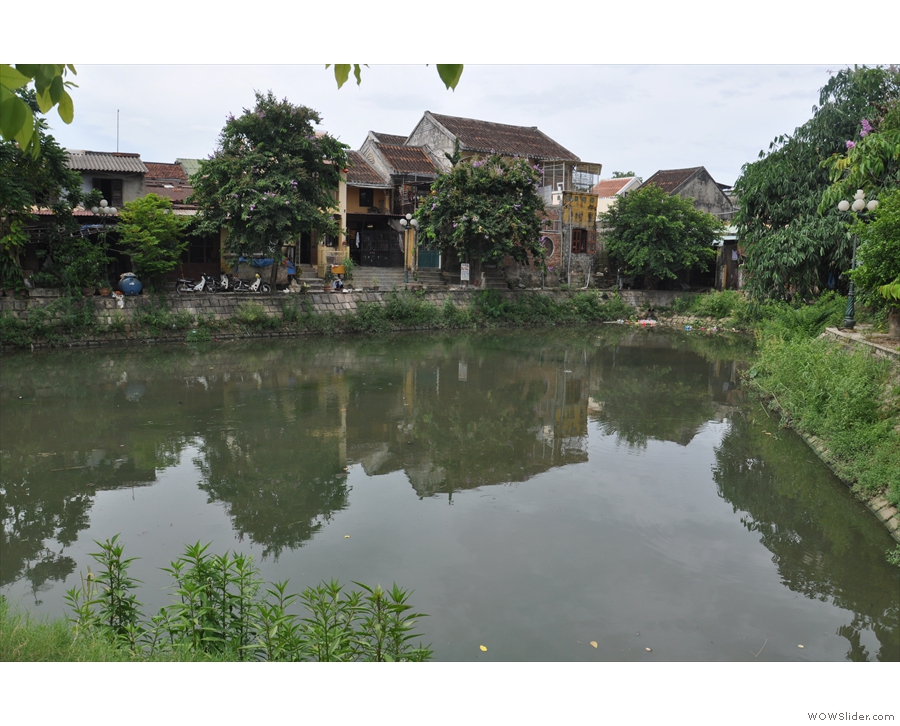
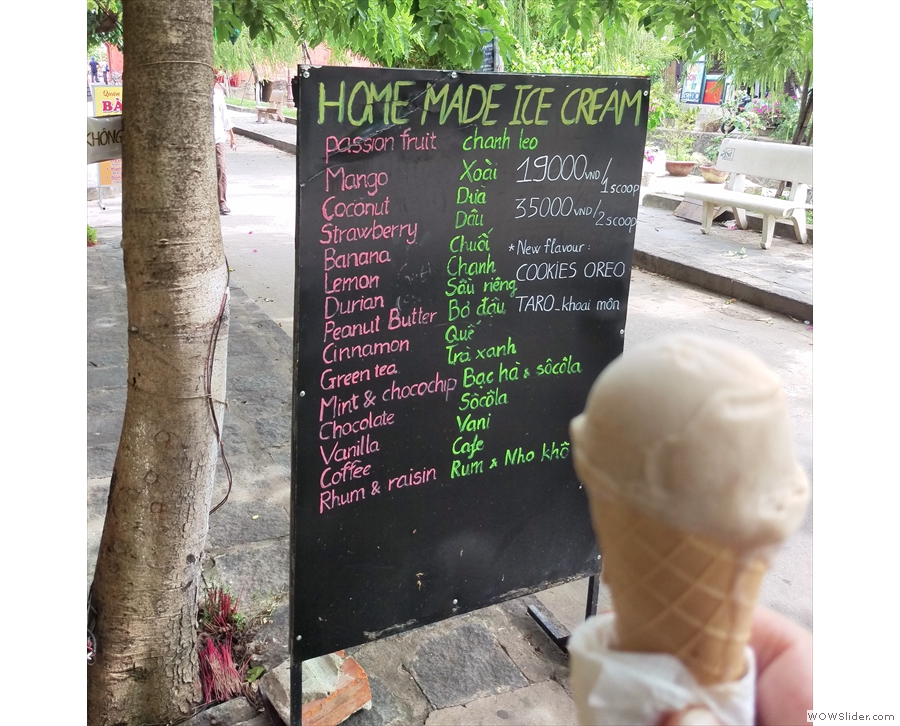
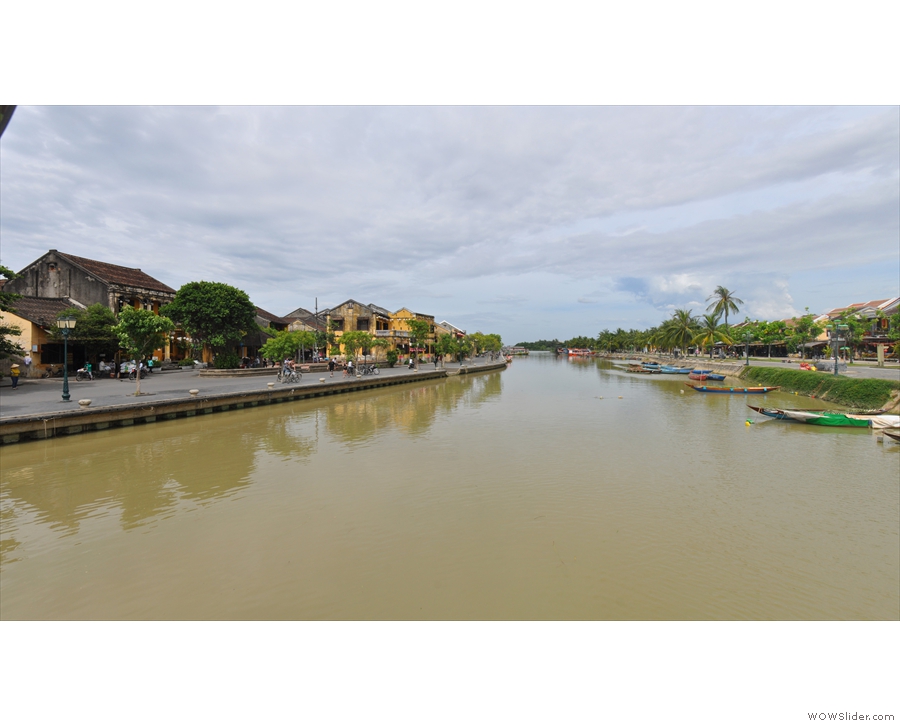
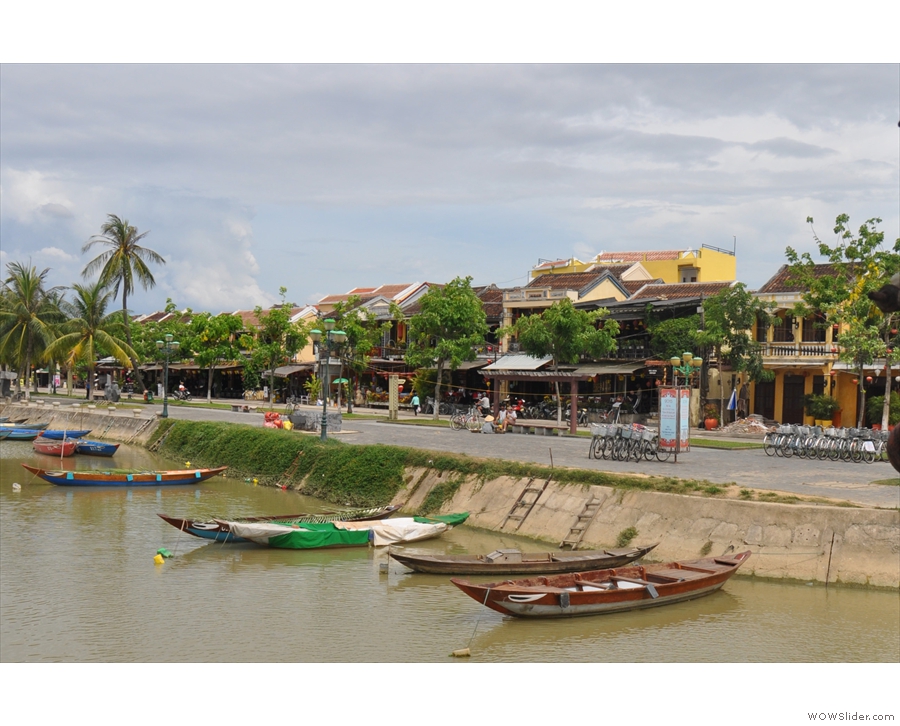
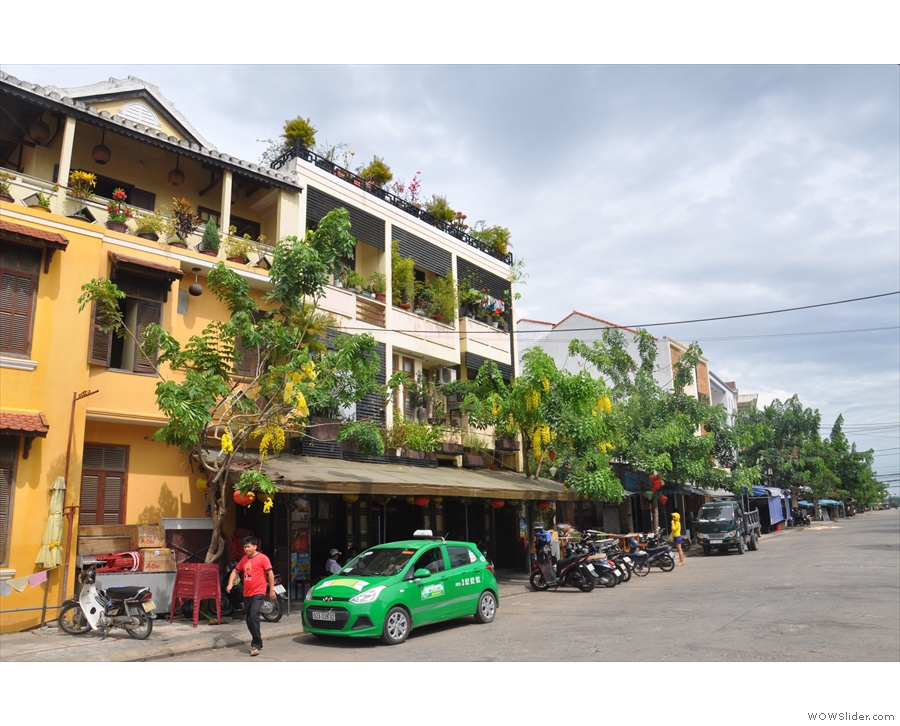
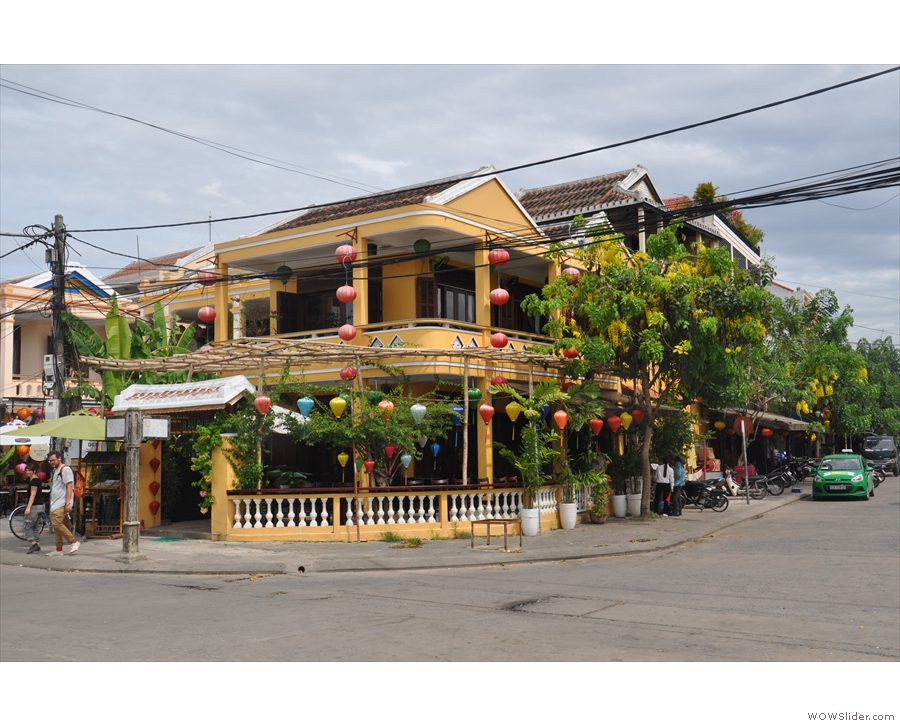
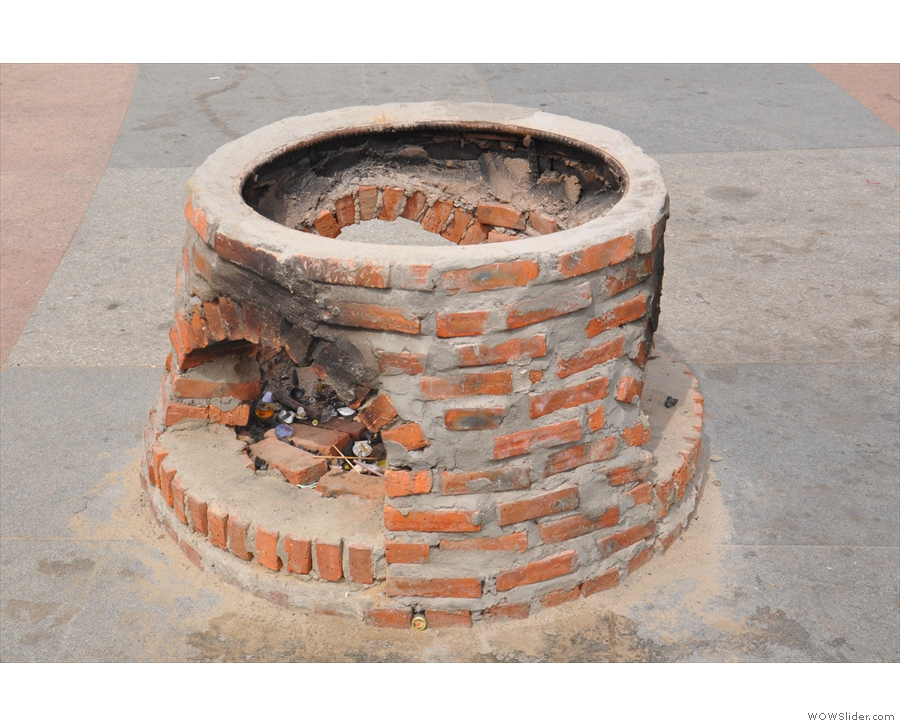
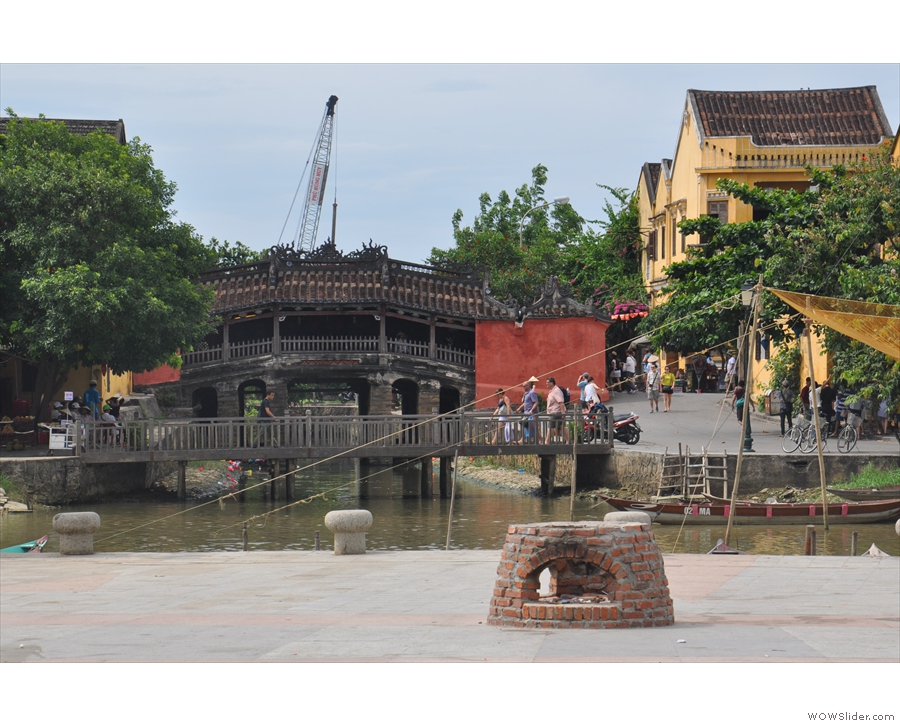
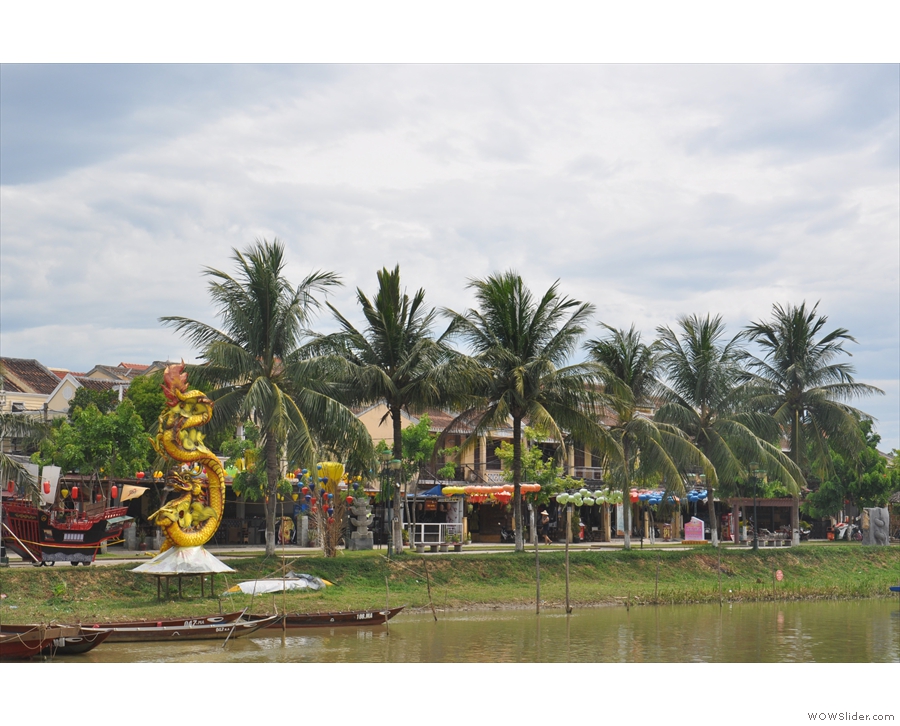
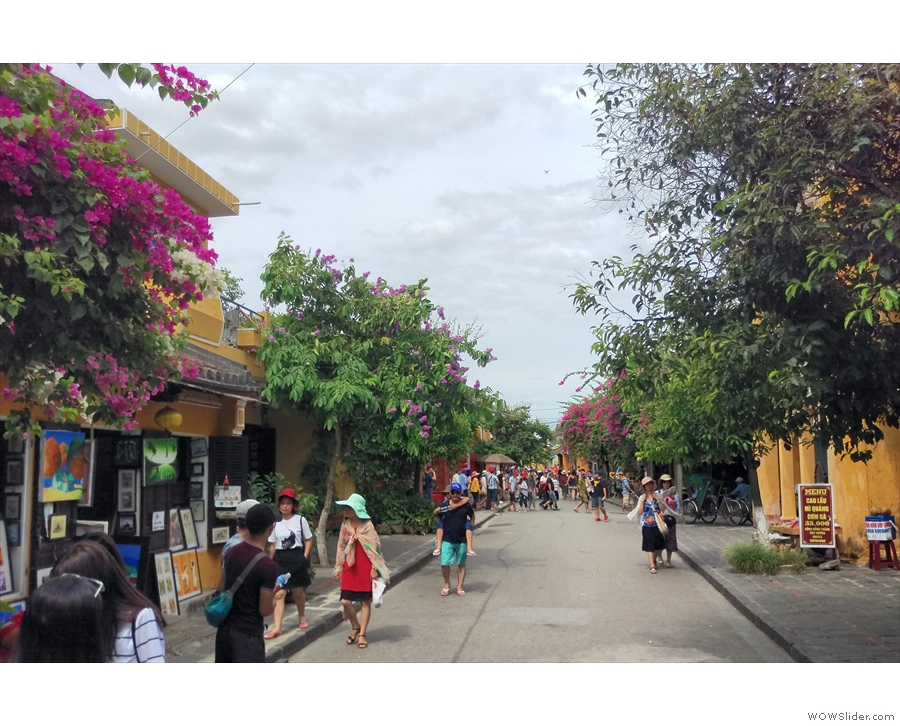
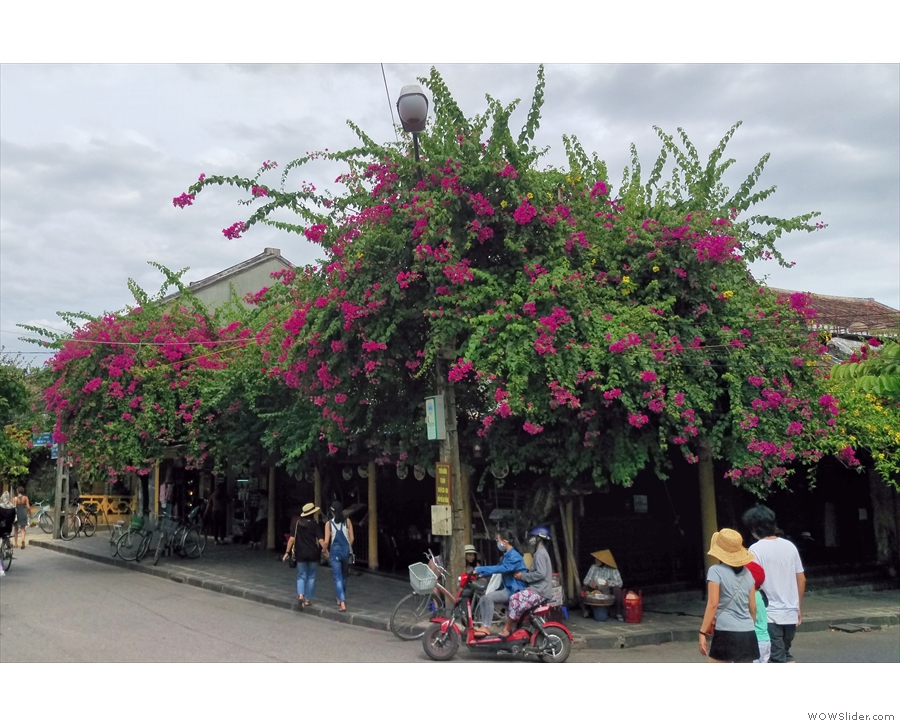
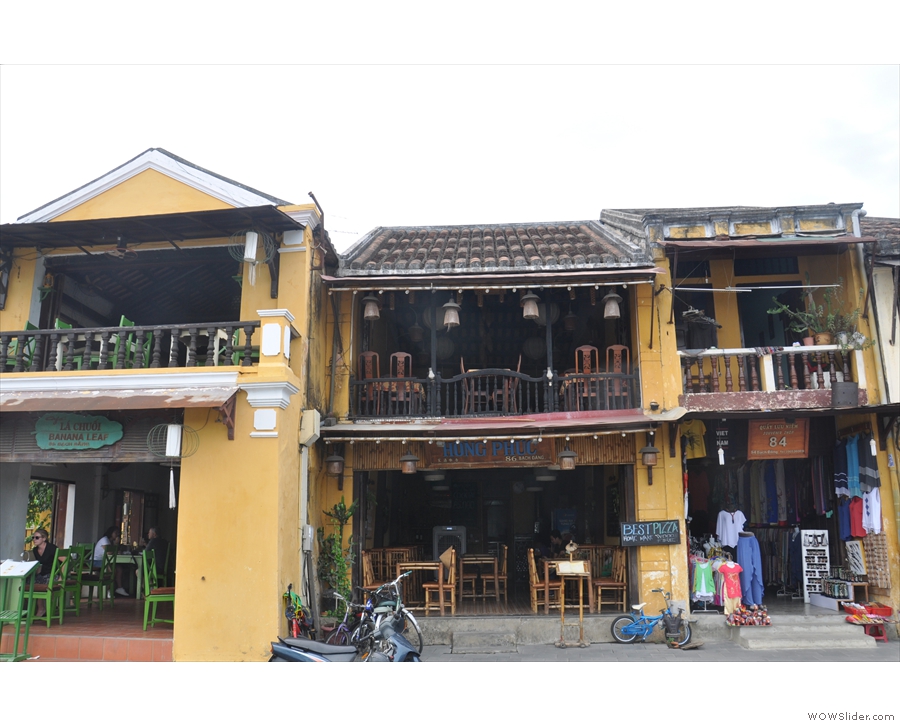
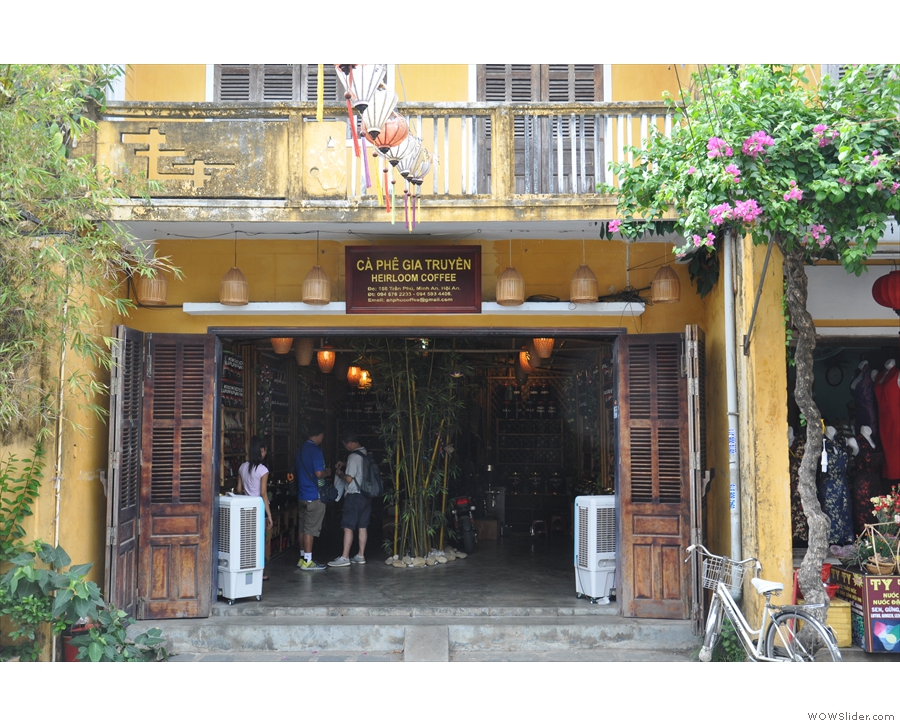
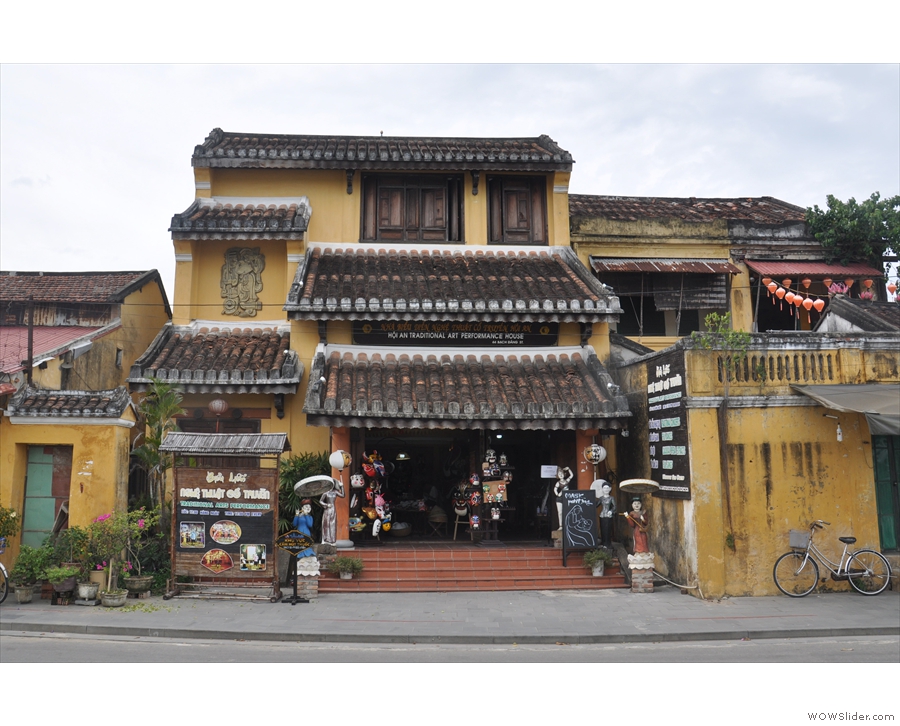
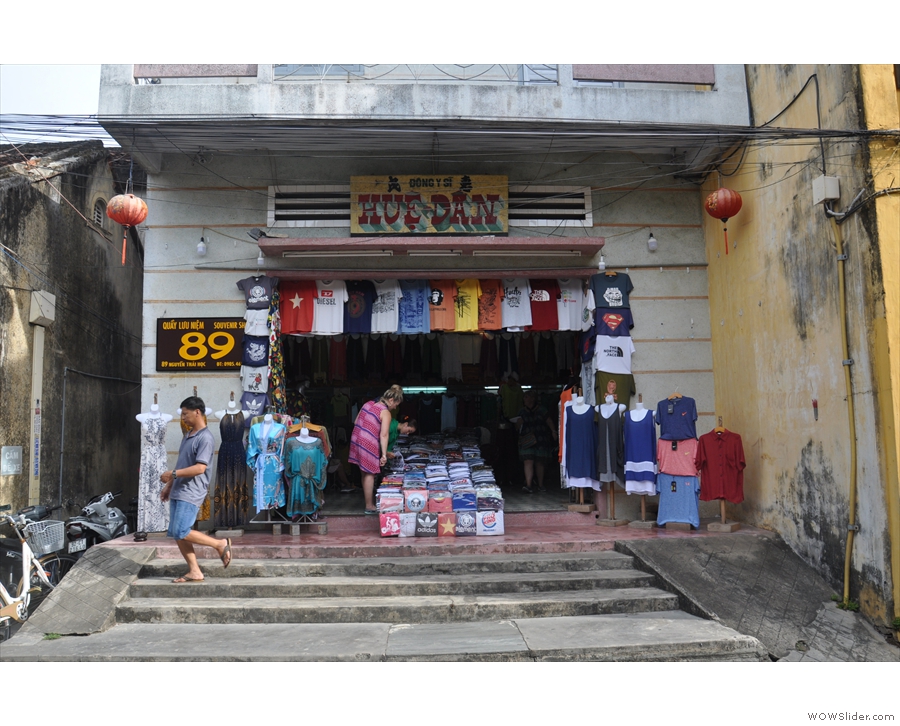
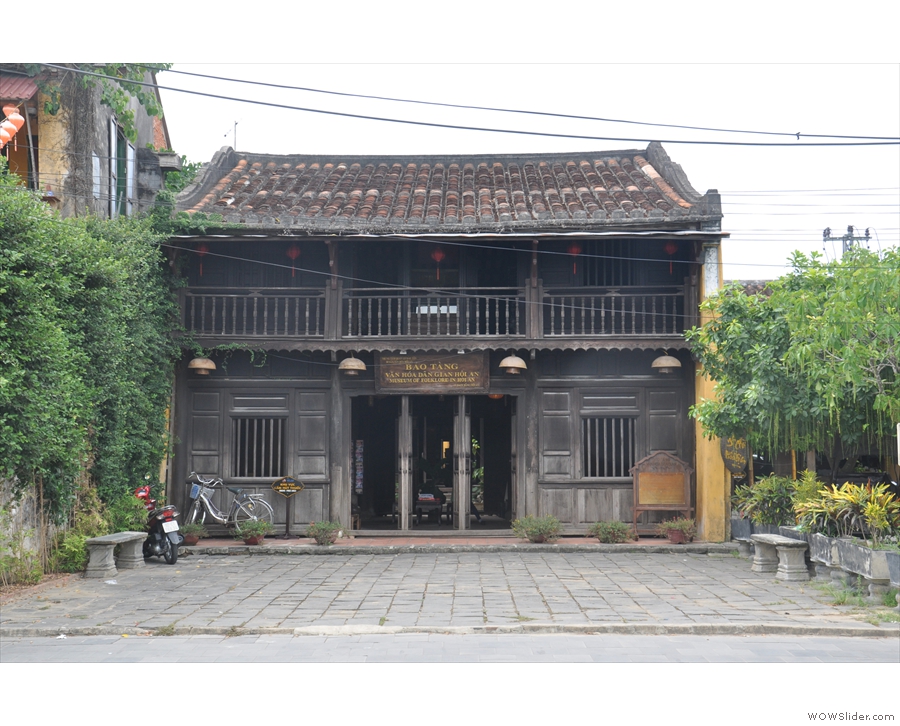
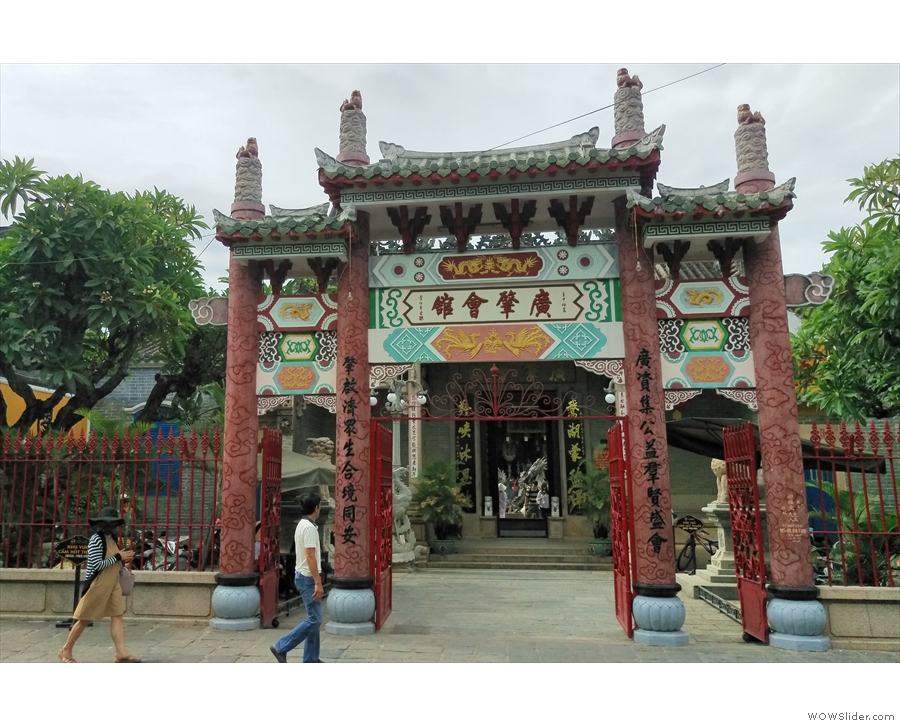
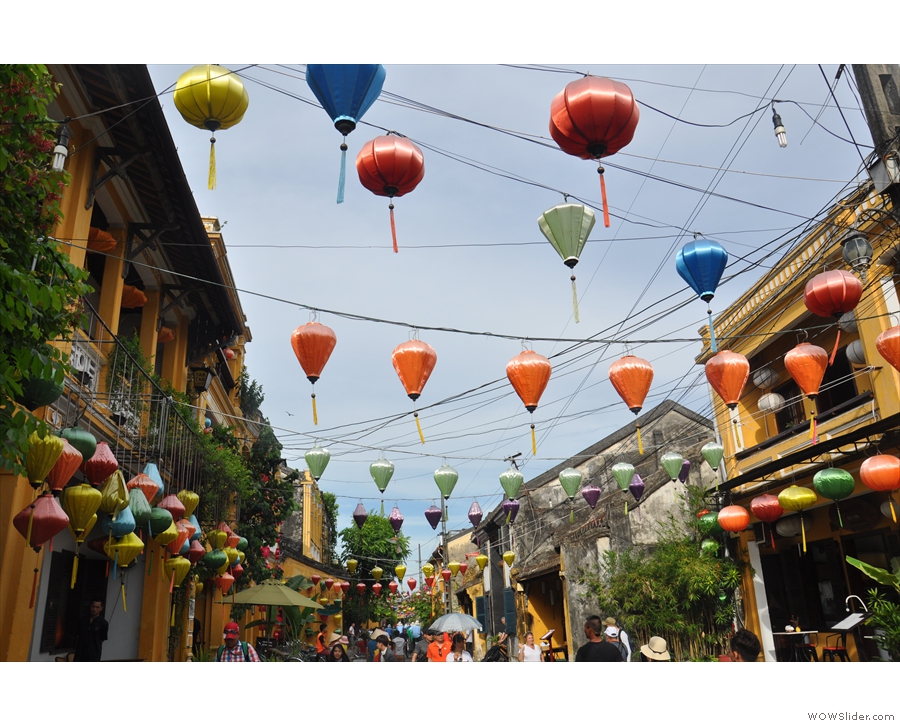
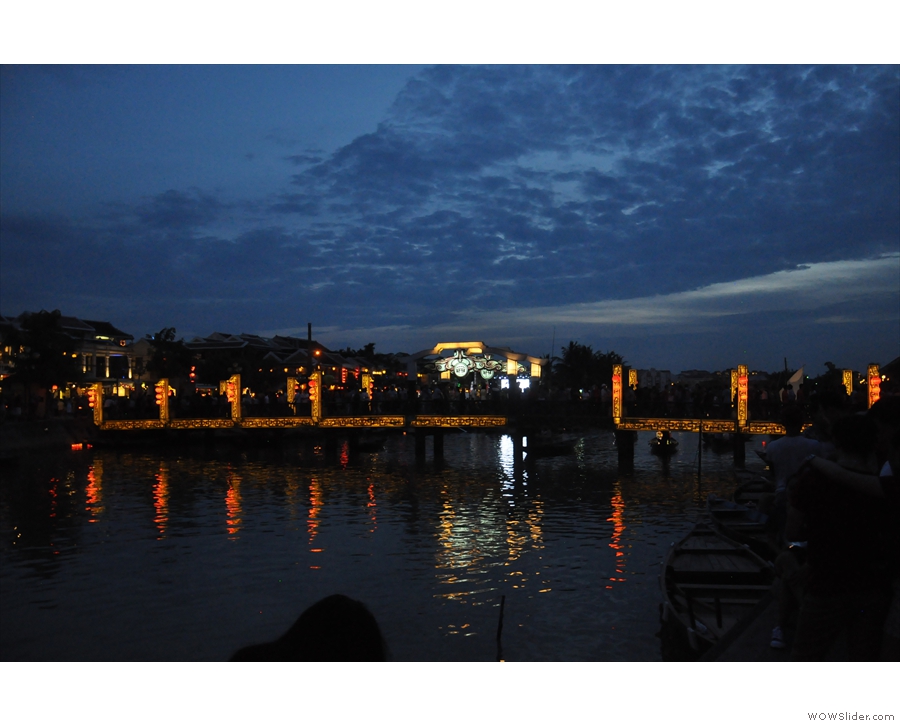
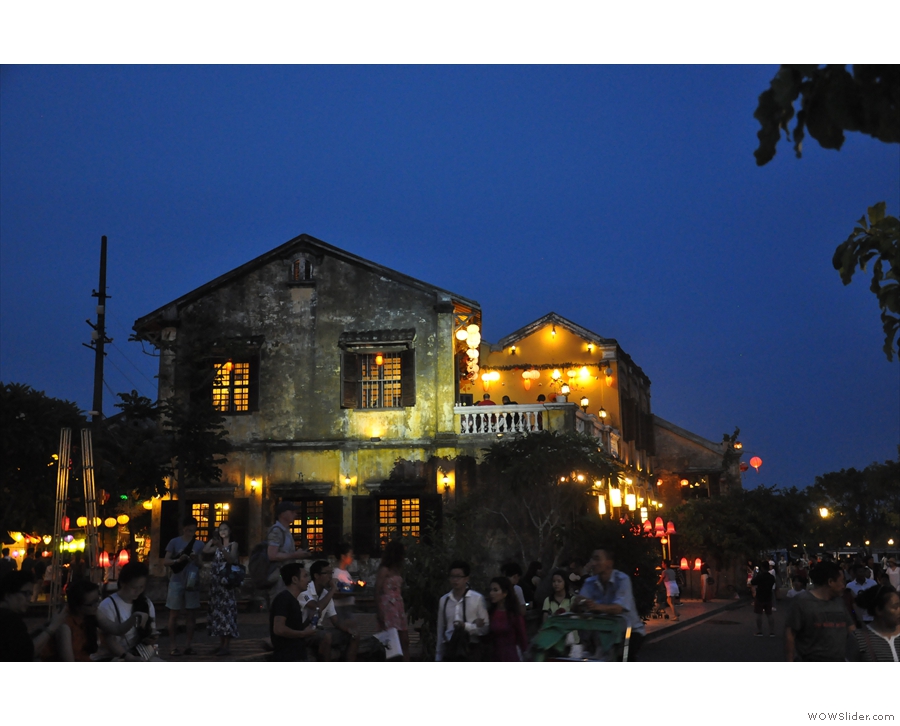
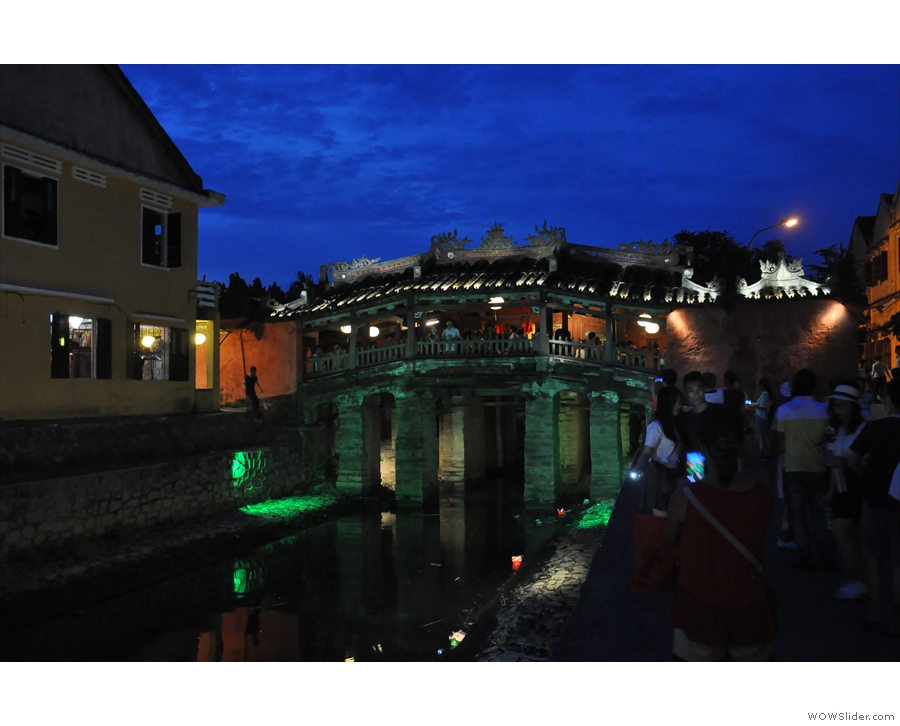
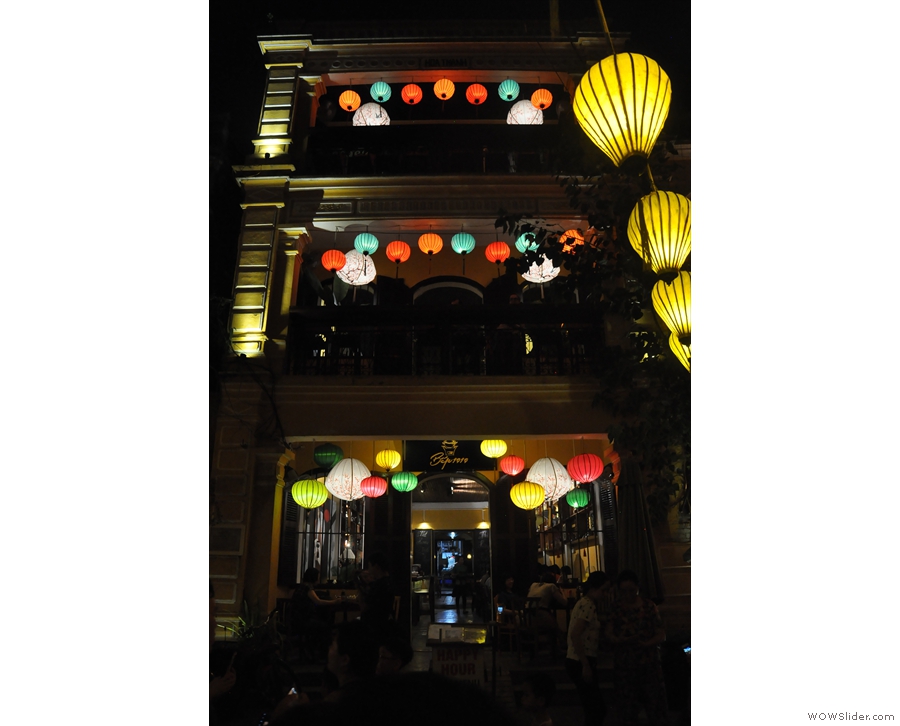
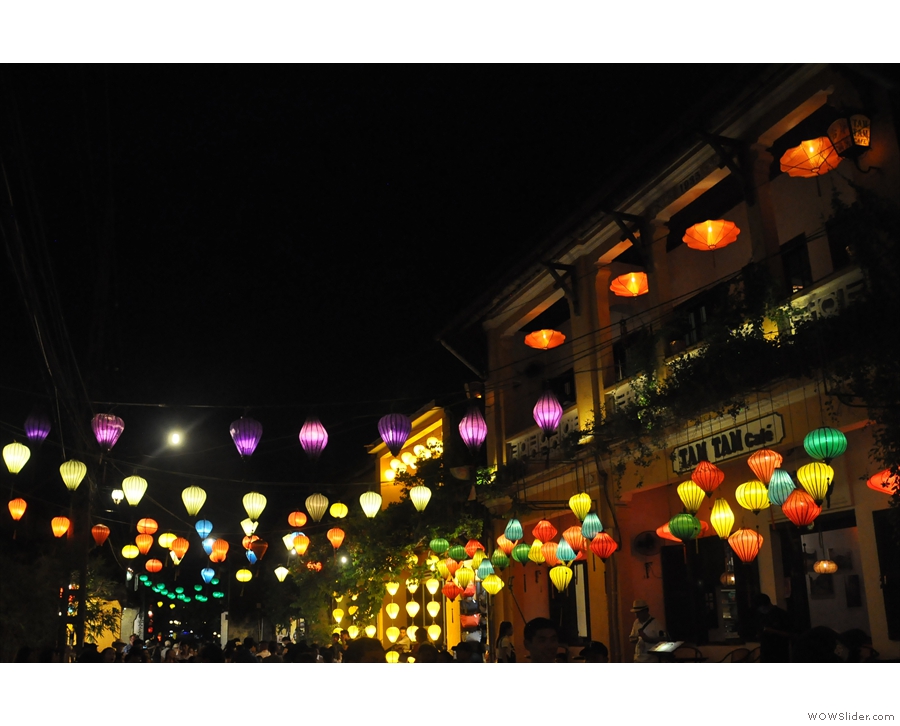
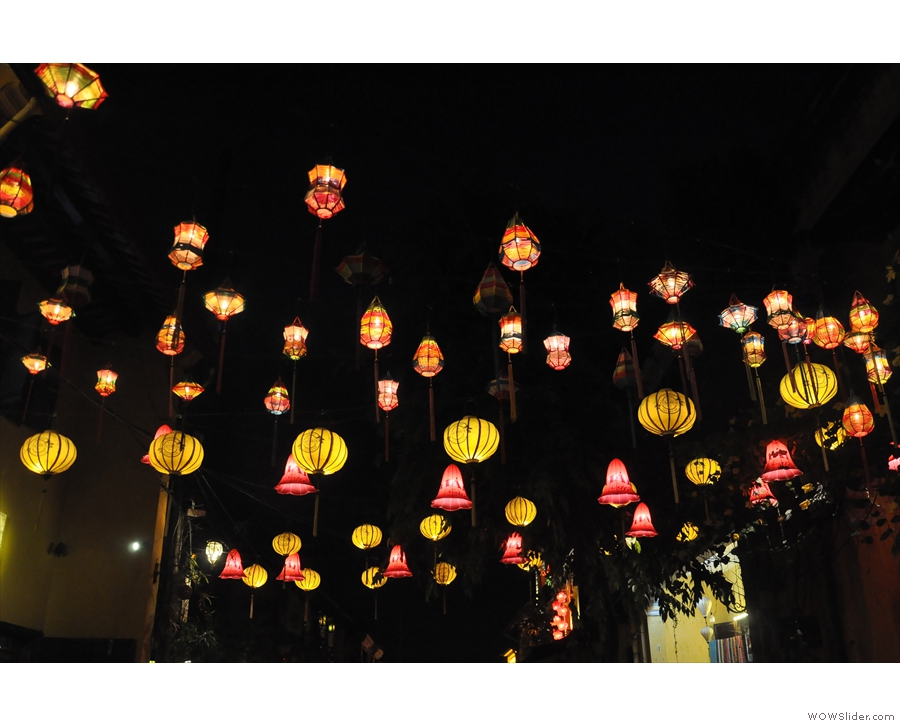
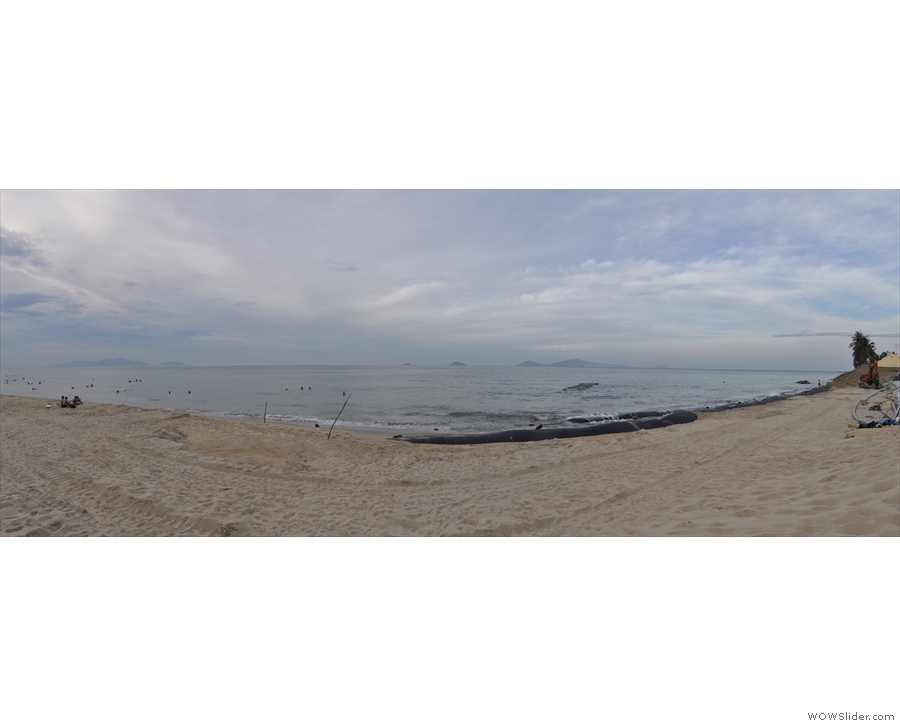
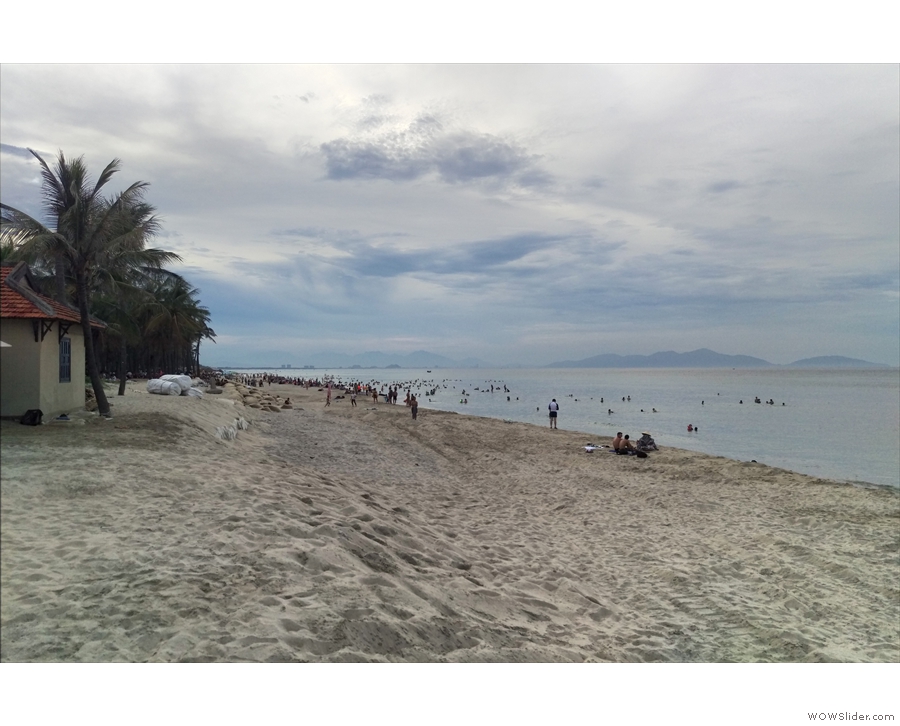
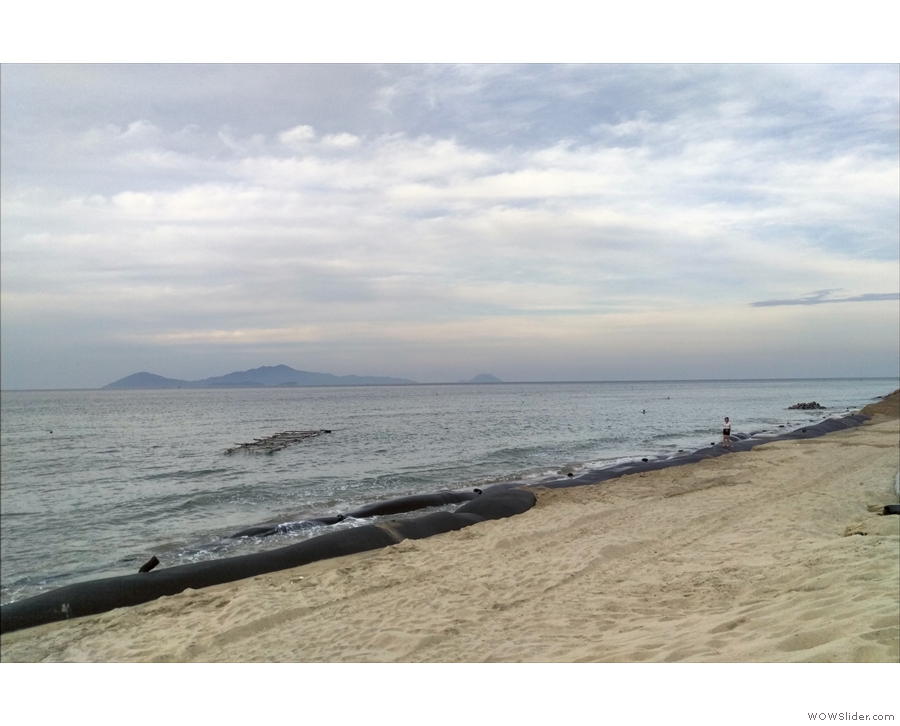
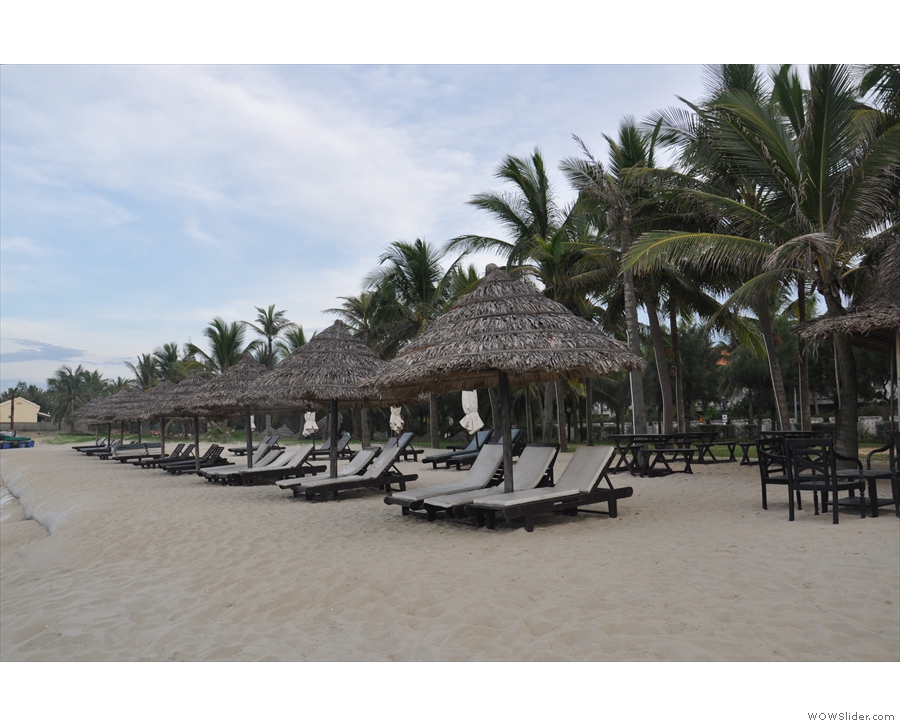
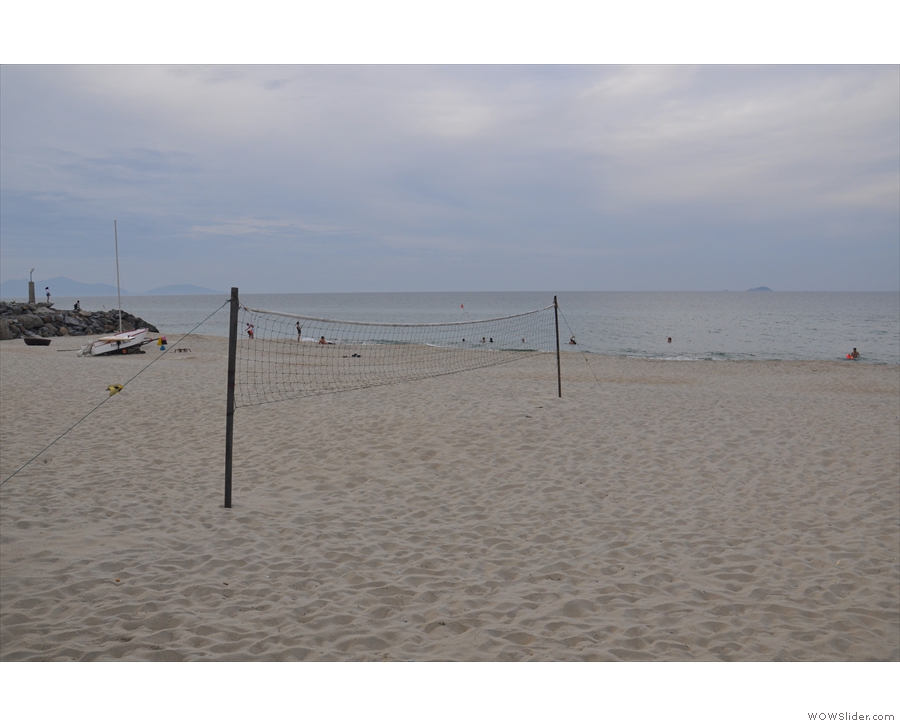
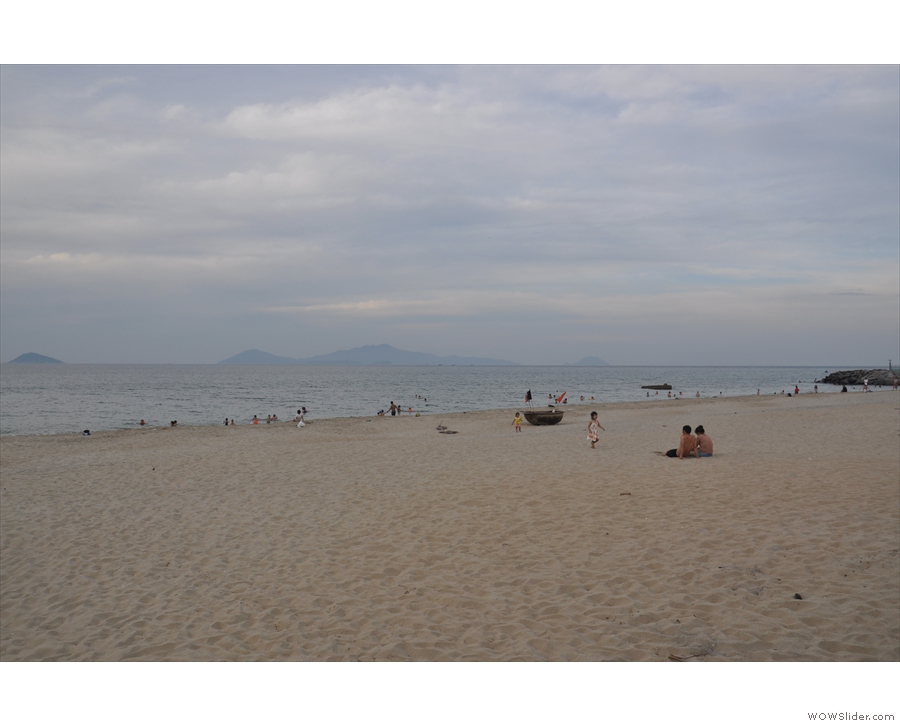
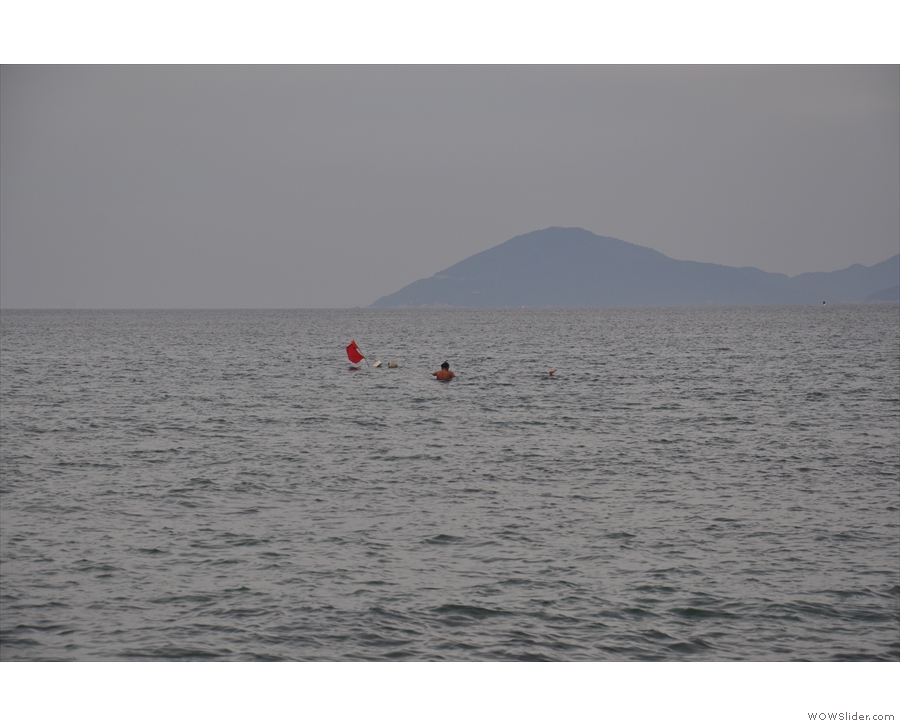
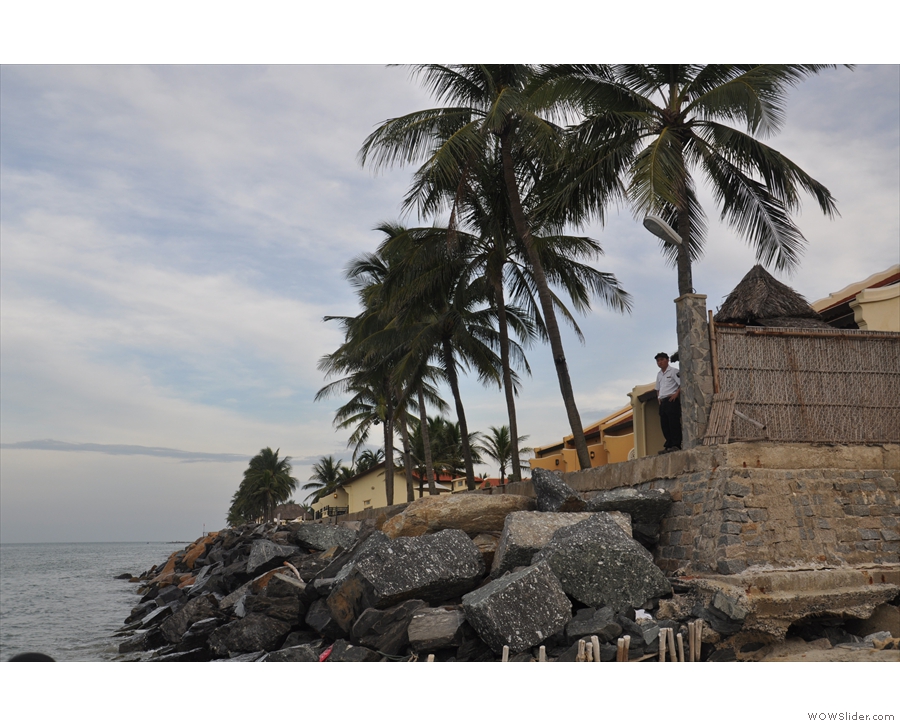
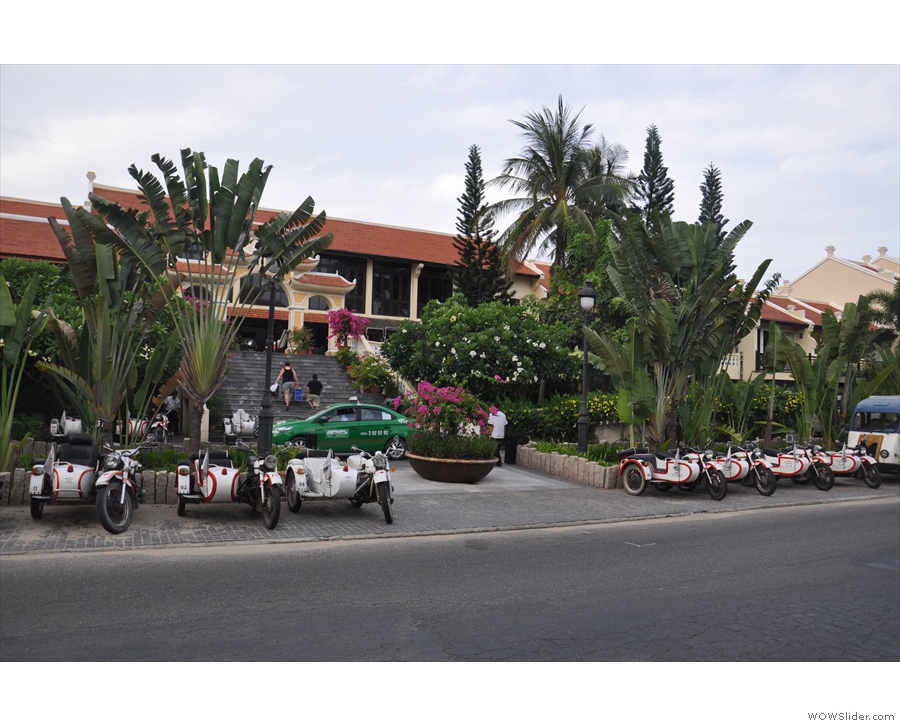
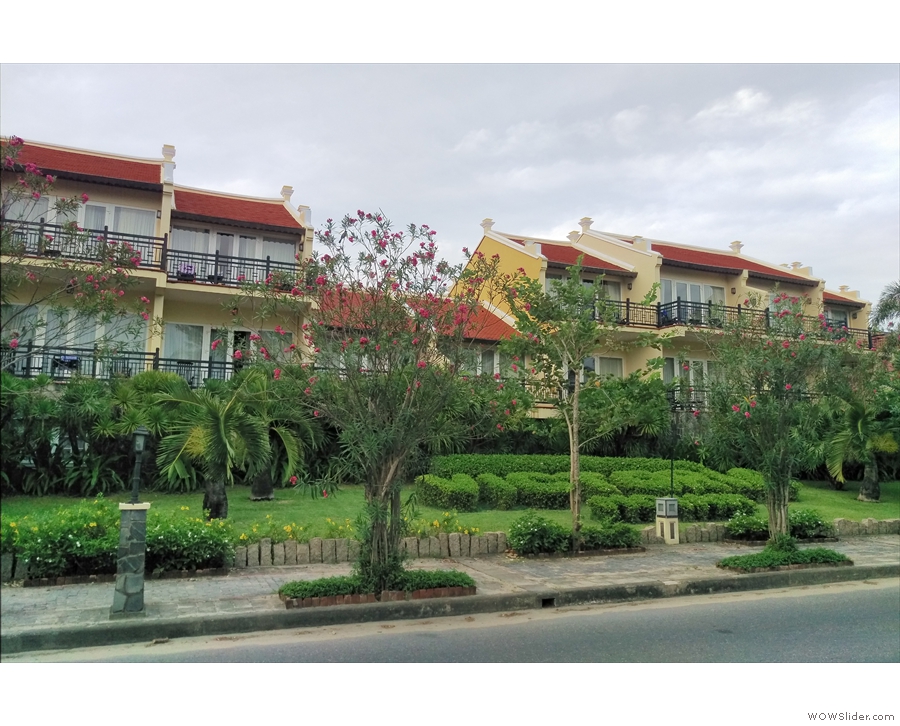
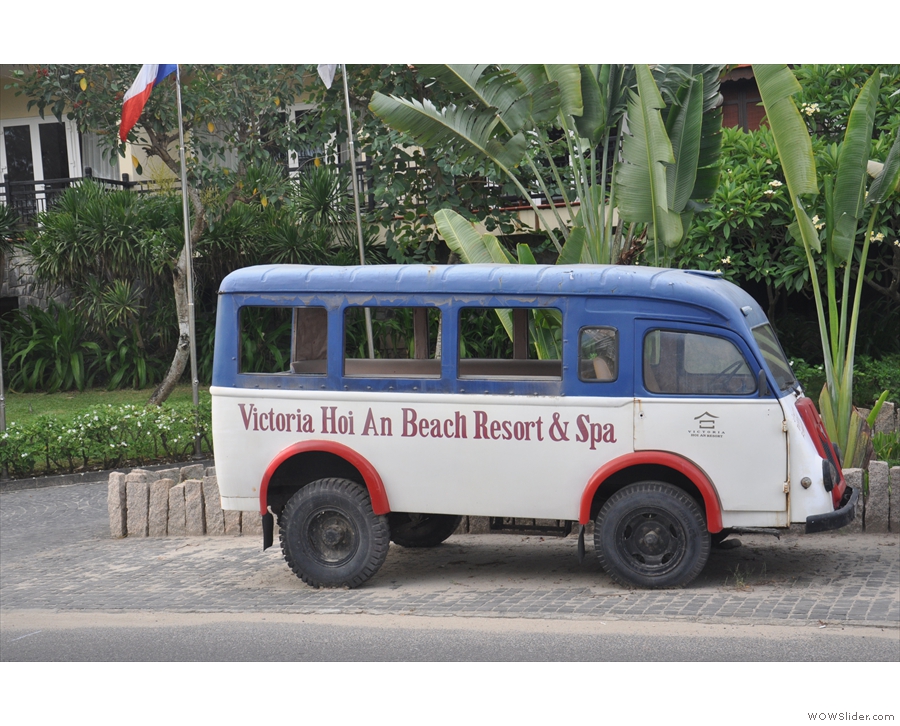
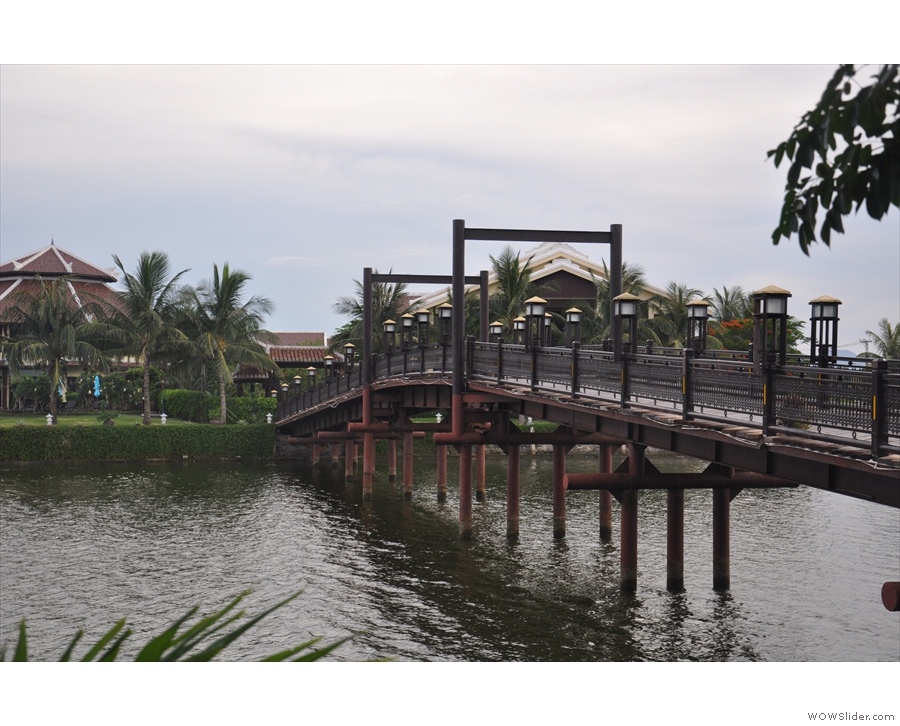
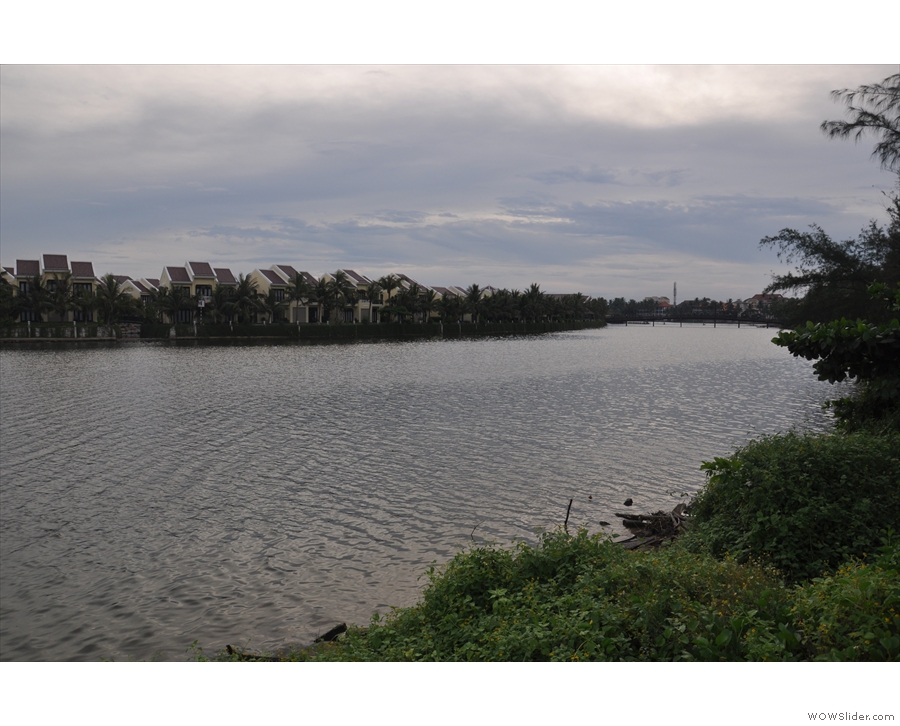
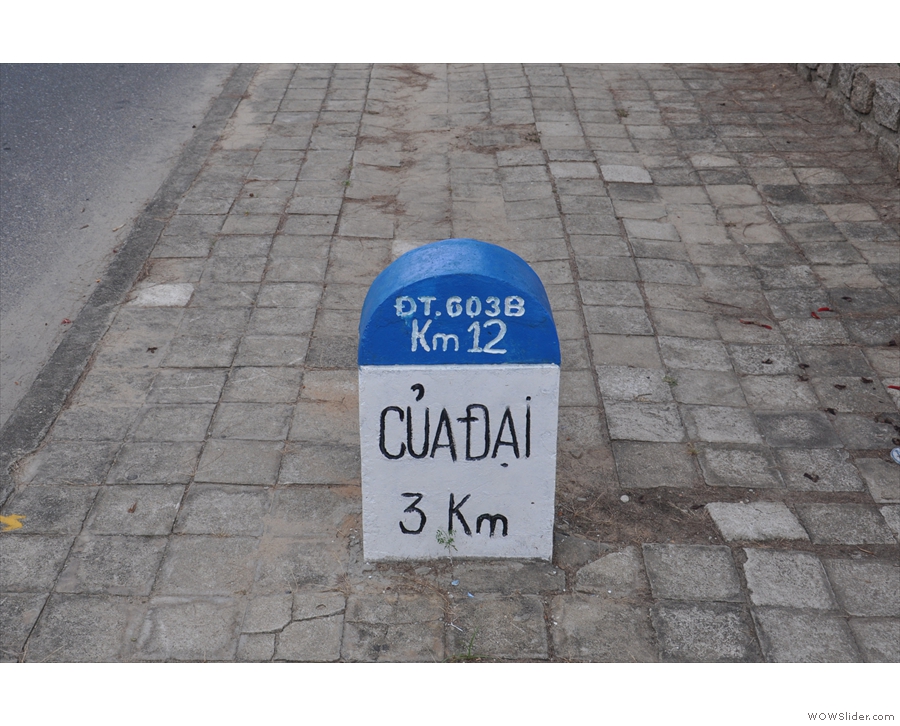
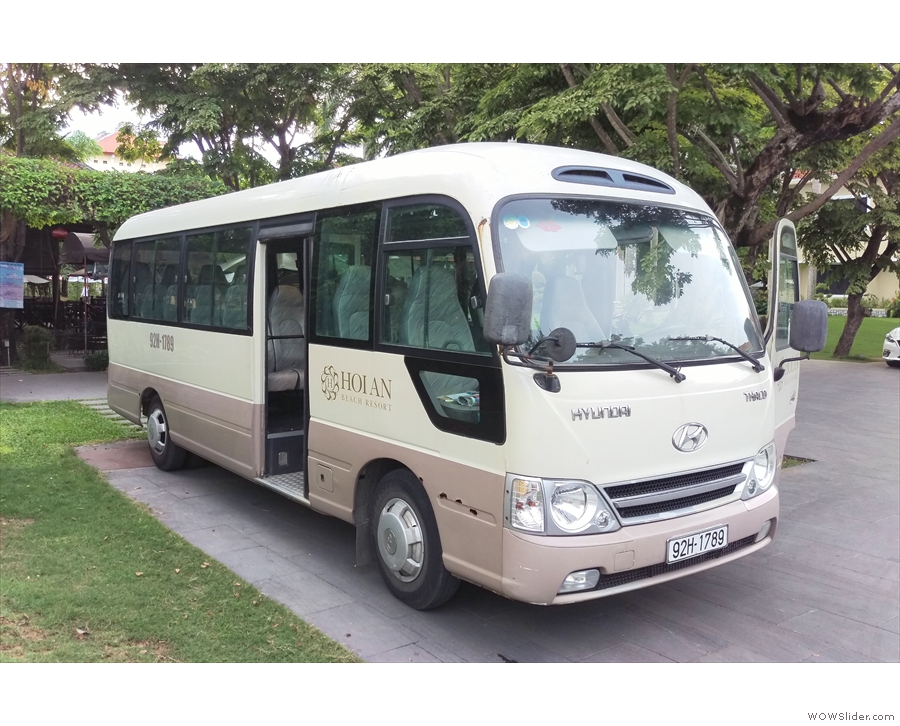
 1
1 2
2 3
3 4
4 5
5 6
6 7
7 8
8 9
9 10
10 11
11 12
12 13
13 14
14 15
15 16
16 17
17 18
18 19
19 20
20 21
21 22
22 23
23 24
24 25
25 26
26 27
27 28
28 29
29 30
30 31
31 32
32 33
33 34
34 35
35 36
36 37
37 38
38 39
39 40
40 41
41 42
42 43
43 44
44 45
45 46
46 47
47 48
48 49
49 50
50 51
51 52
52 53
53 54
54 55
55 56
56 57
57 58
58 59
59 60
60 61
61 62
62 63
63 64
64 65
65 66
66 67
67 68
68 69
69 70
70 71
71 72
72 73
73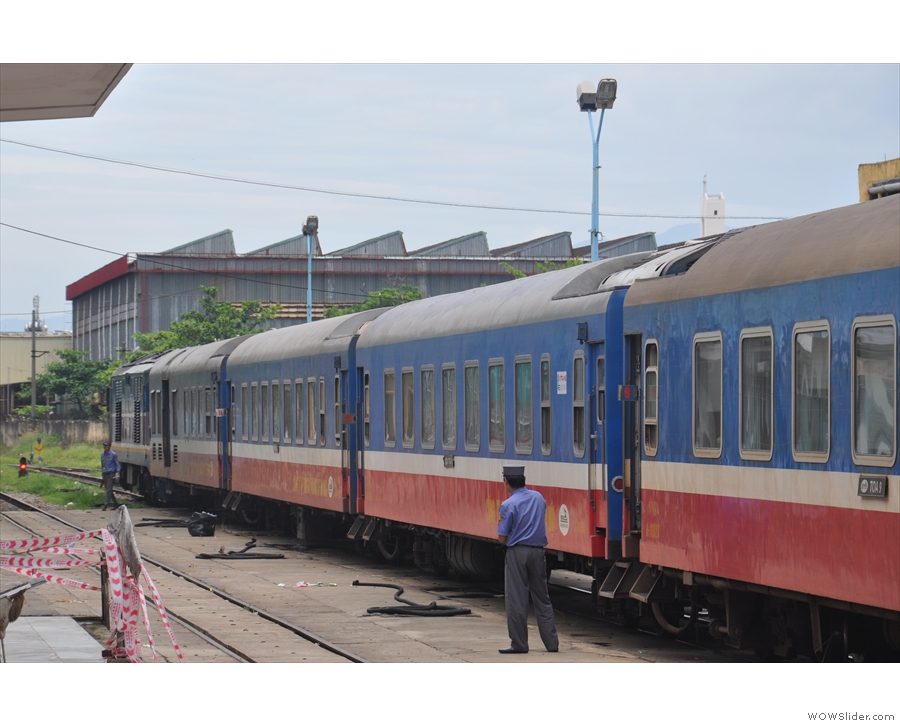
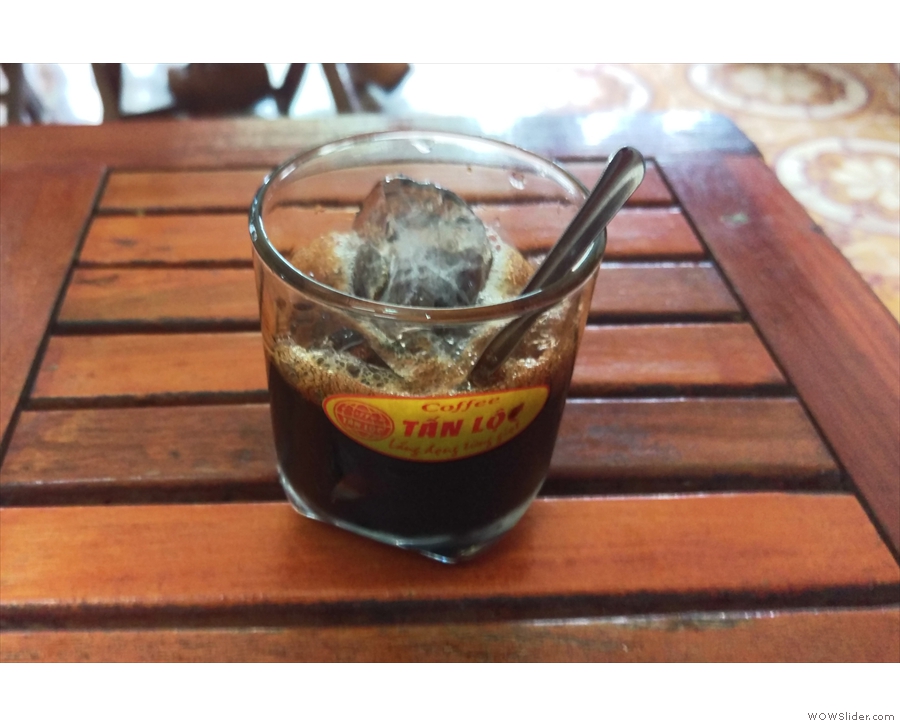
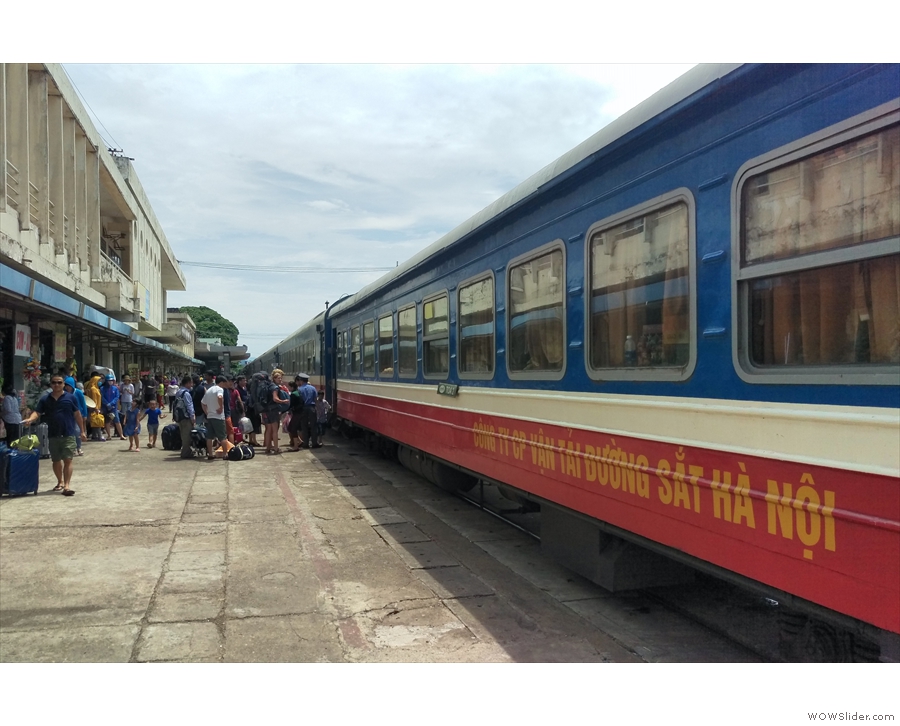
 1
1 2
2 3
3
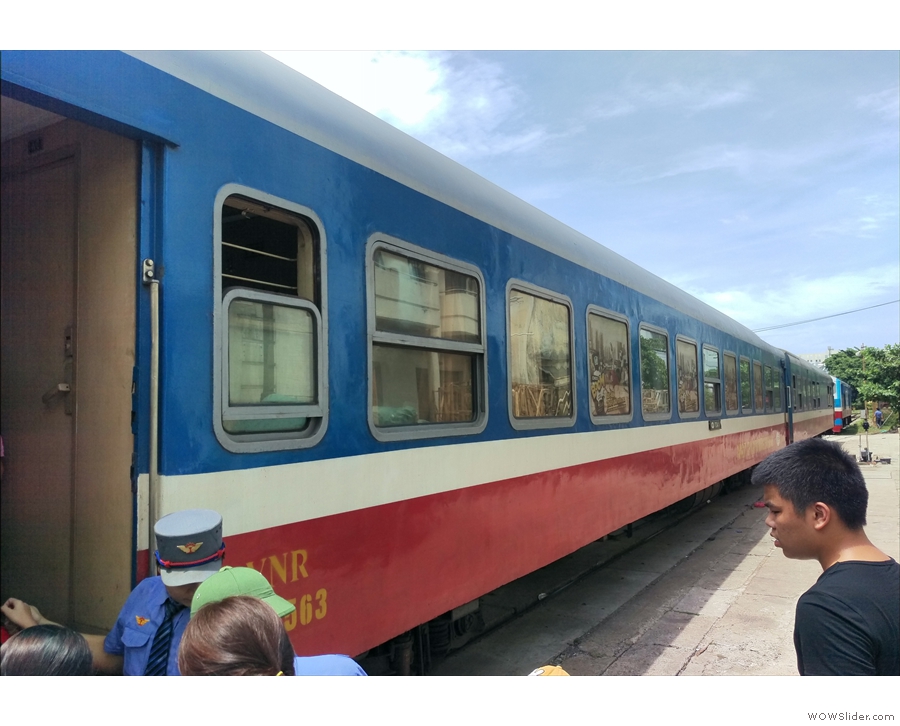
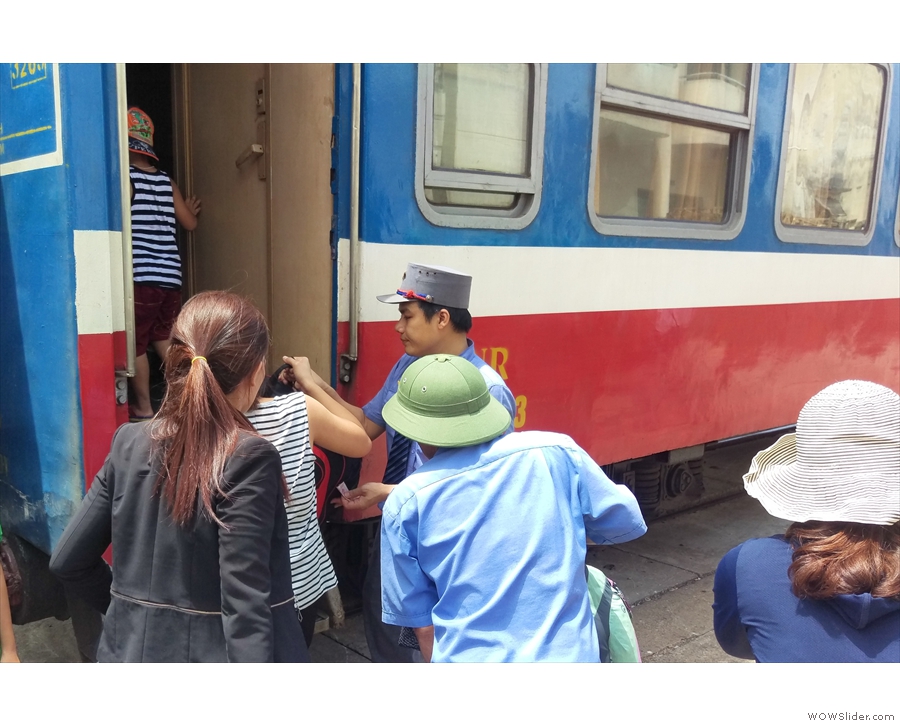
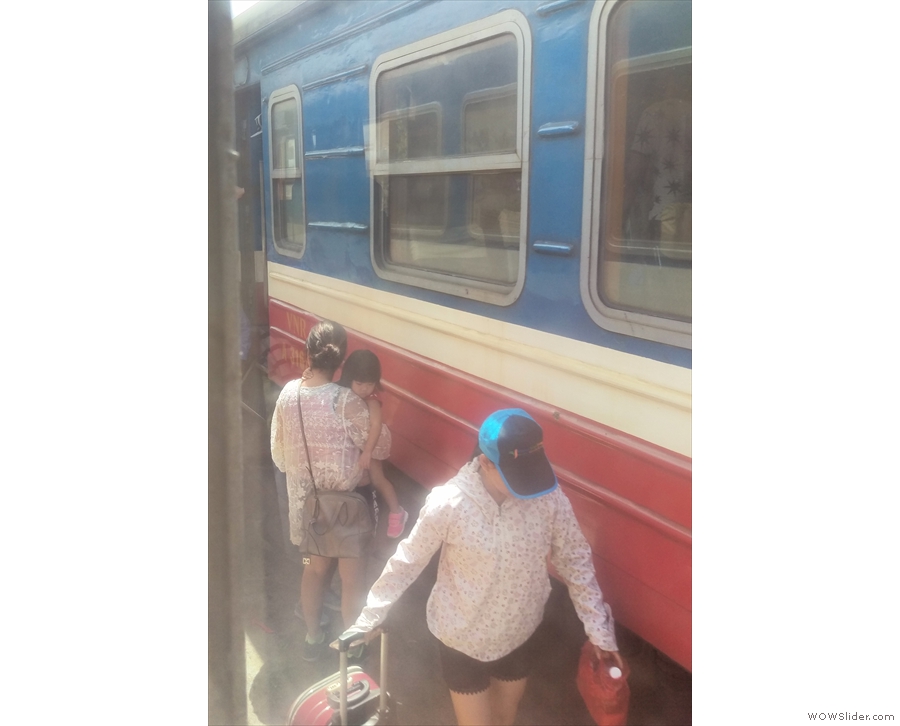

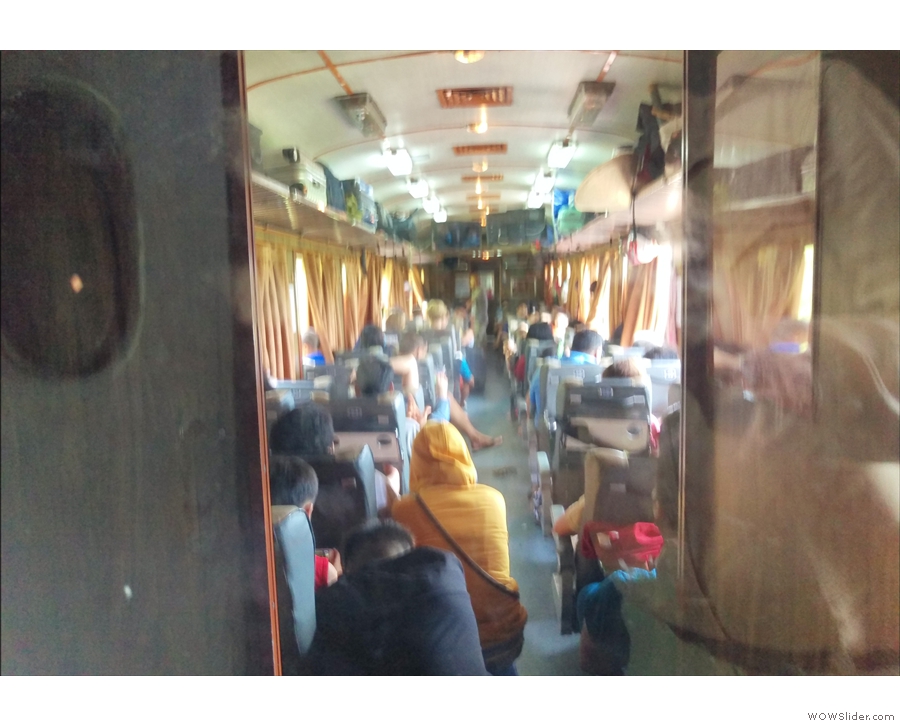
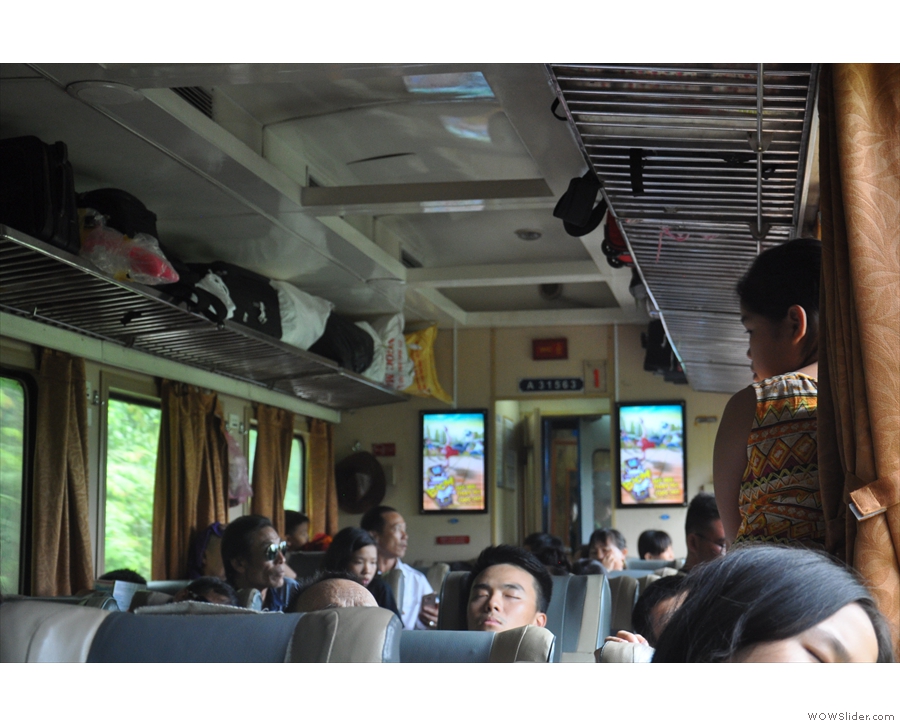
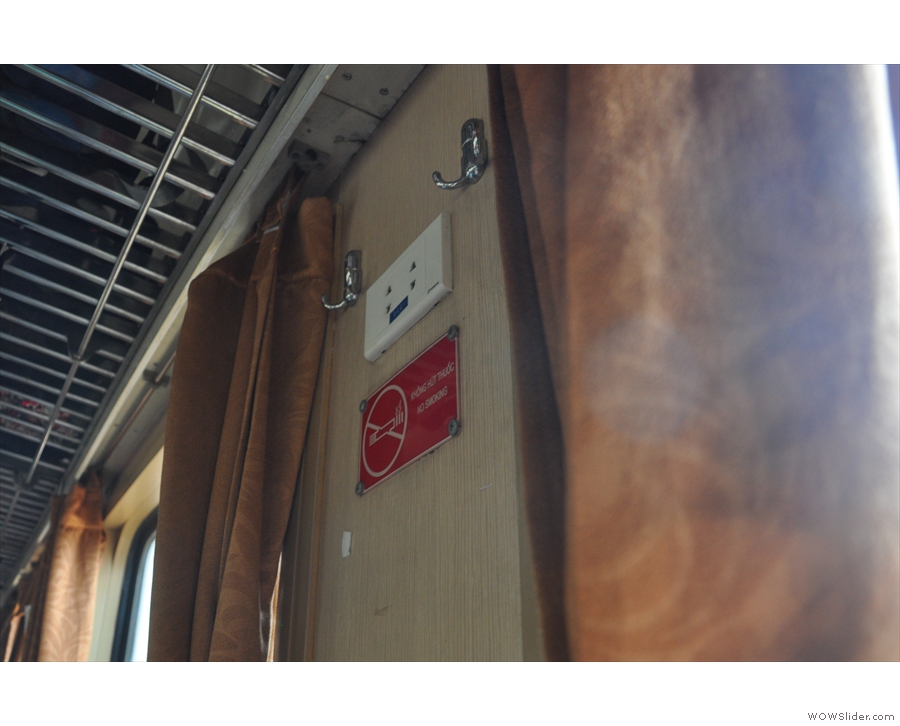
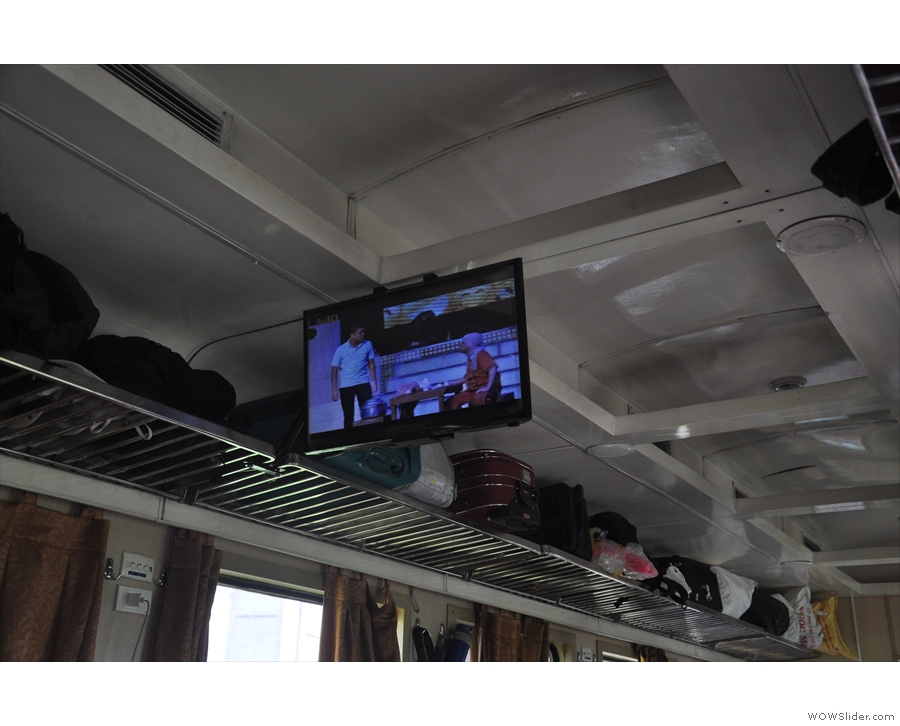
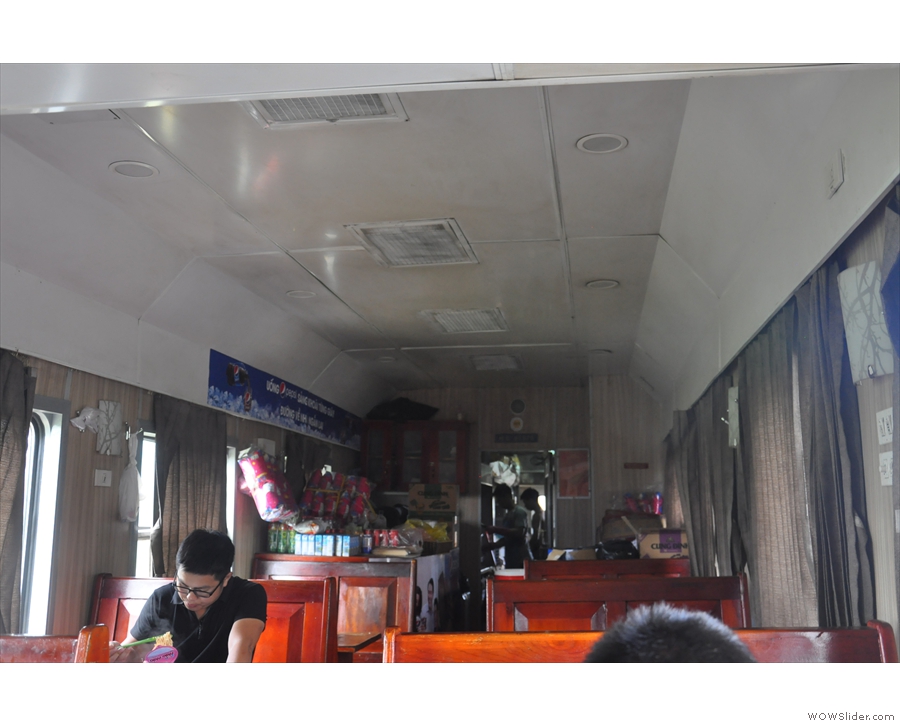
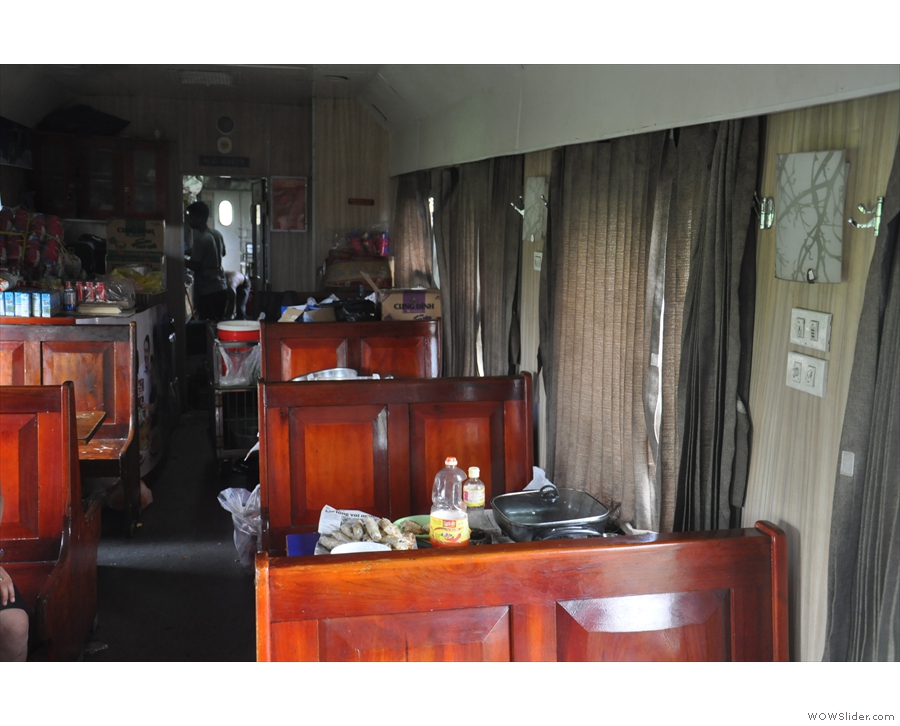
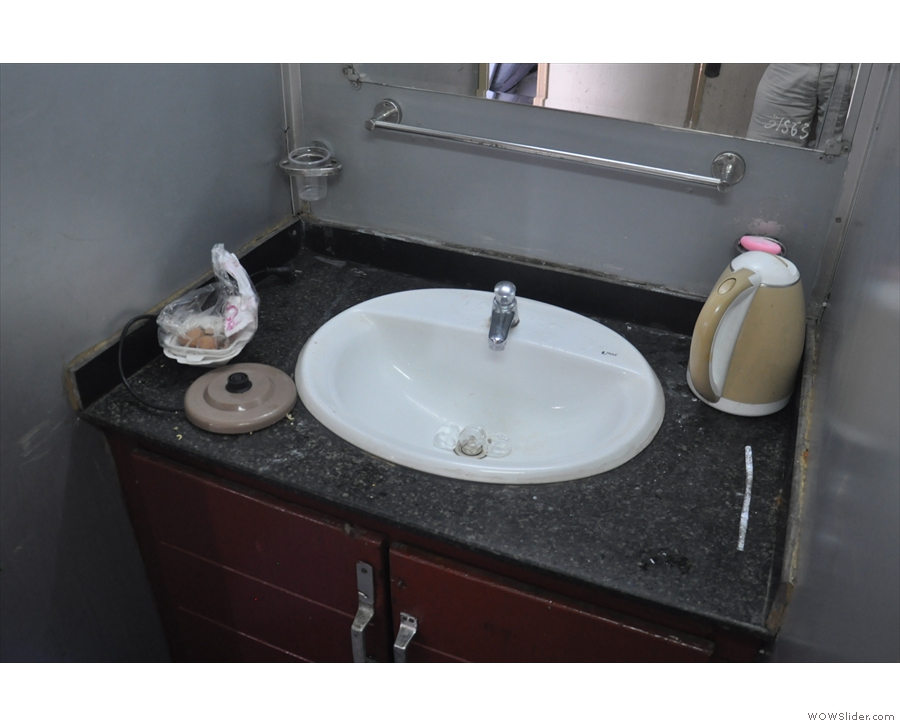
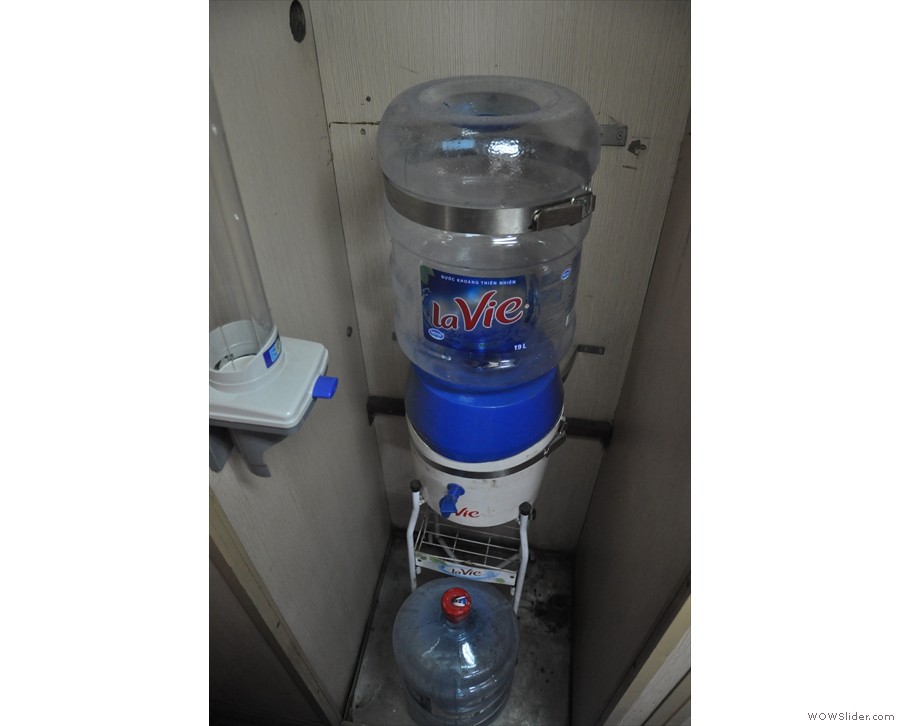
 1
1 2
2 3
3 4
4 5
5 6
6 7
7 8
8 9
9 10
10 11
11 12
12 13
13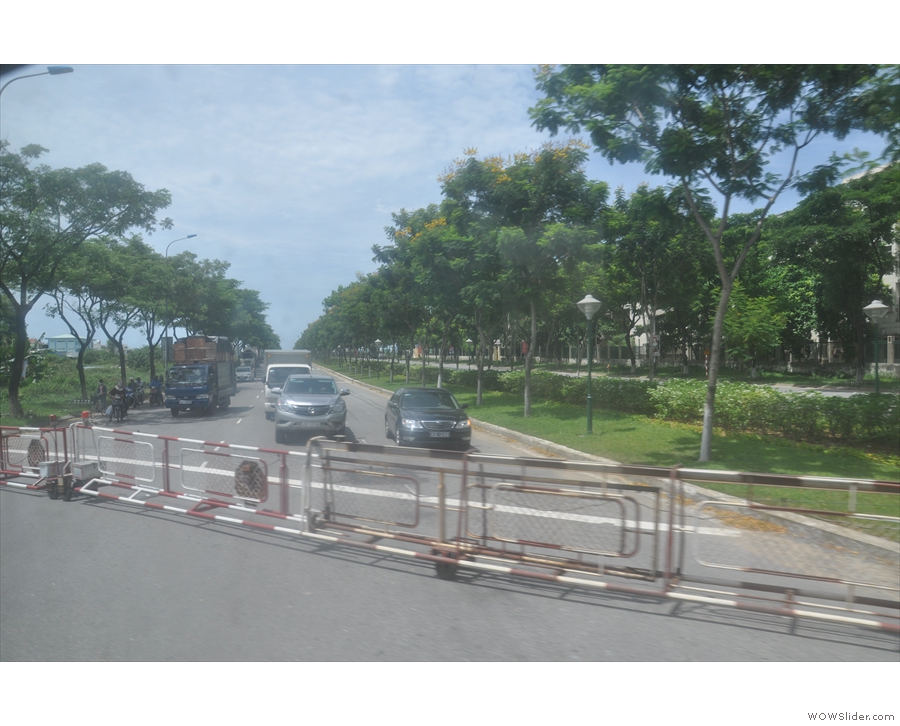
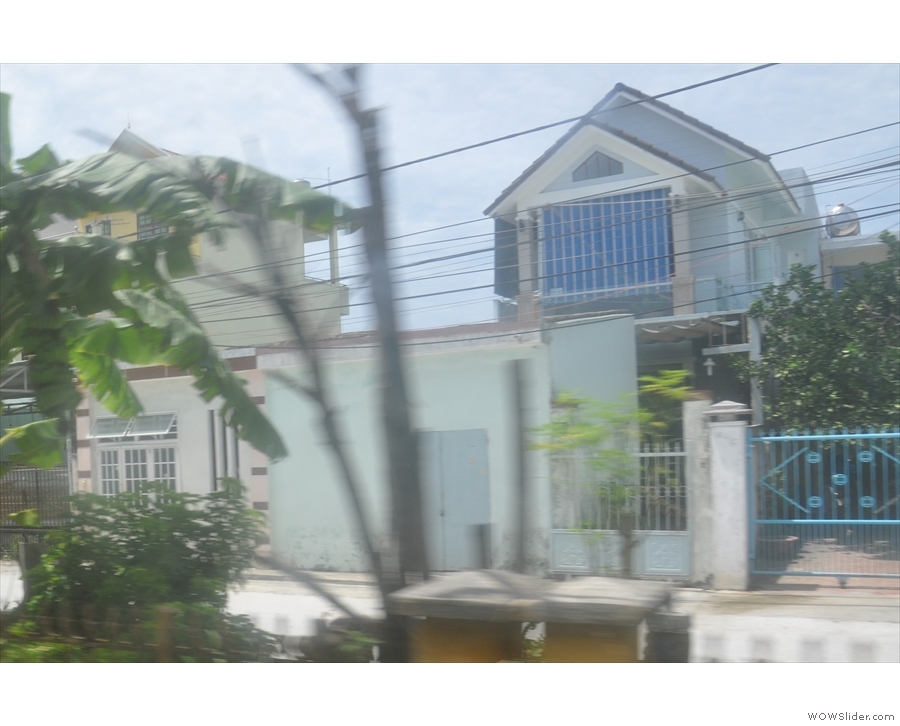
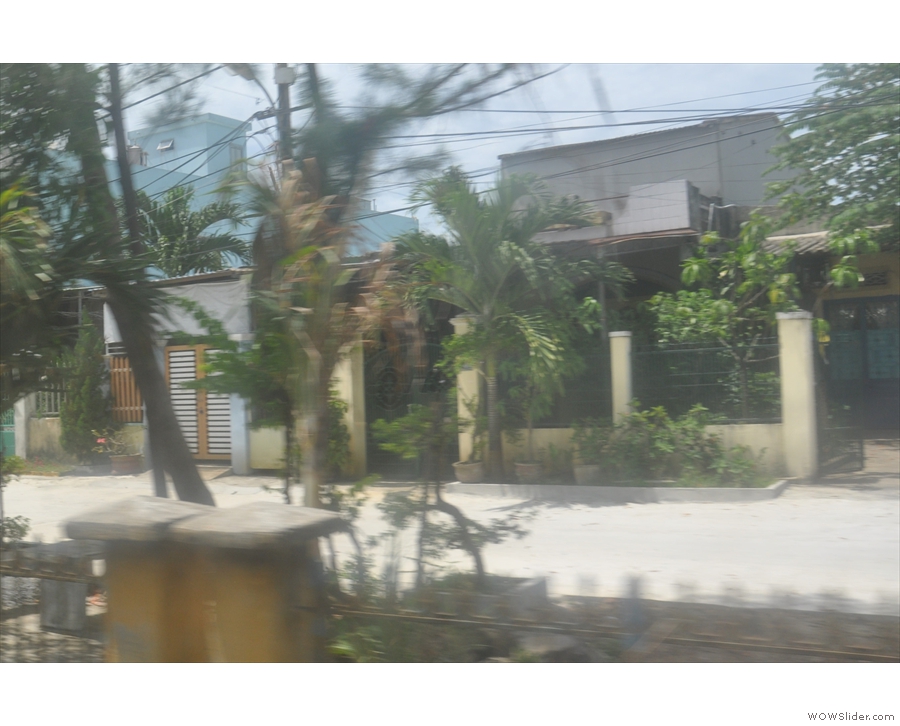
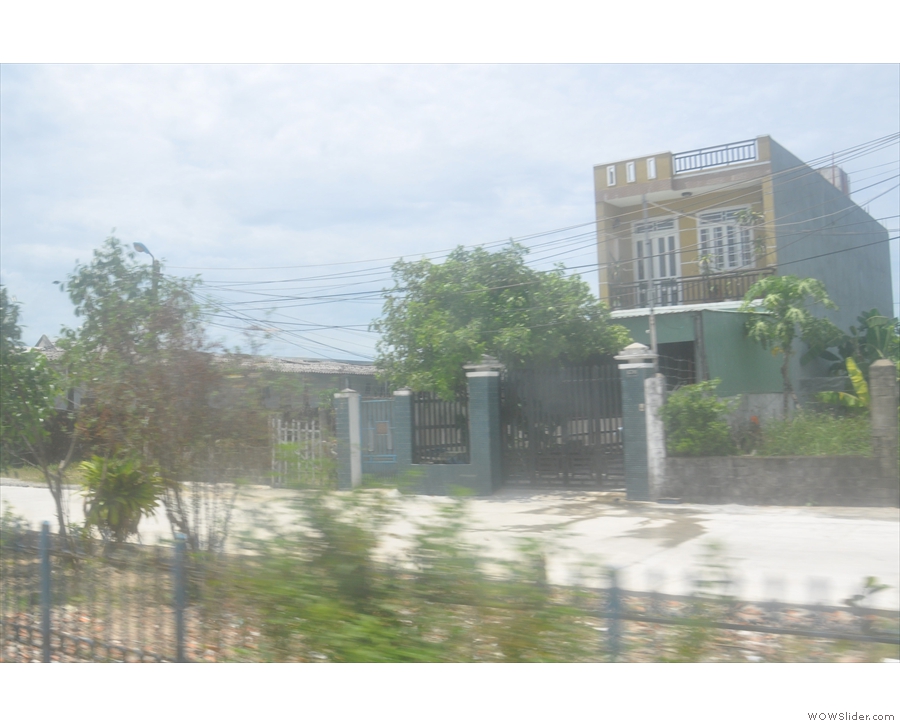
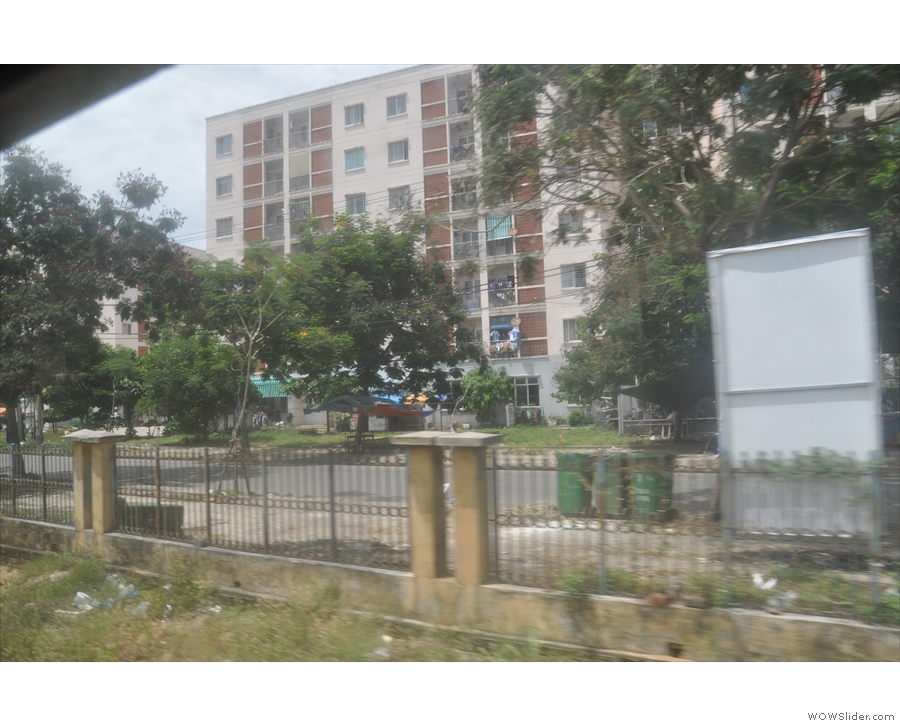
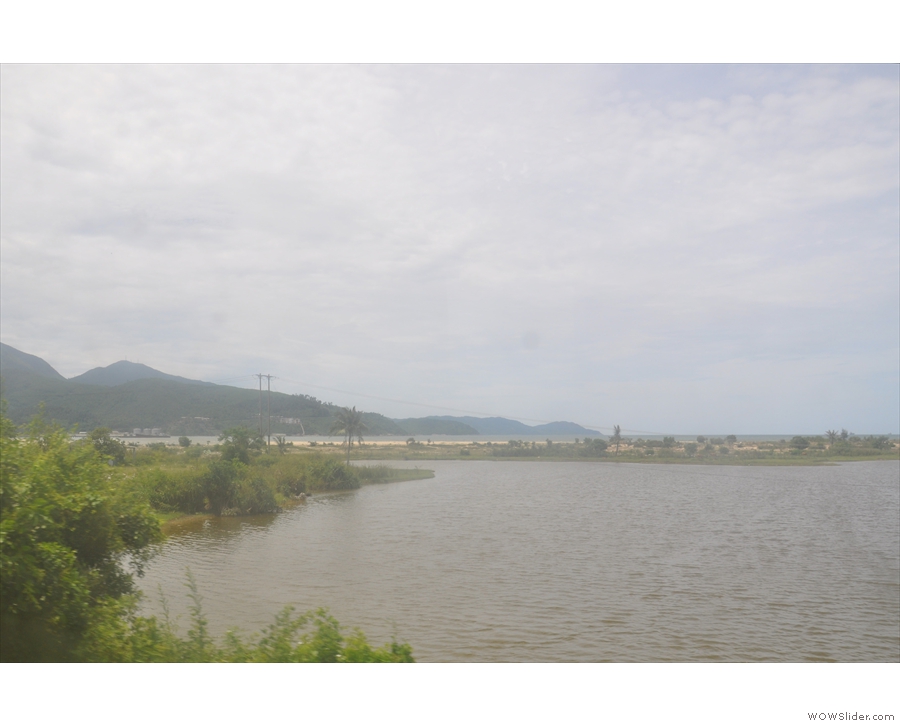
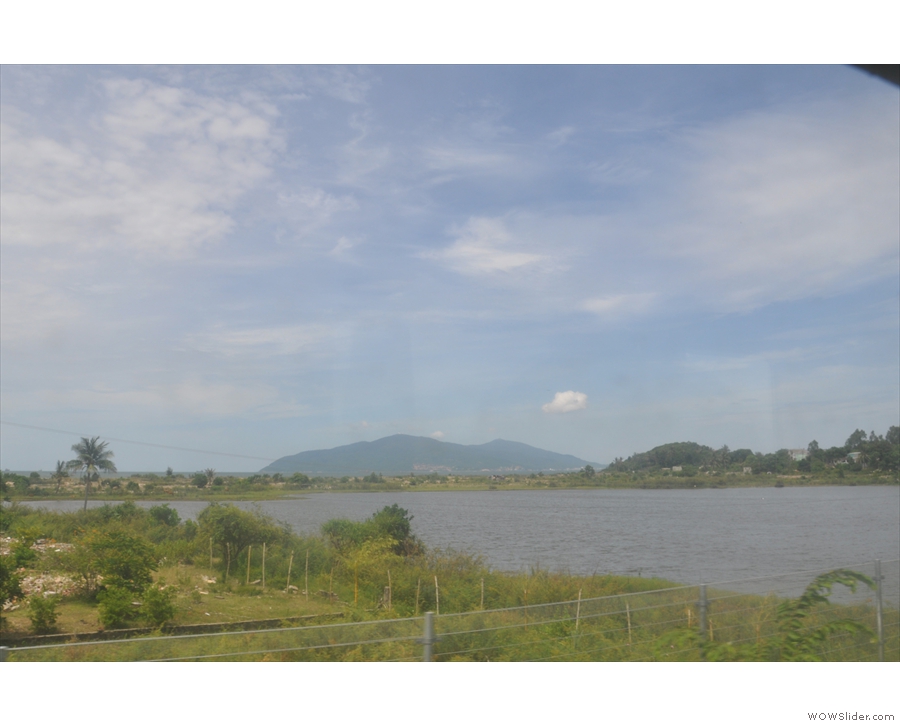
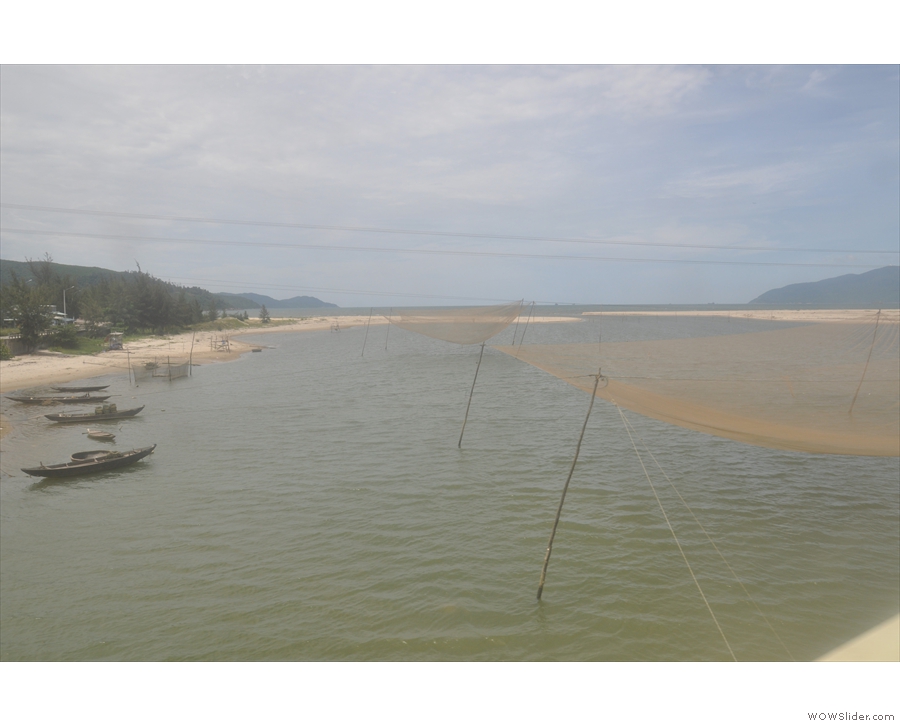
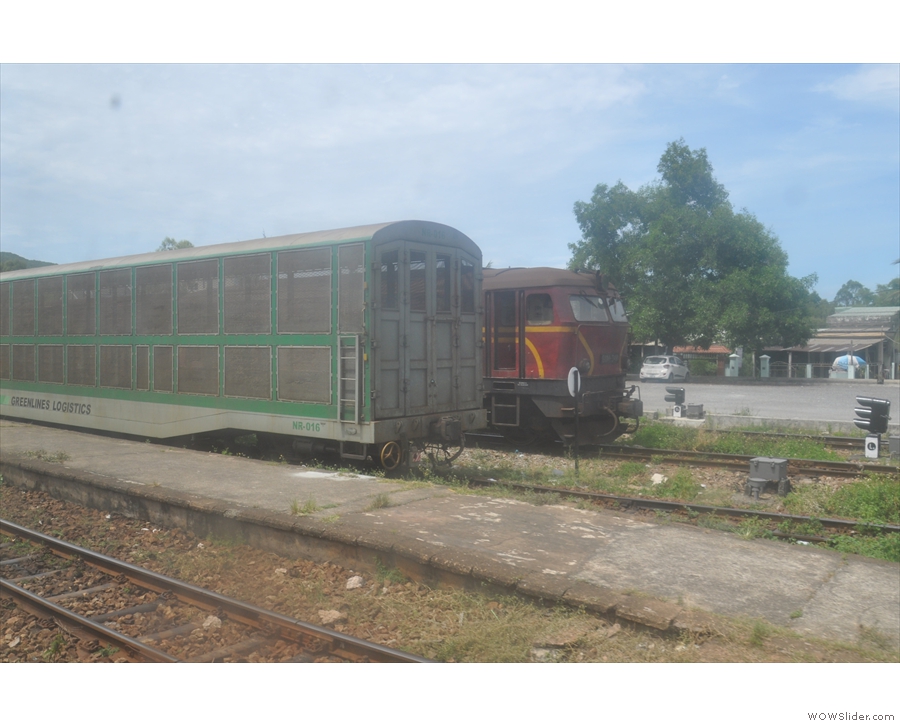
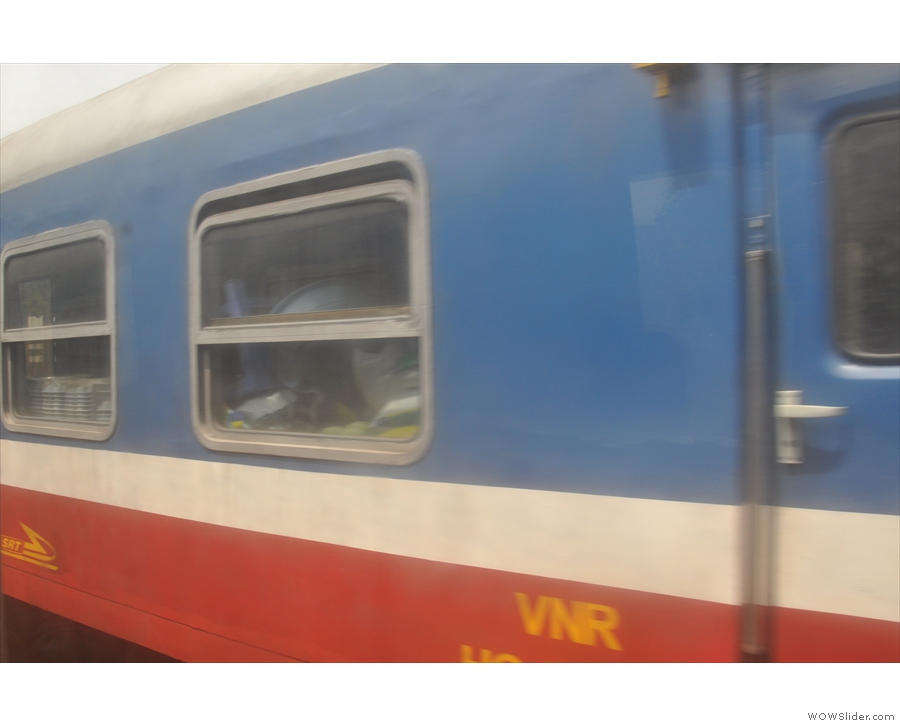
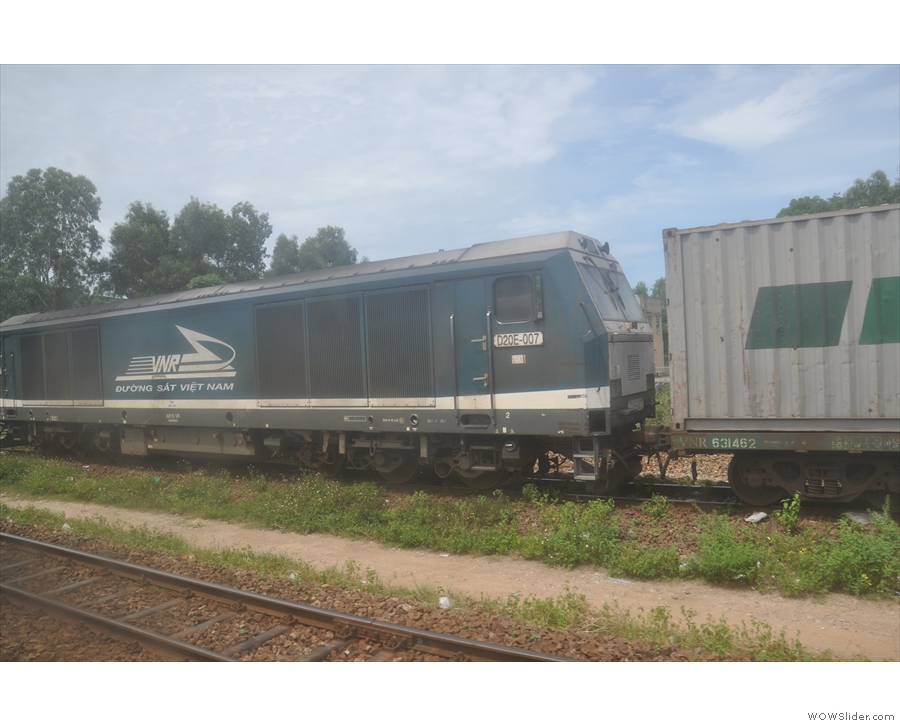
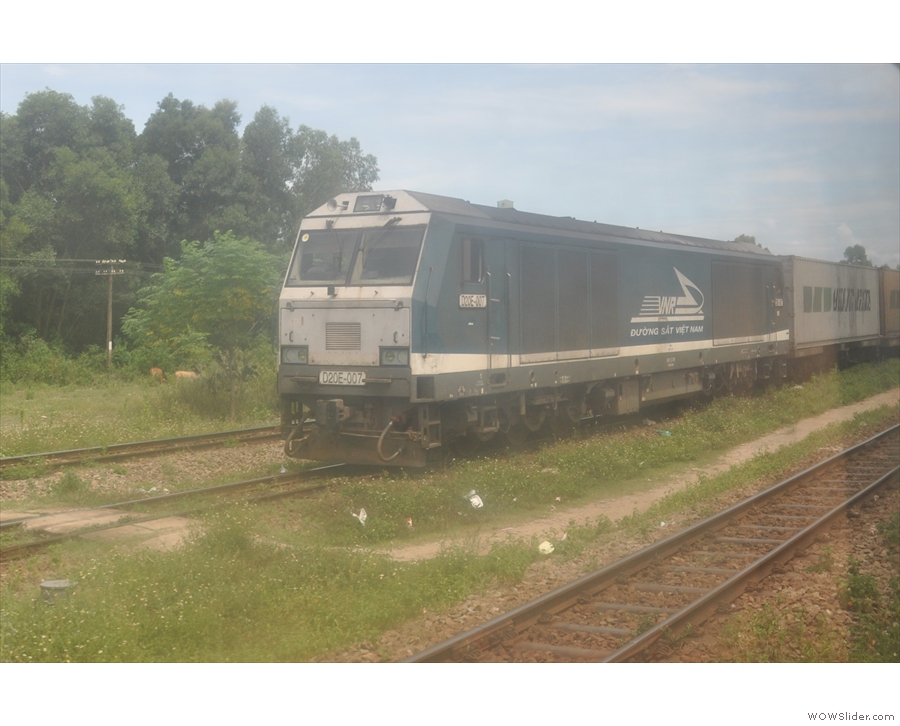
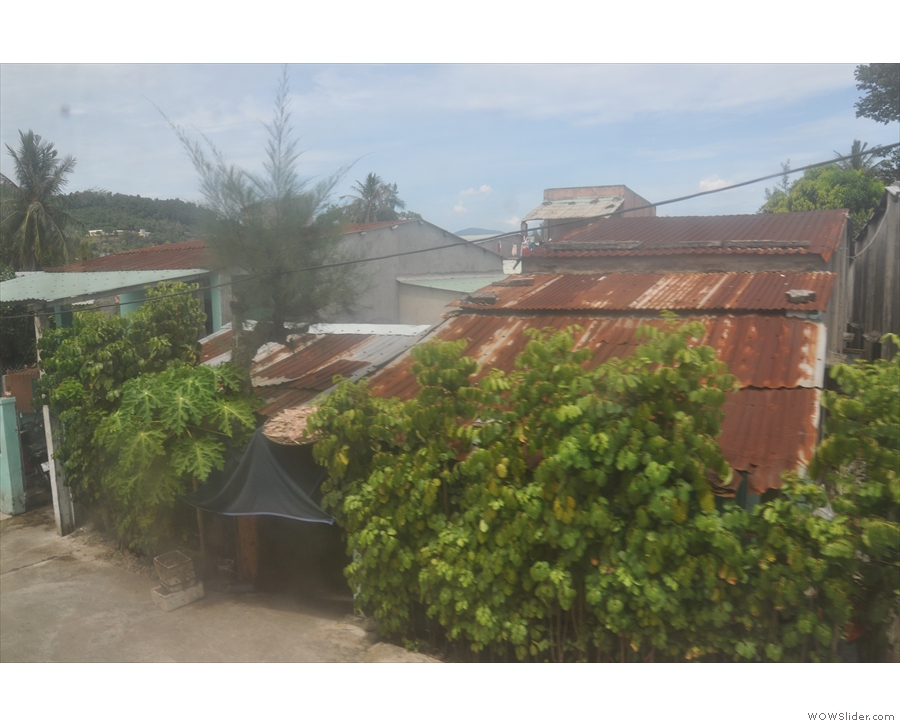
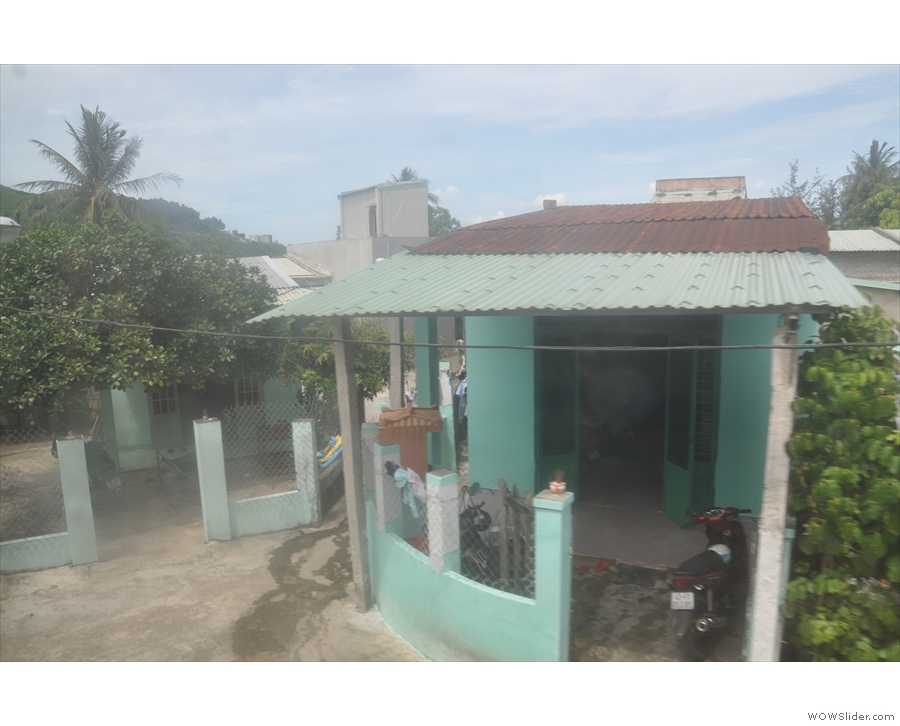
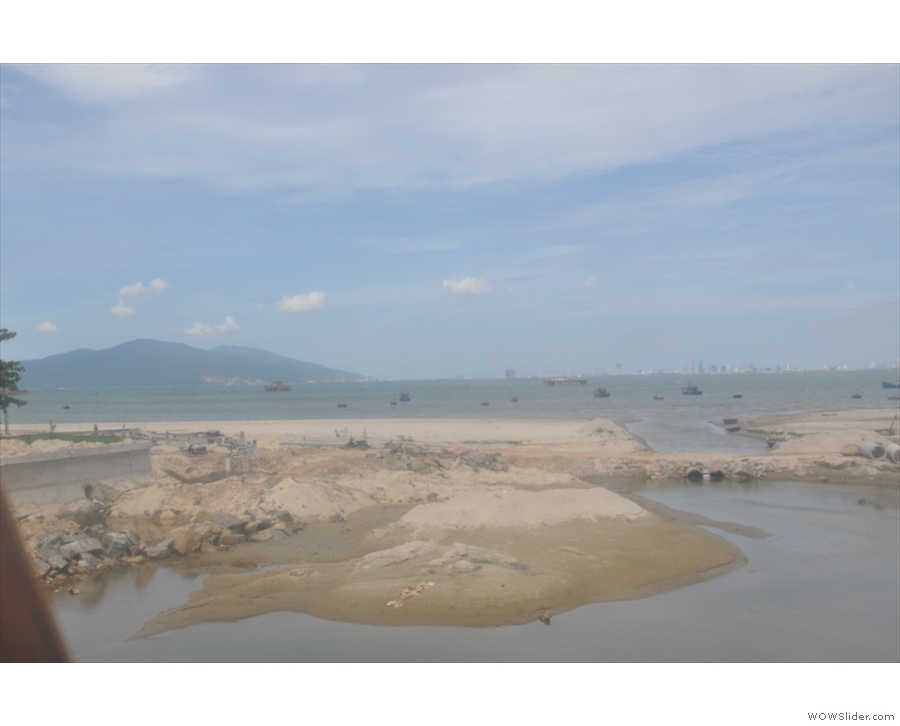
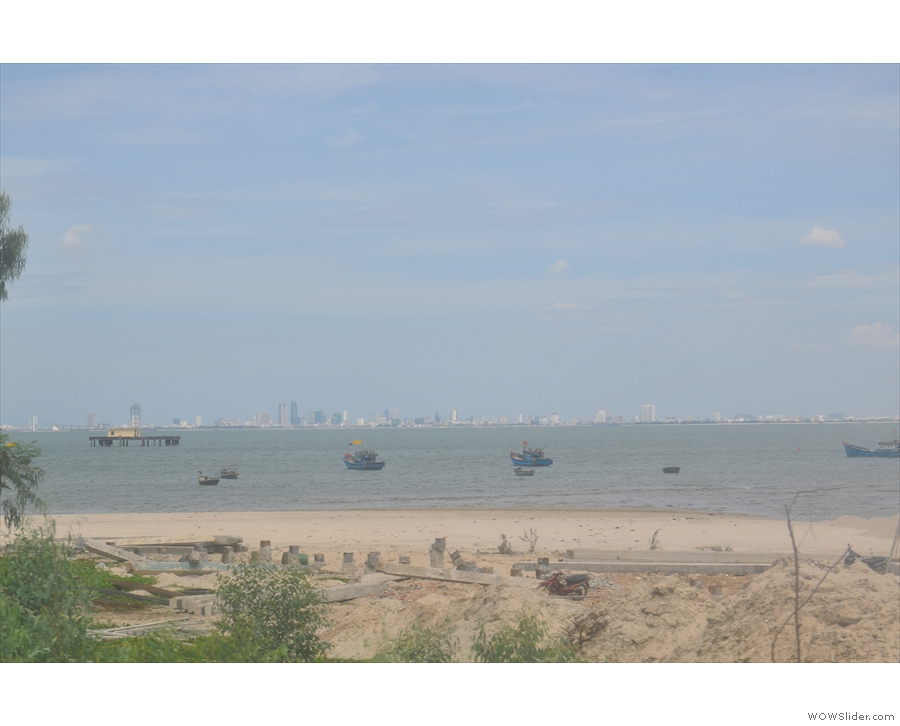
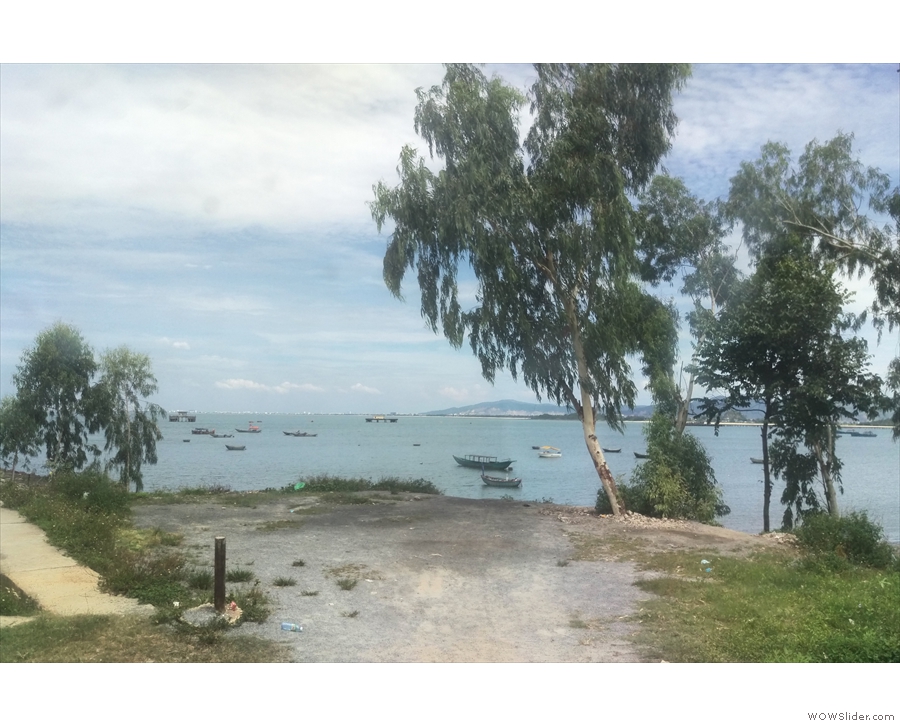
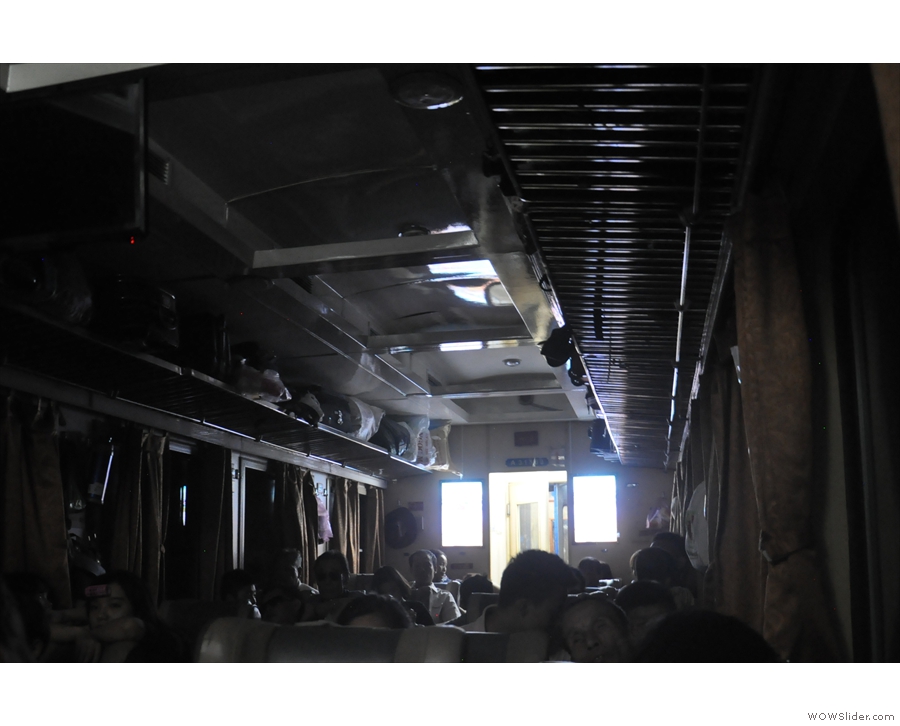
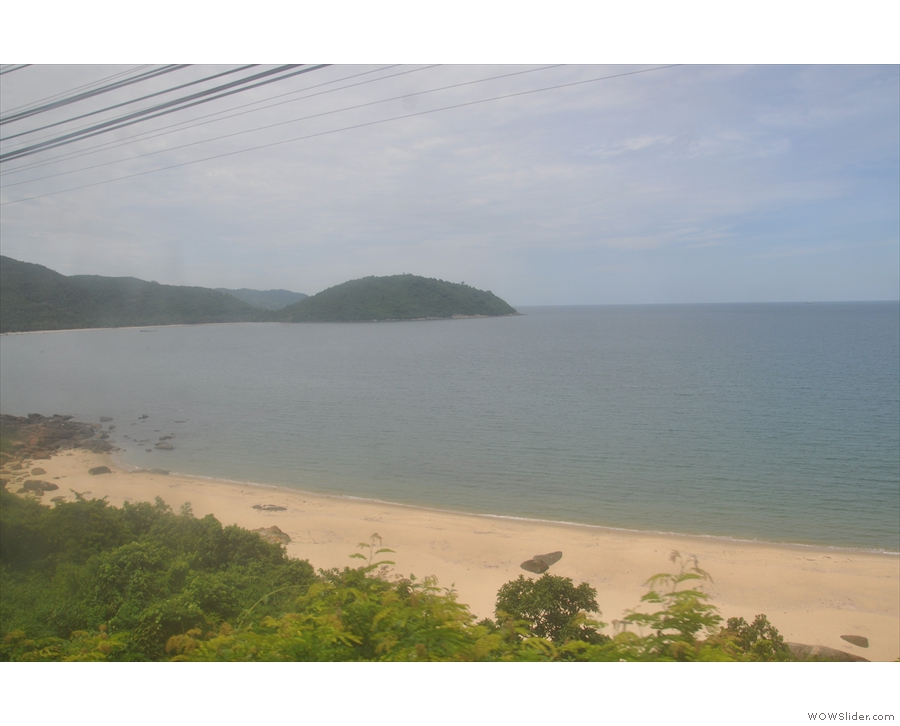
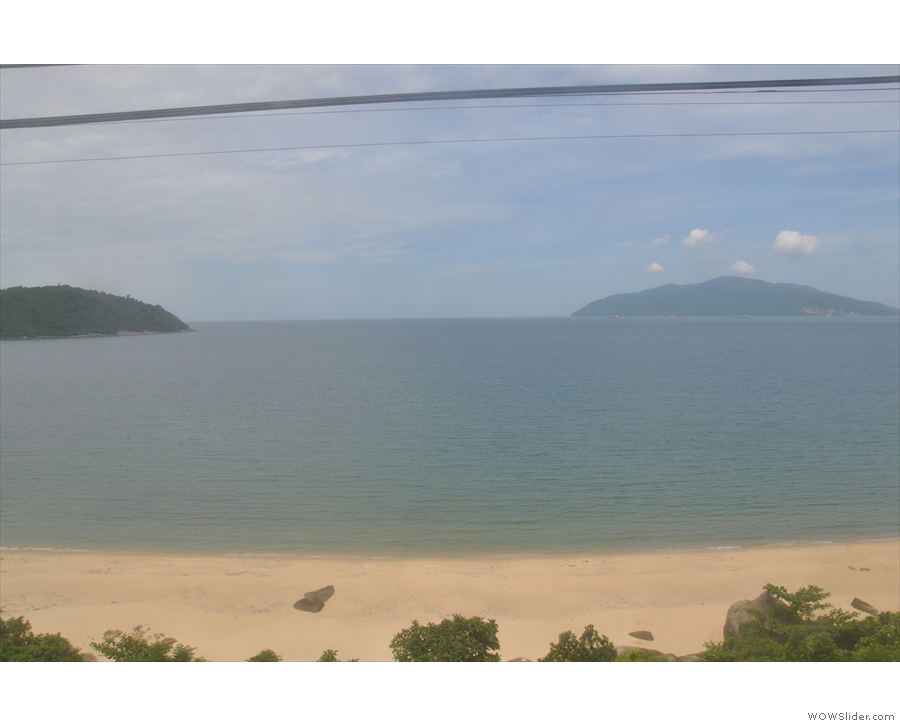
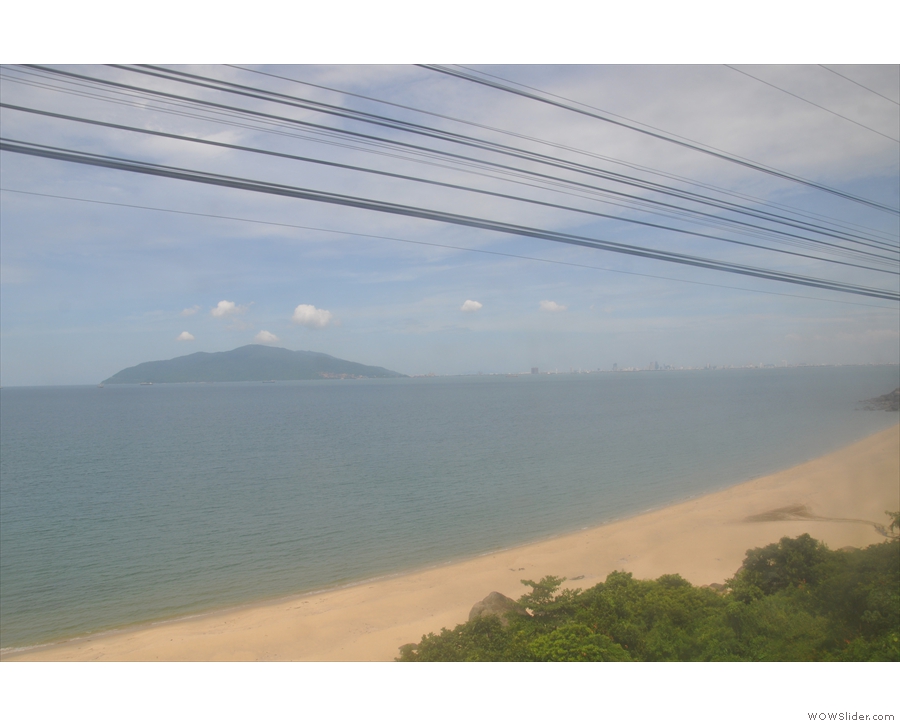
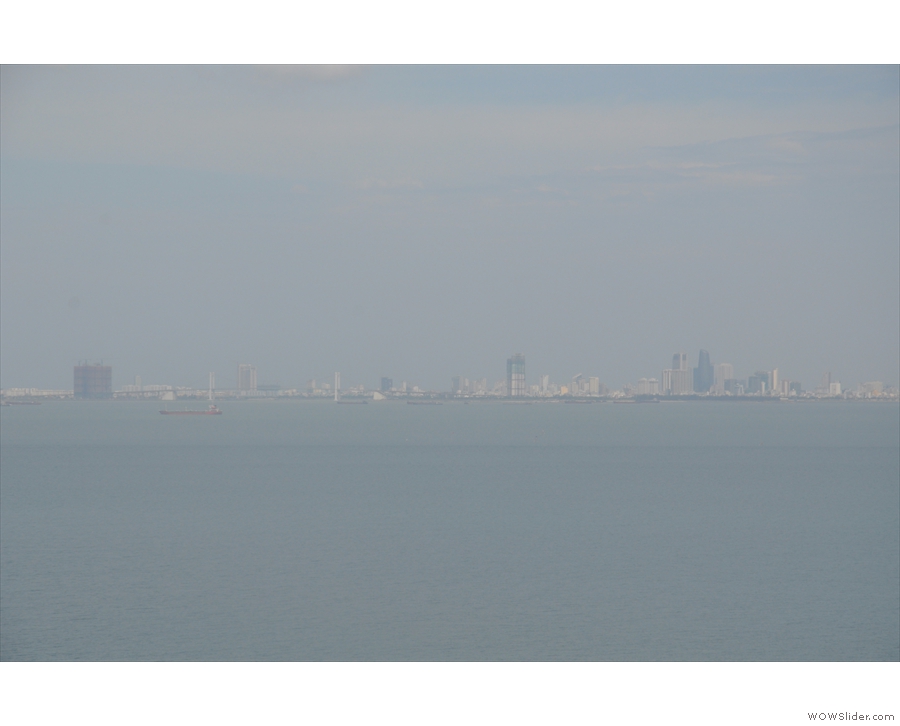
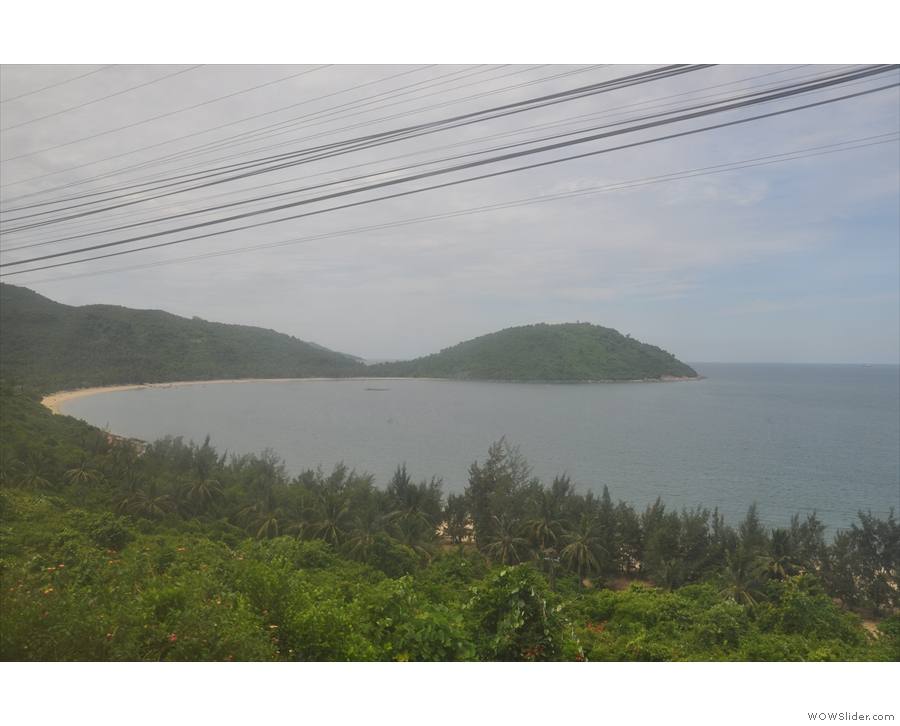
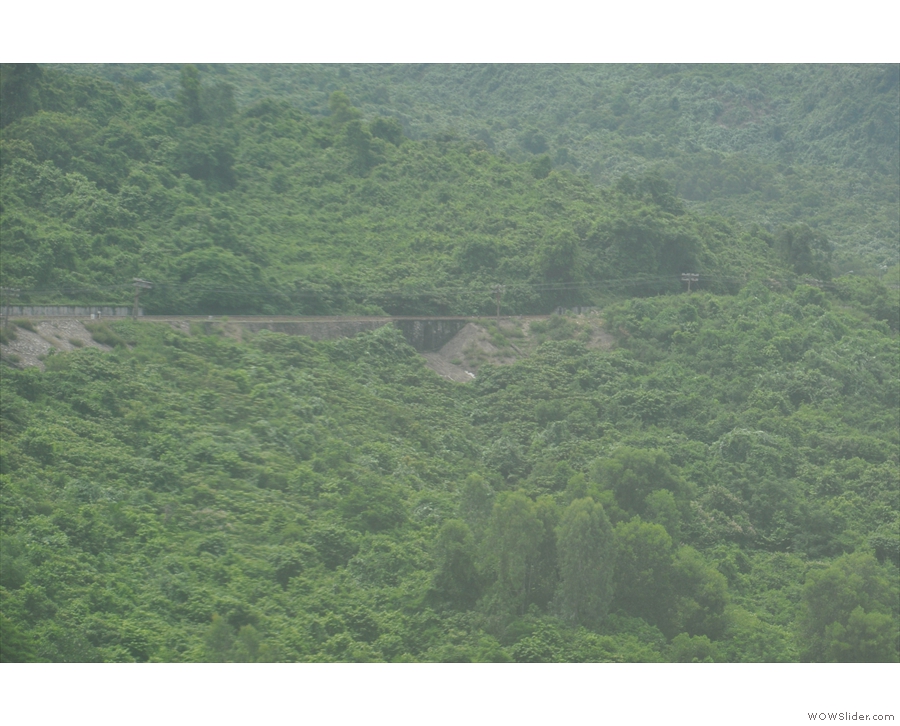
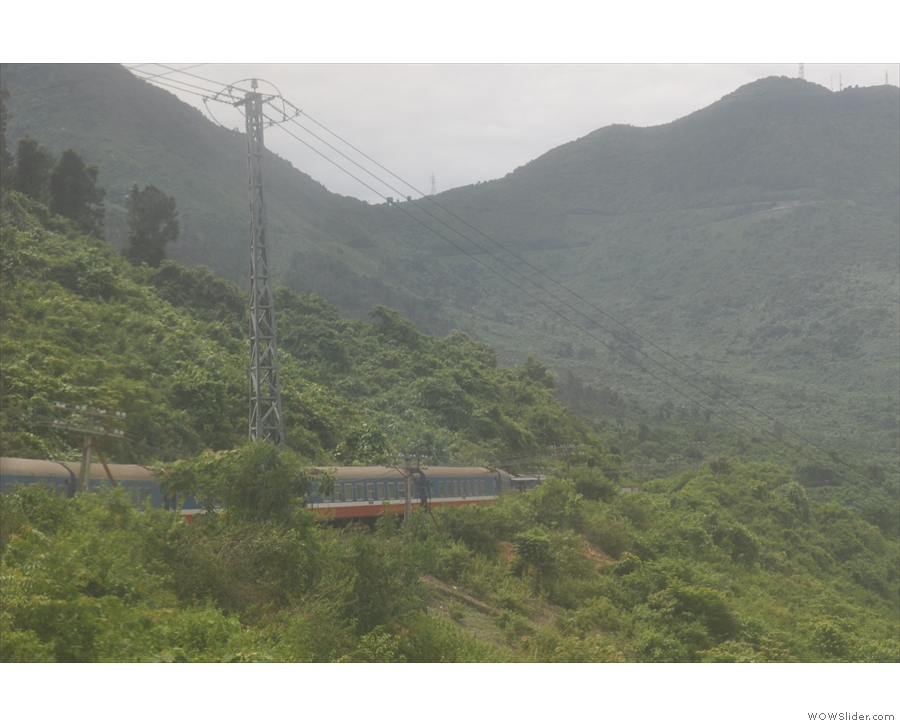
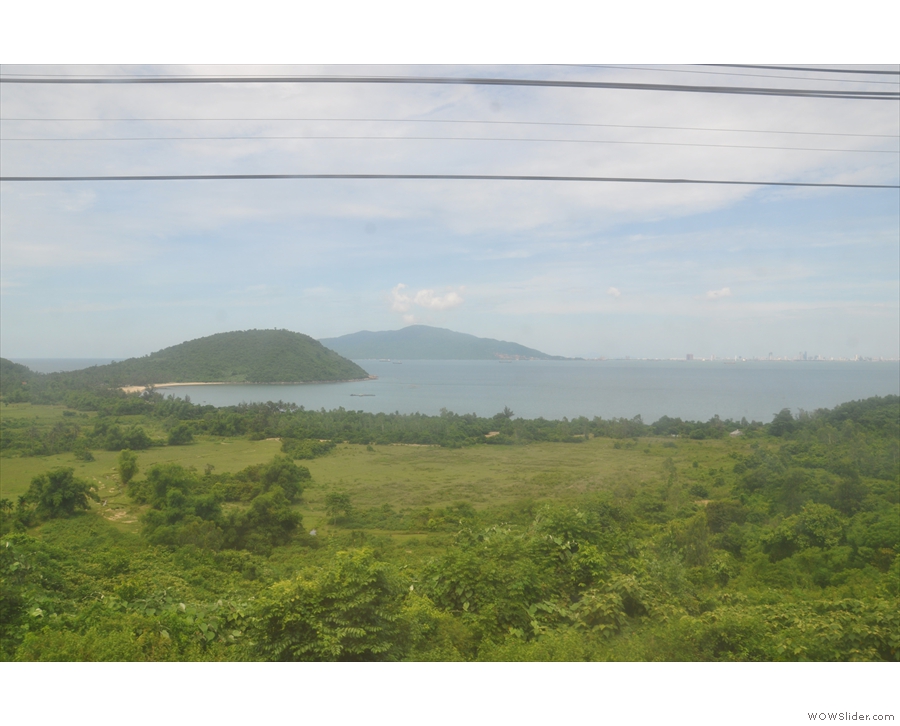
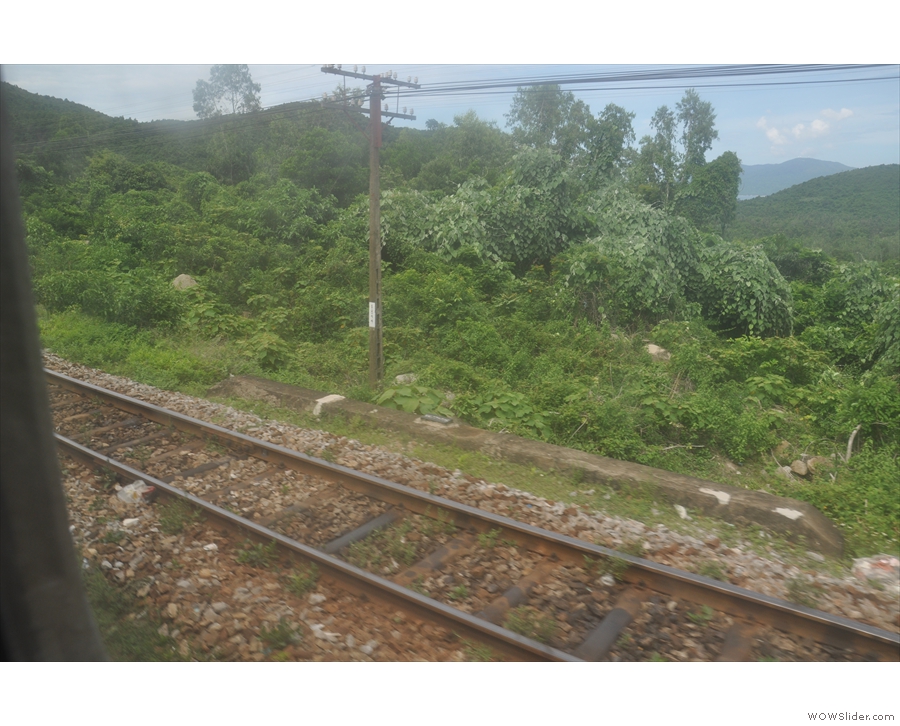
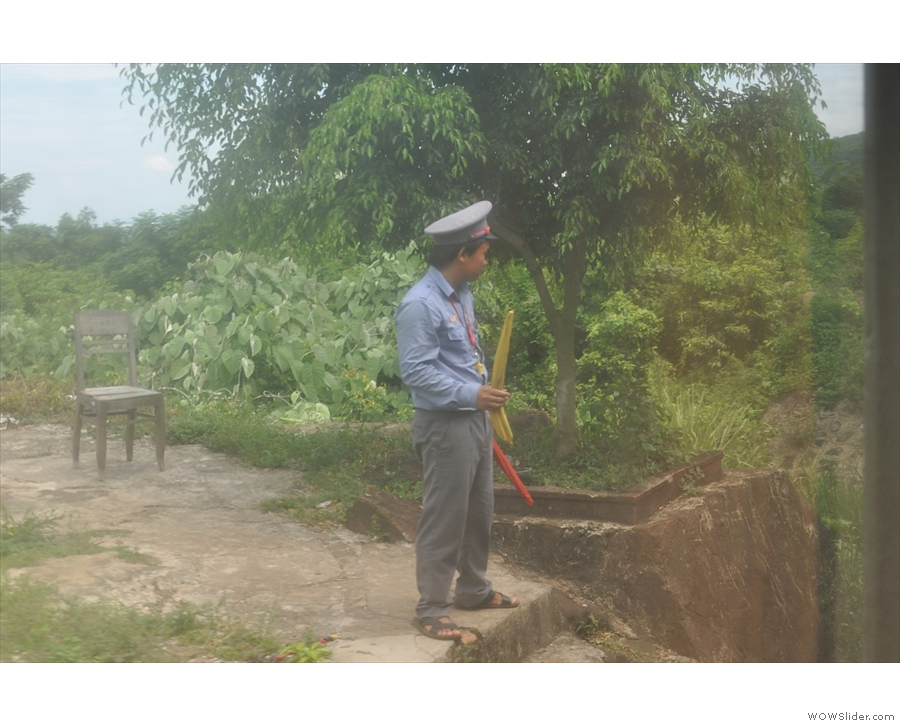
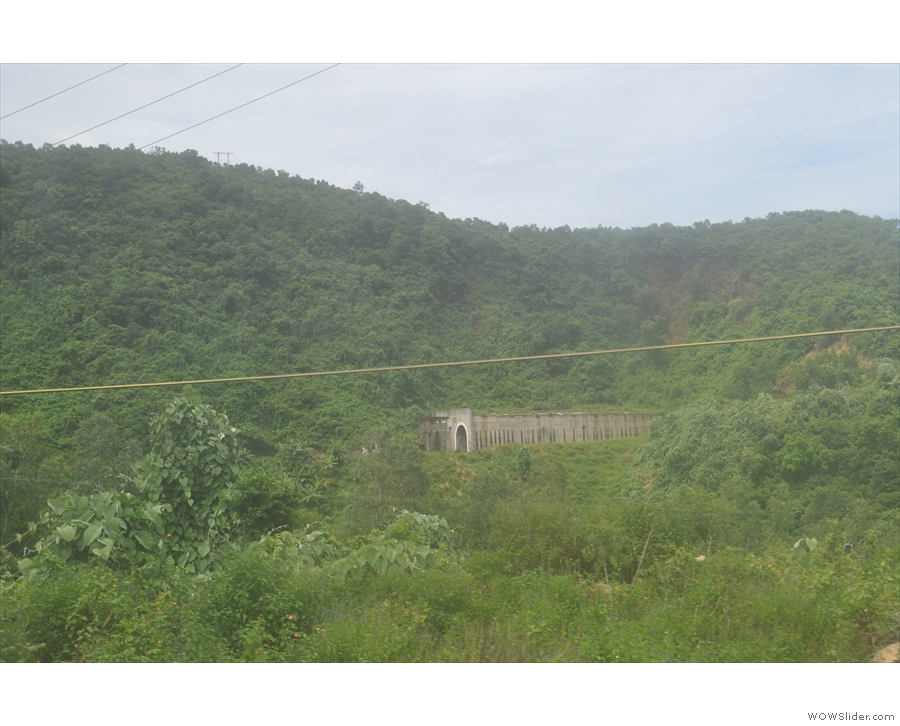
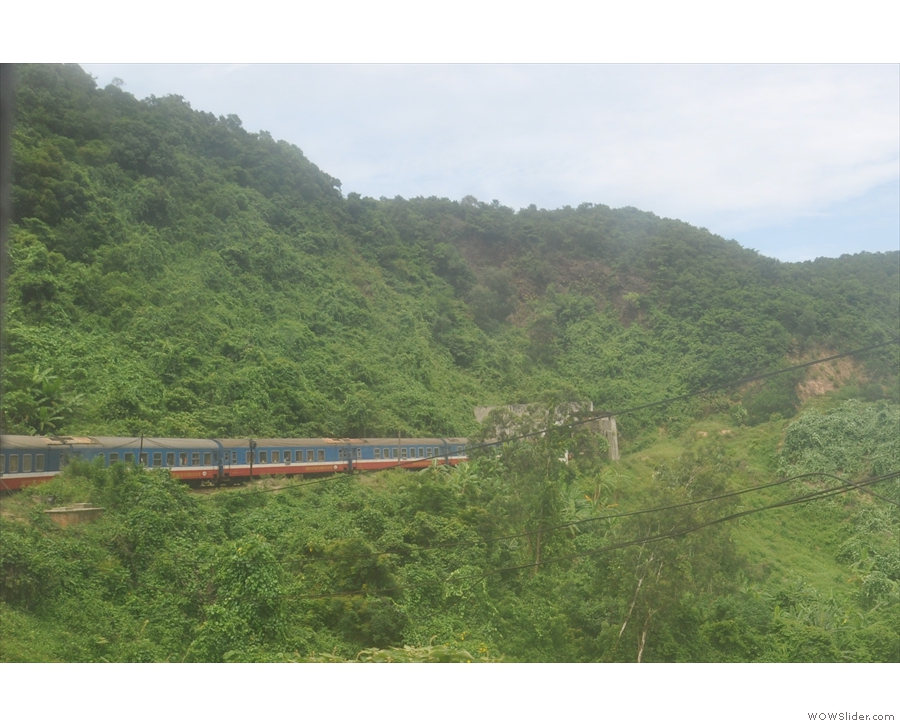
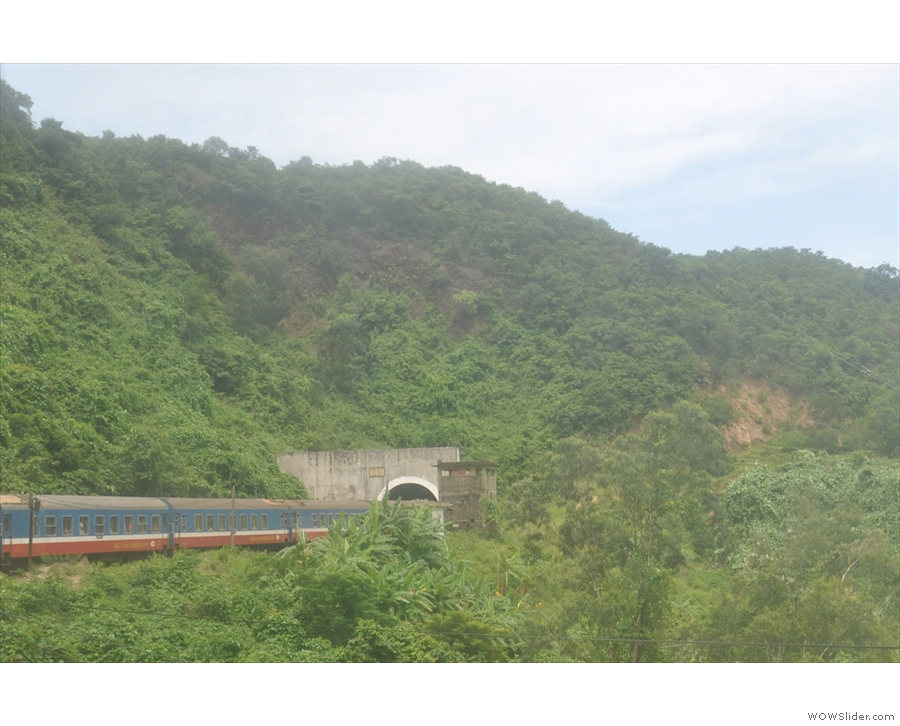
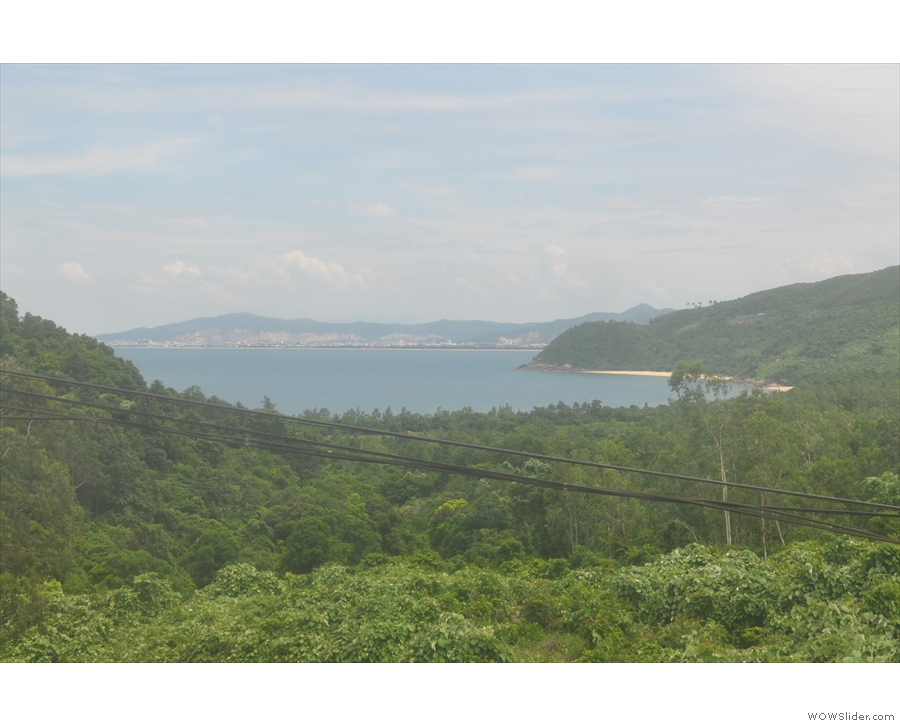
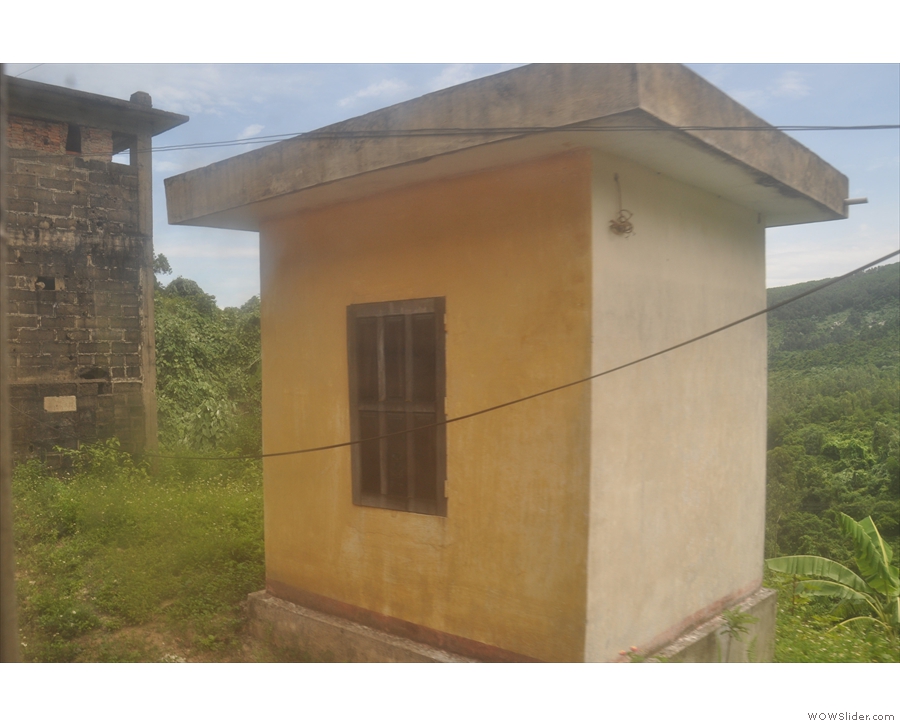
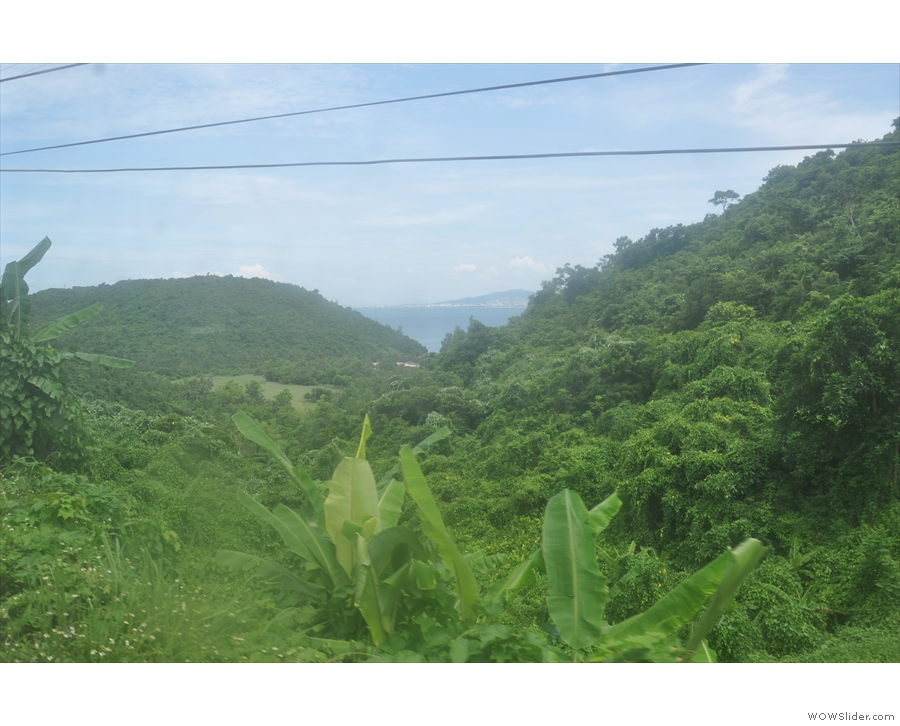
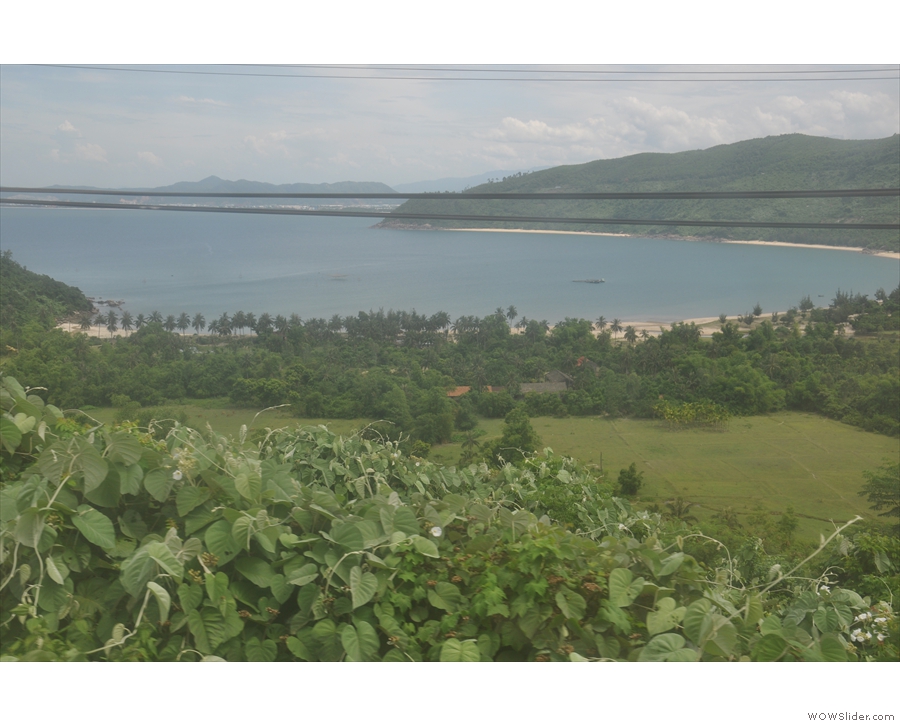
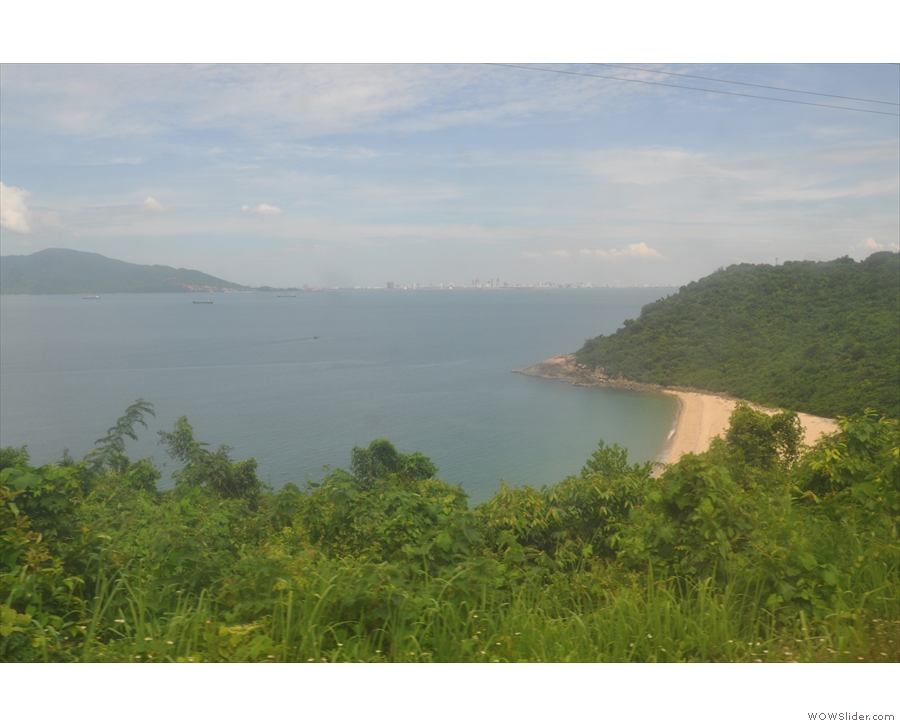
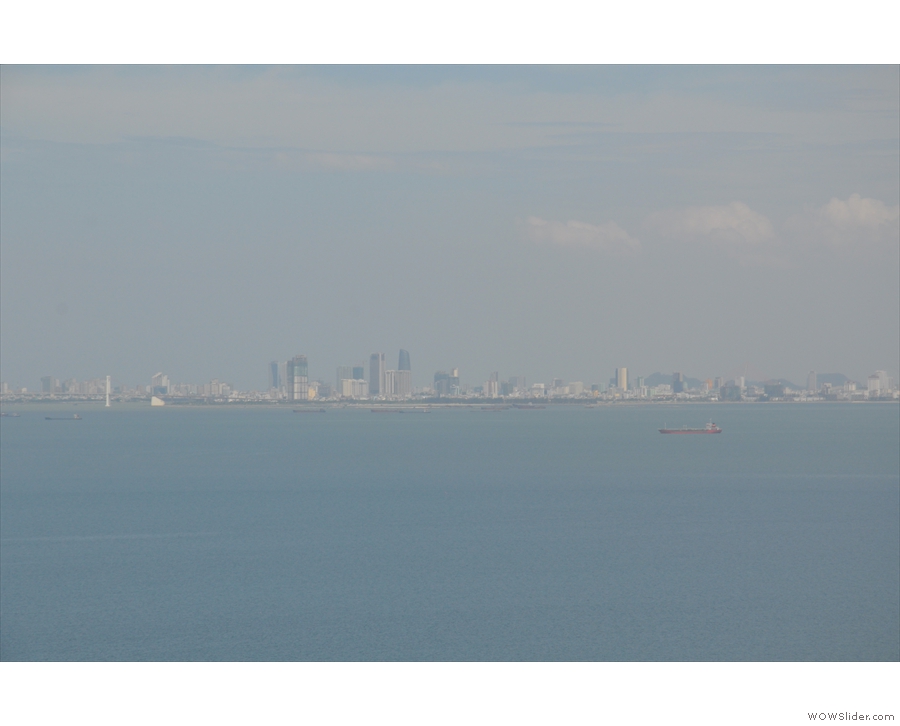
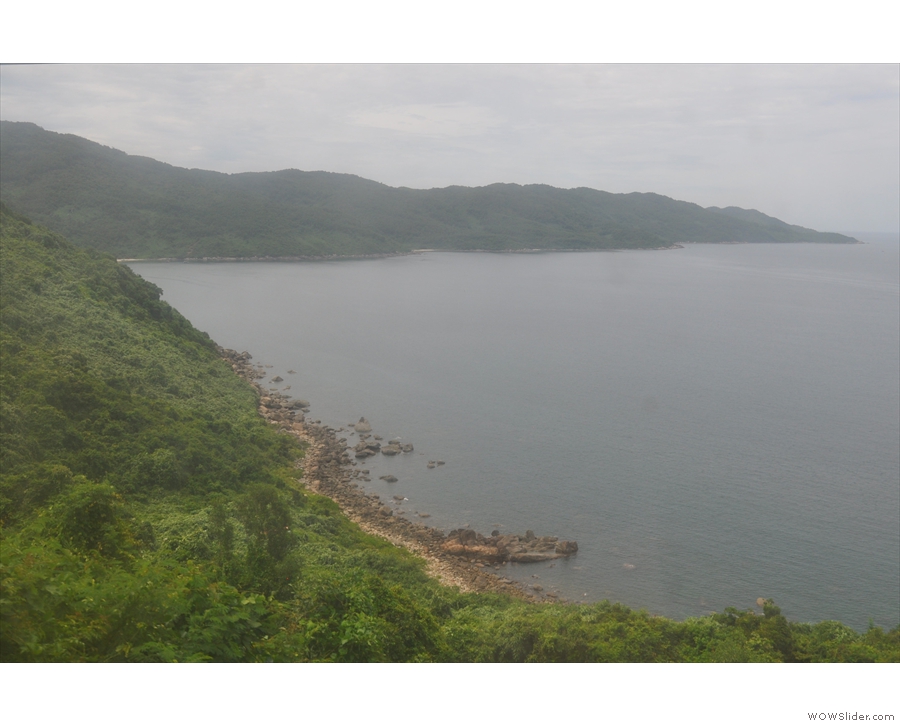
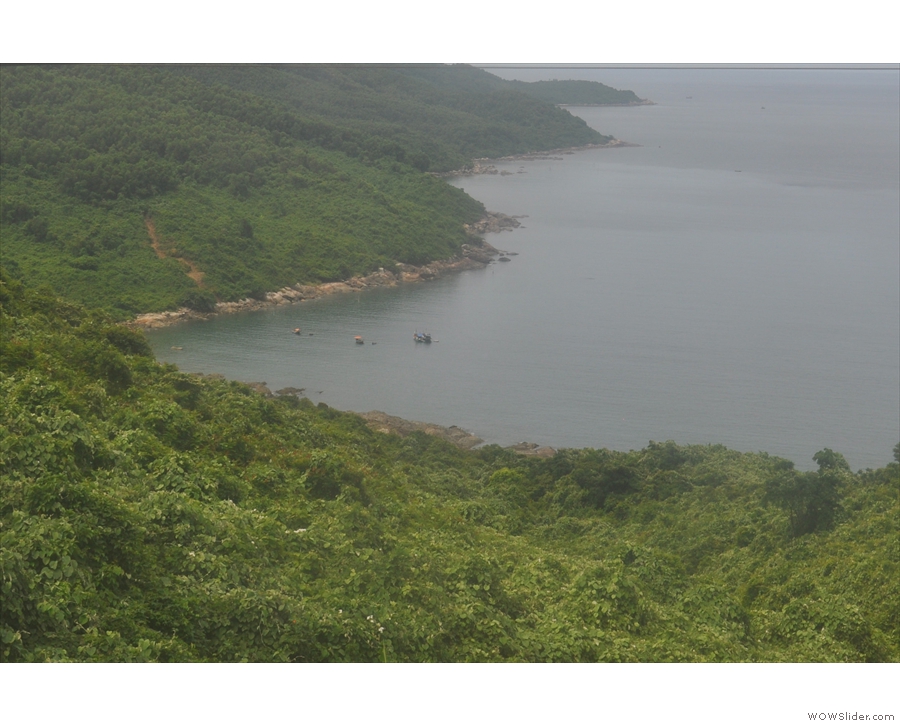
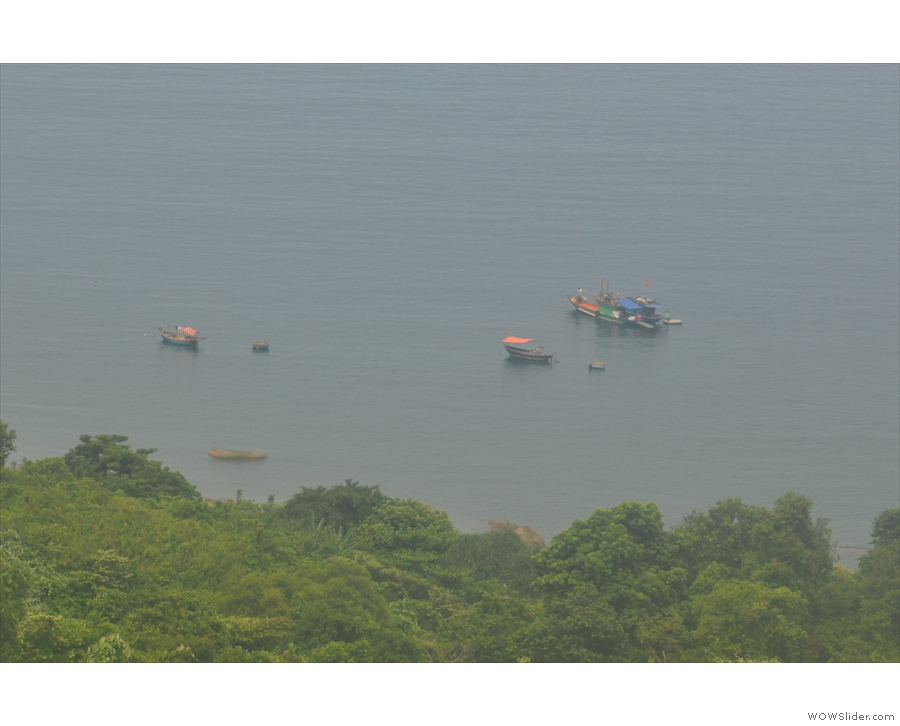
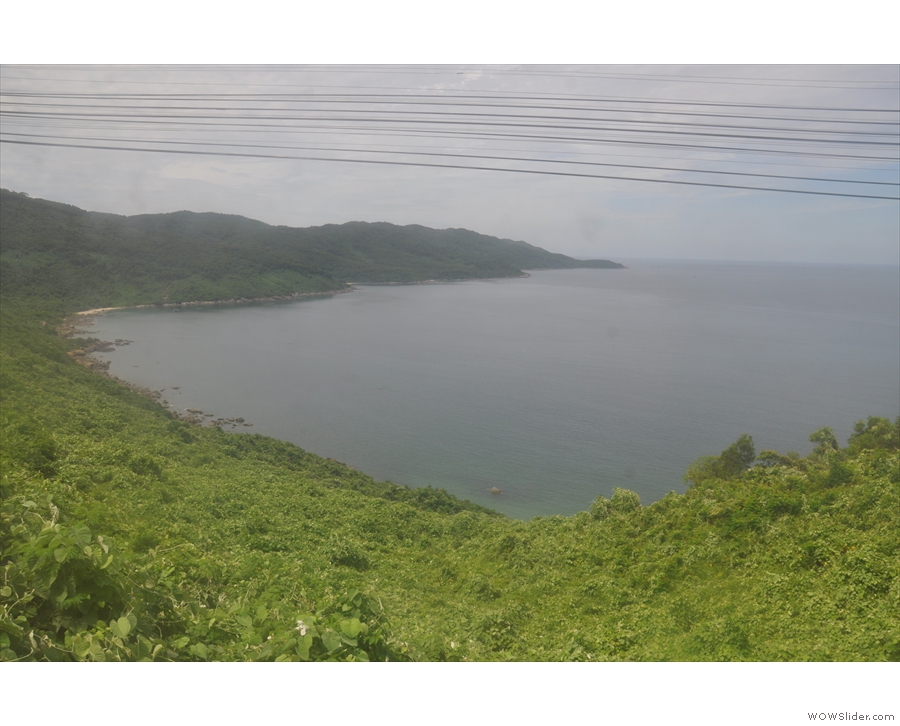
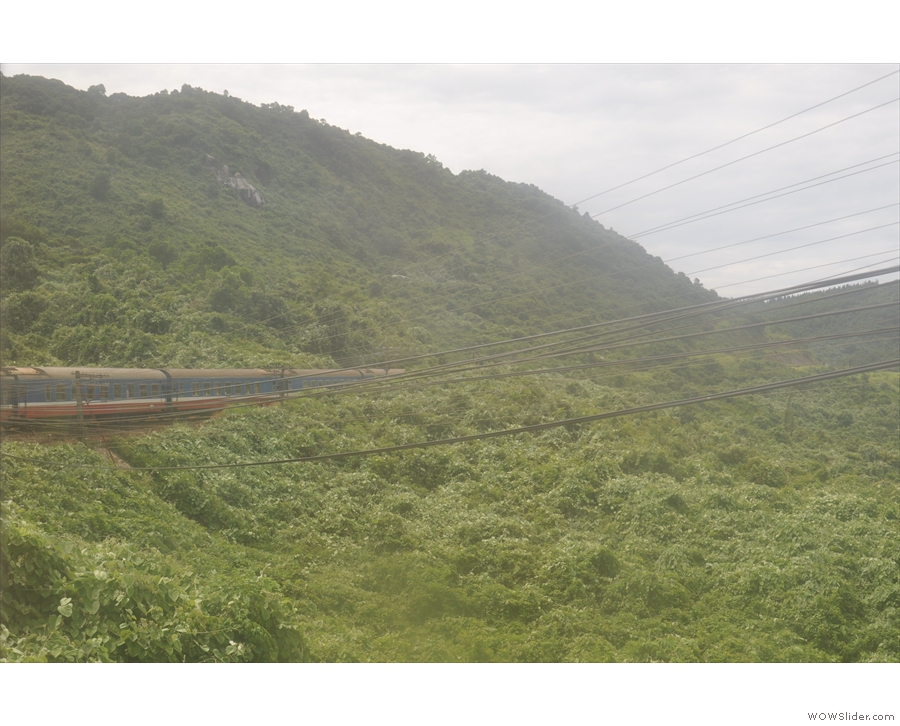
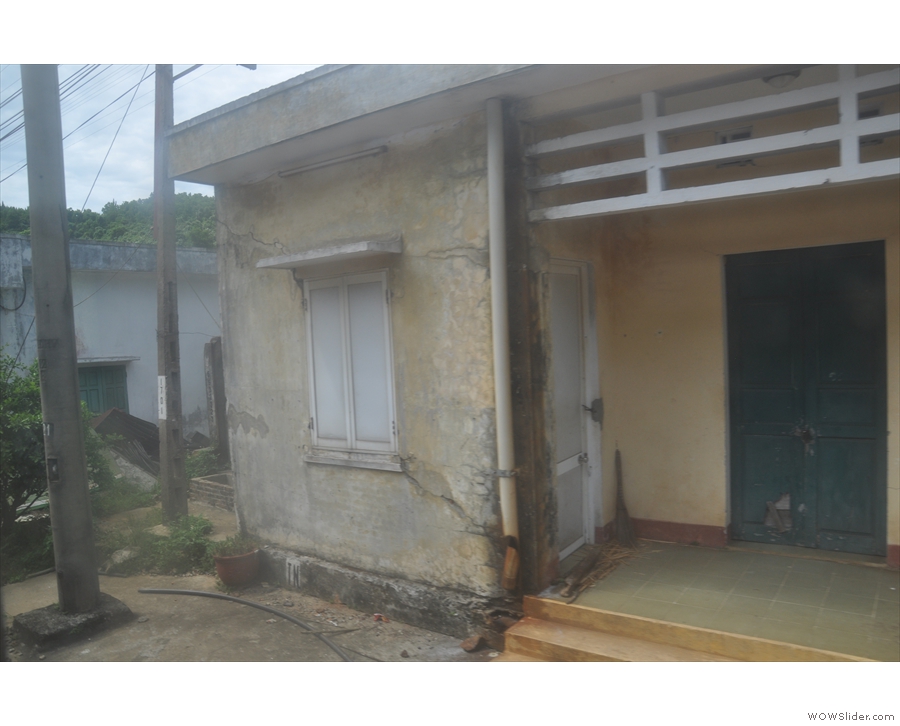
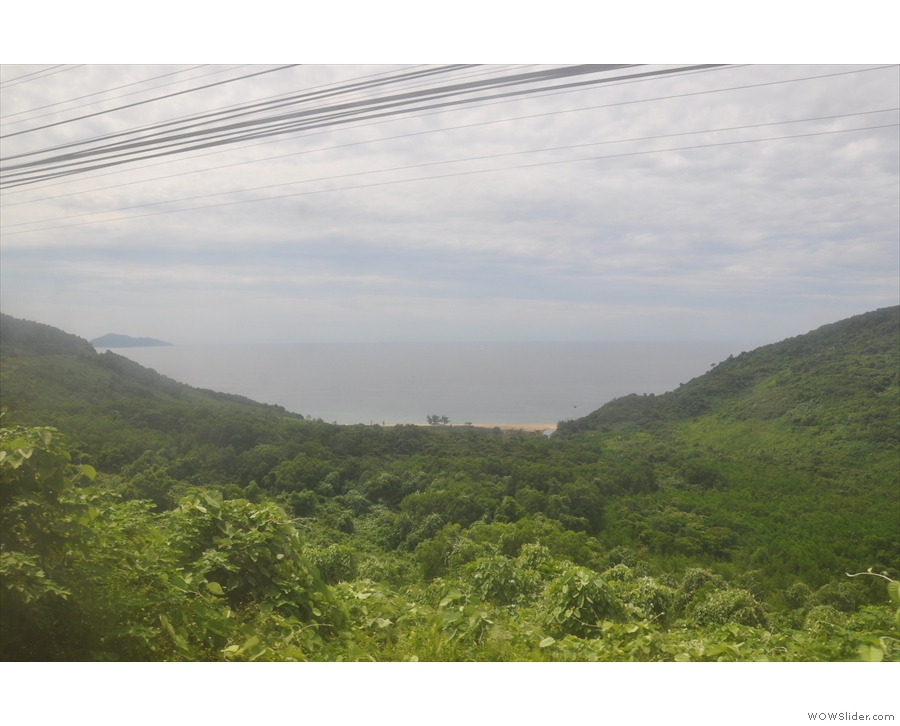
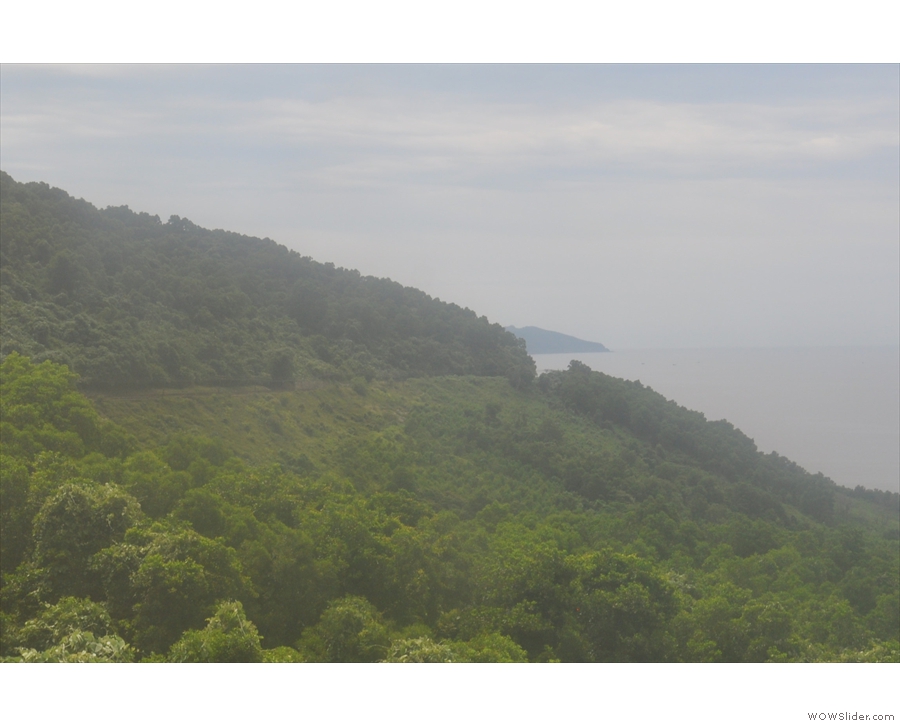
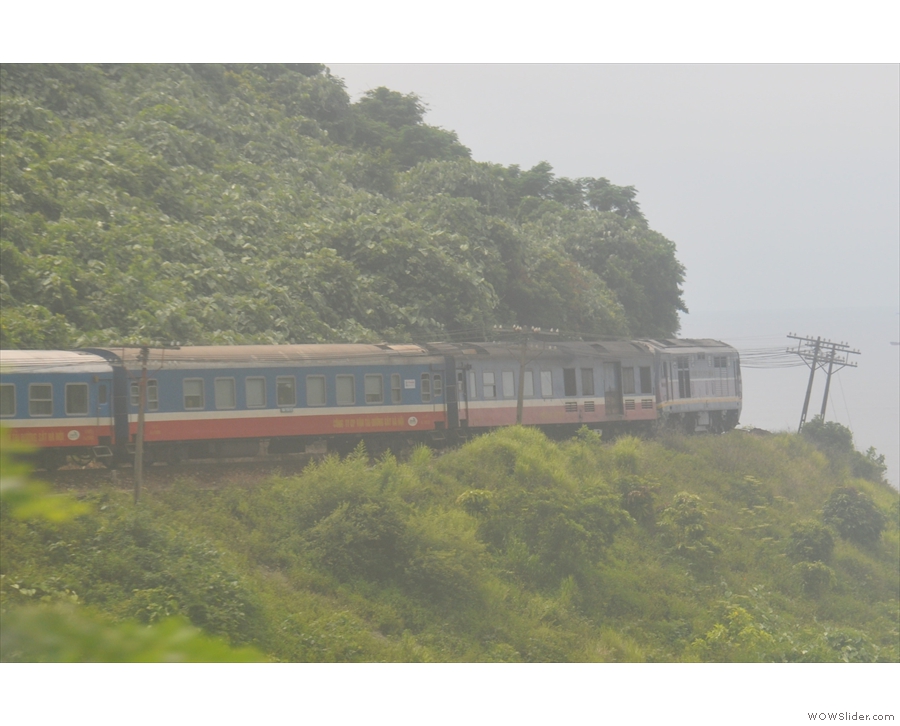
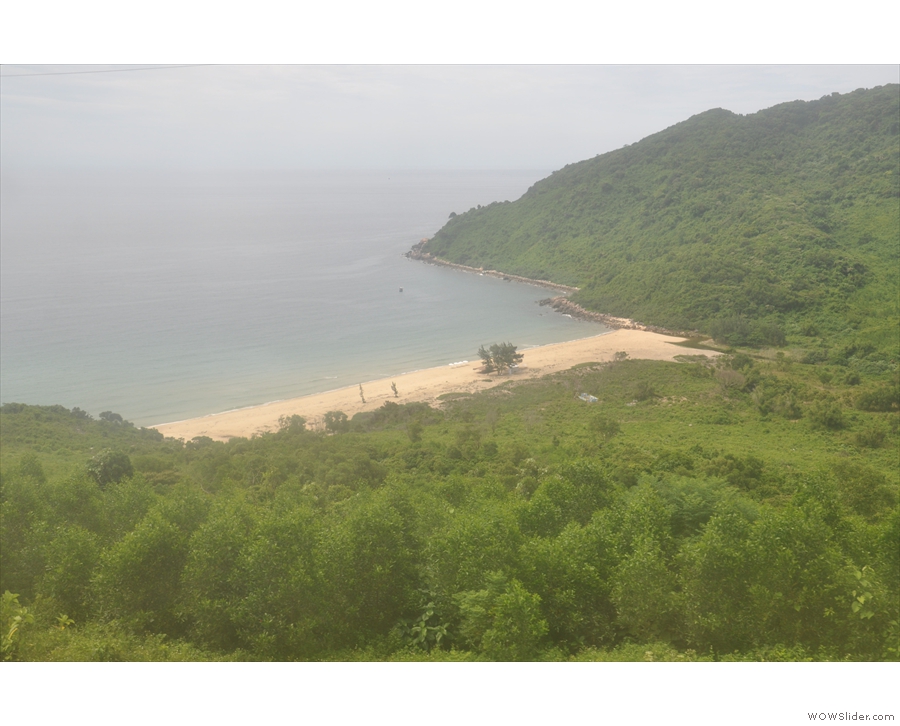
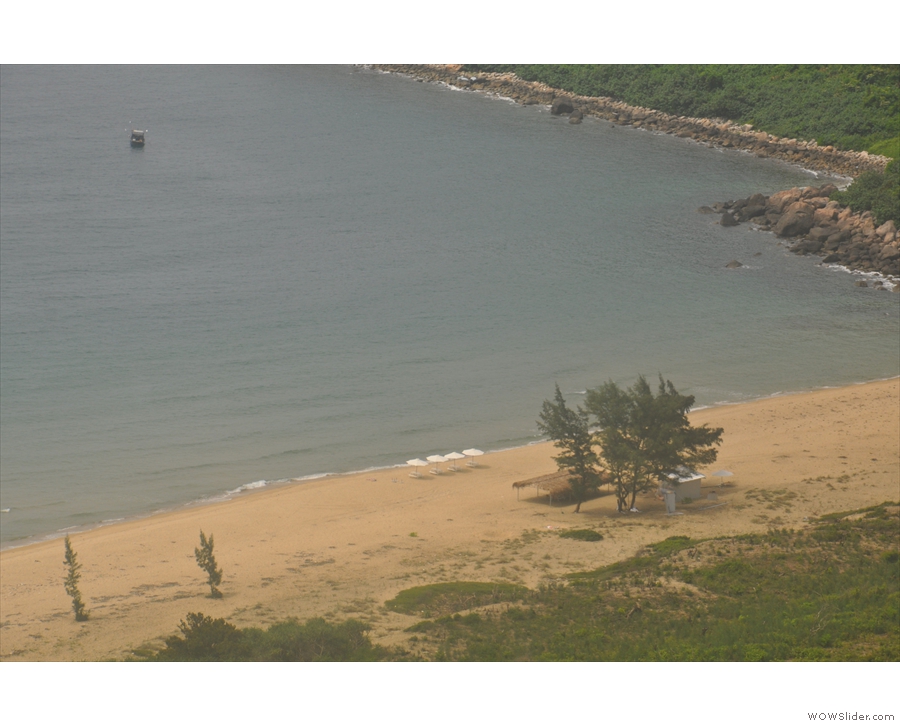
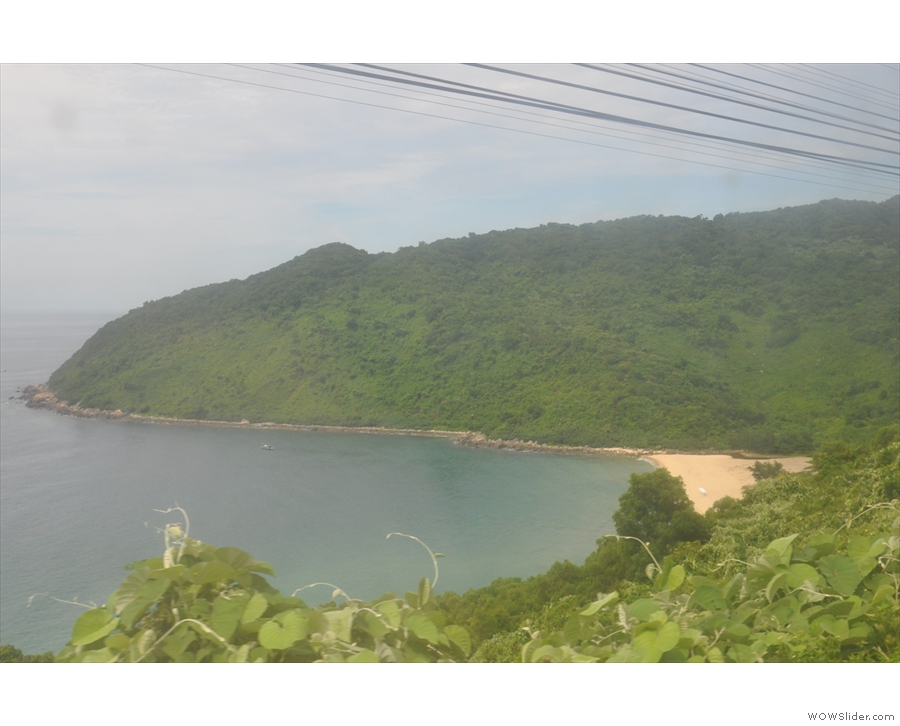
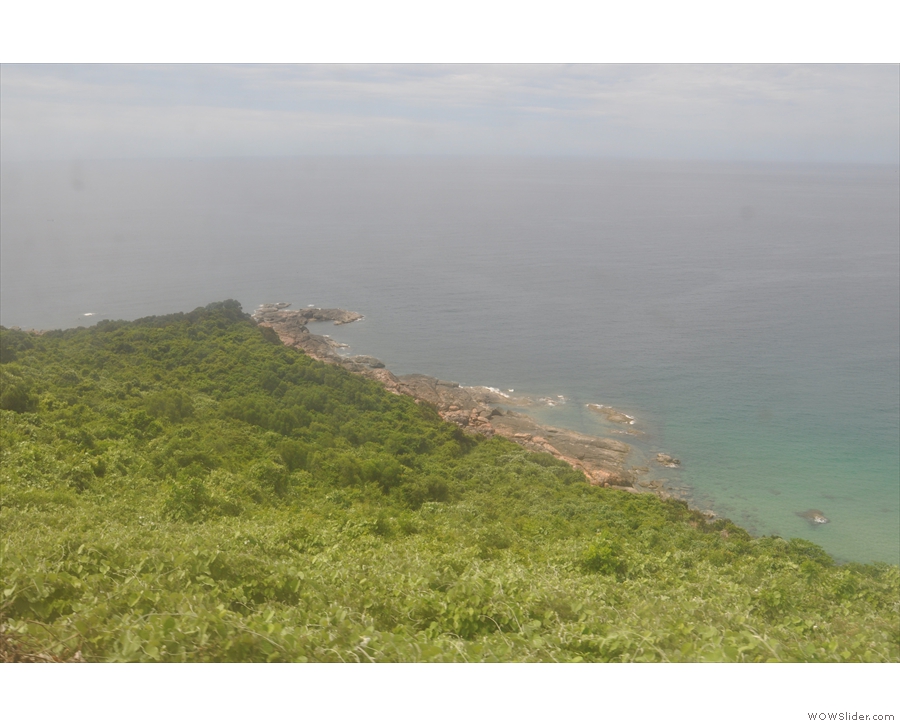
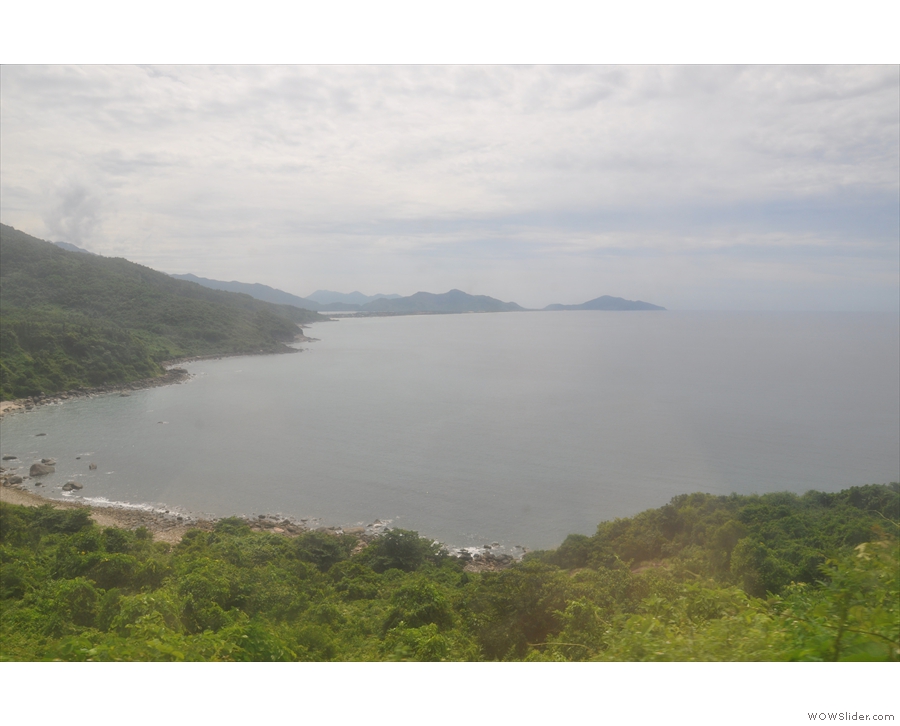
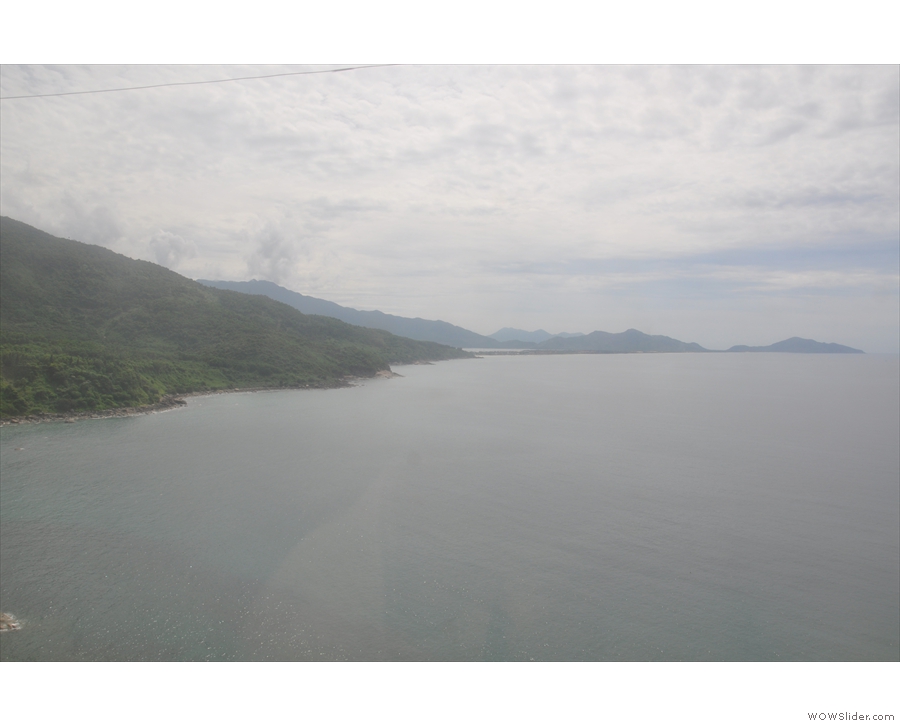
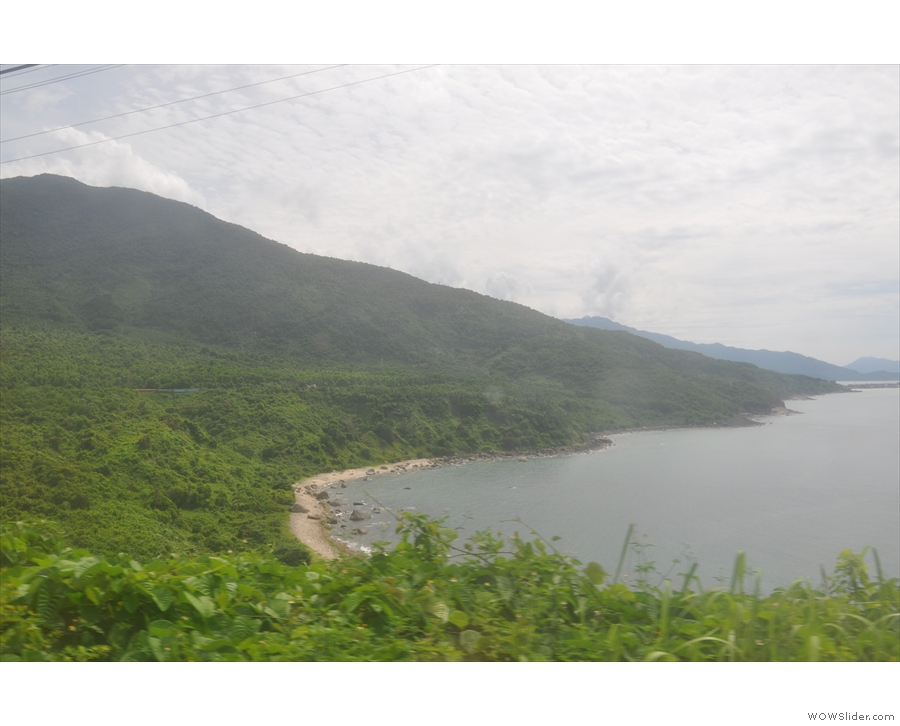
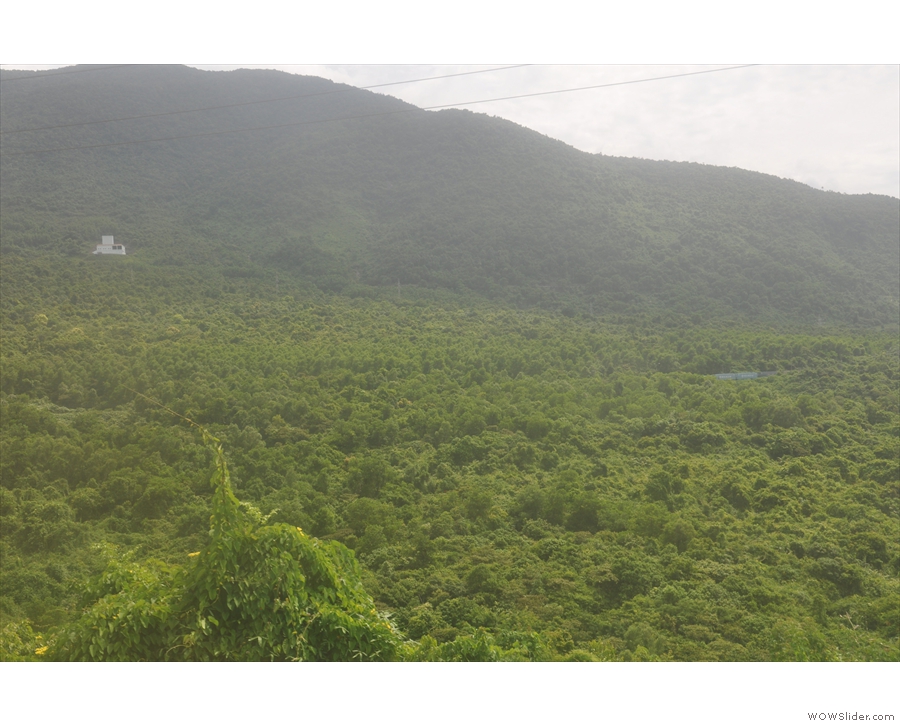
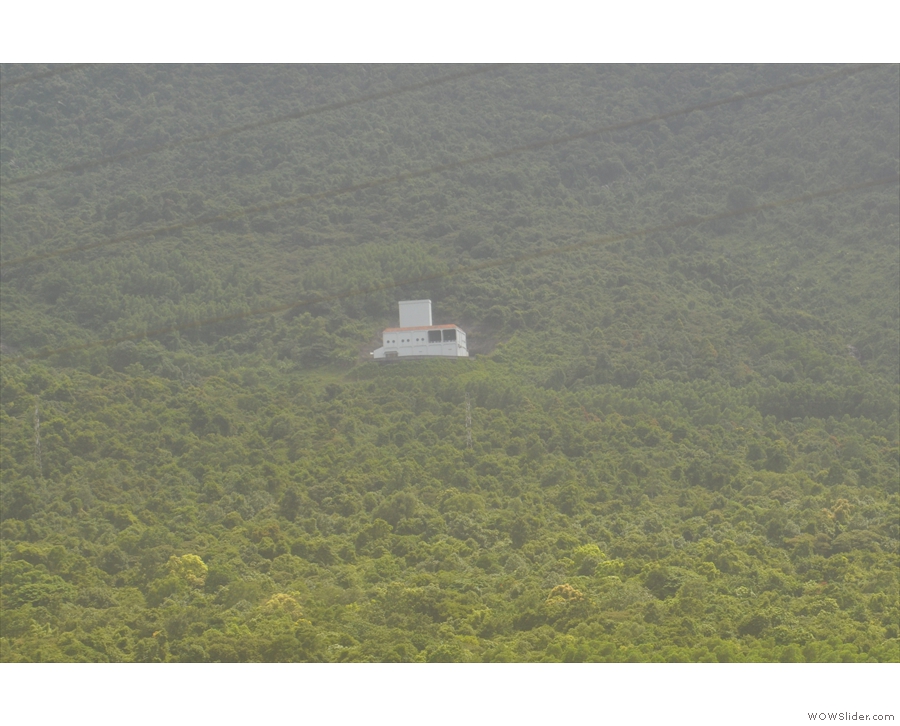
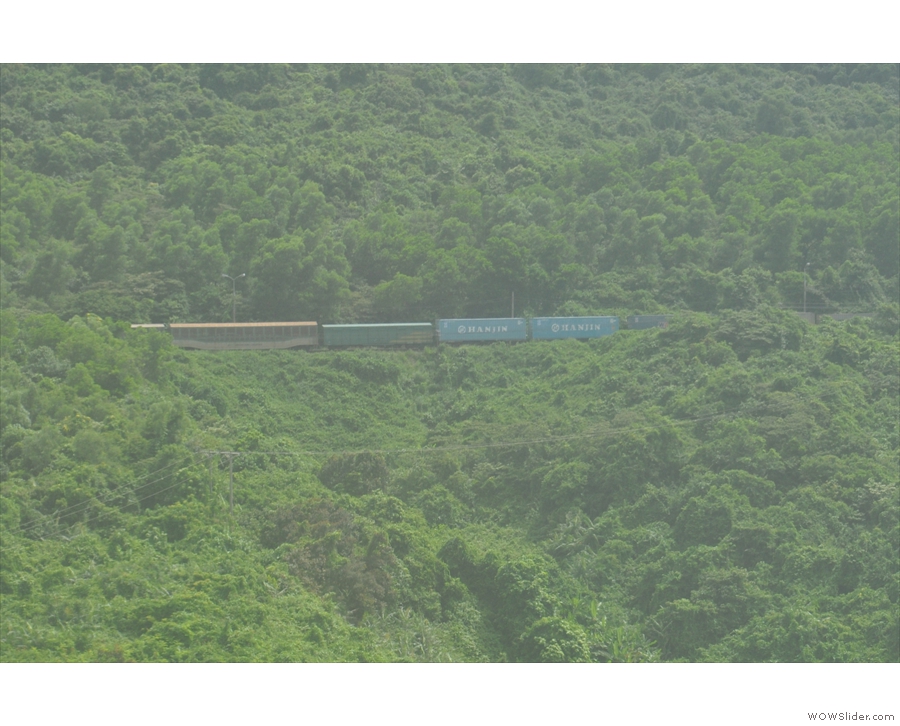
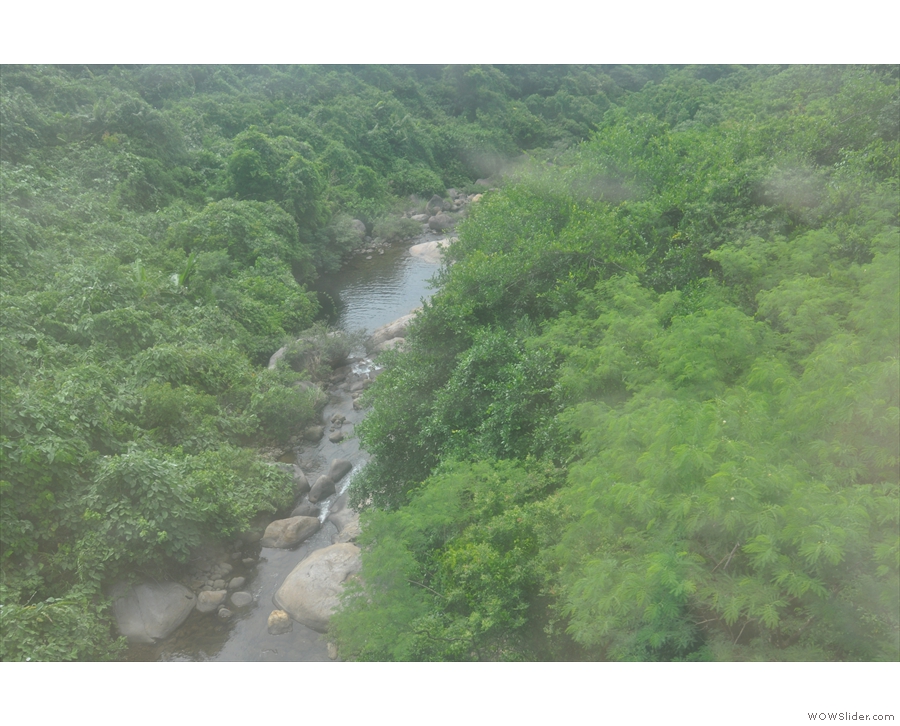
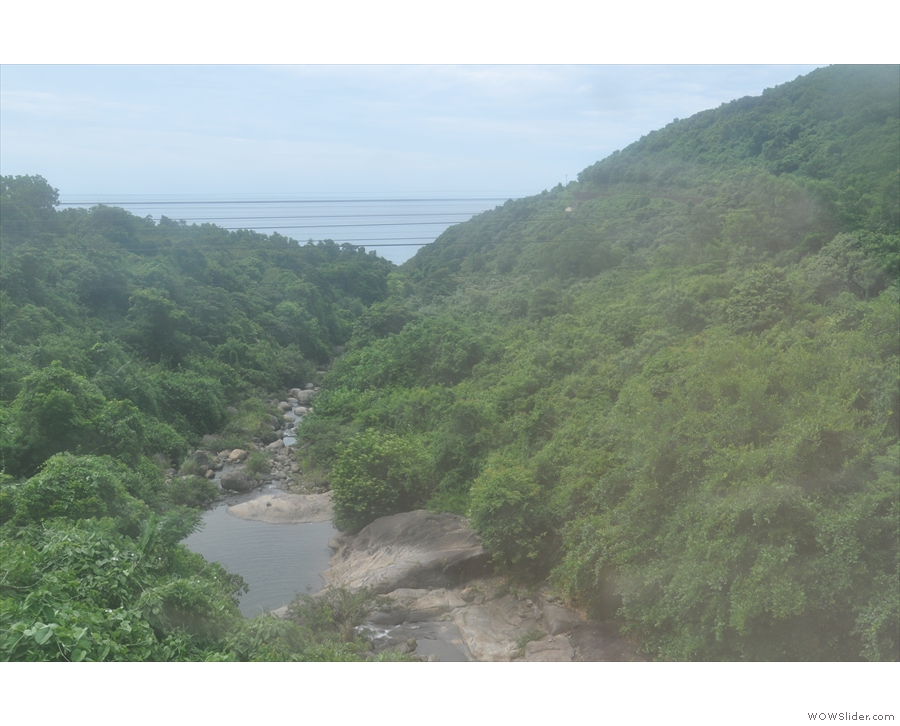
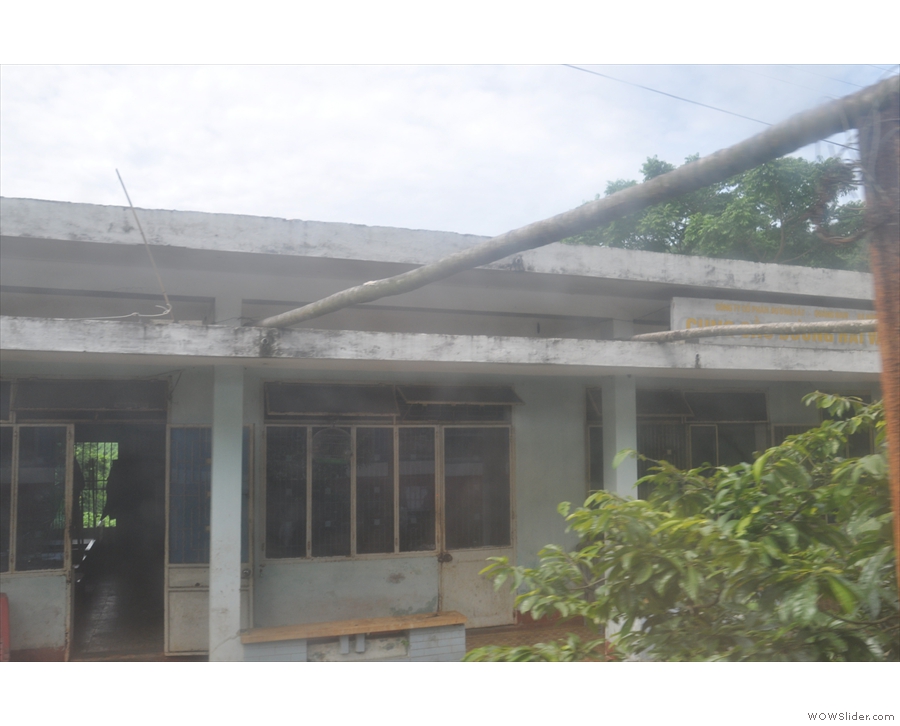
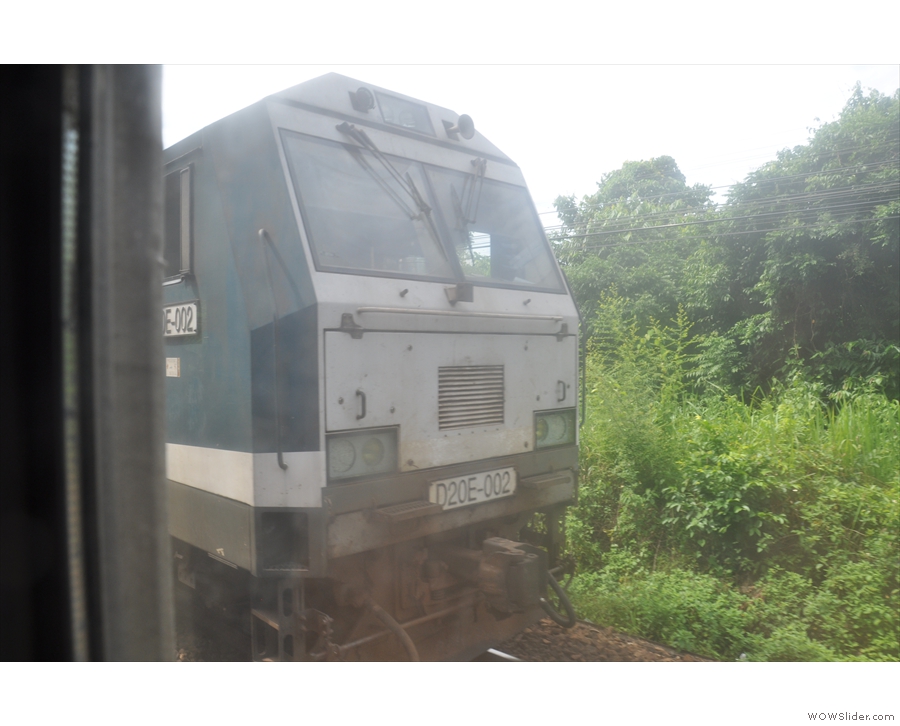
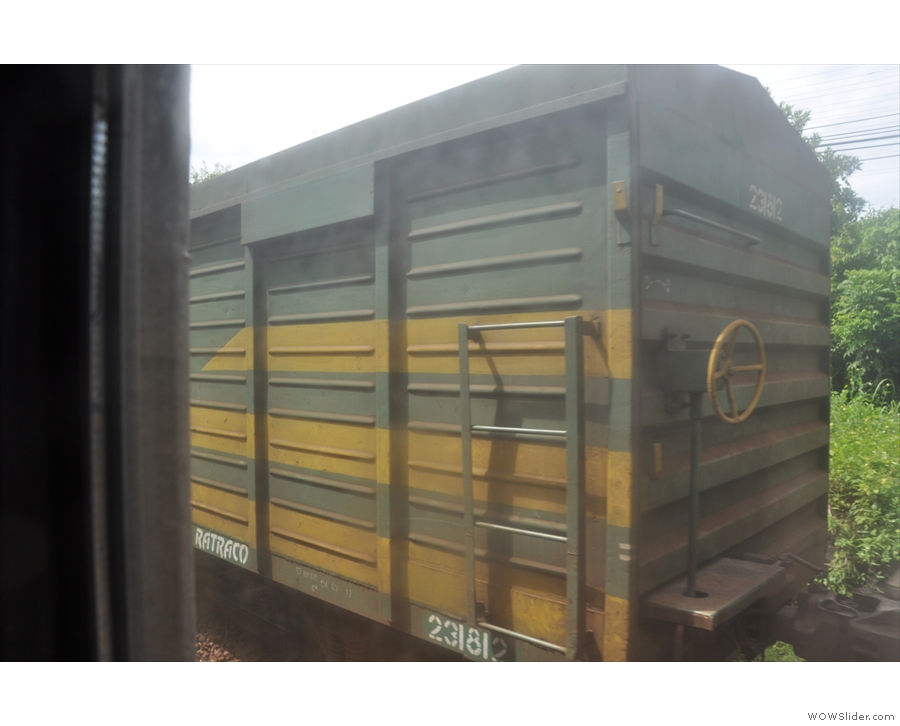
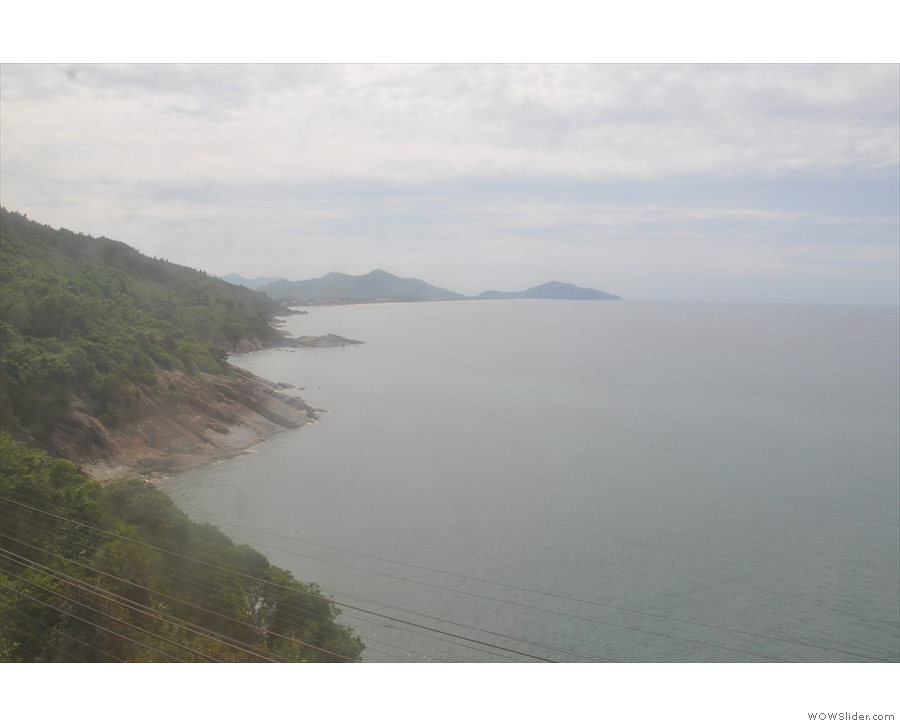
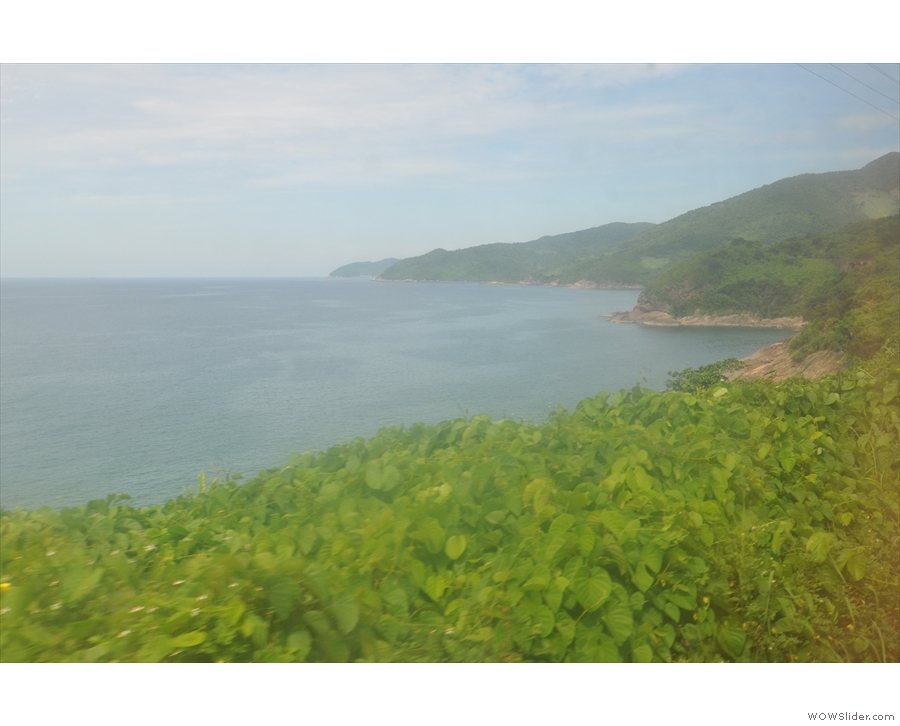
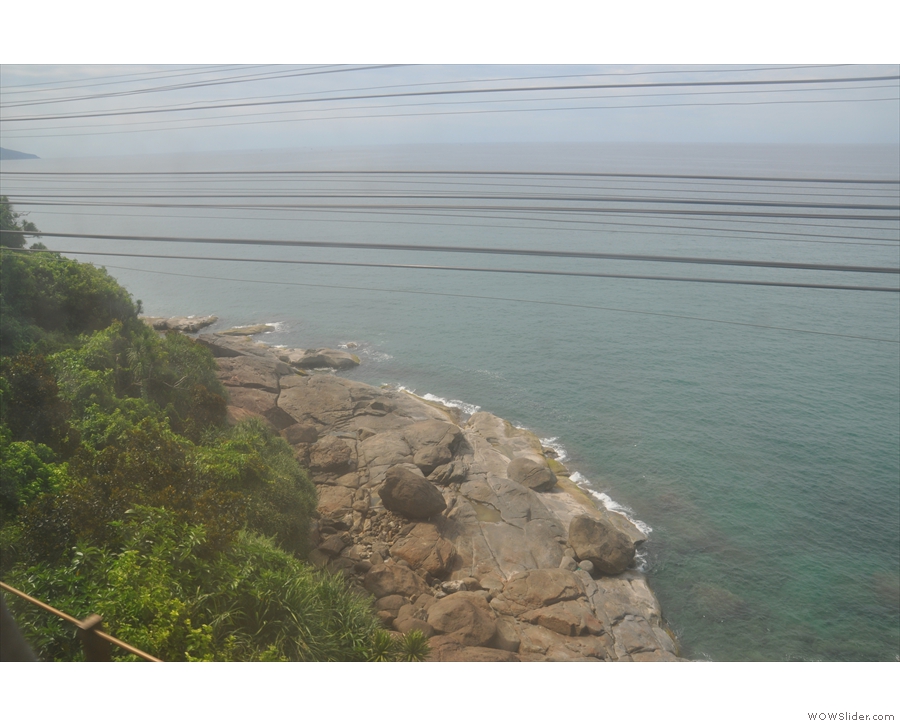
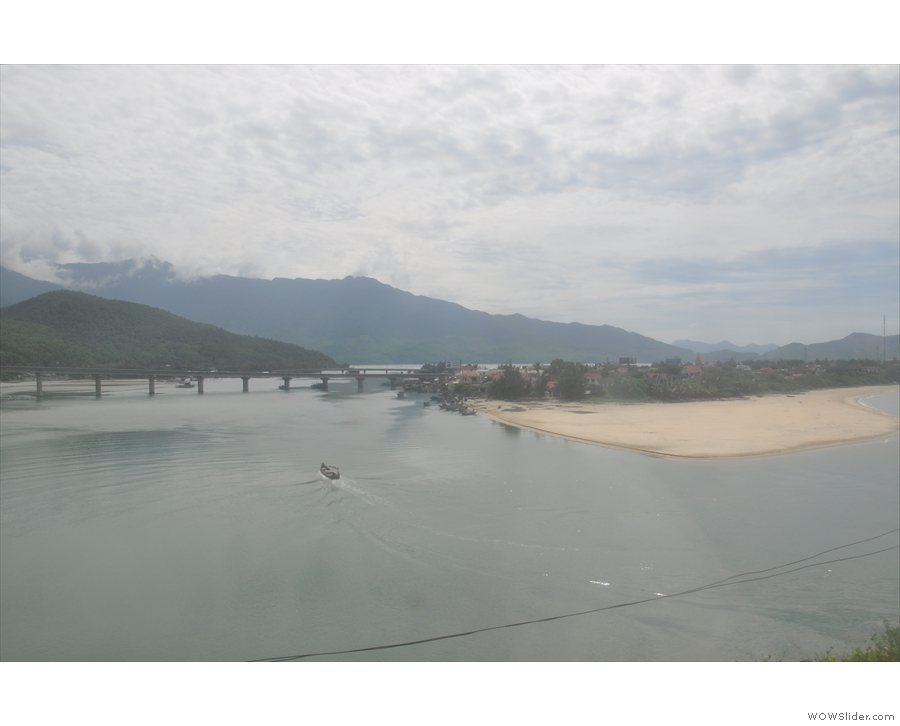
 1
1 2
2 3
3 4
4 5
5 6
6 7
7 8
8 9
9 10
10 11
11 12
12 13
13 14
14 15
15 16
16 17
17 18
18 19
19 20
20 21
21 22
22 23
23 24
24 25
25 26
26 27
27 28
28 29
29 30
30 31
31 32
32 33
33 34
34 35
35 36
36 37
37 38
38 39
39 40
40 41
41 42
42 43
43 44
44 45
45 46
46 47
47 48
48 49
49 50
50 51
51 52
52 53
53 54
54 55
55 56
56 57
57 58
58 59
59 60
60 61
61 62
62 63
63 64
64 65
65
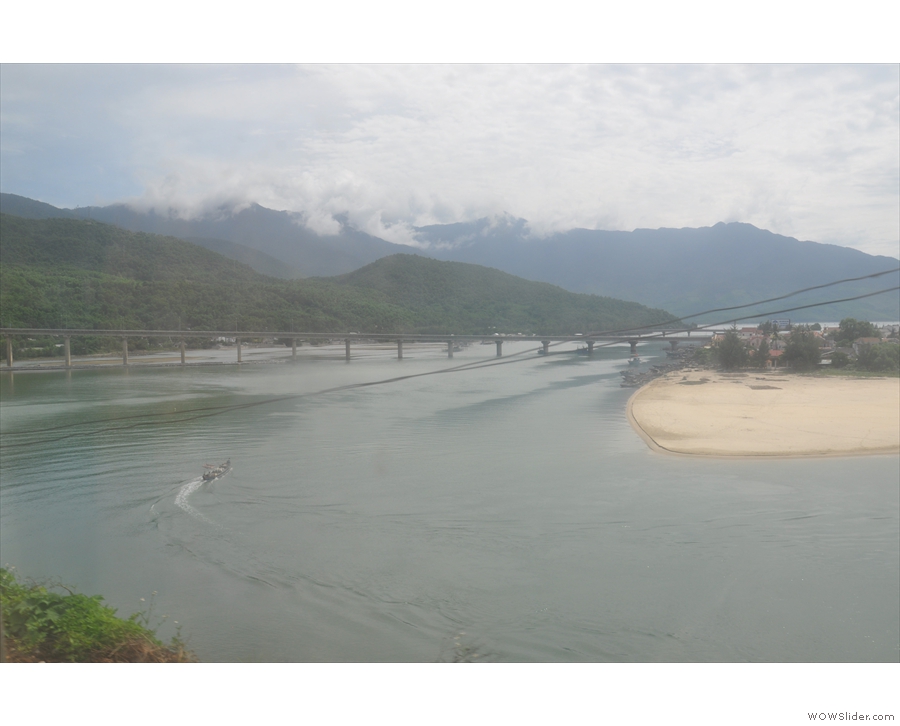
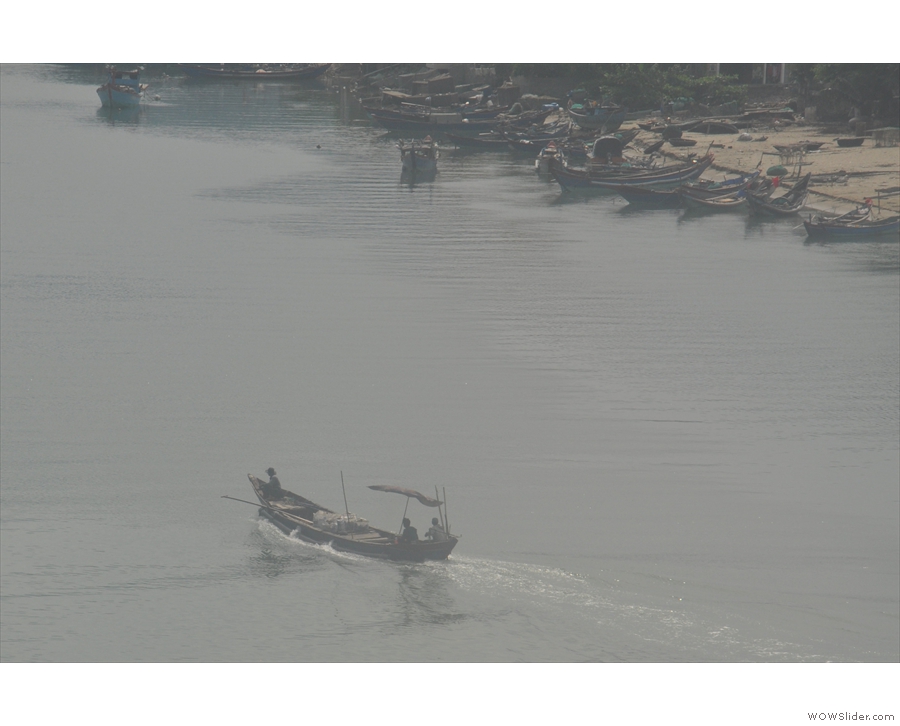
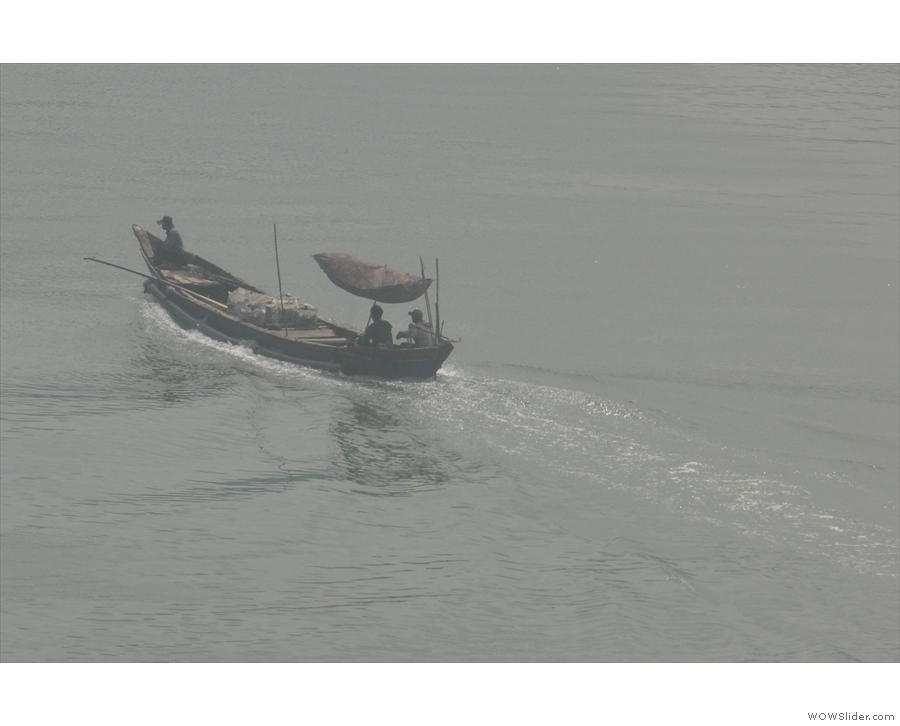
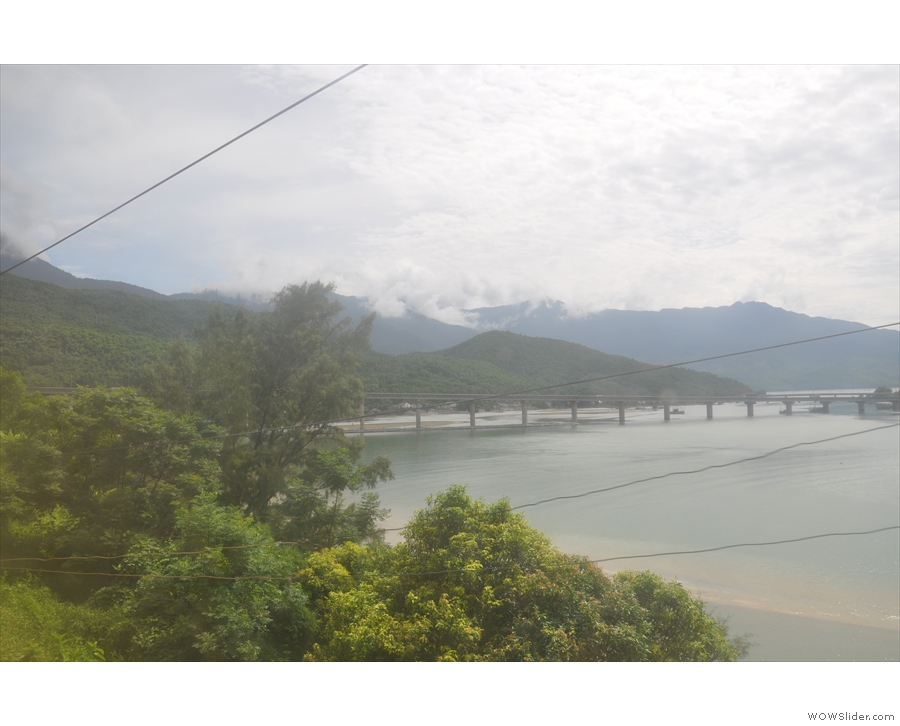
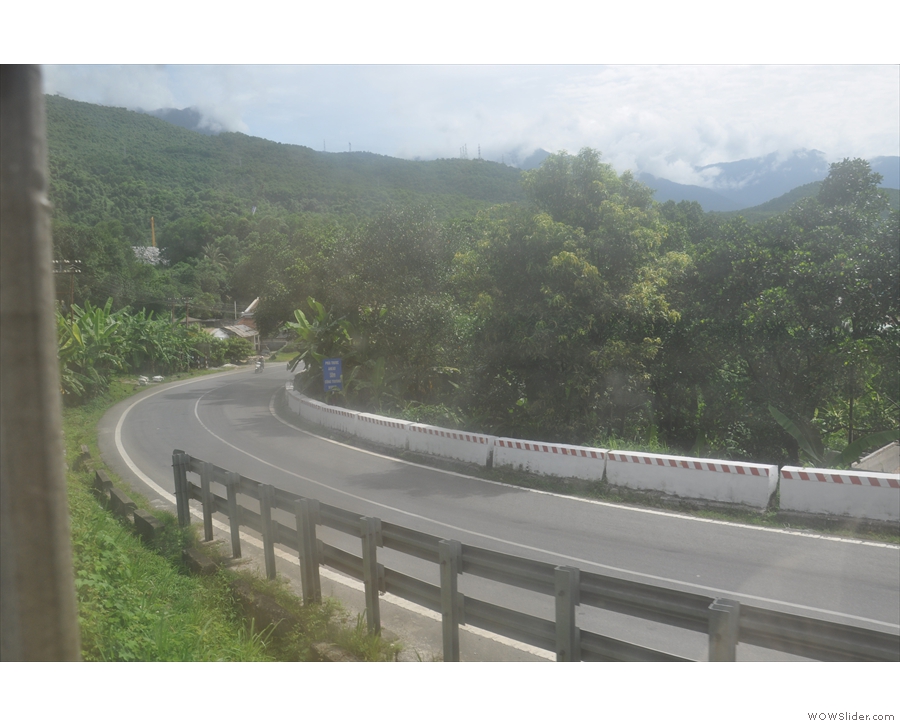
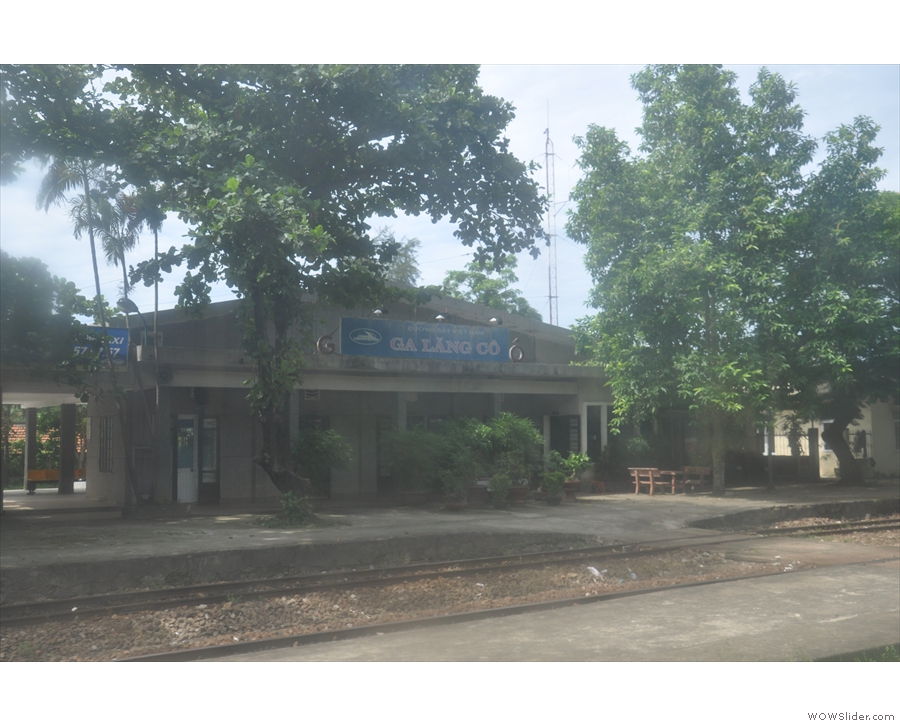
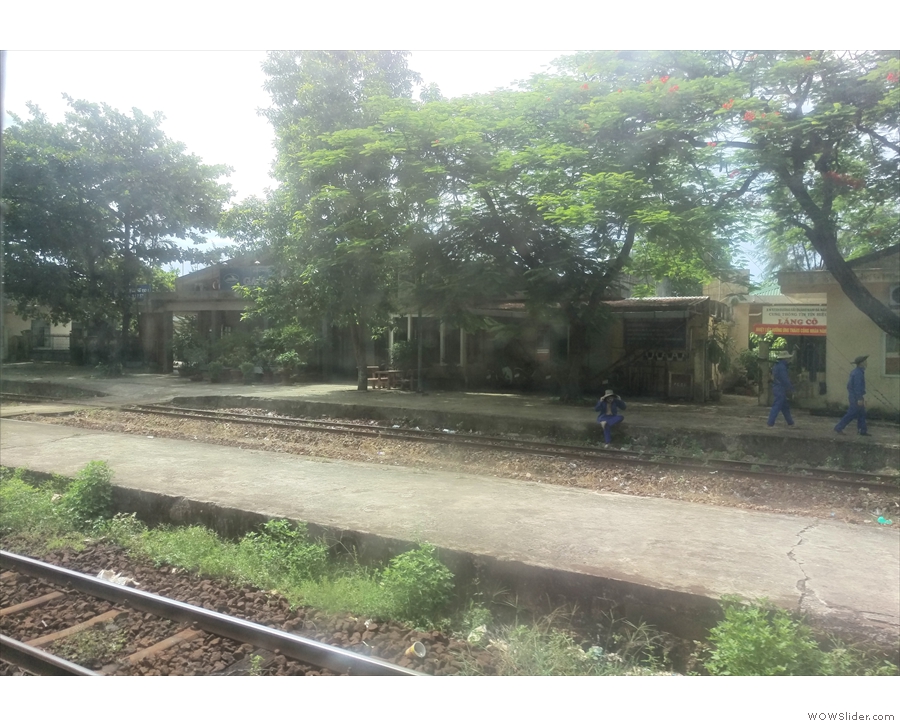
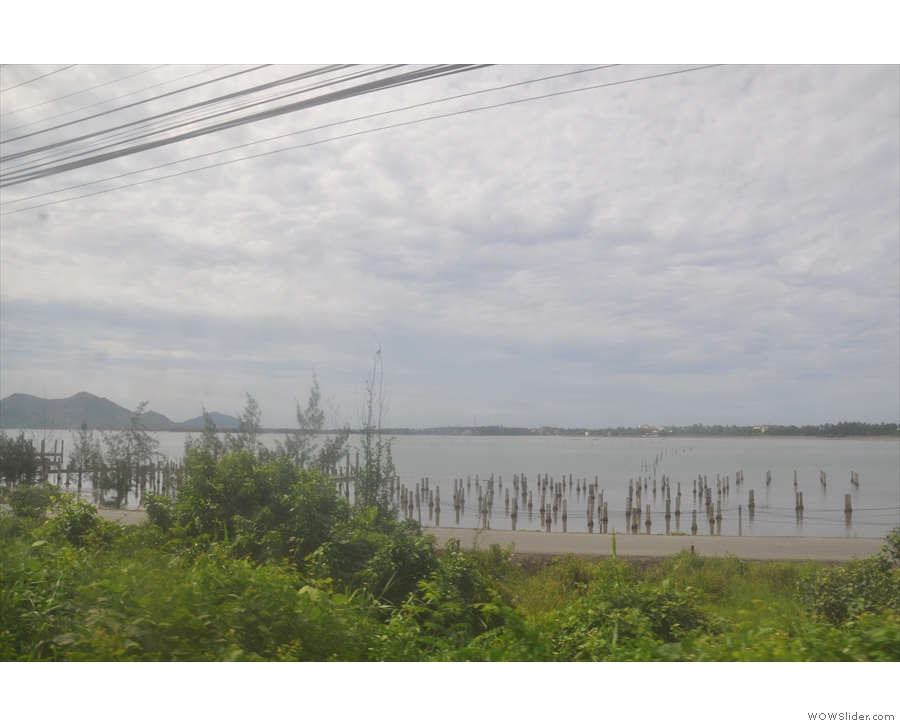
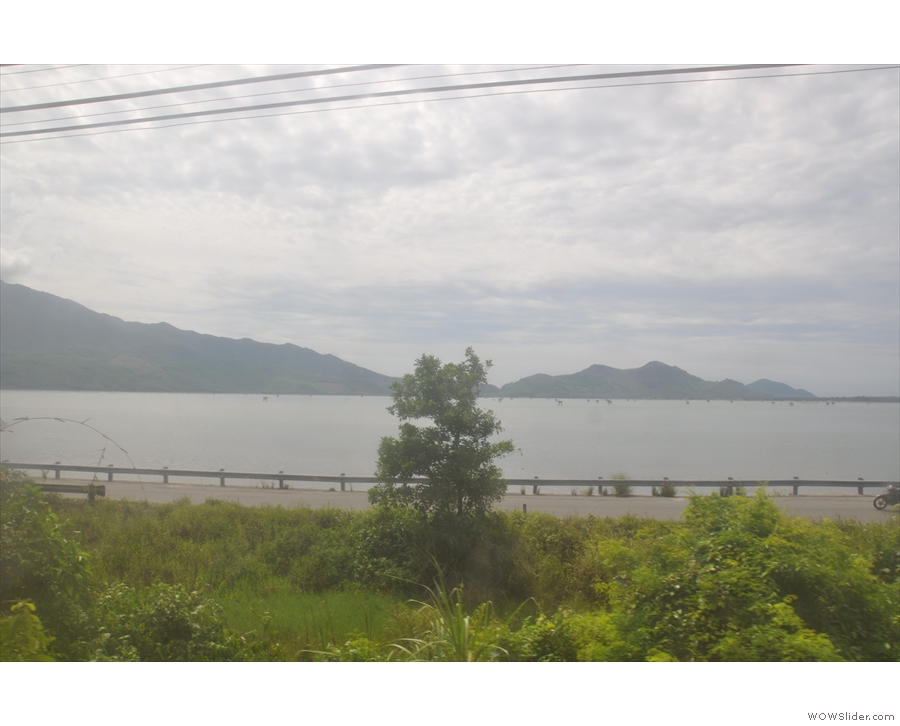
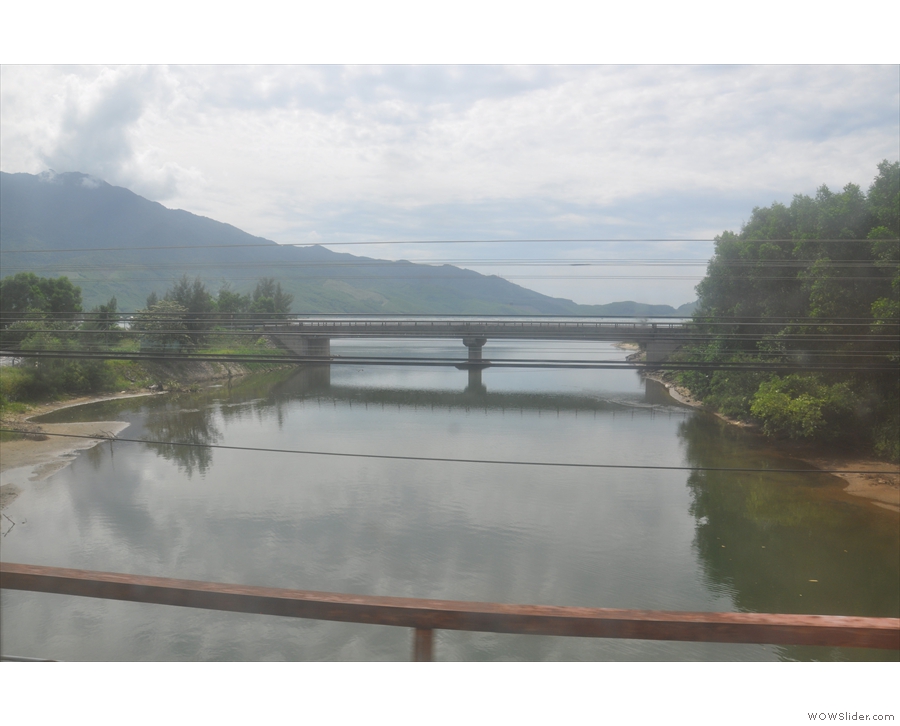
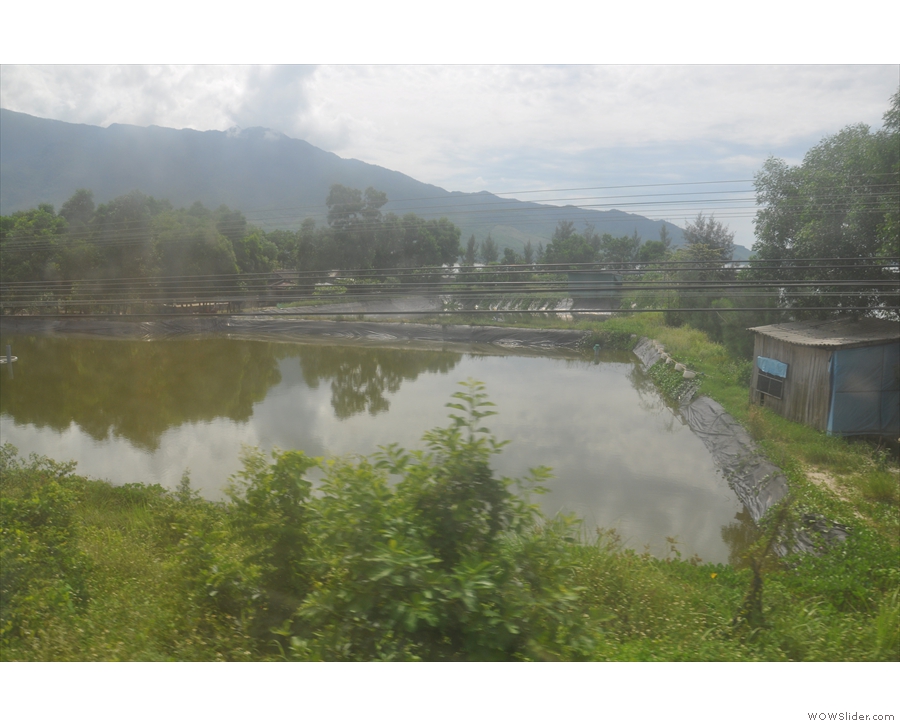
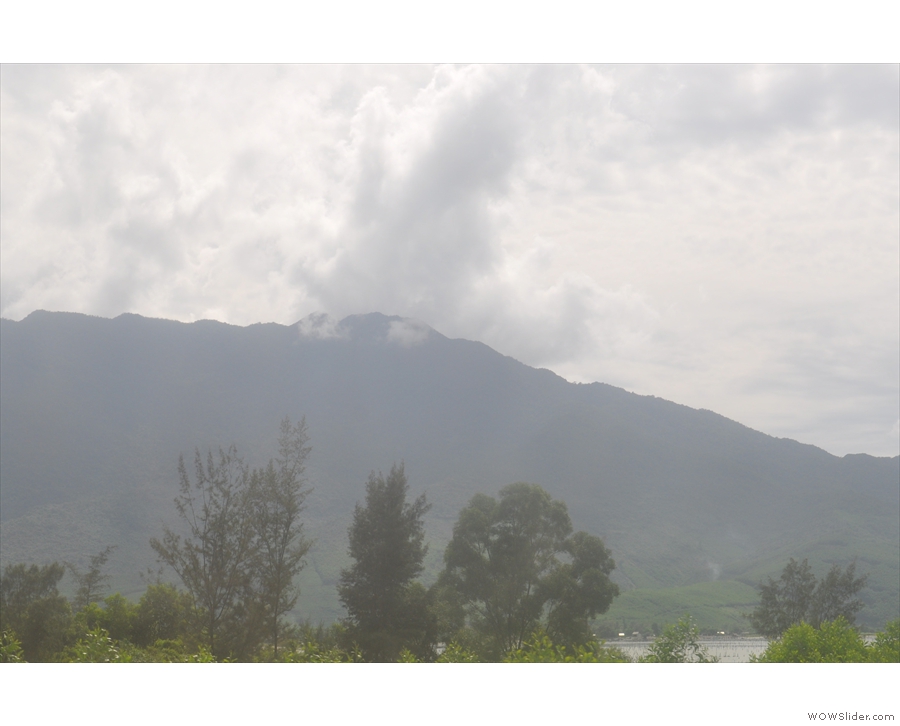
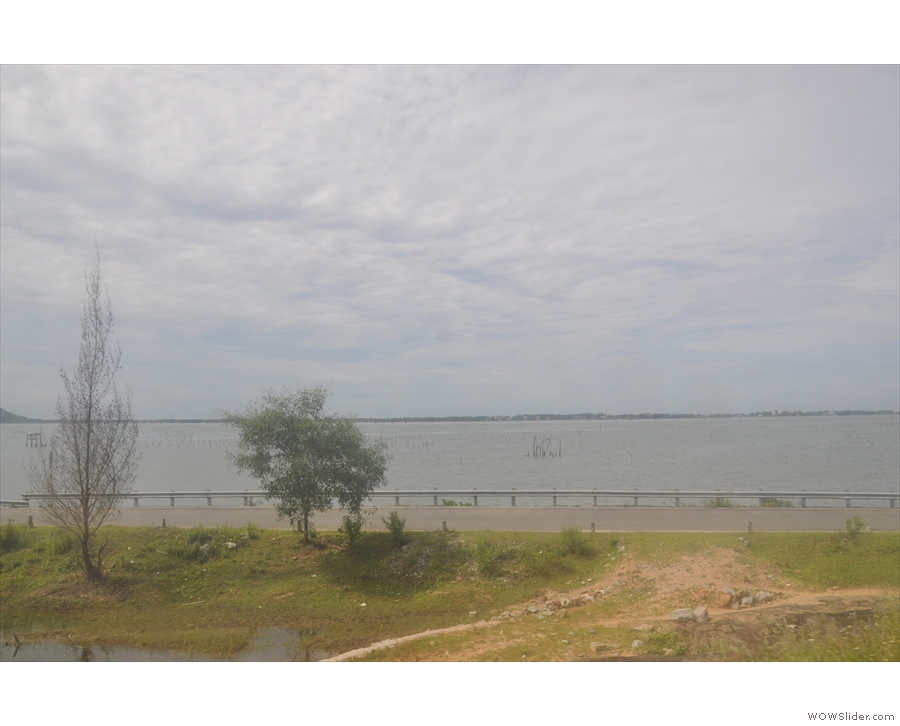
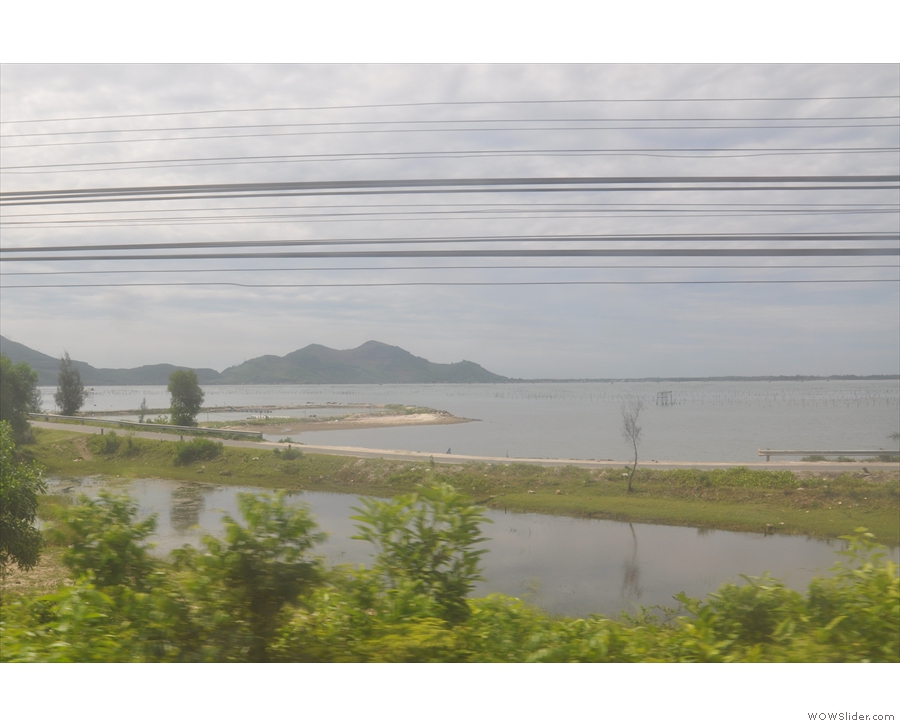
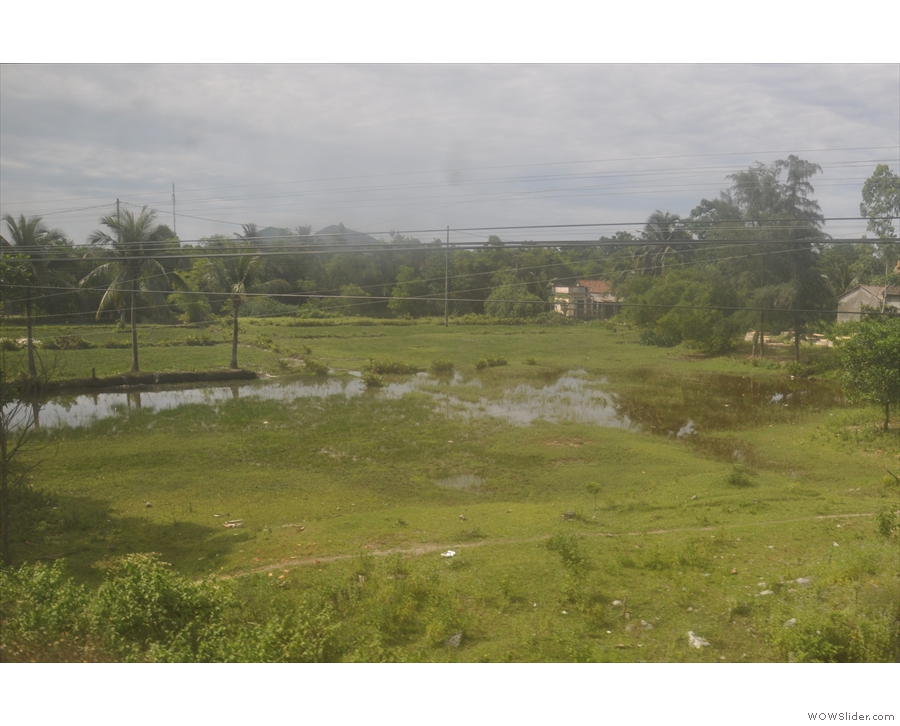
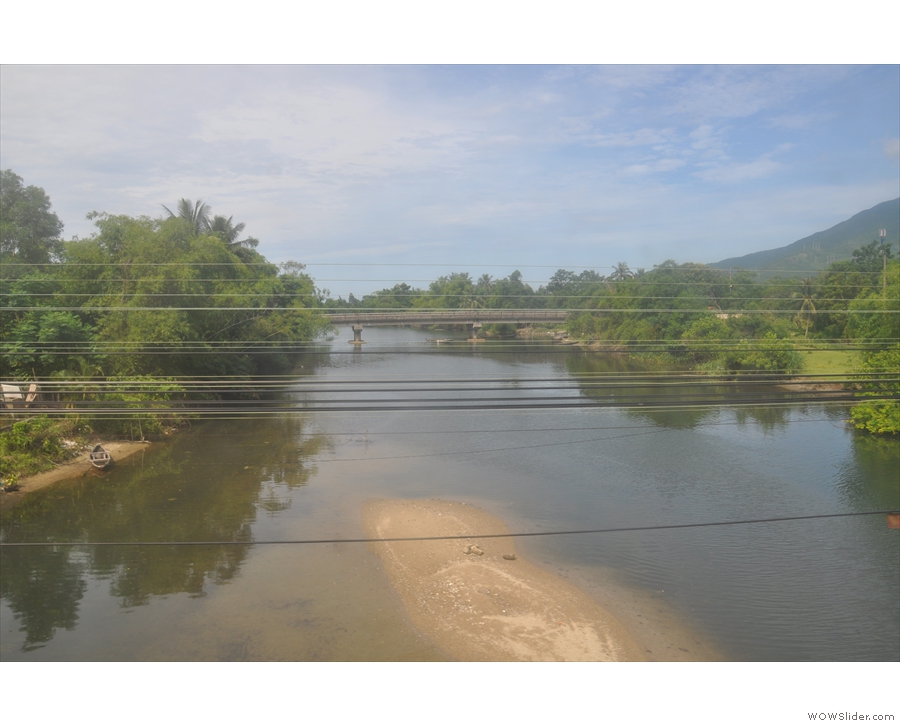
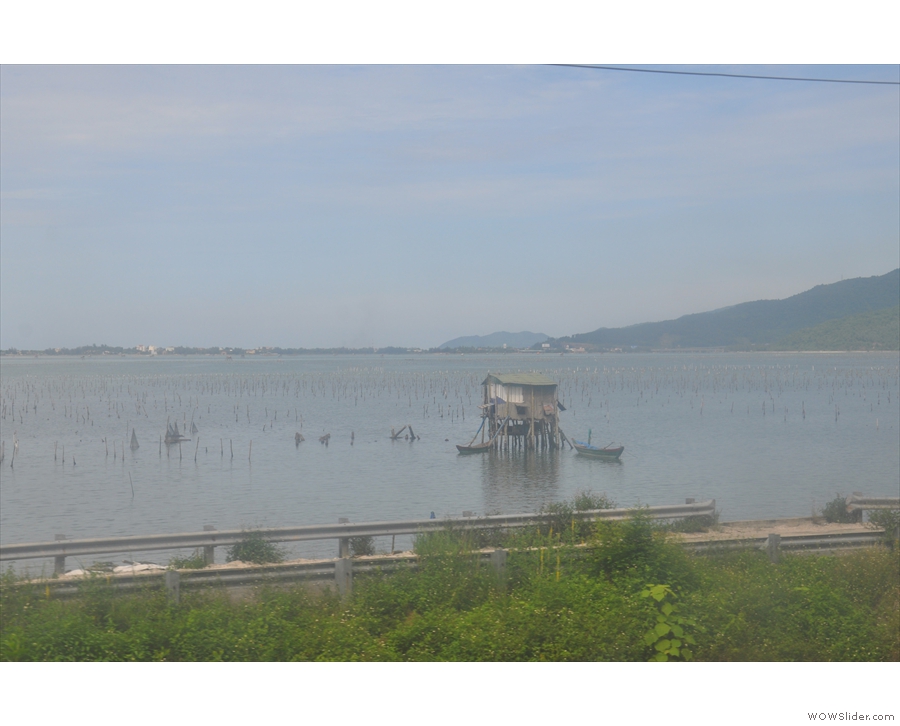
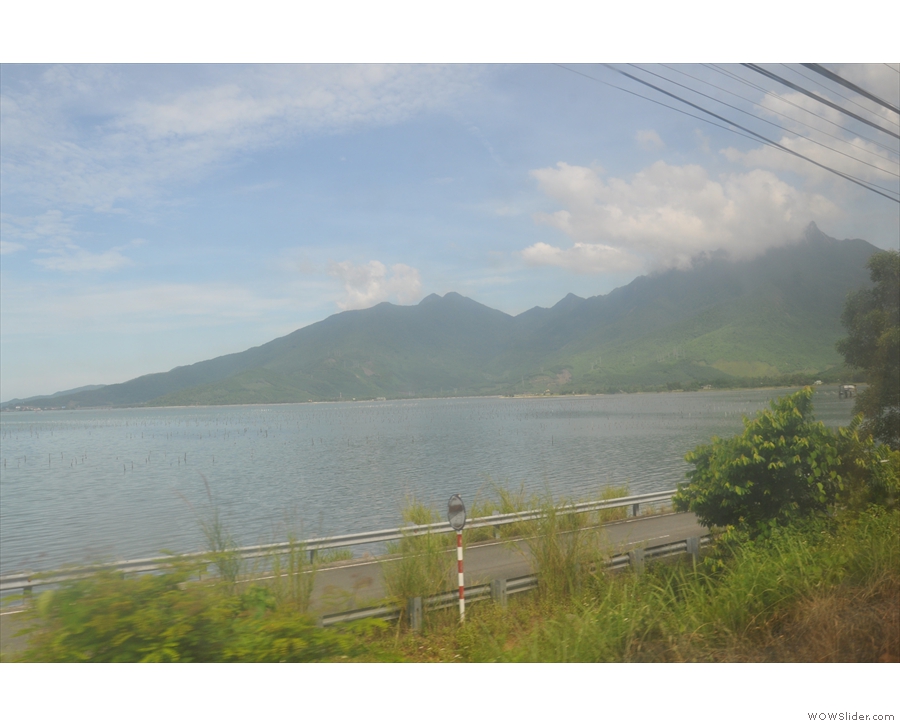
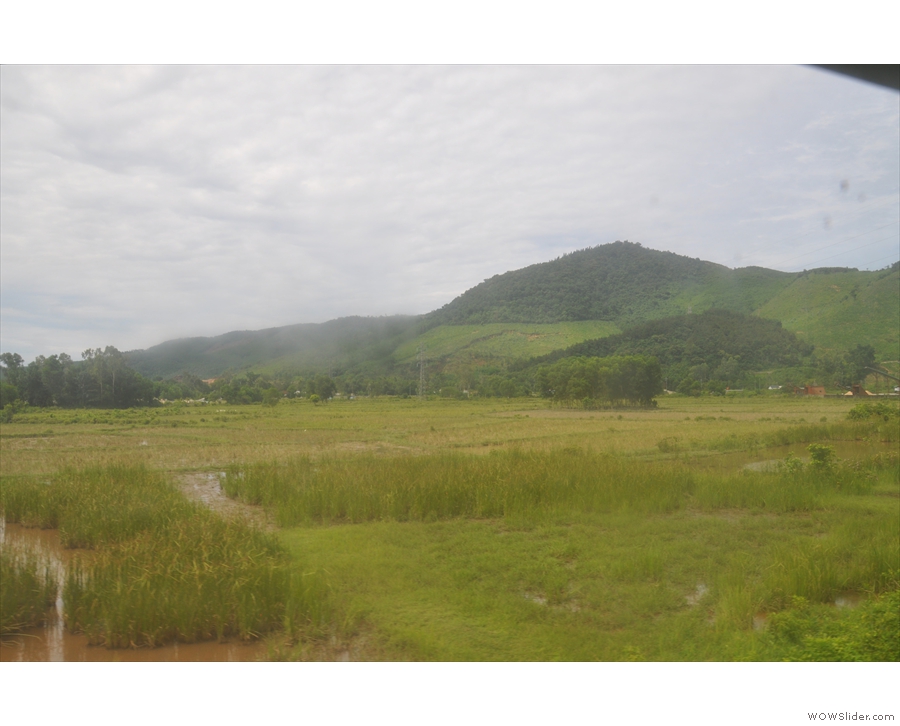
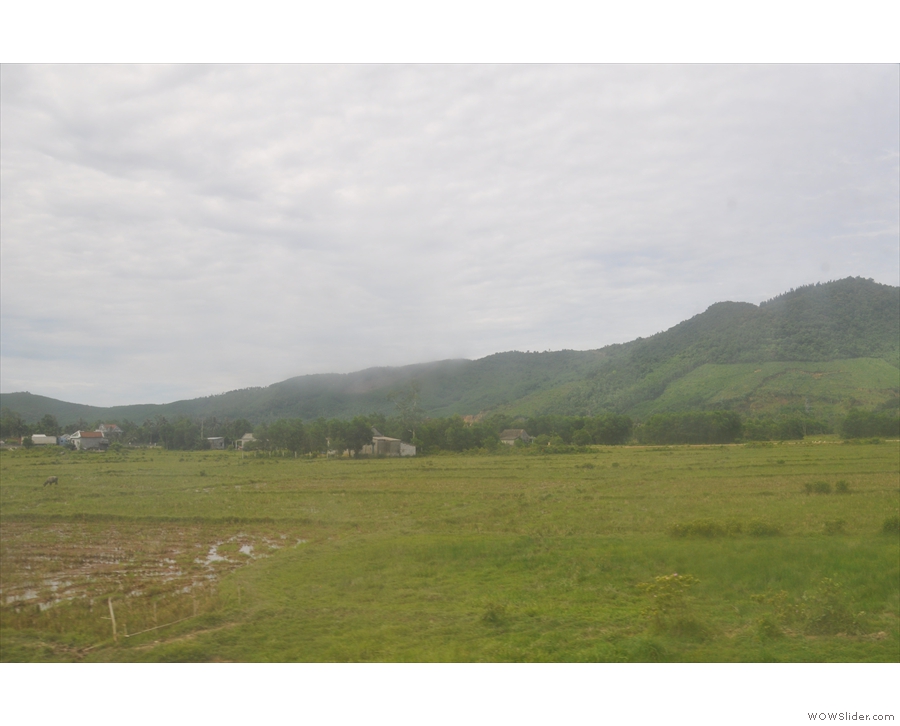
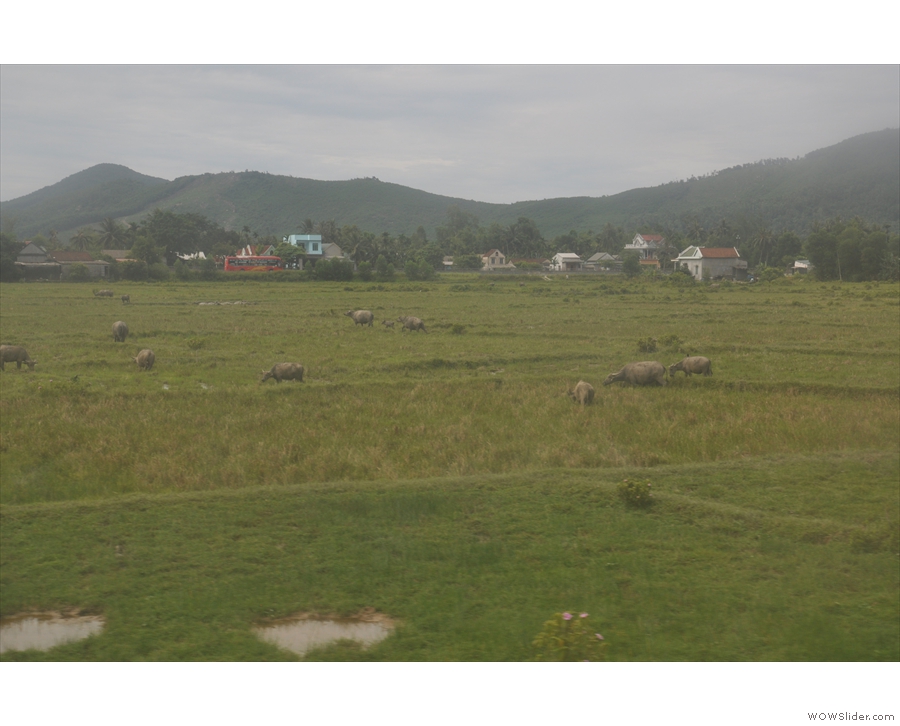
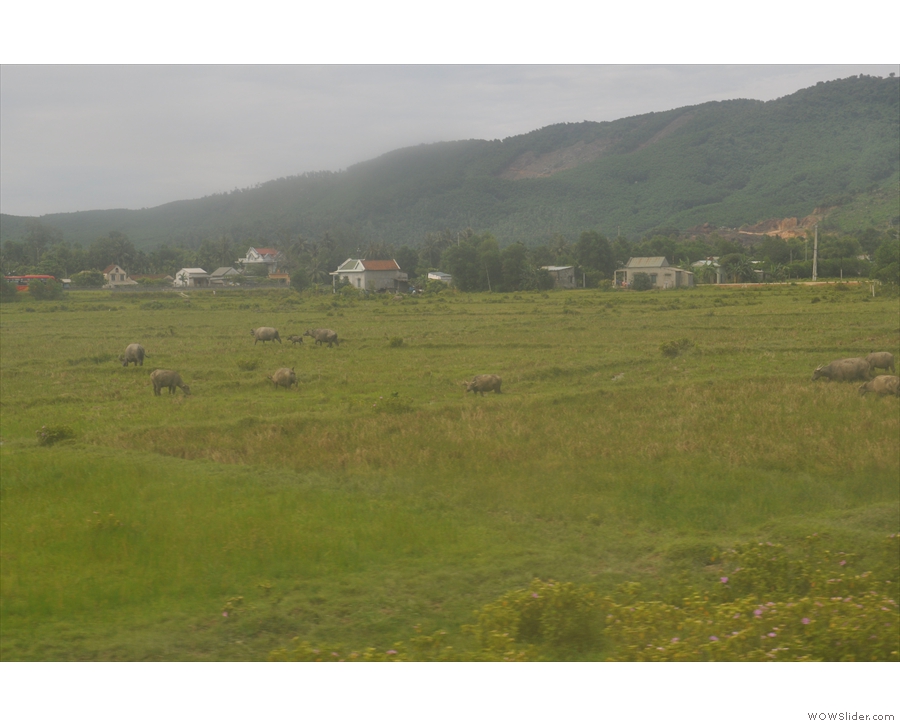
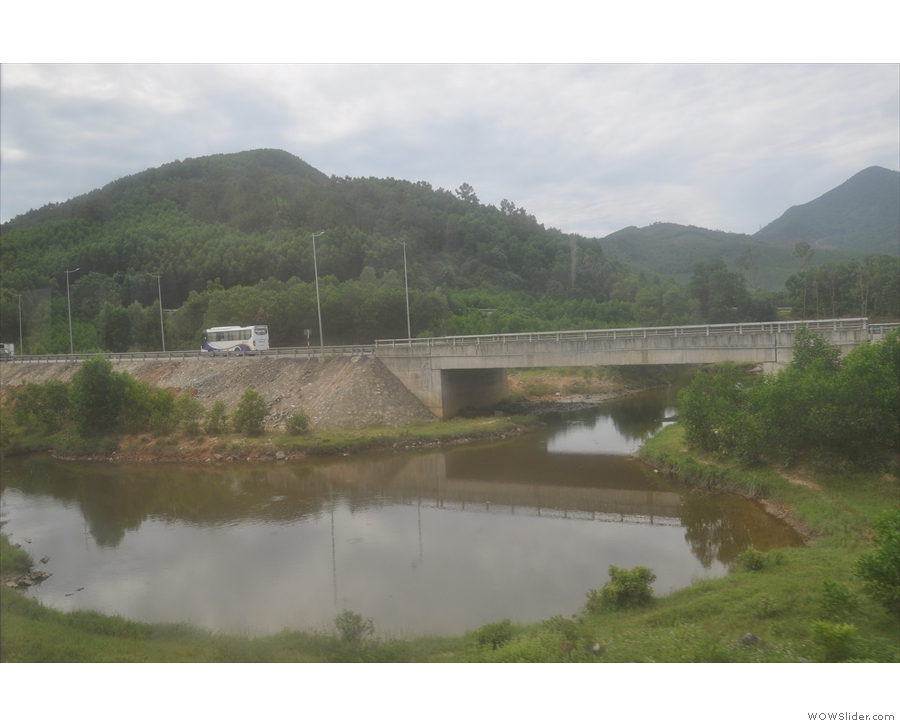
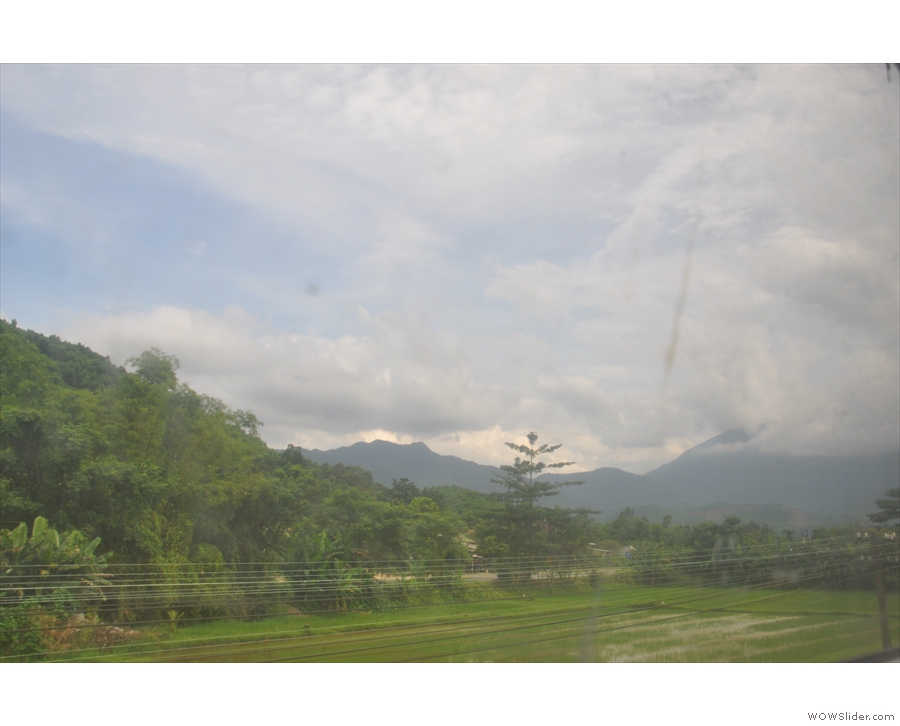
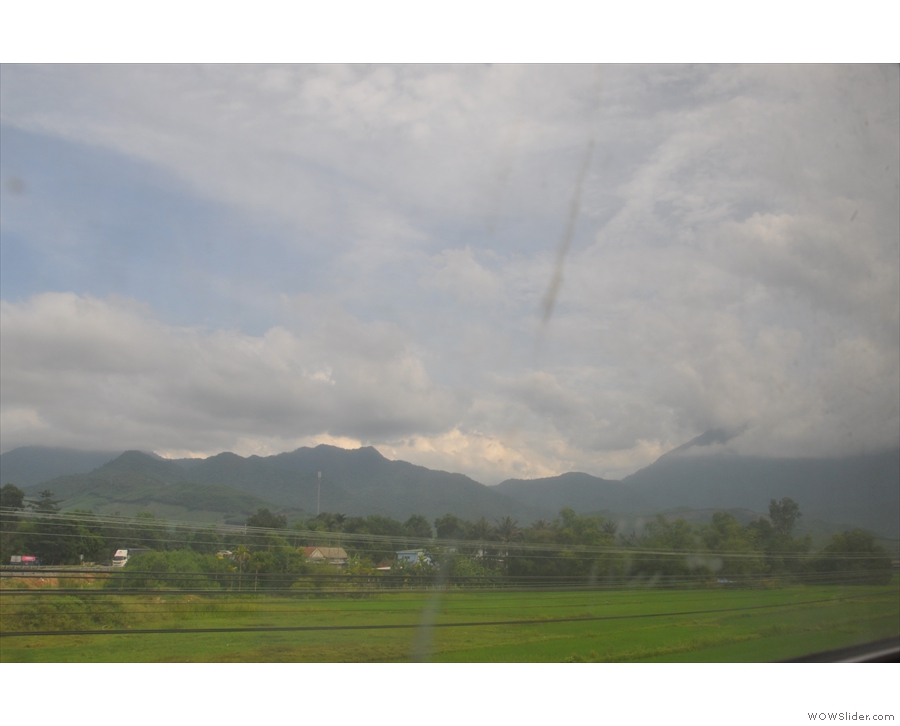
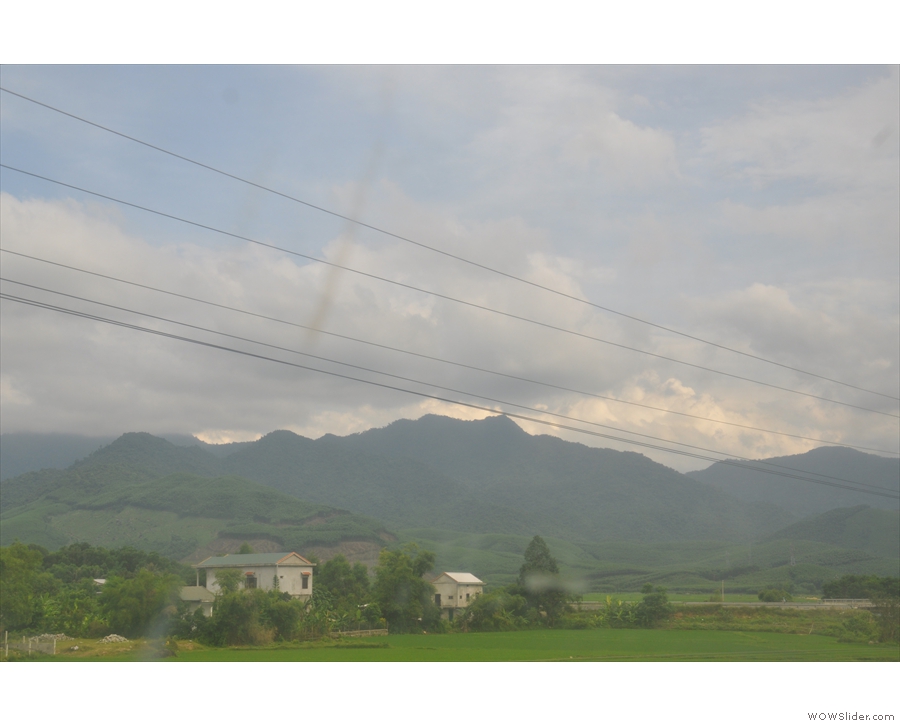
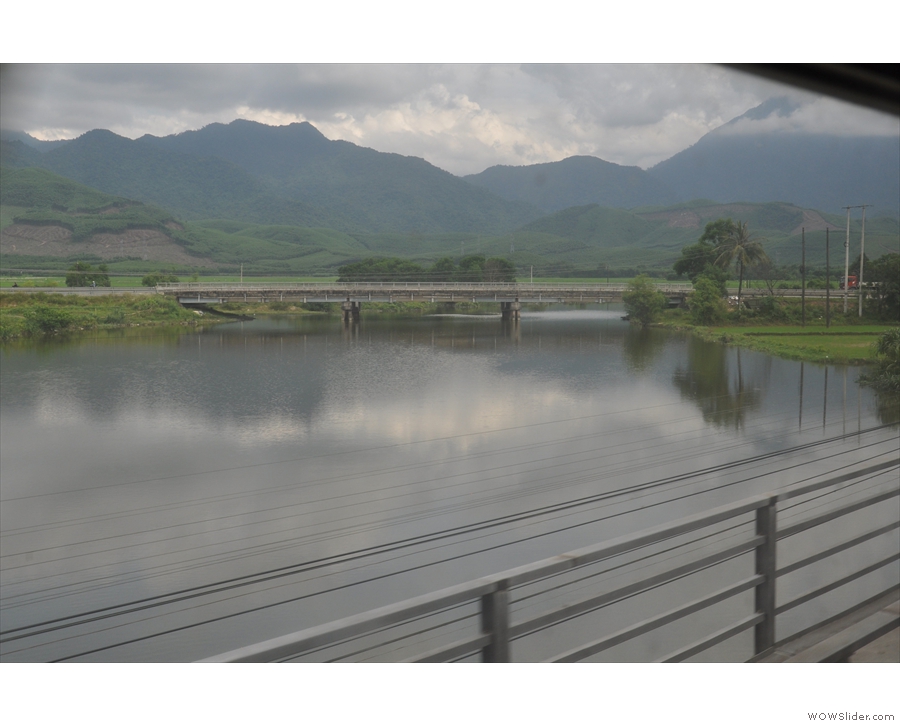
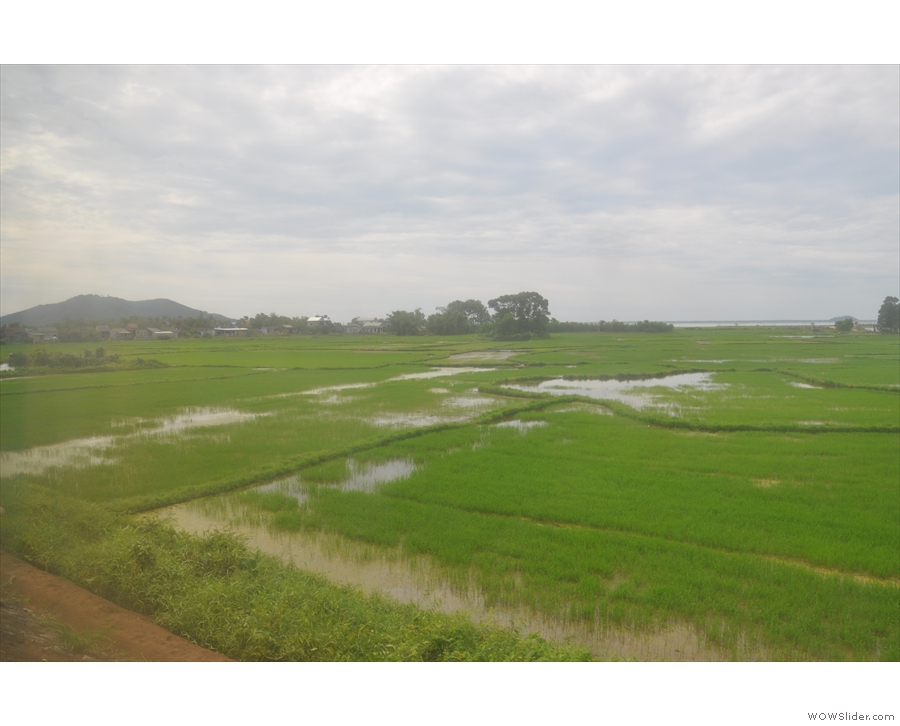
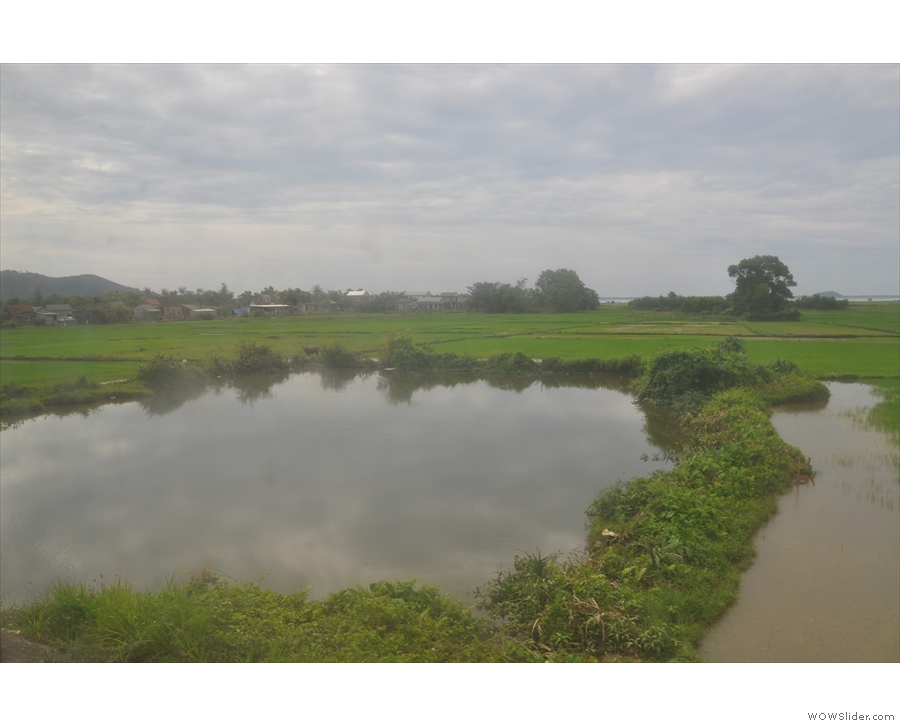
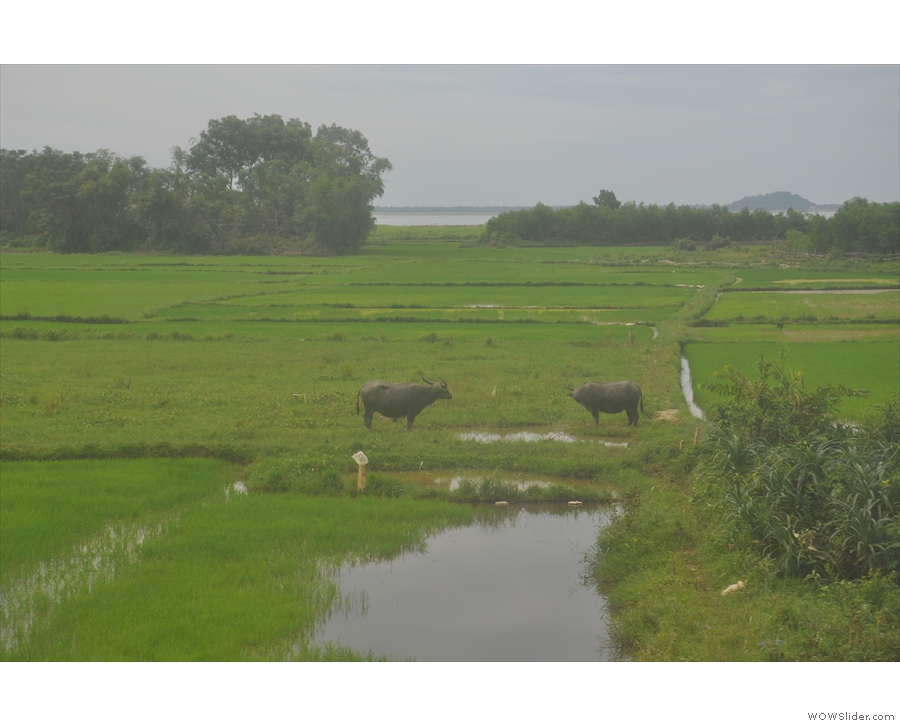
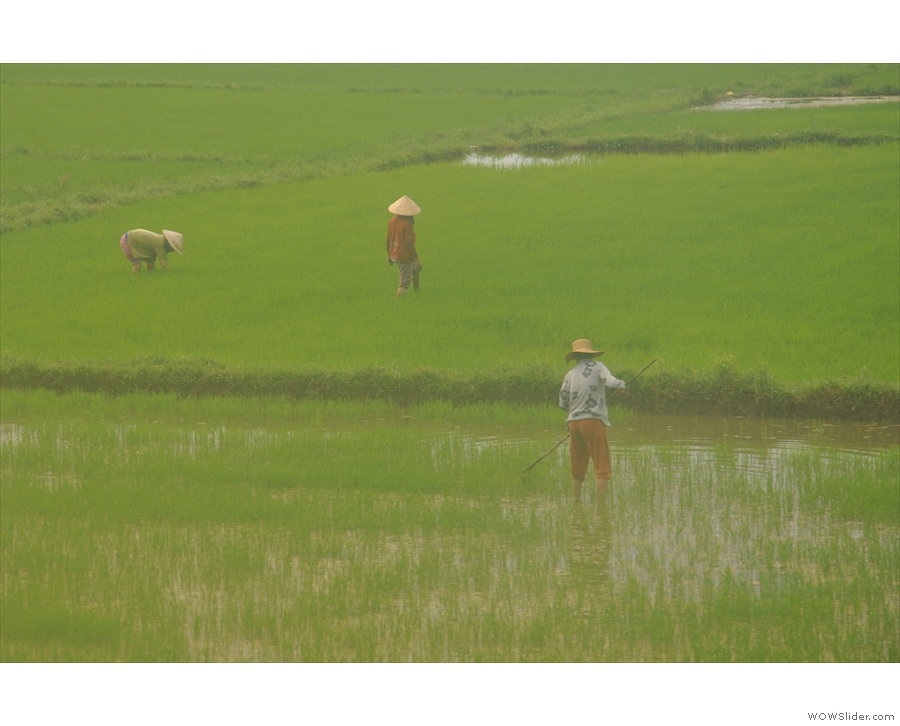
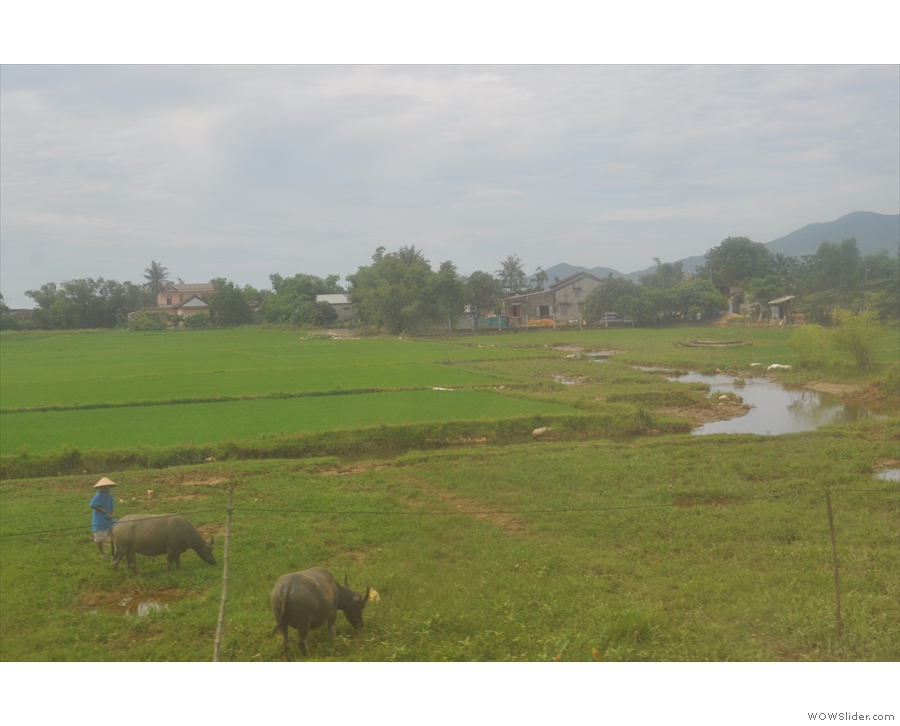
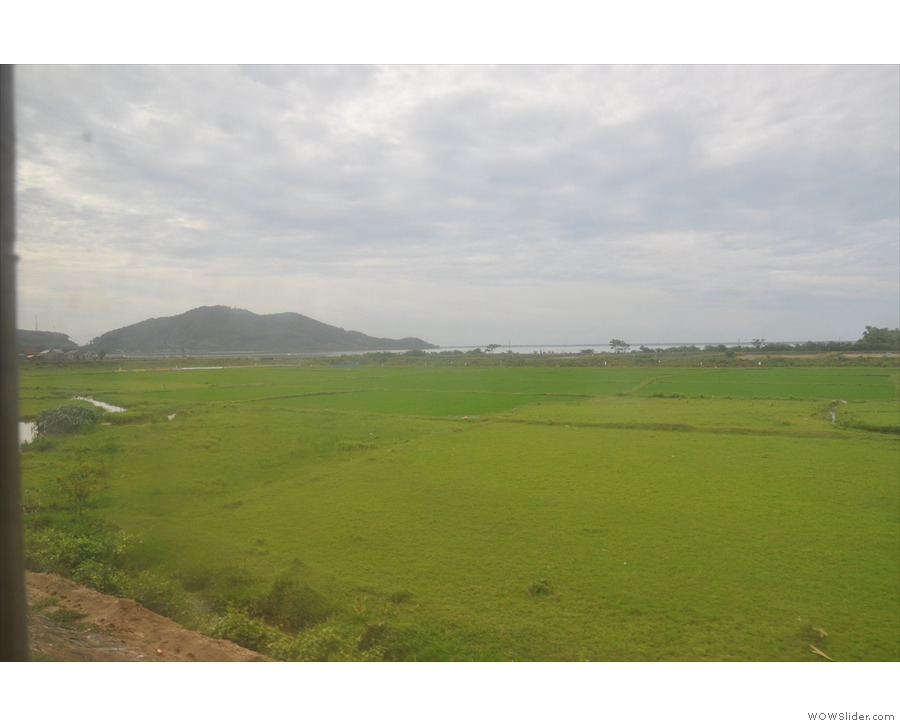
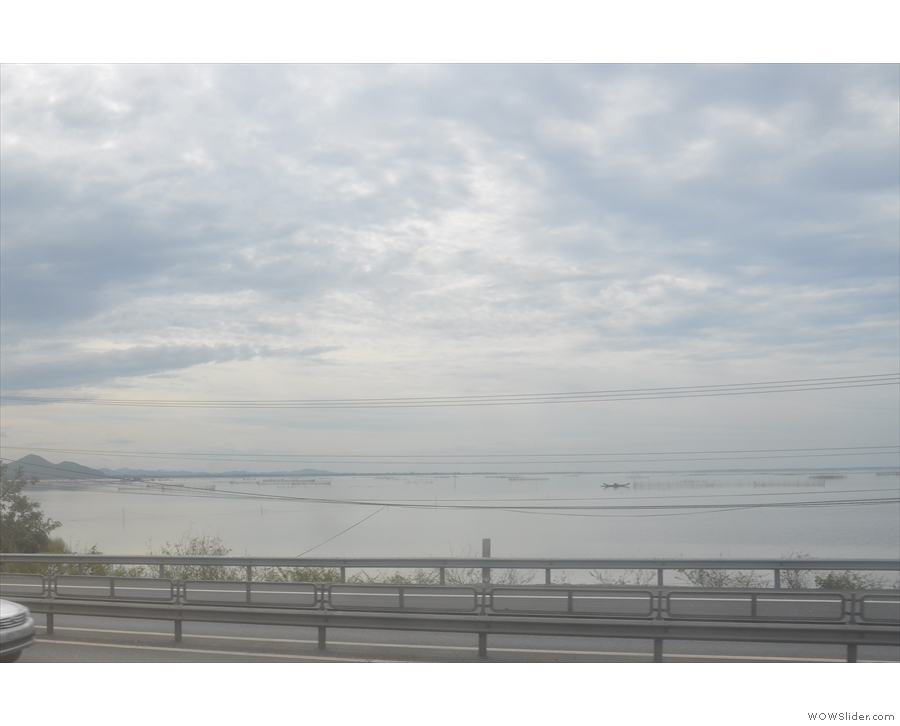
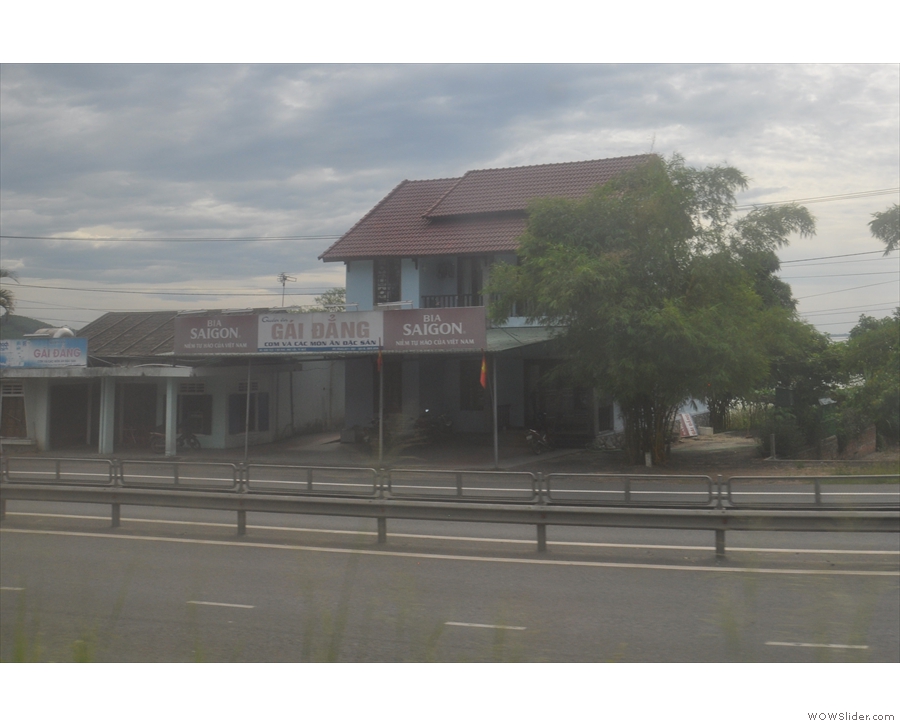
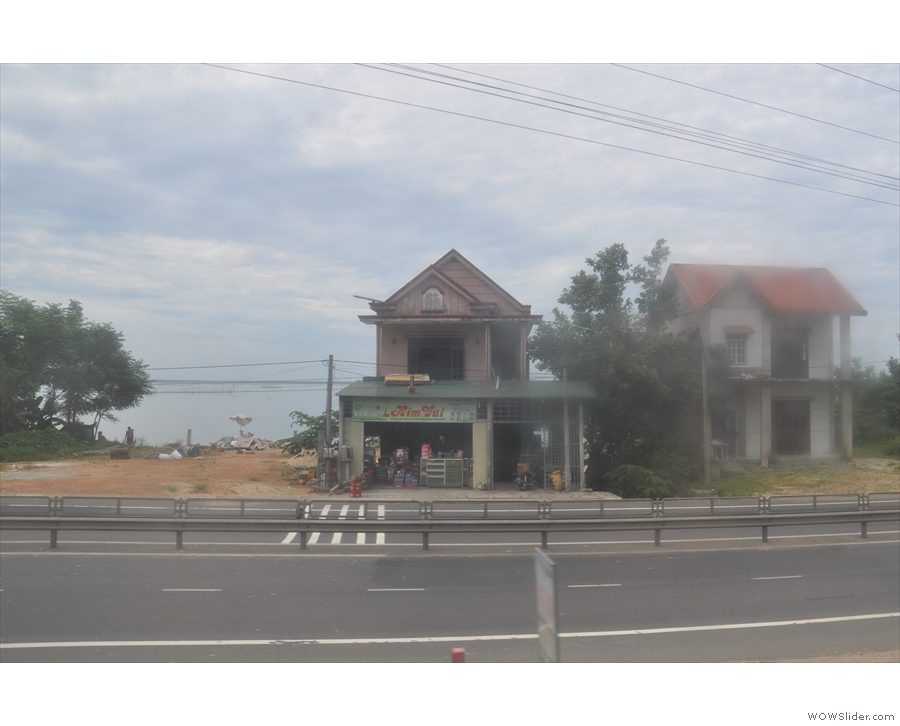
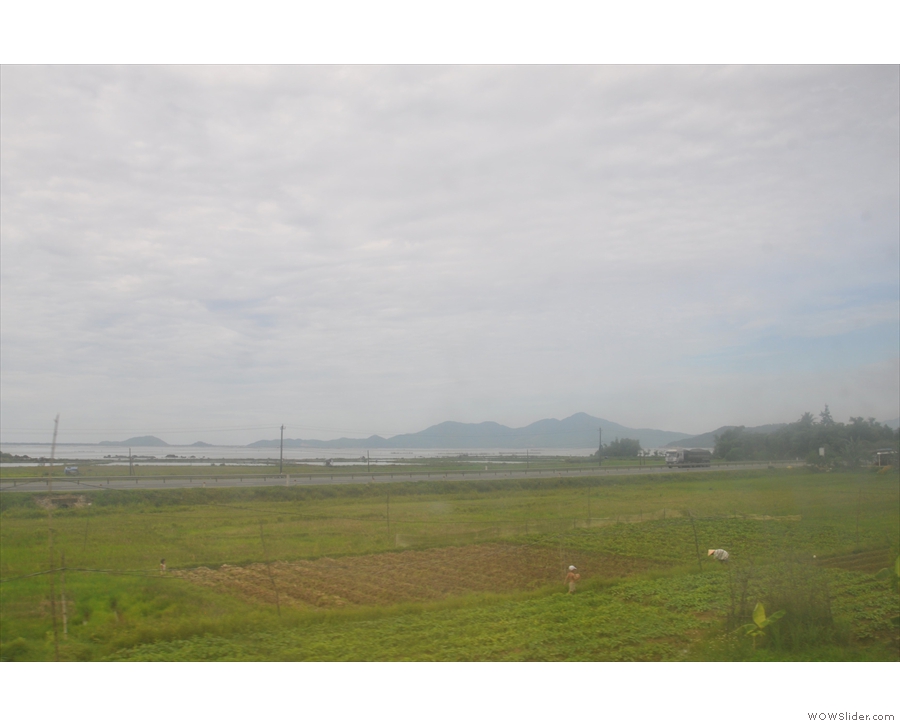
 1
1 2
2 3
3 4
4 5
5 6
6 7
7 8
8 9
9 10
10 11
11 12
12 13
13 14
14 15
15 16
16 17
17 18
18 19
19 20
20 21
21 22
22 23
23 24
24 25
25 26
26 27
27 28
28 29
29 30
30 31
31 32
32 33
33 34
34 35
35 36
36 37
37 38
38
Pingback: Brian’s Travel Spot: Vietnam By Train, Ho Chi Minh City to Danang | Brian's Coffee Spot
Pingback: Vietnamese Coffee Part II | Brian's Coffee Spot
Pingback: Brian’s Travel Spot: Huế to Hanoi | Brian's Coffee Spot